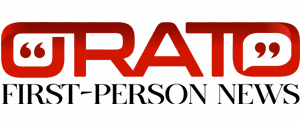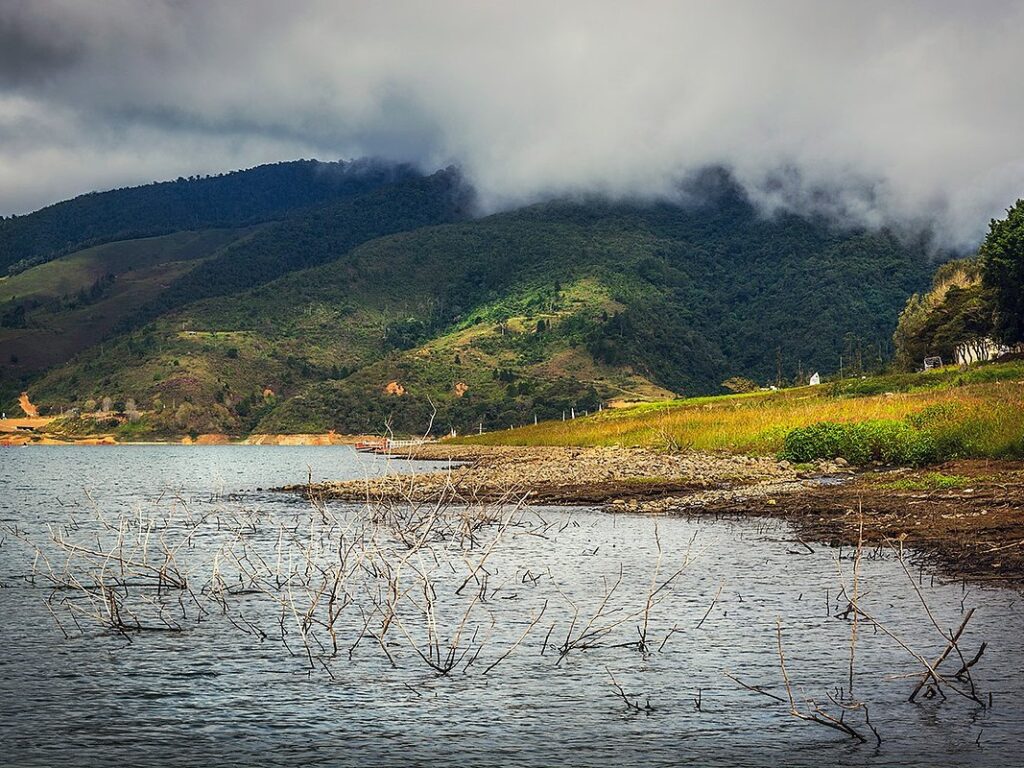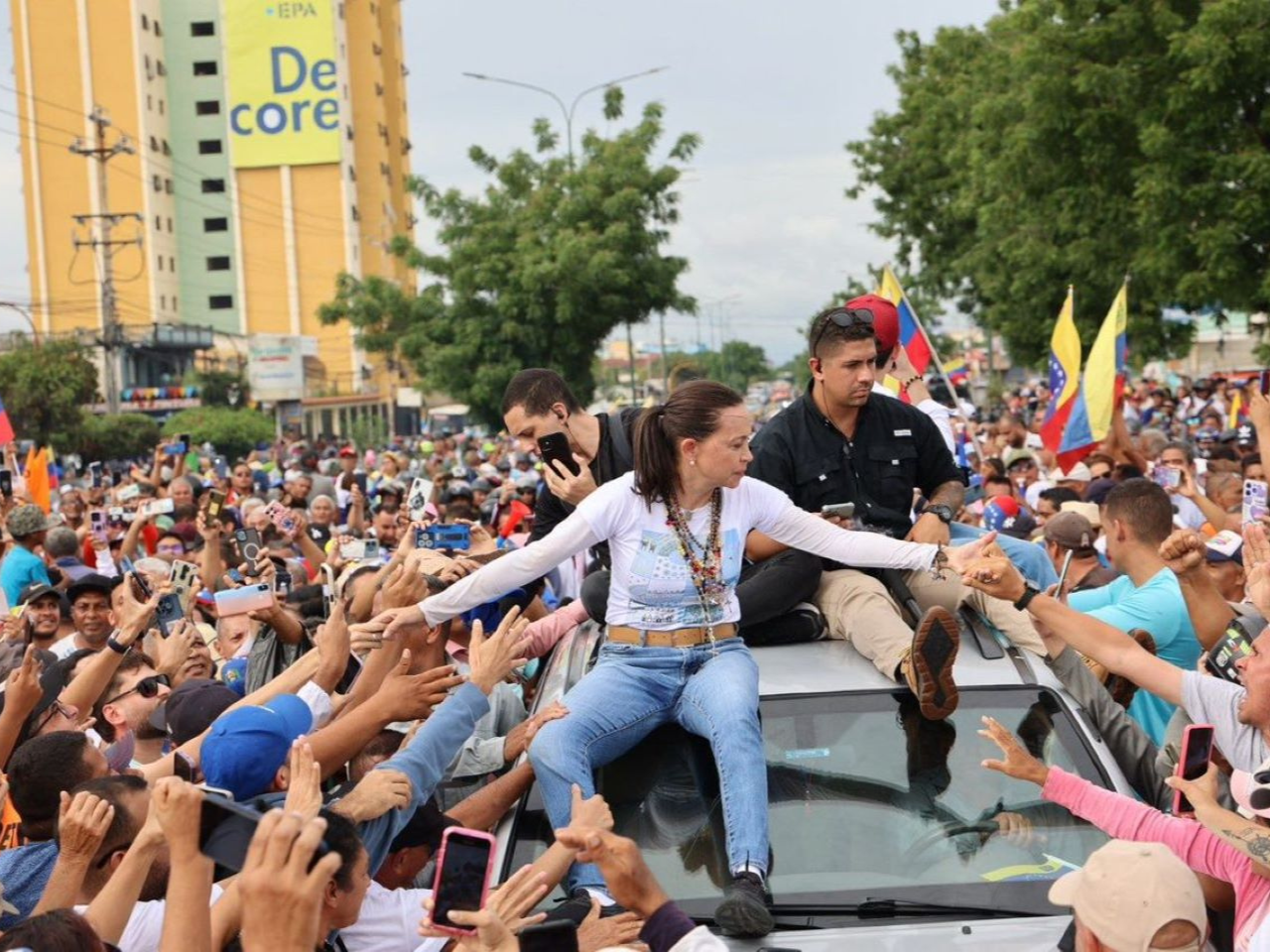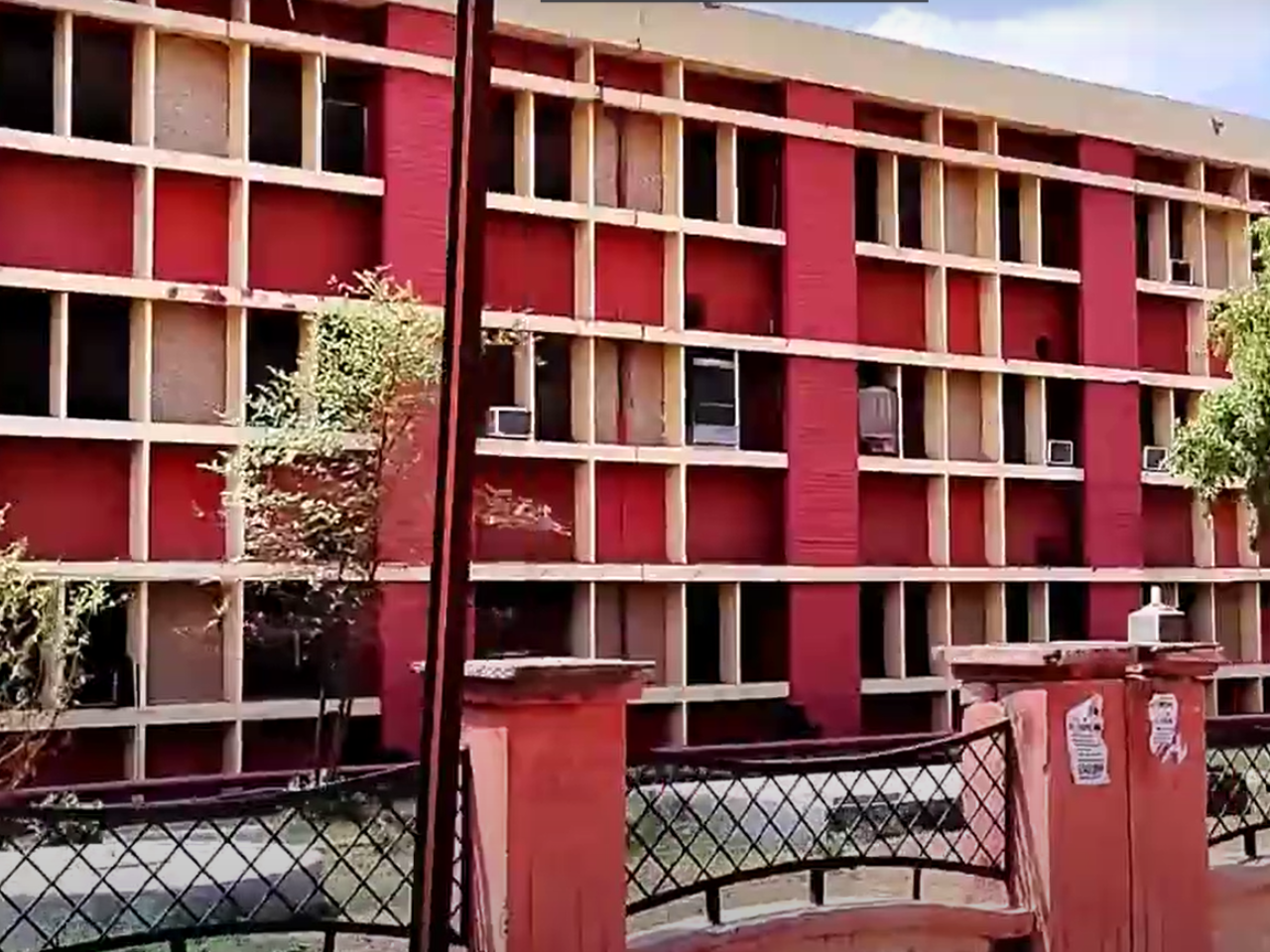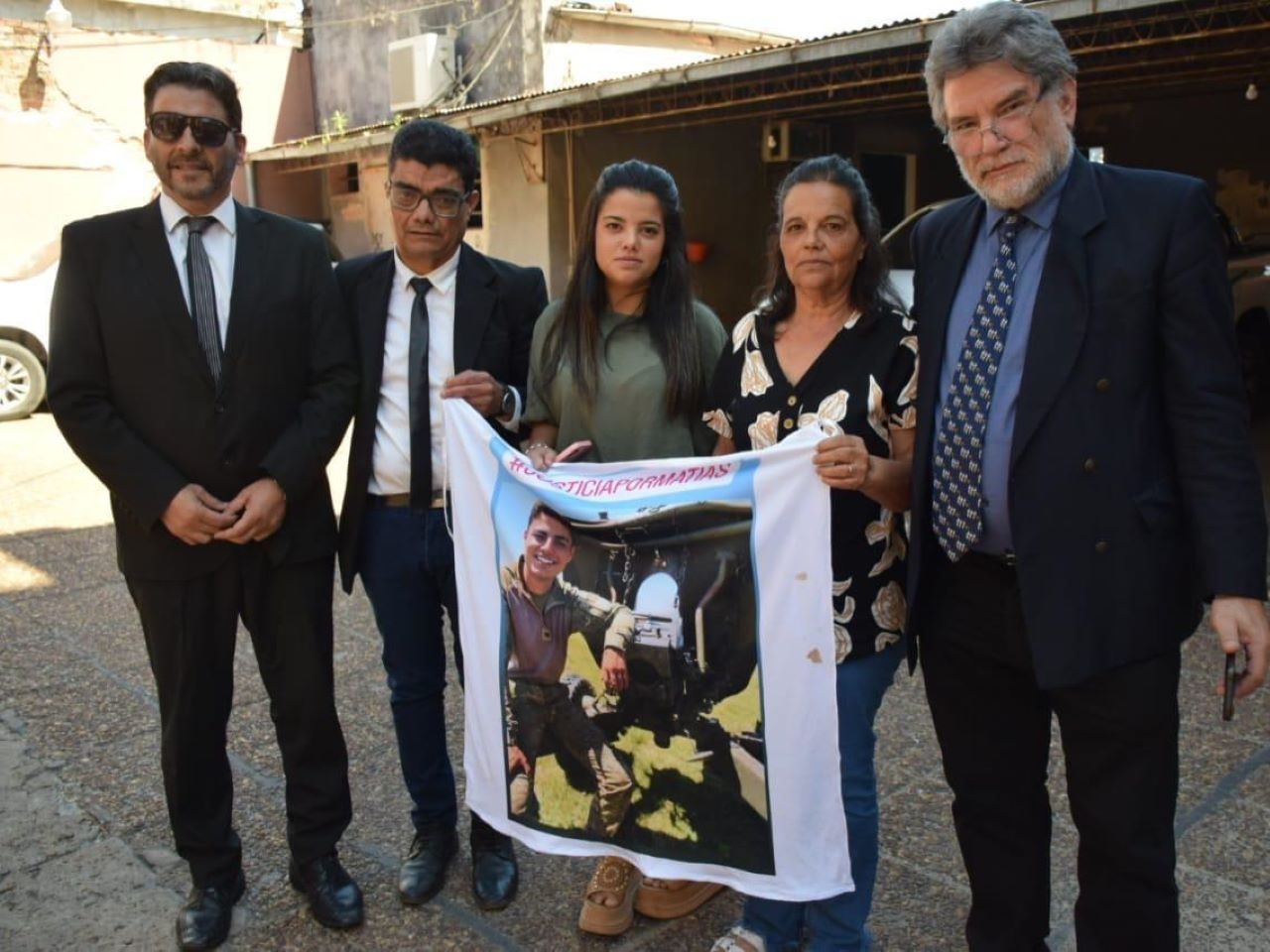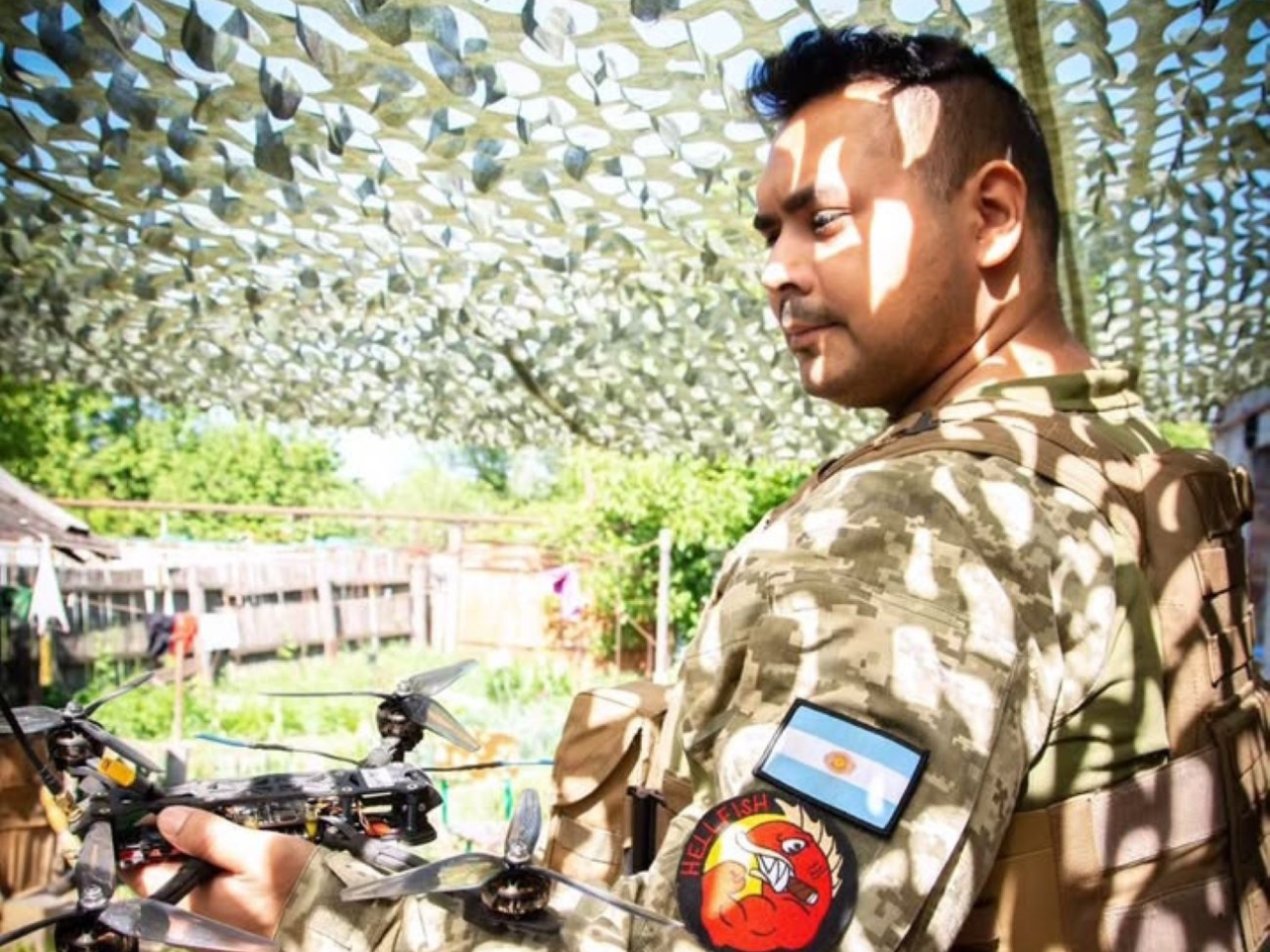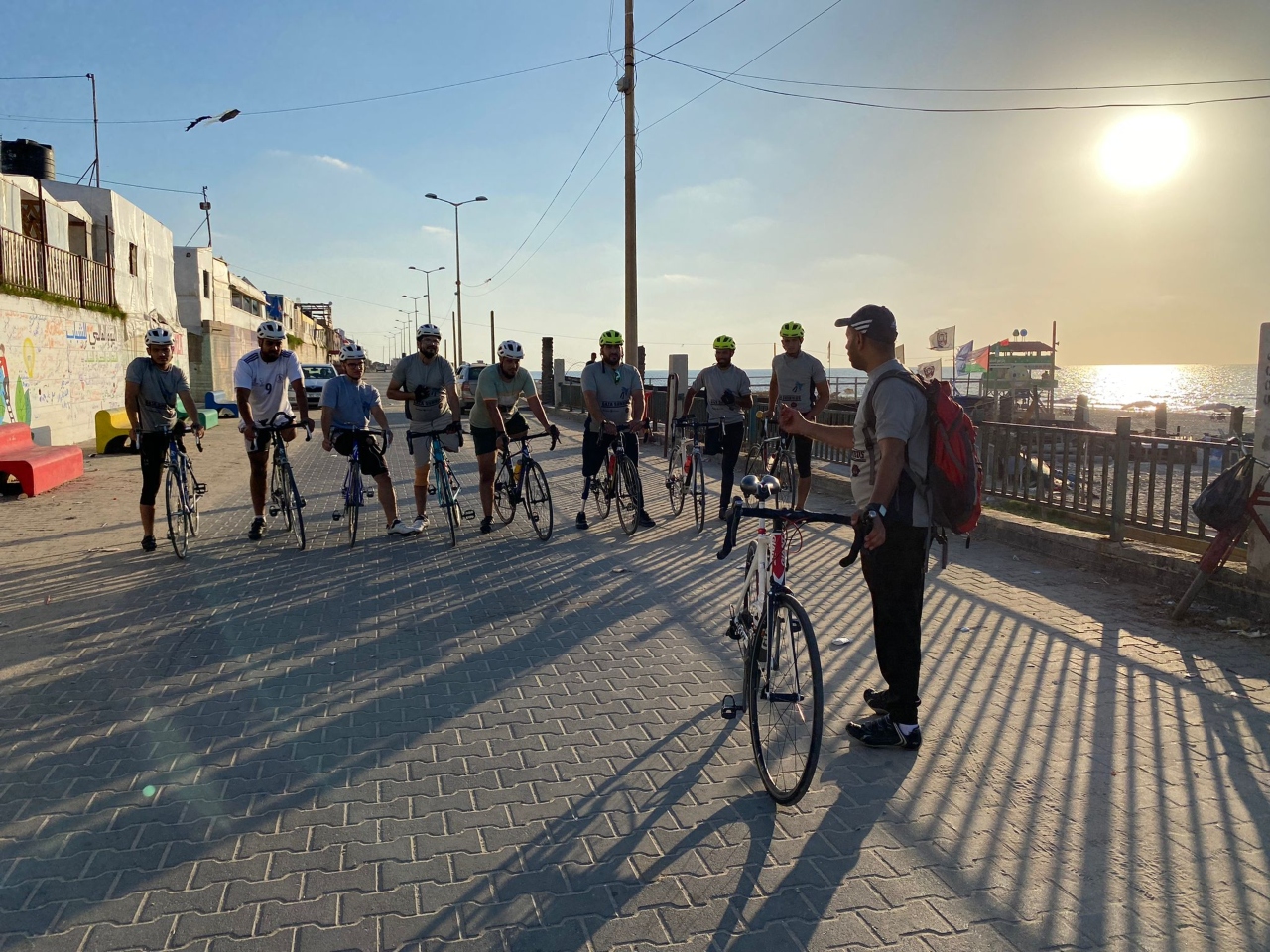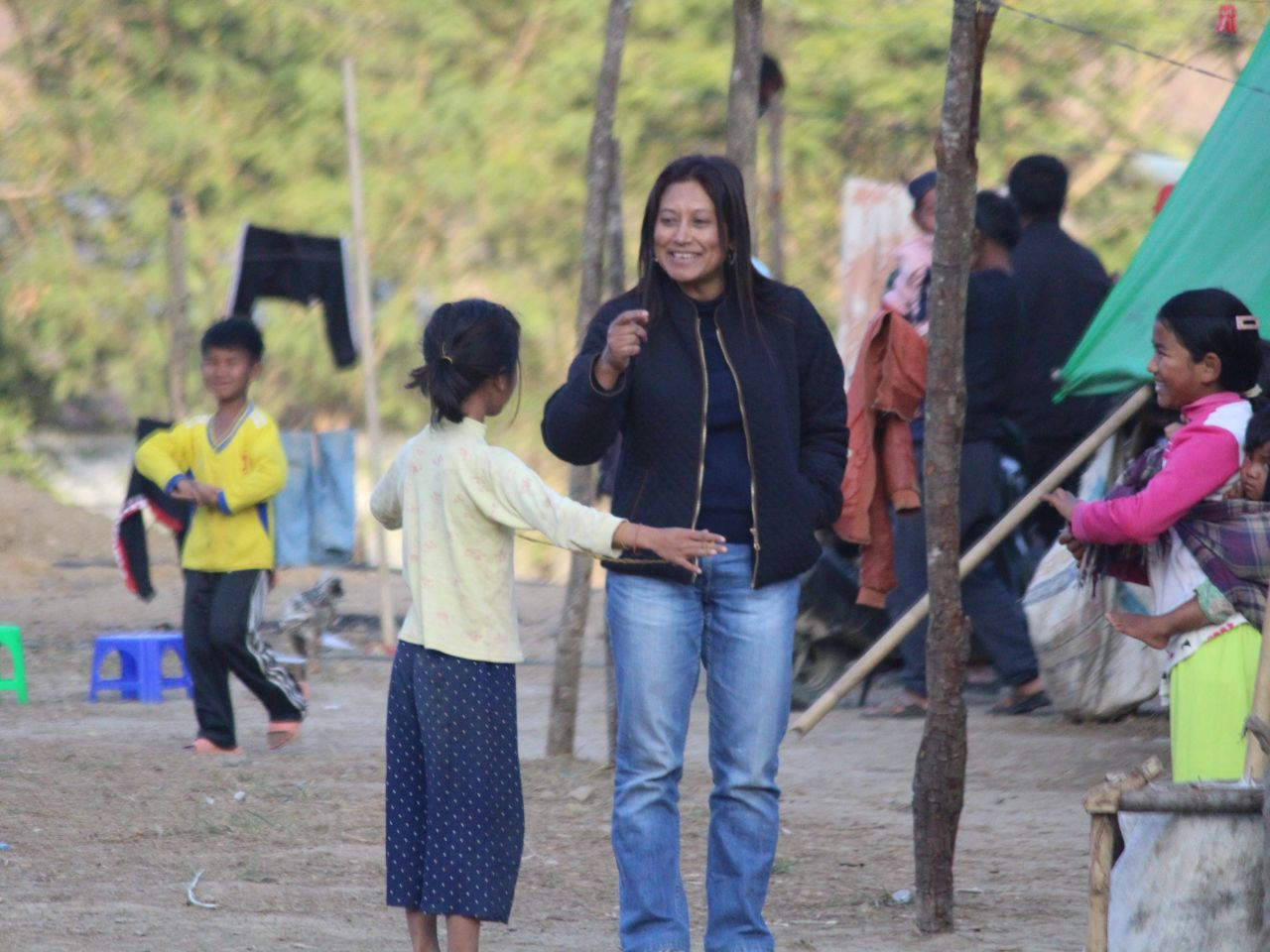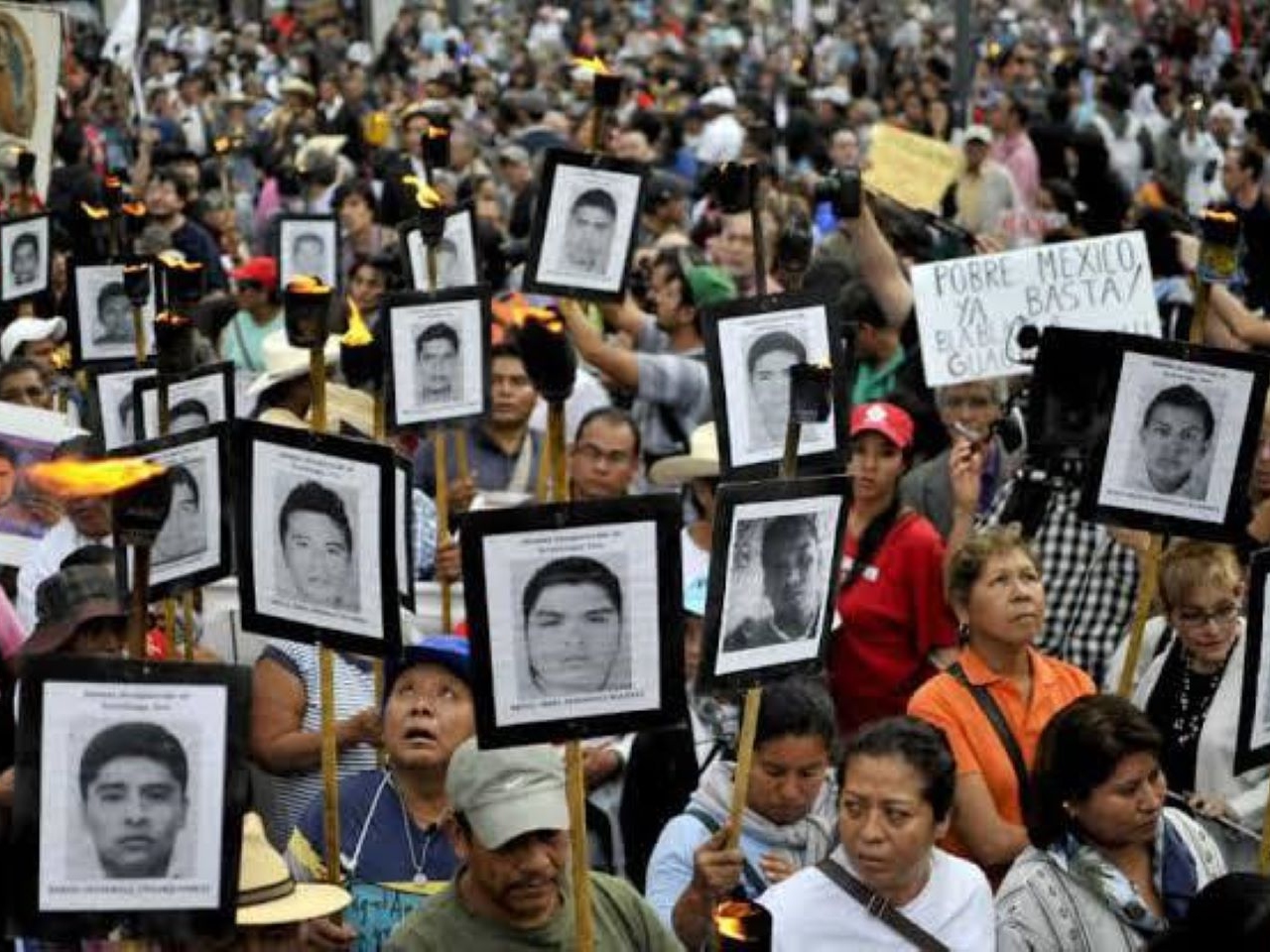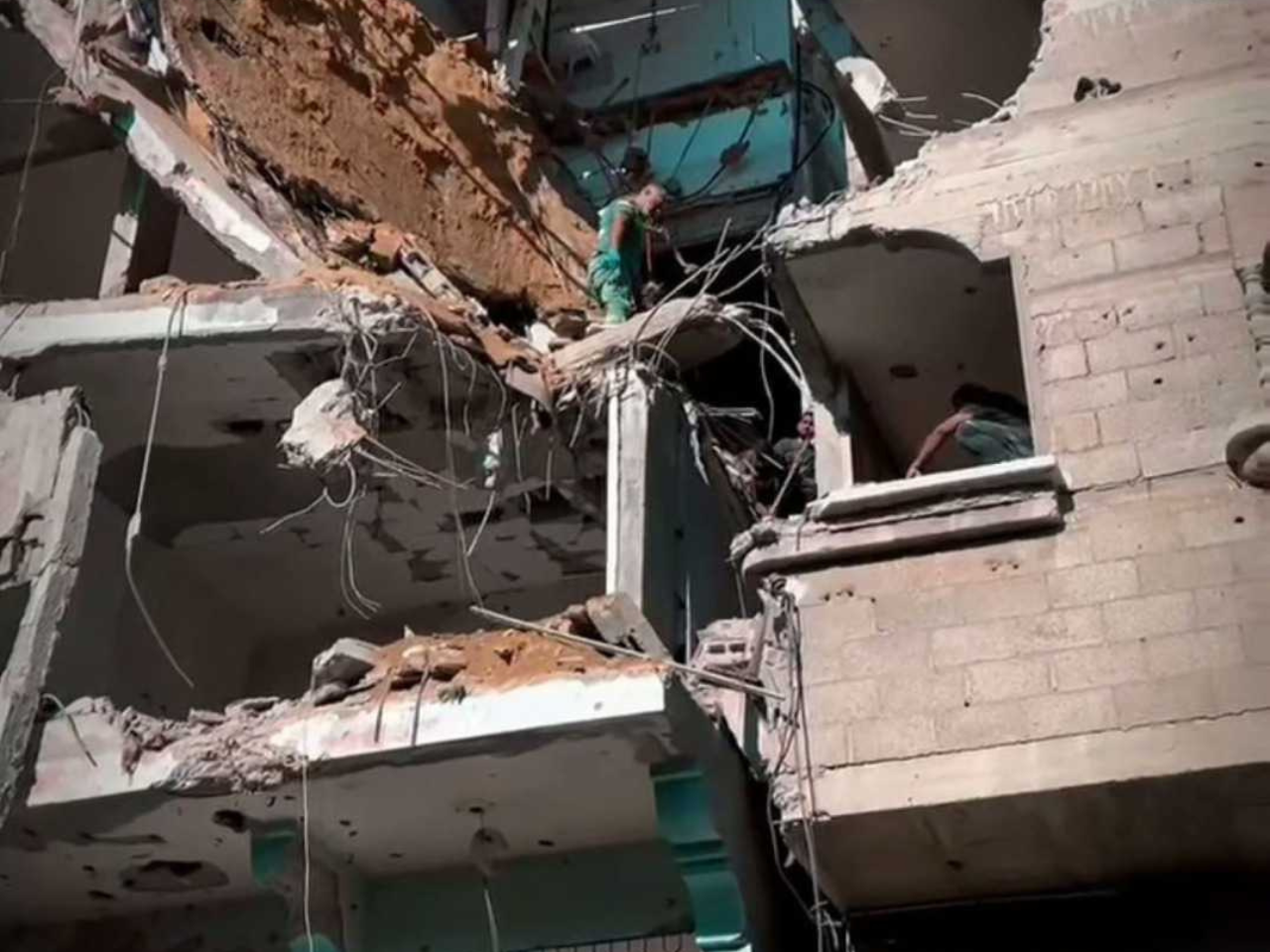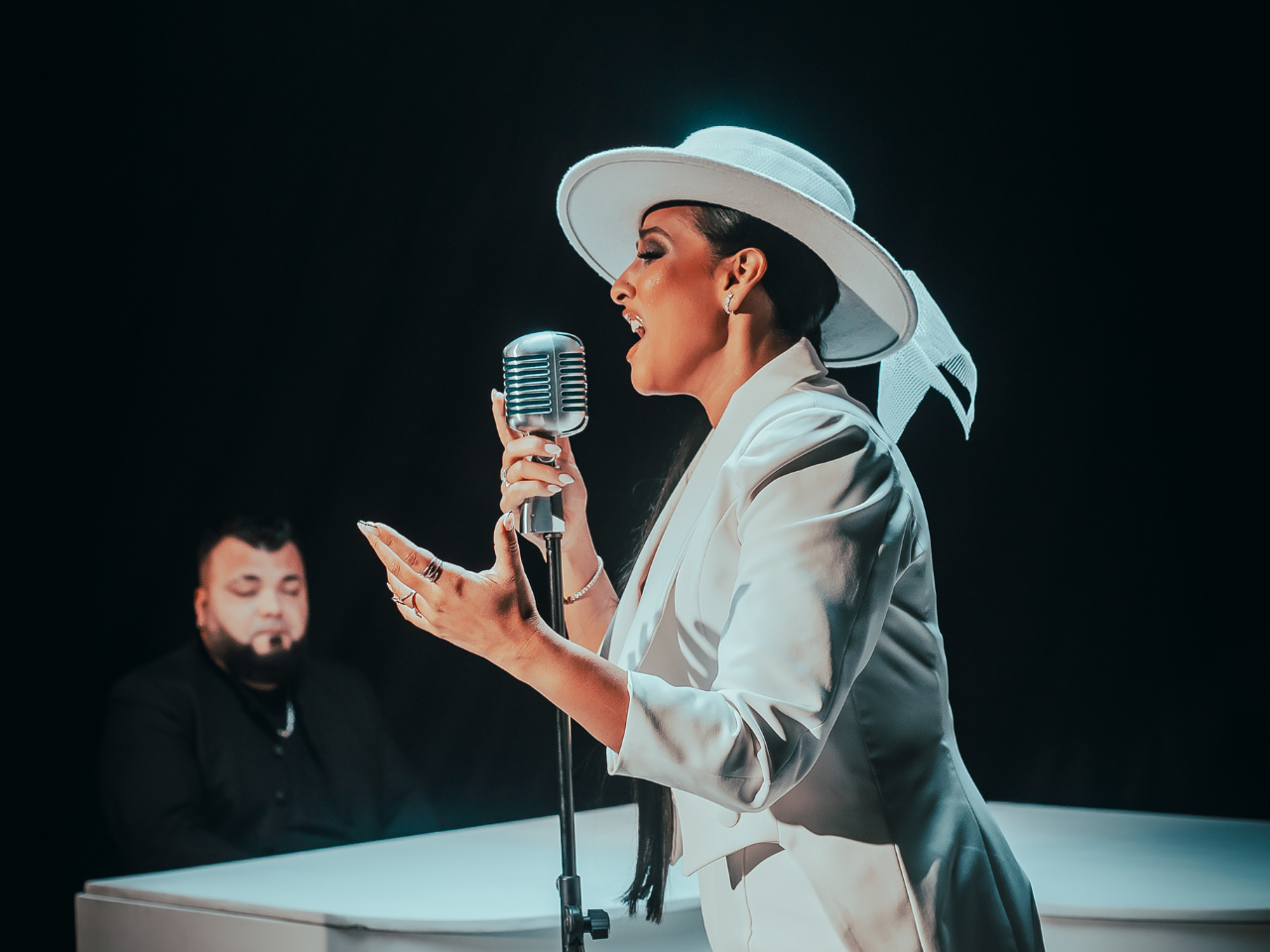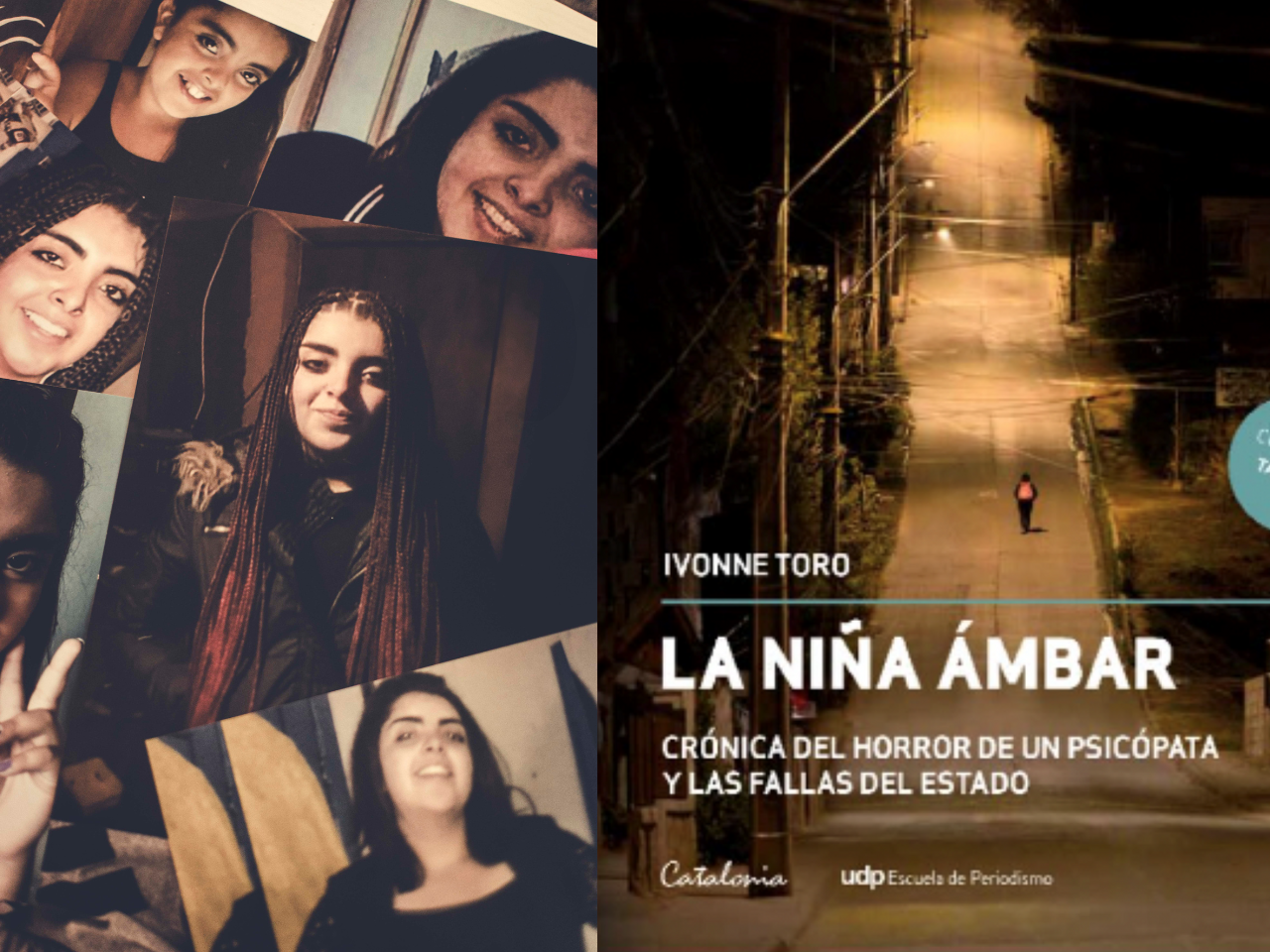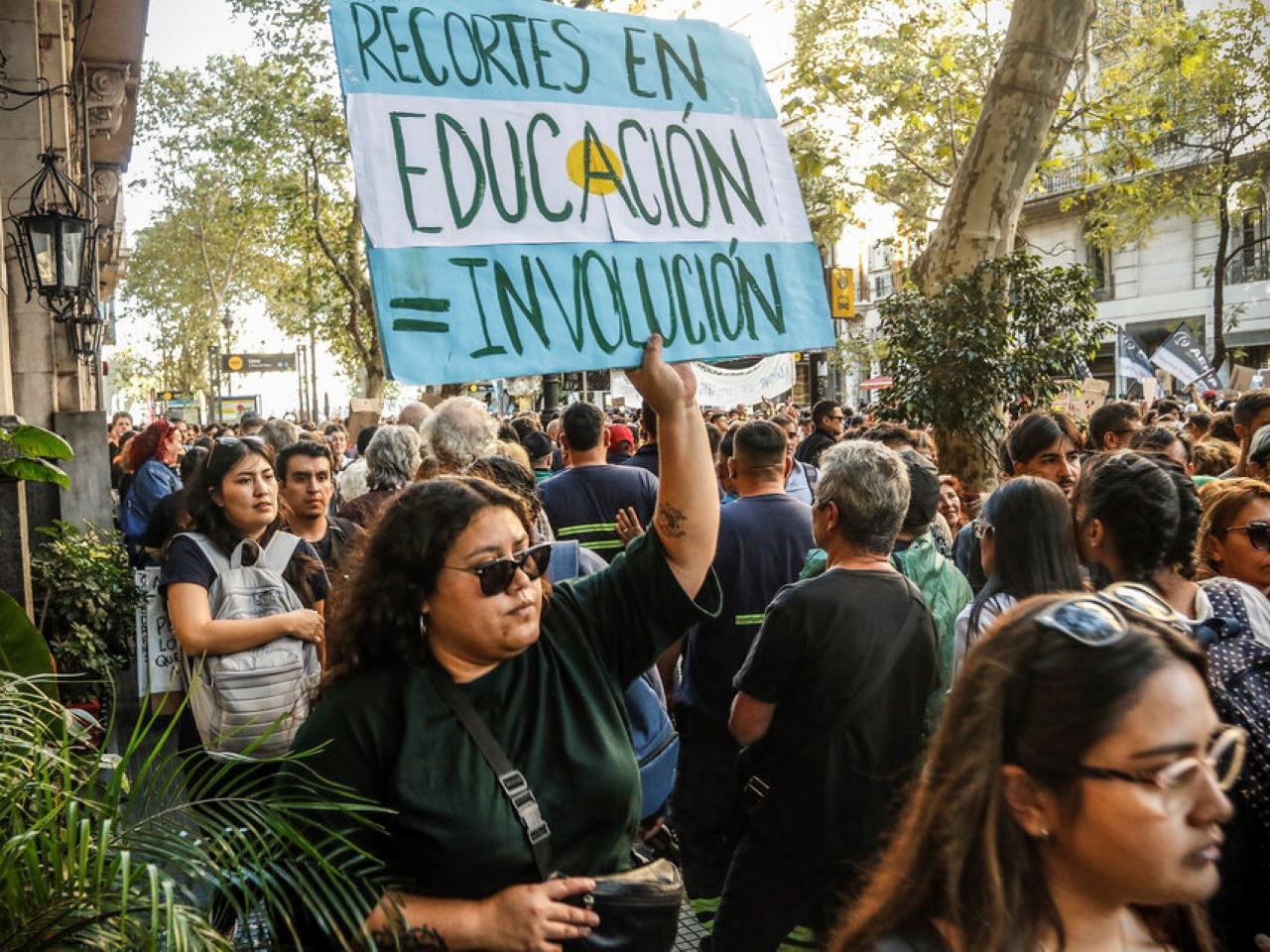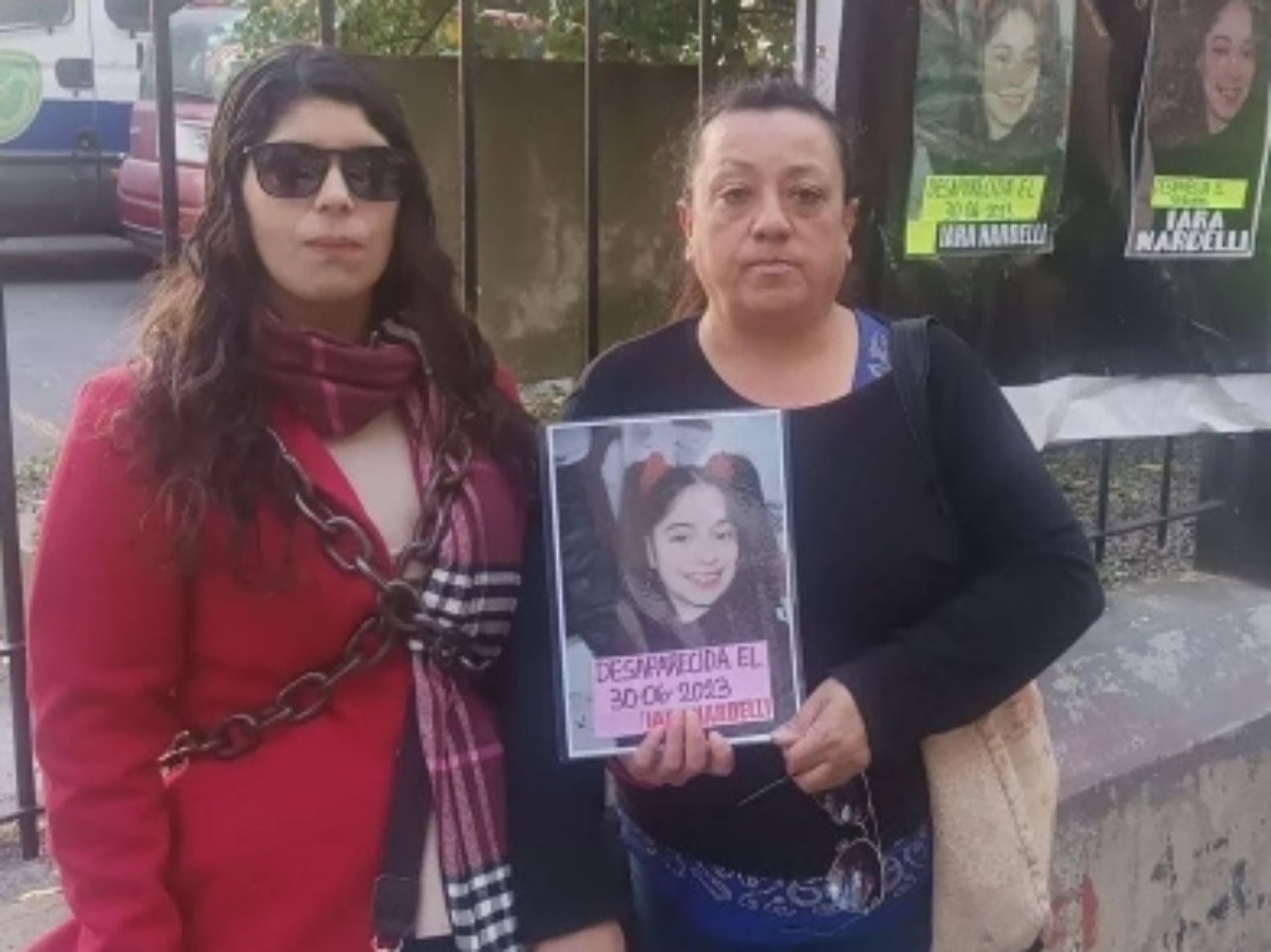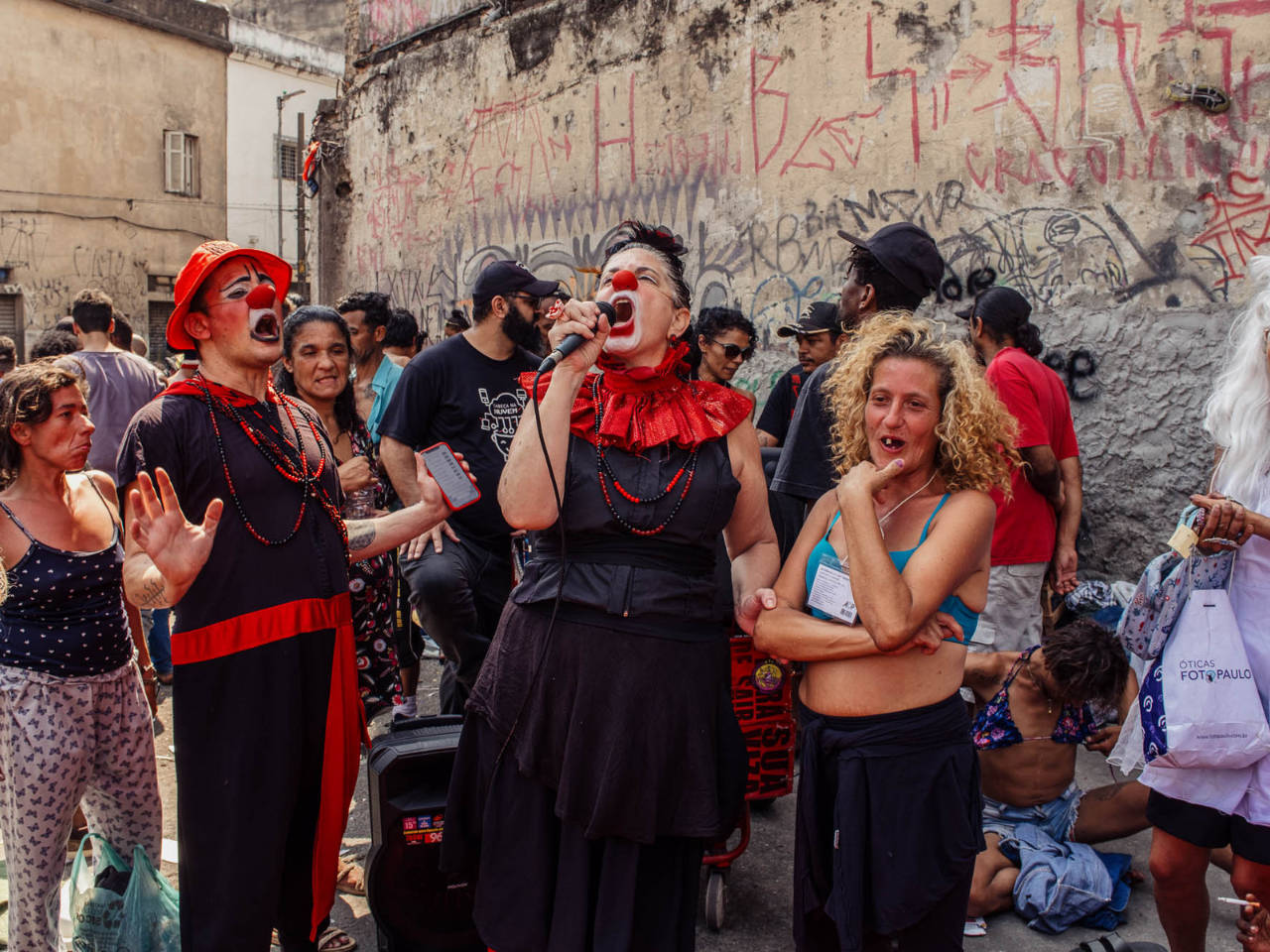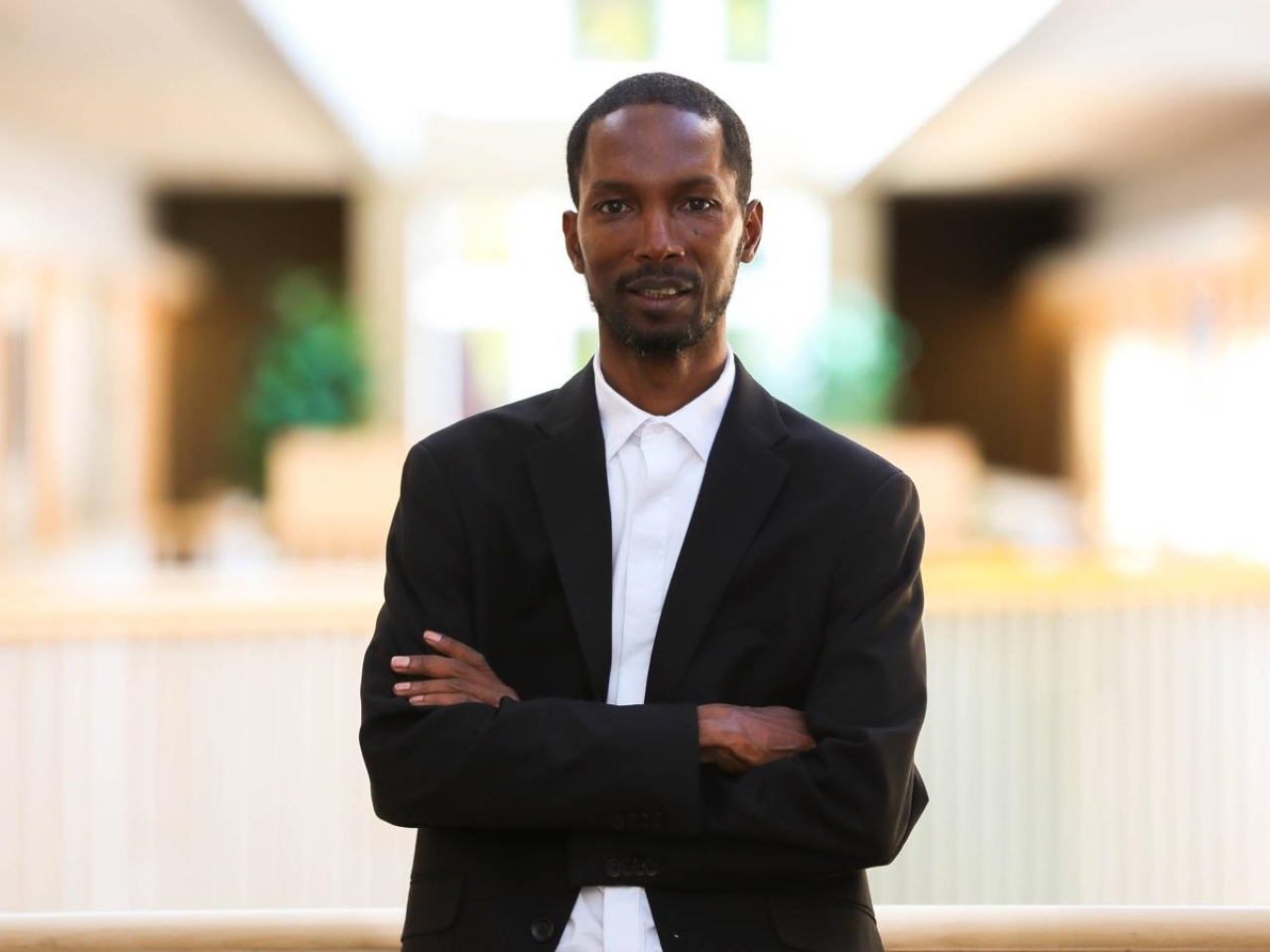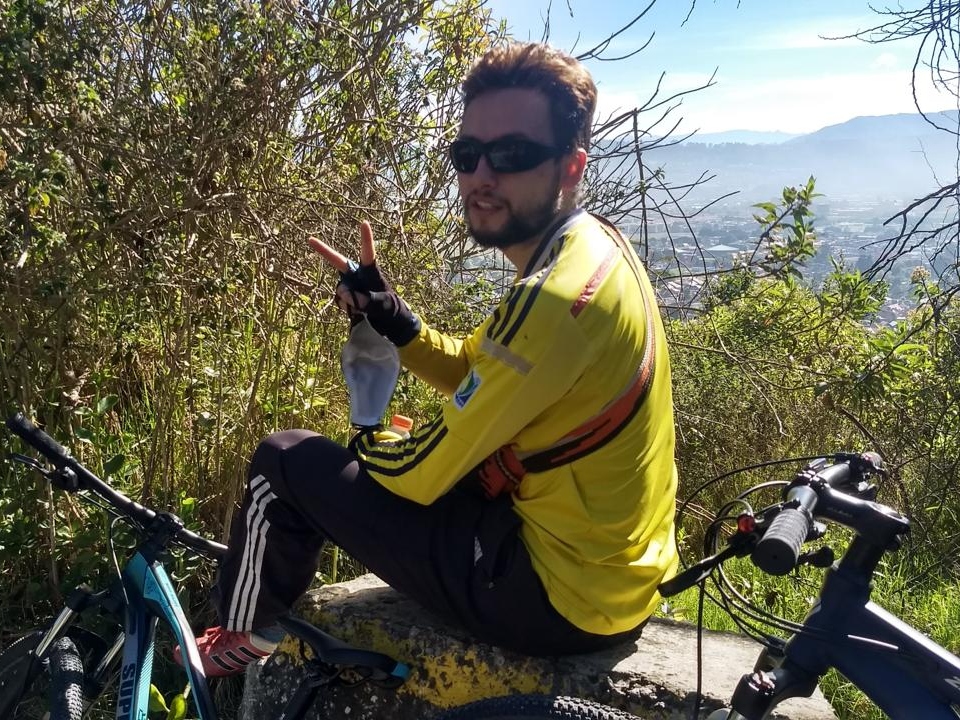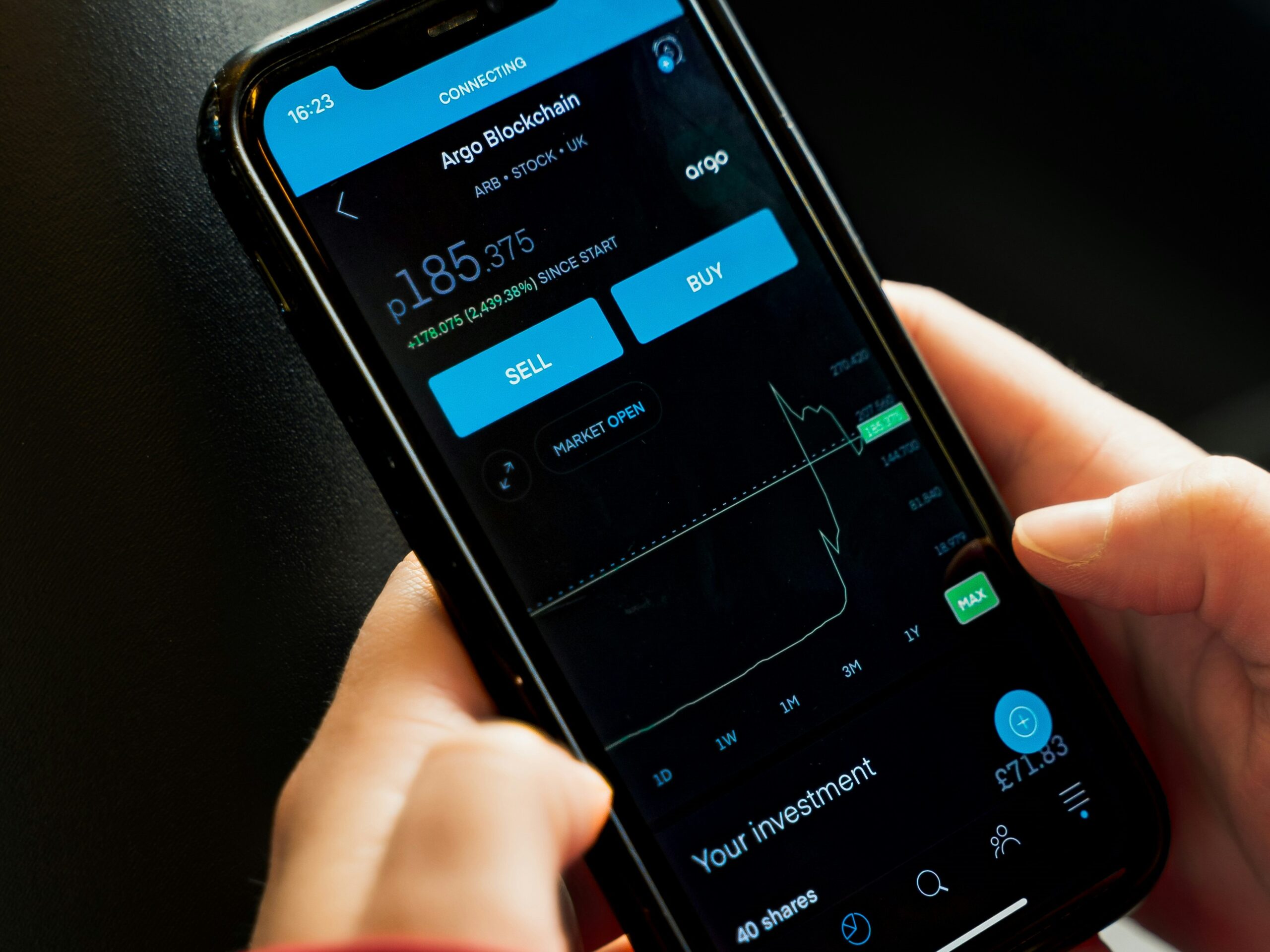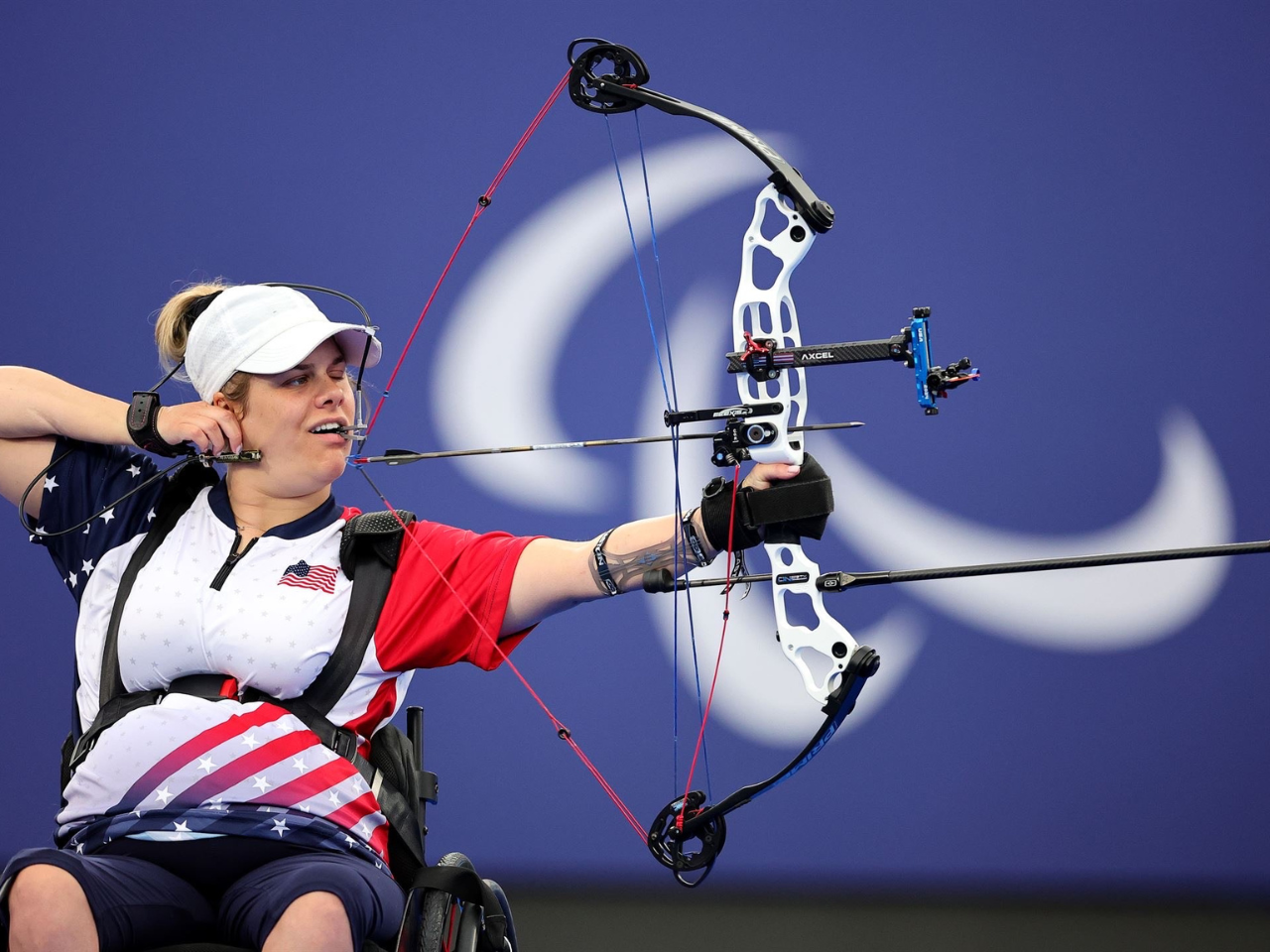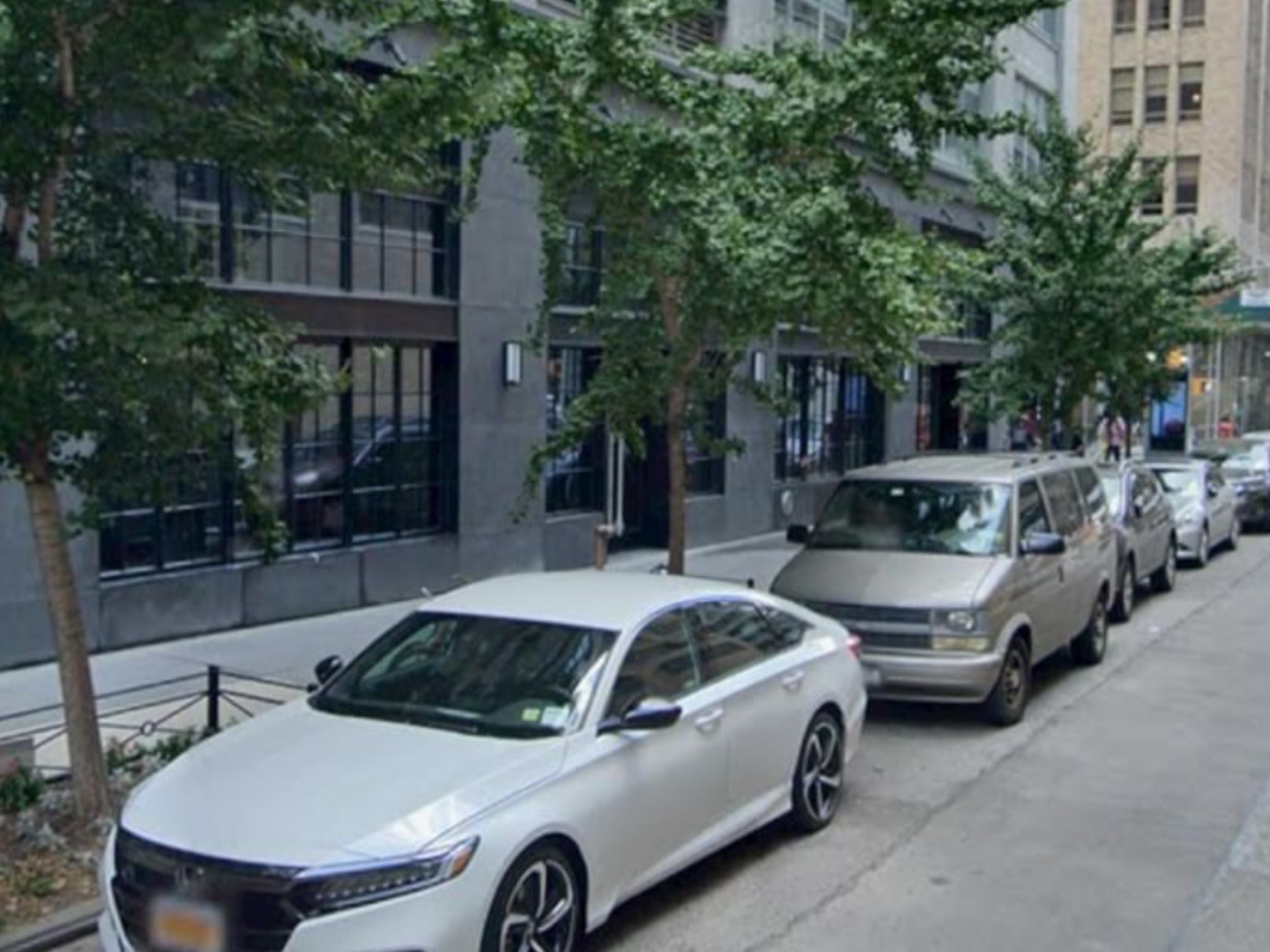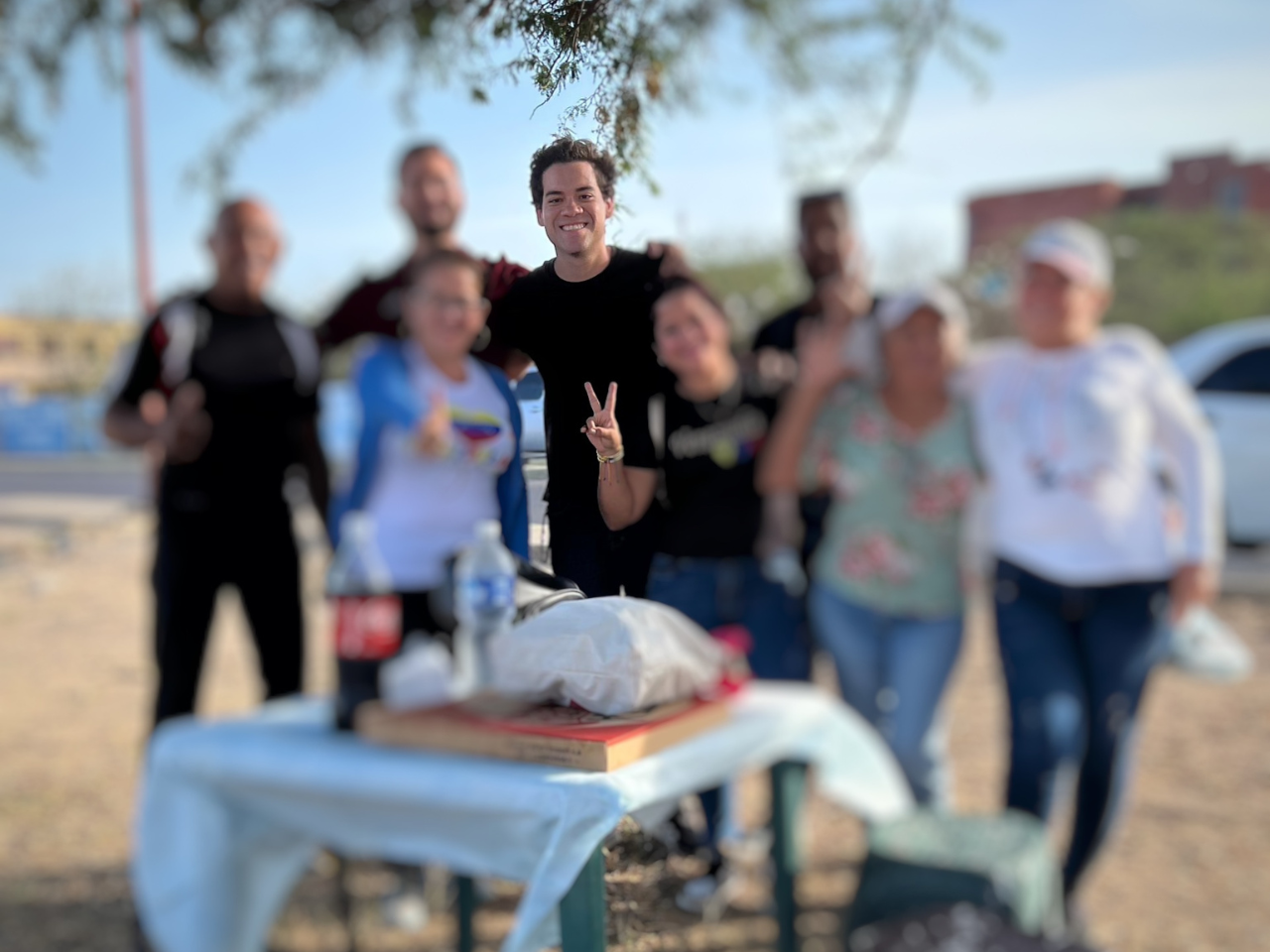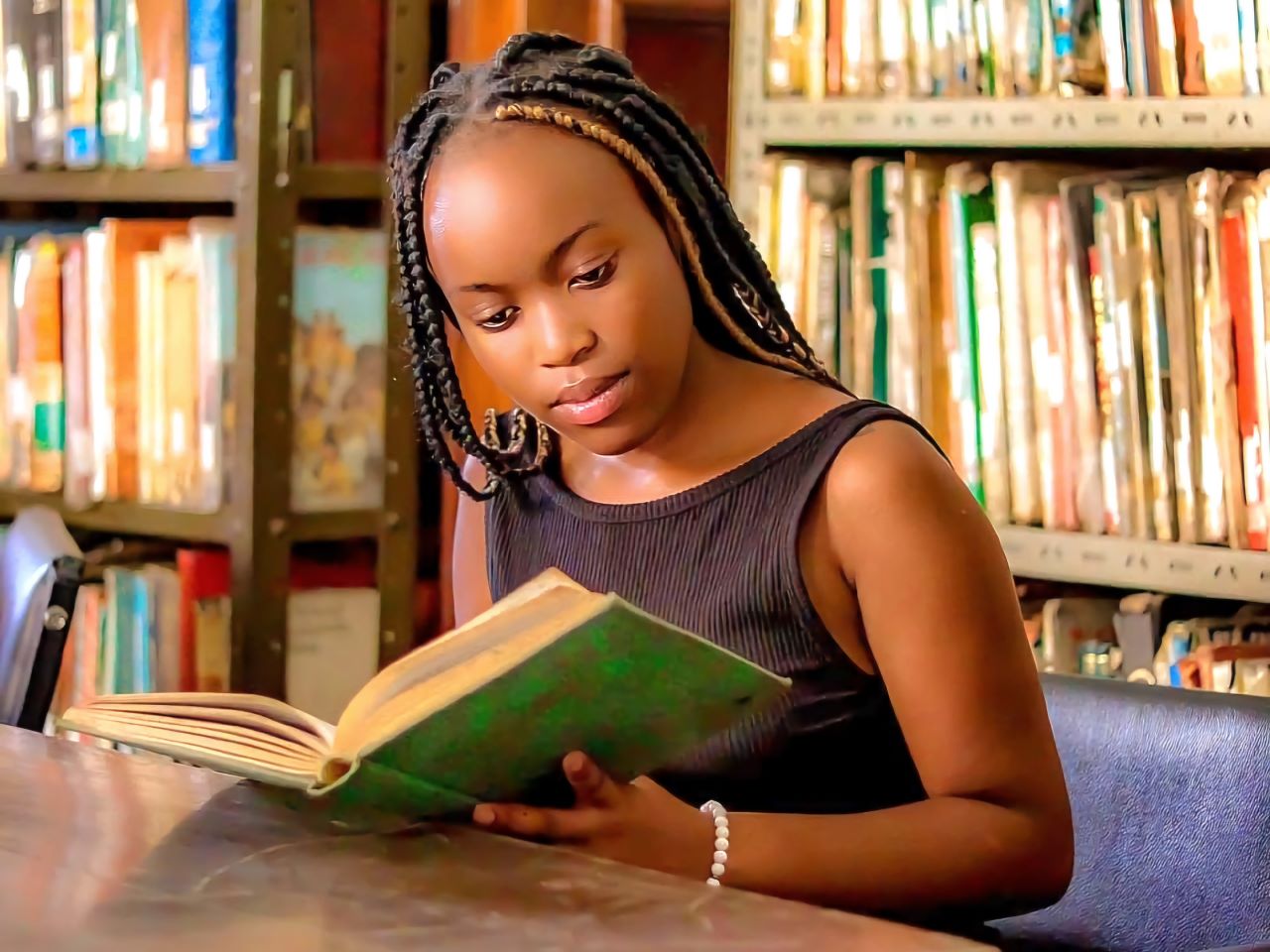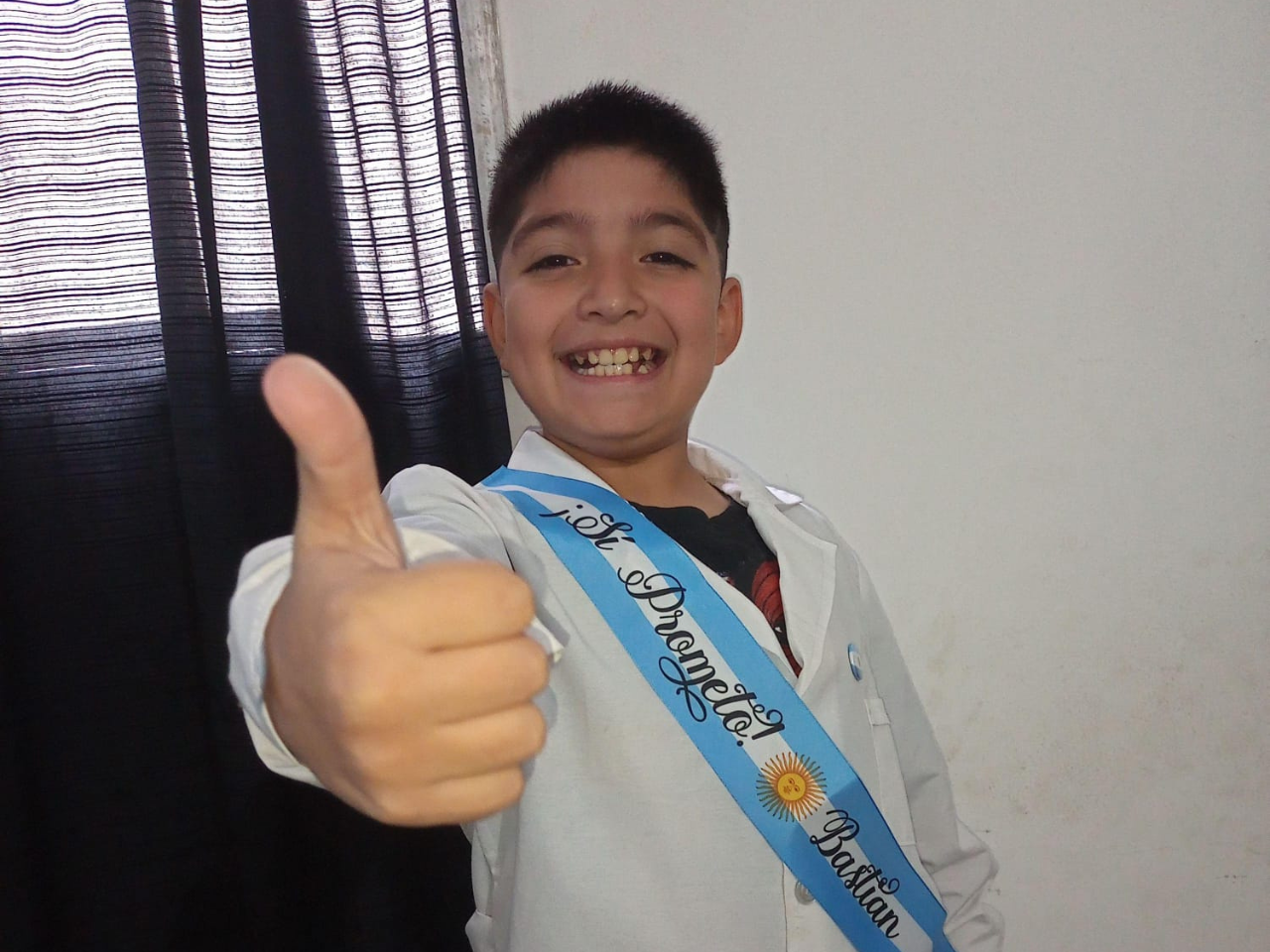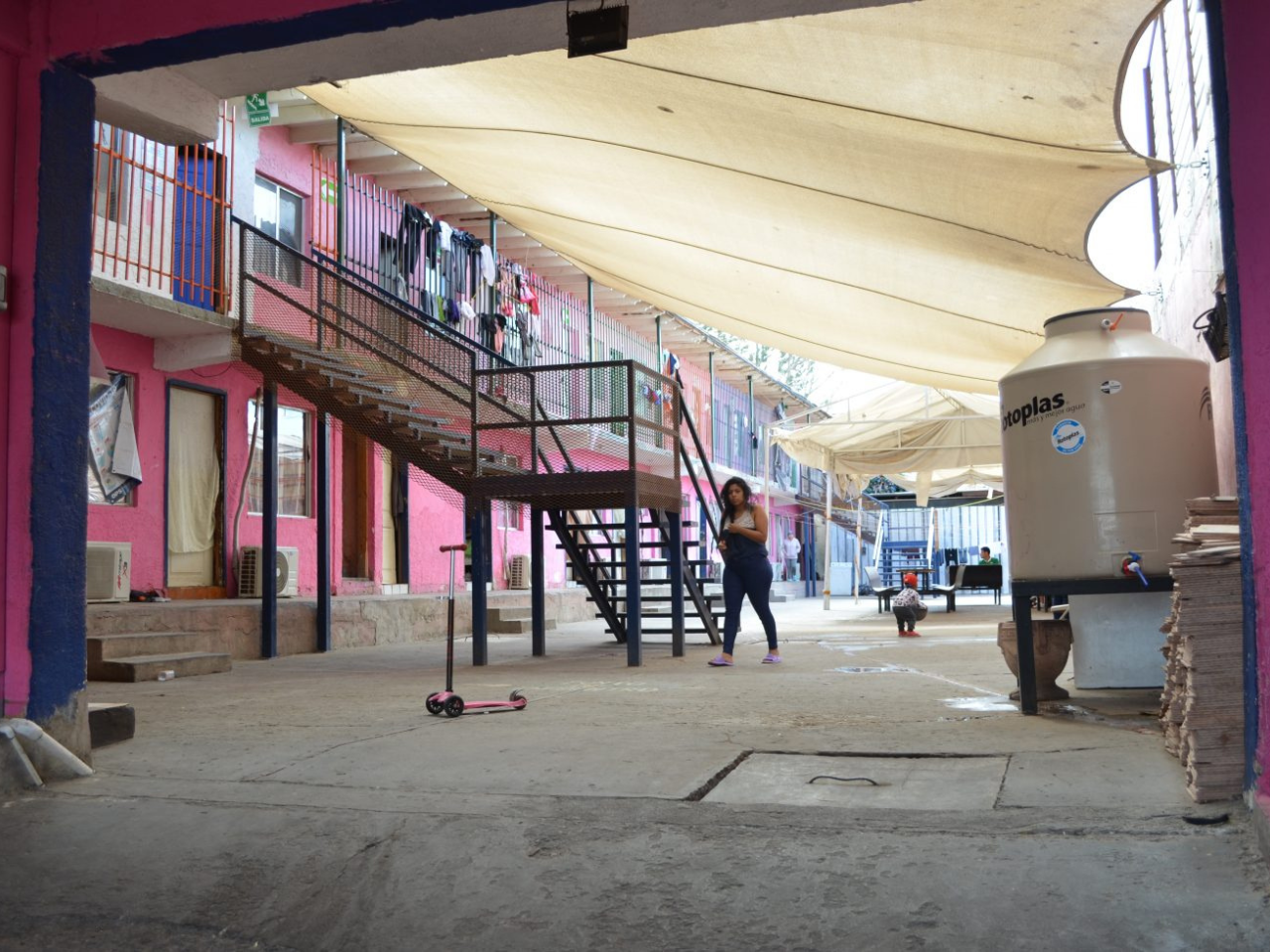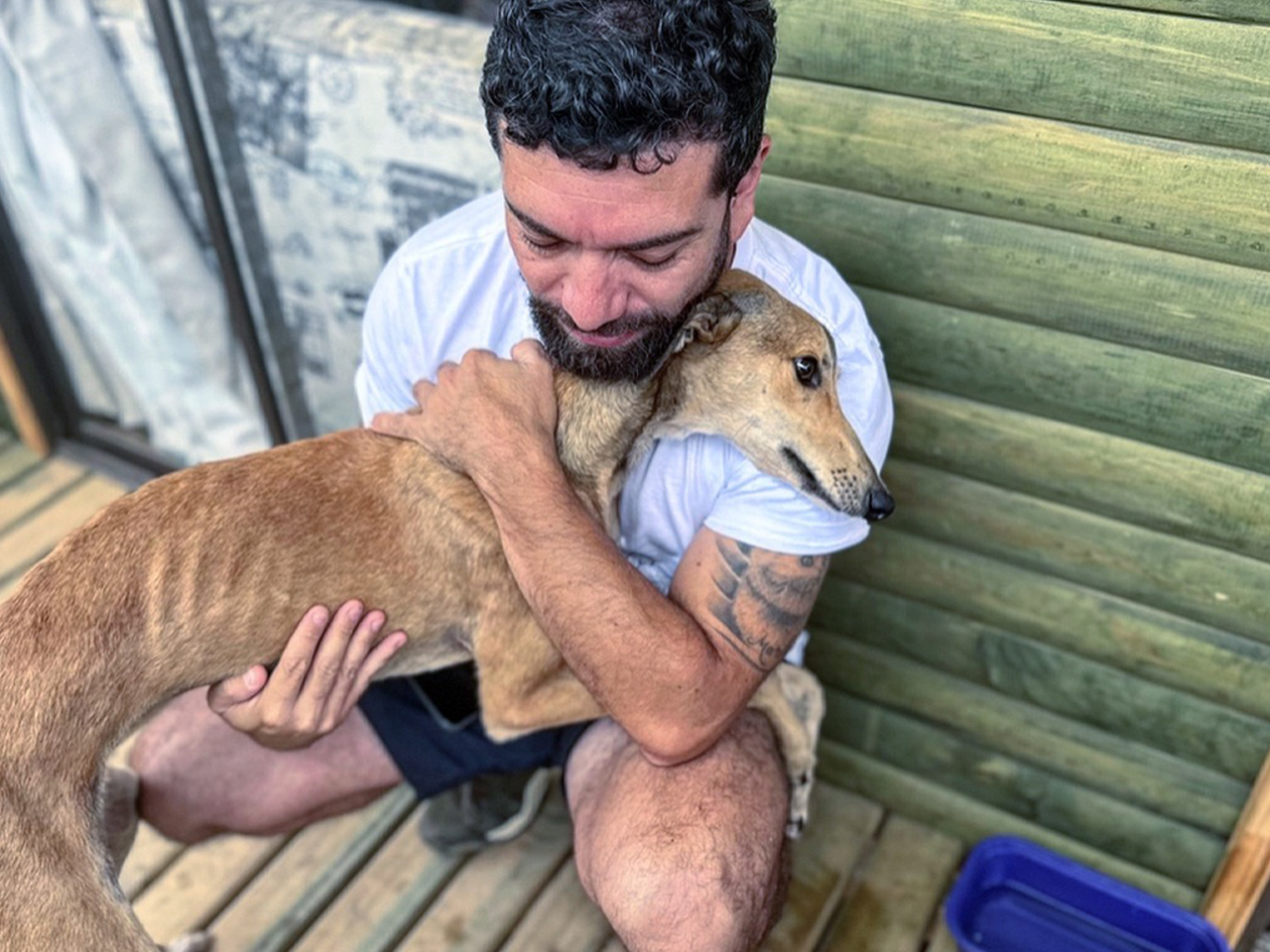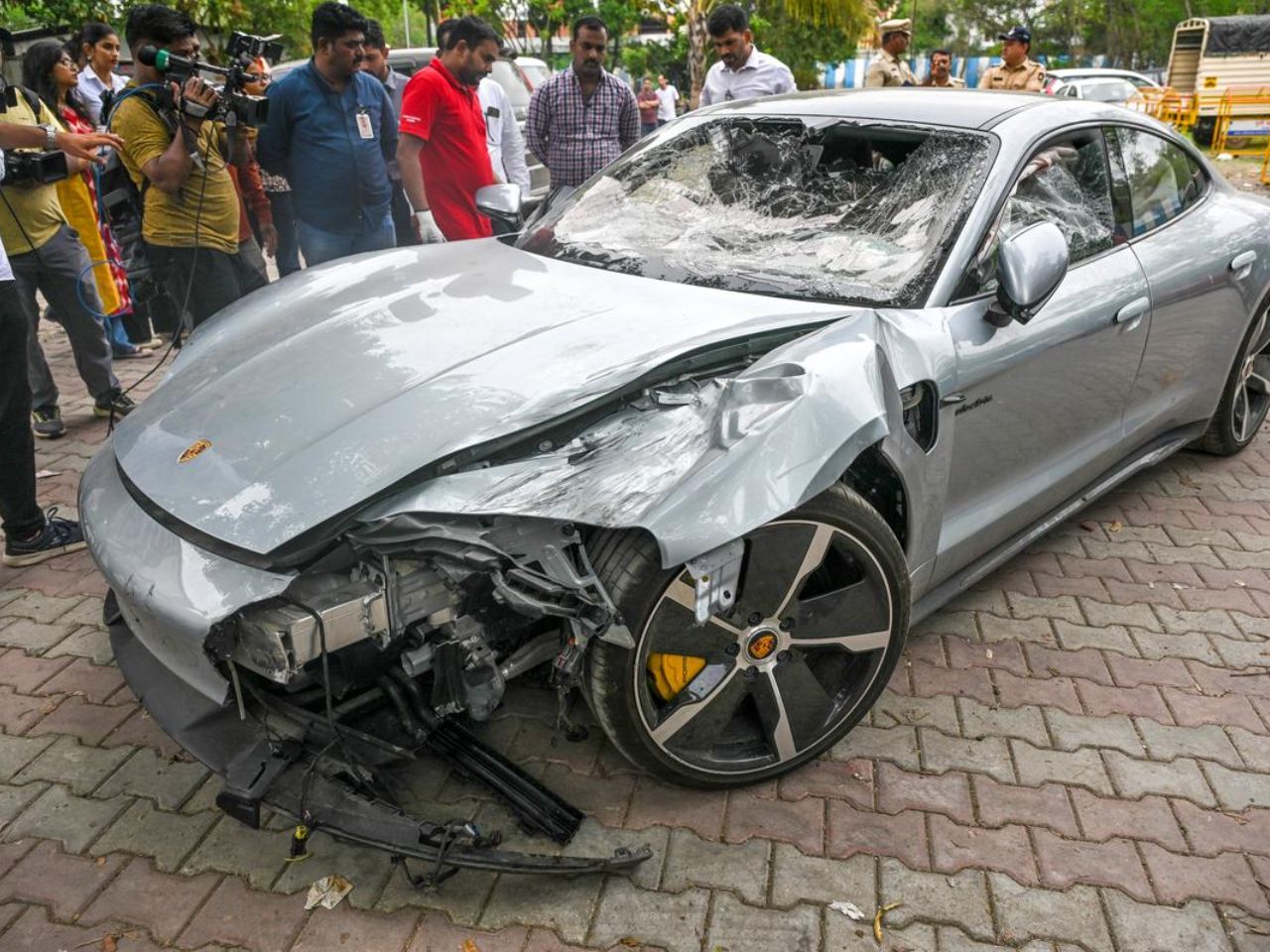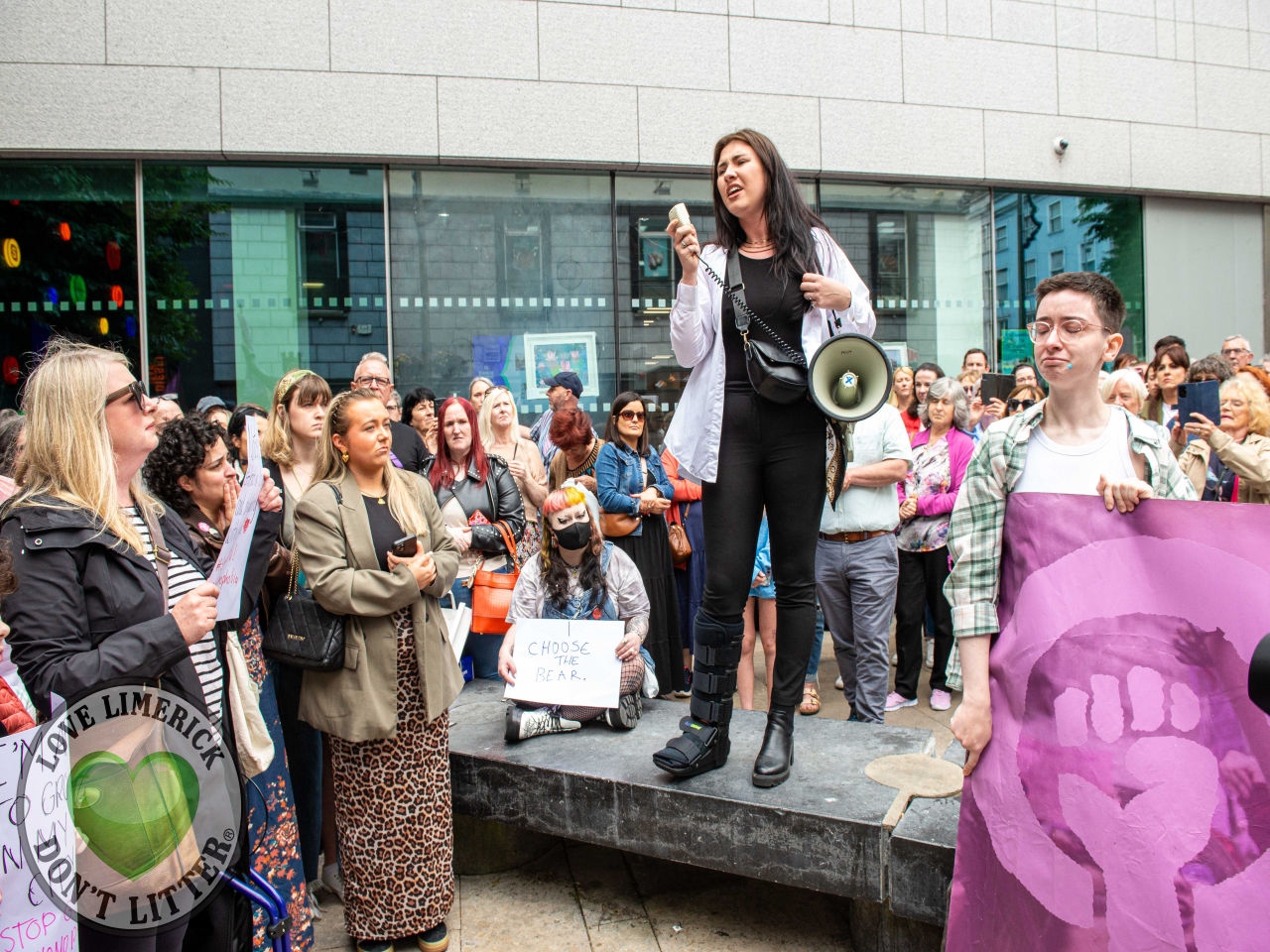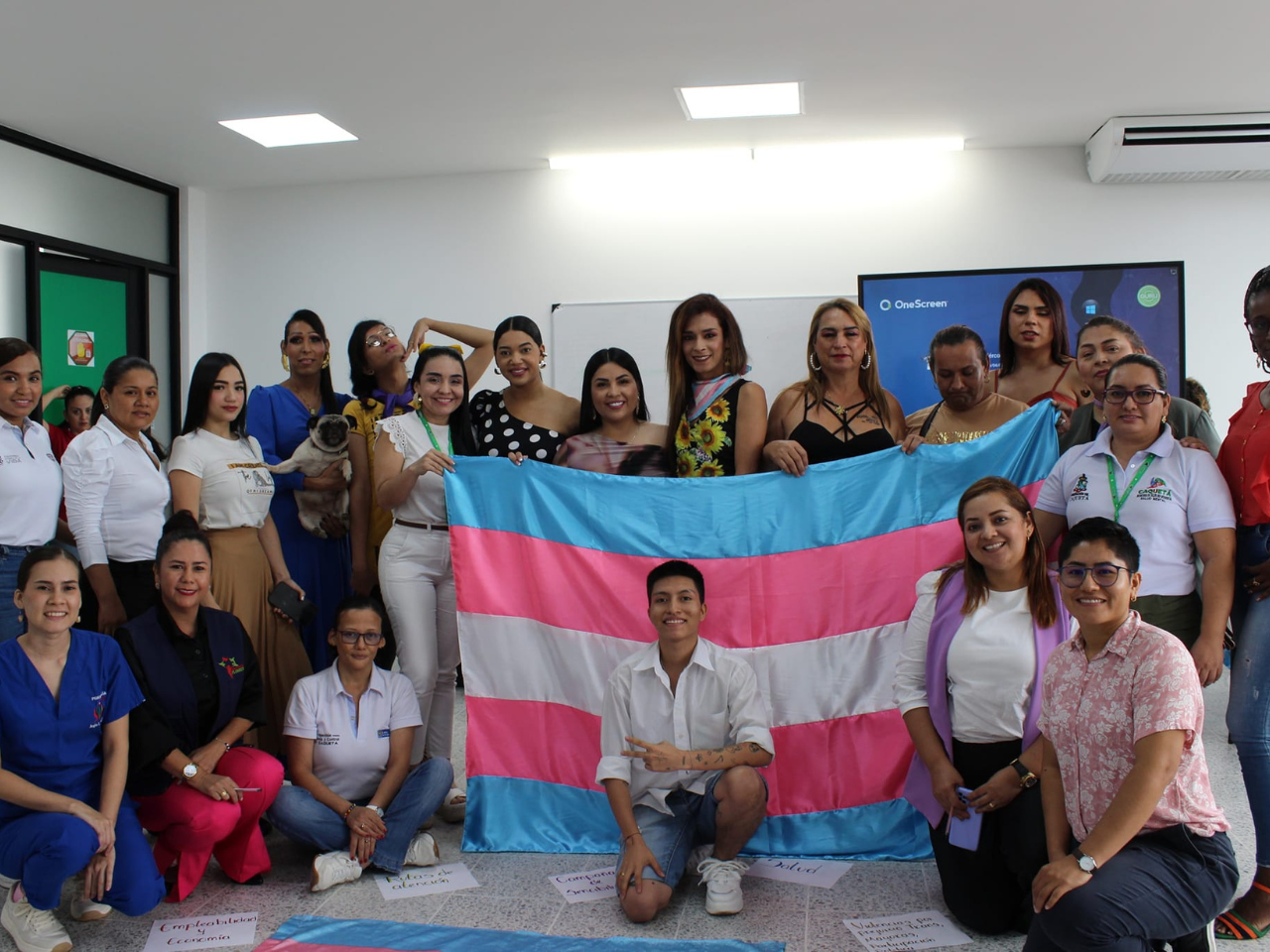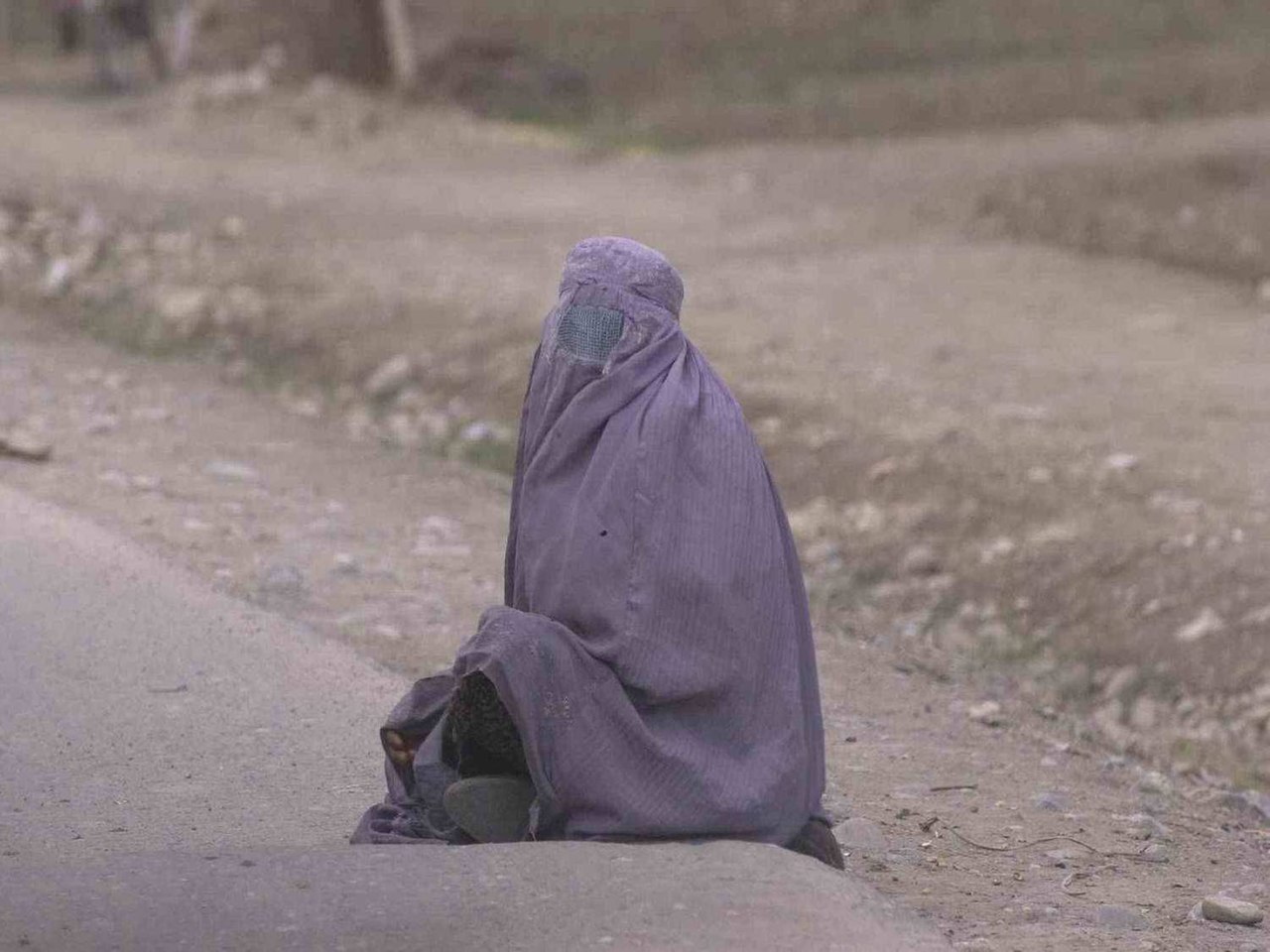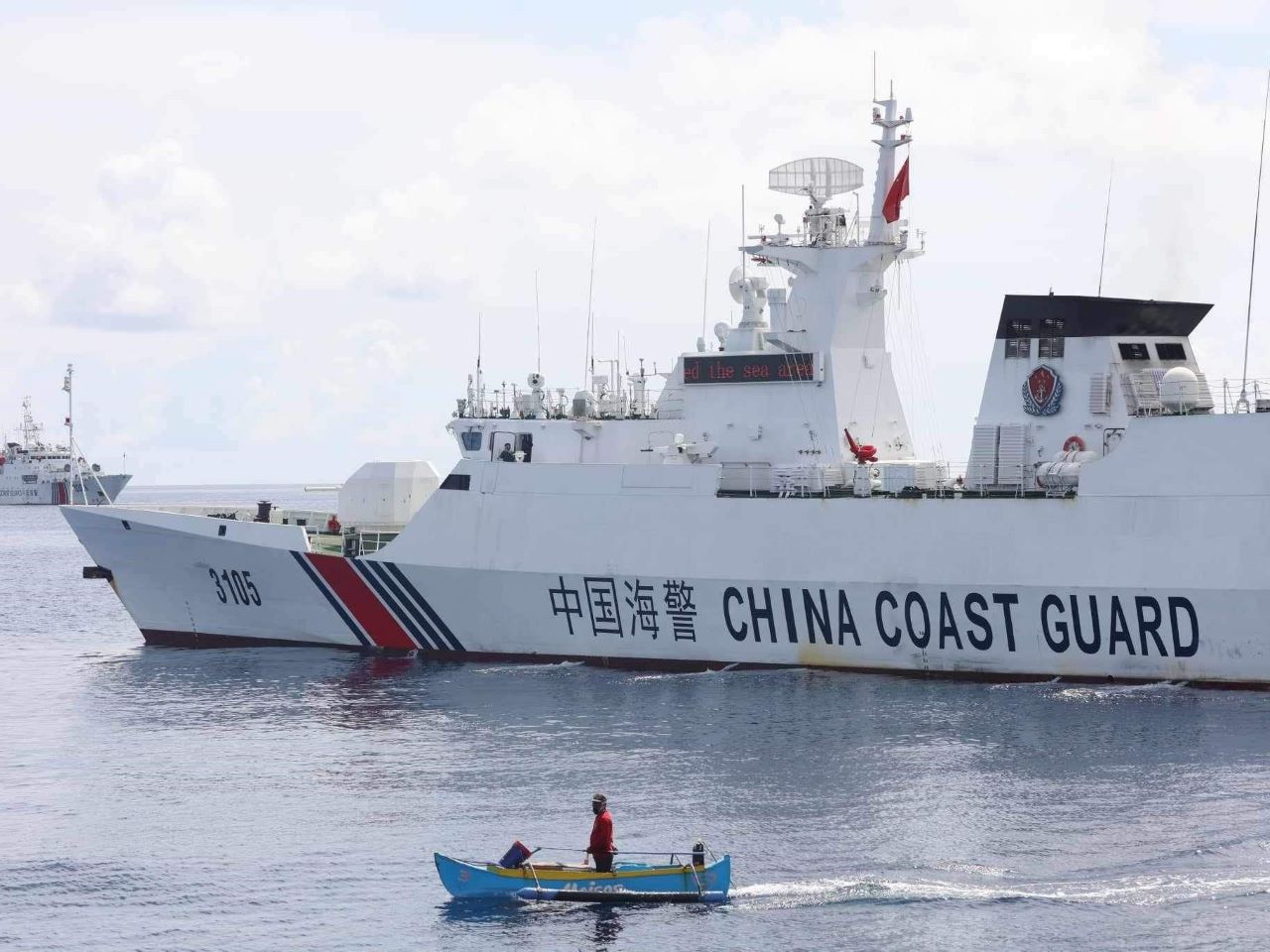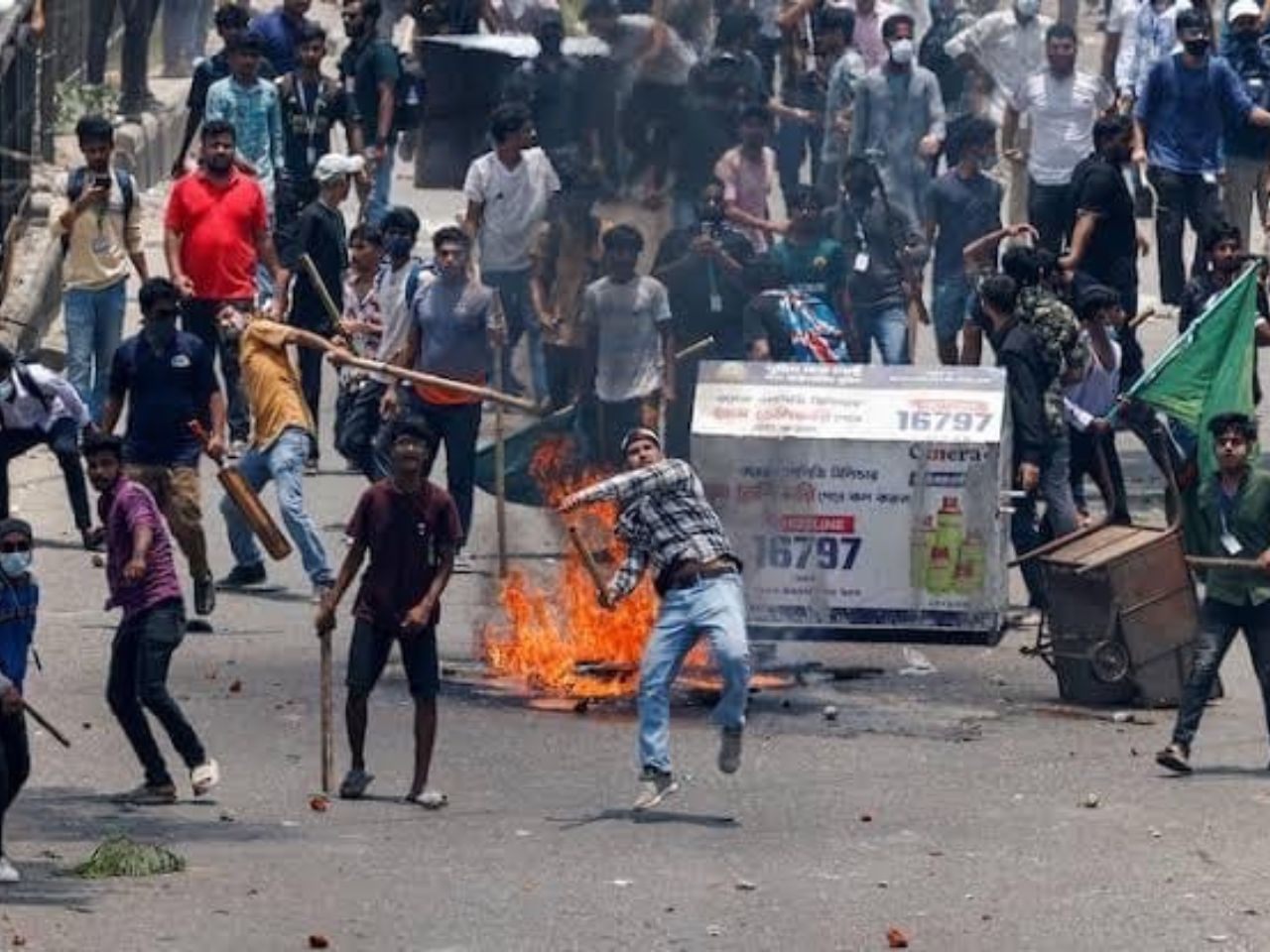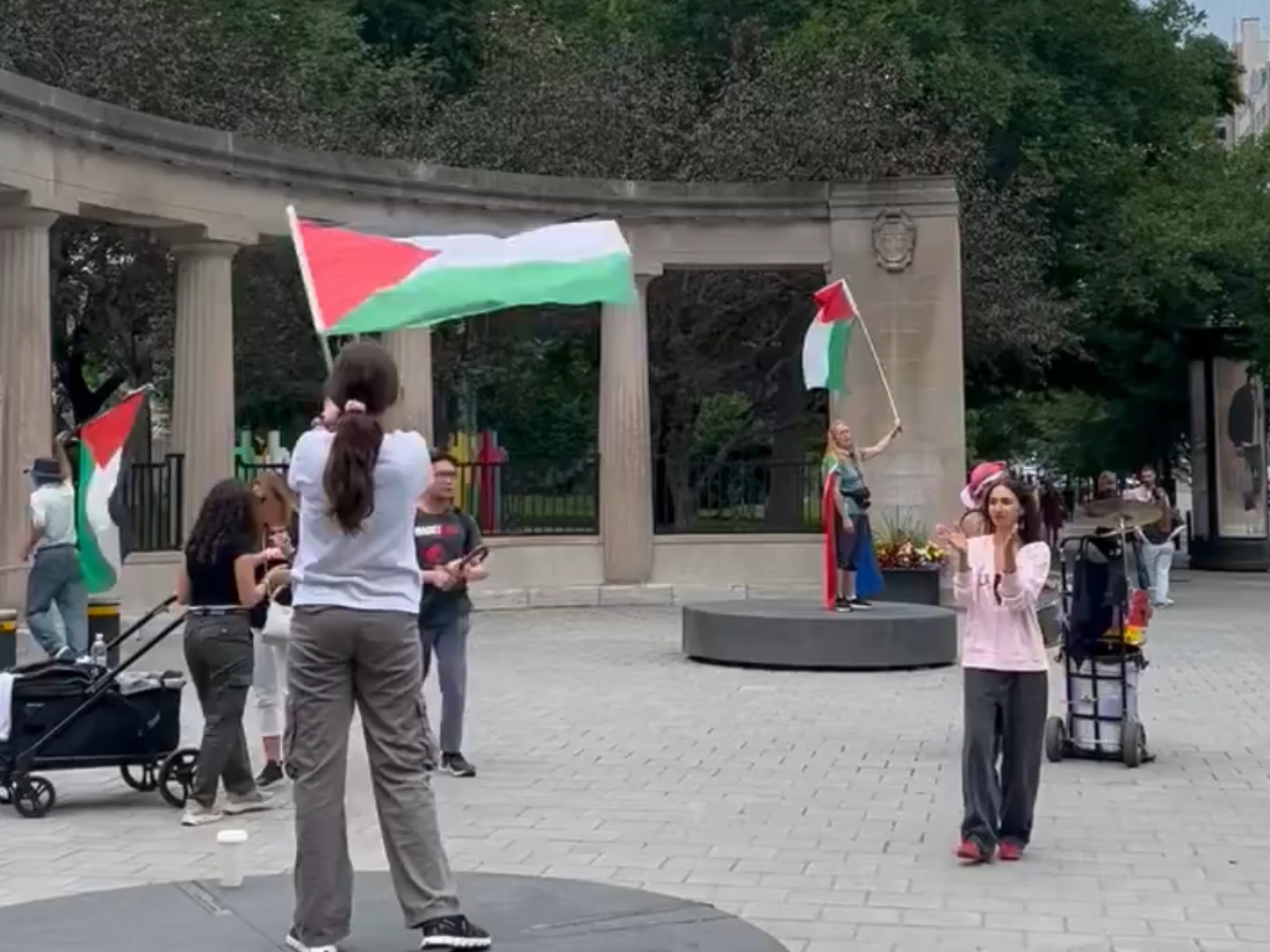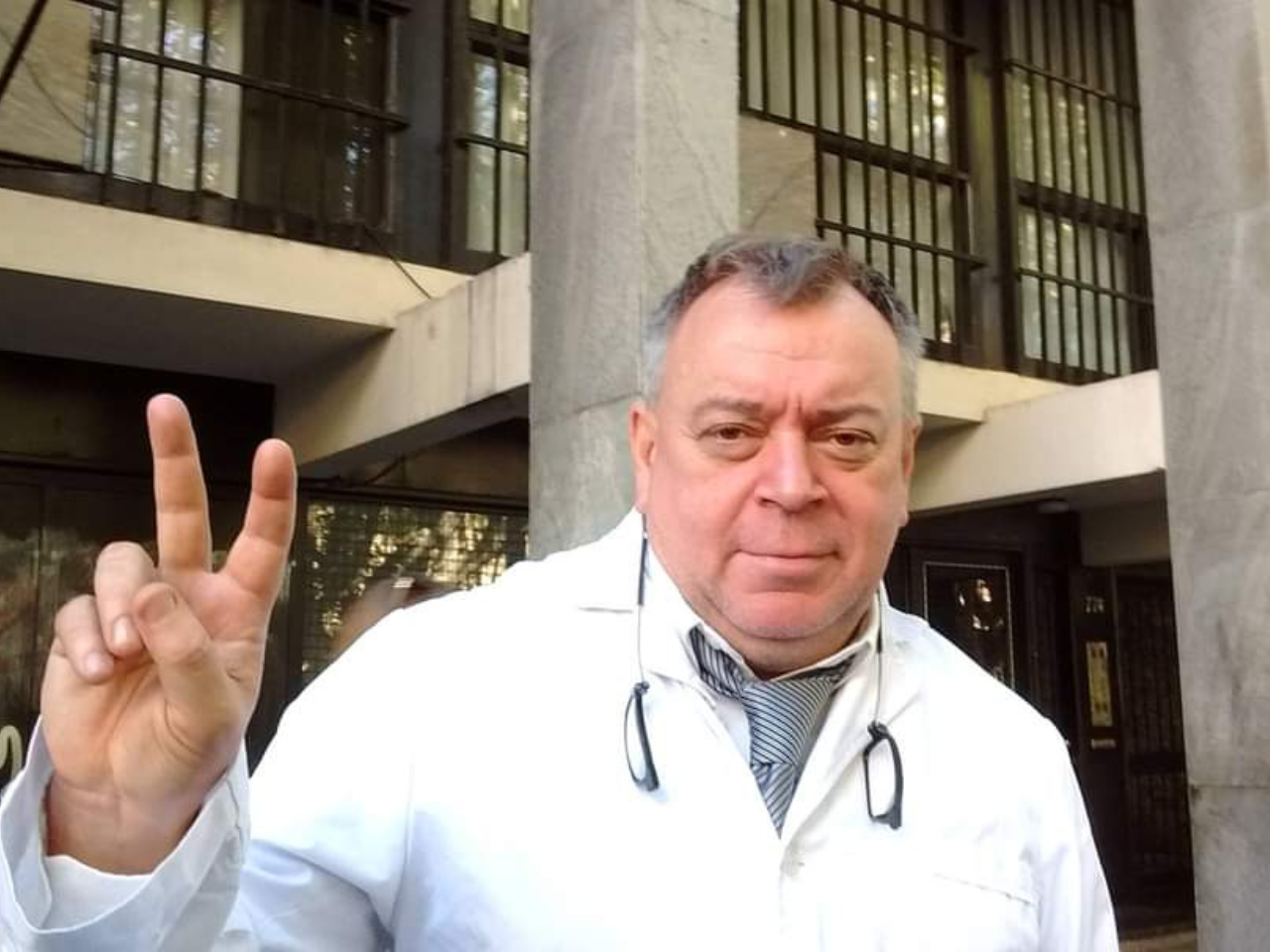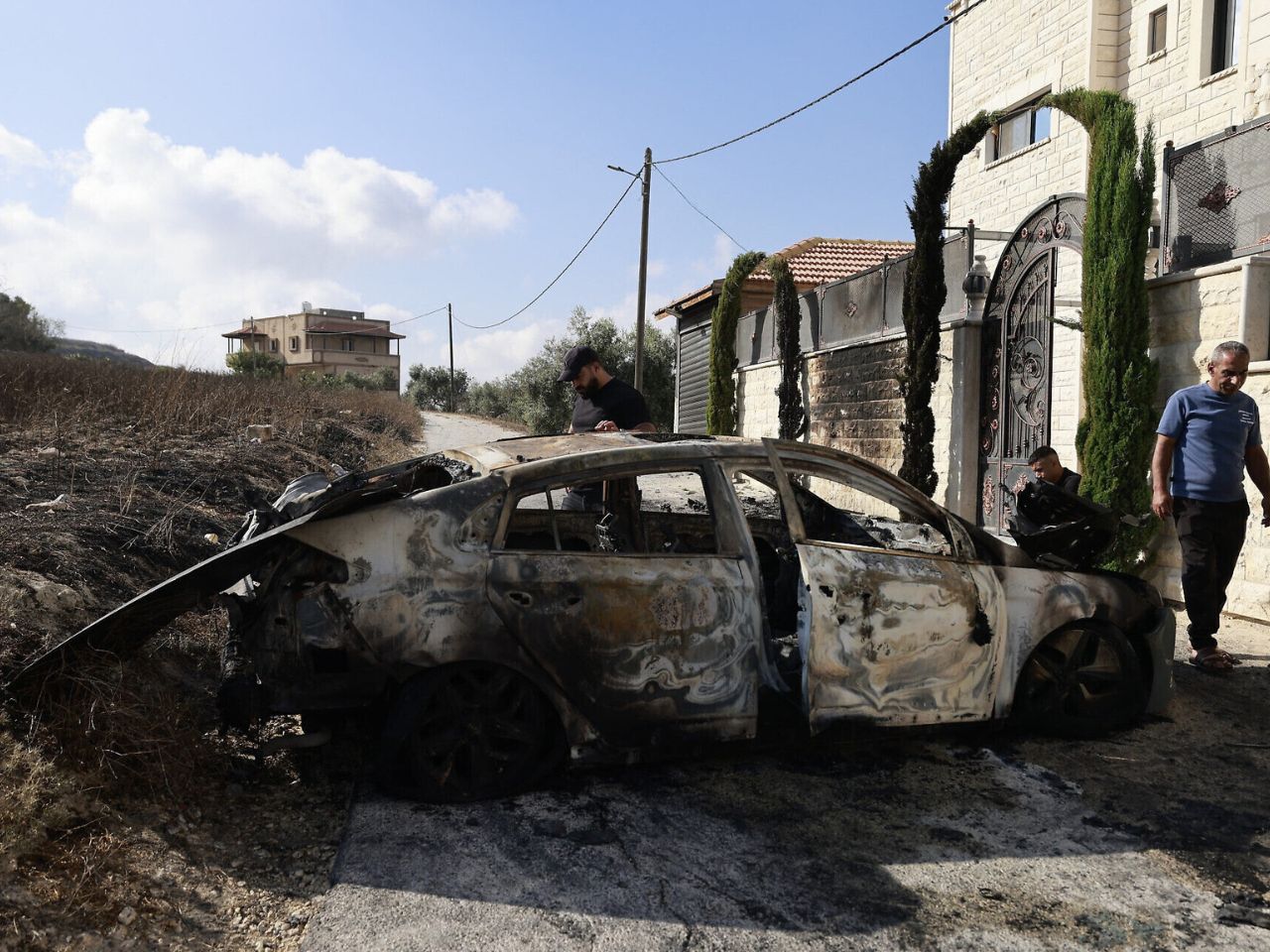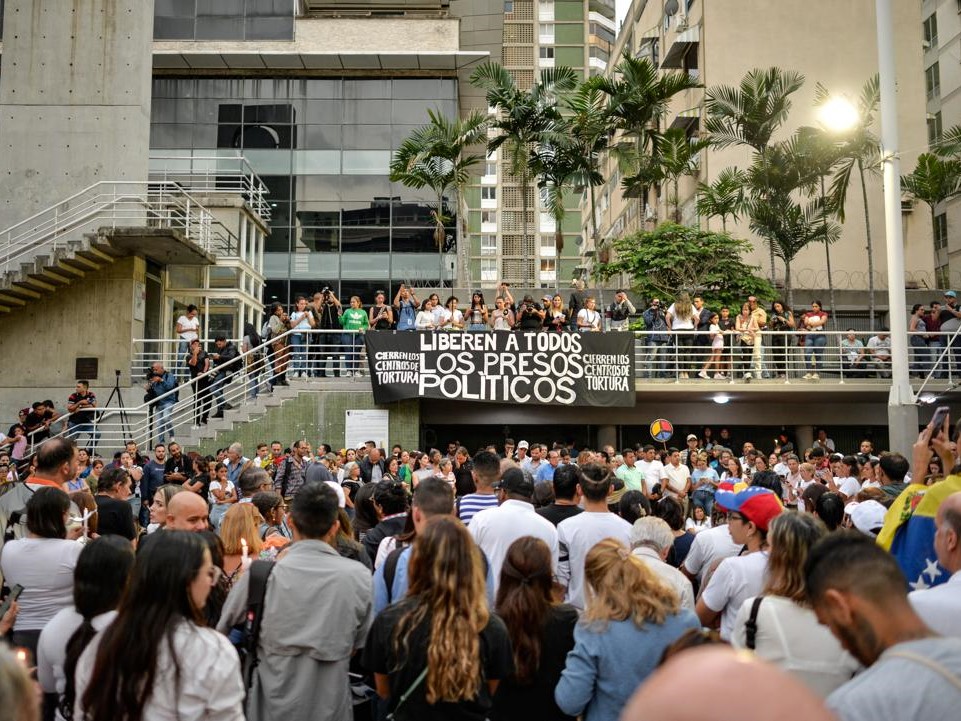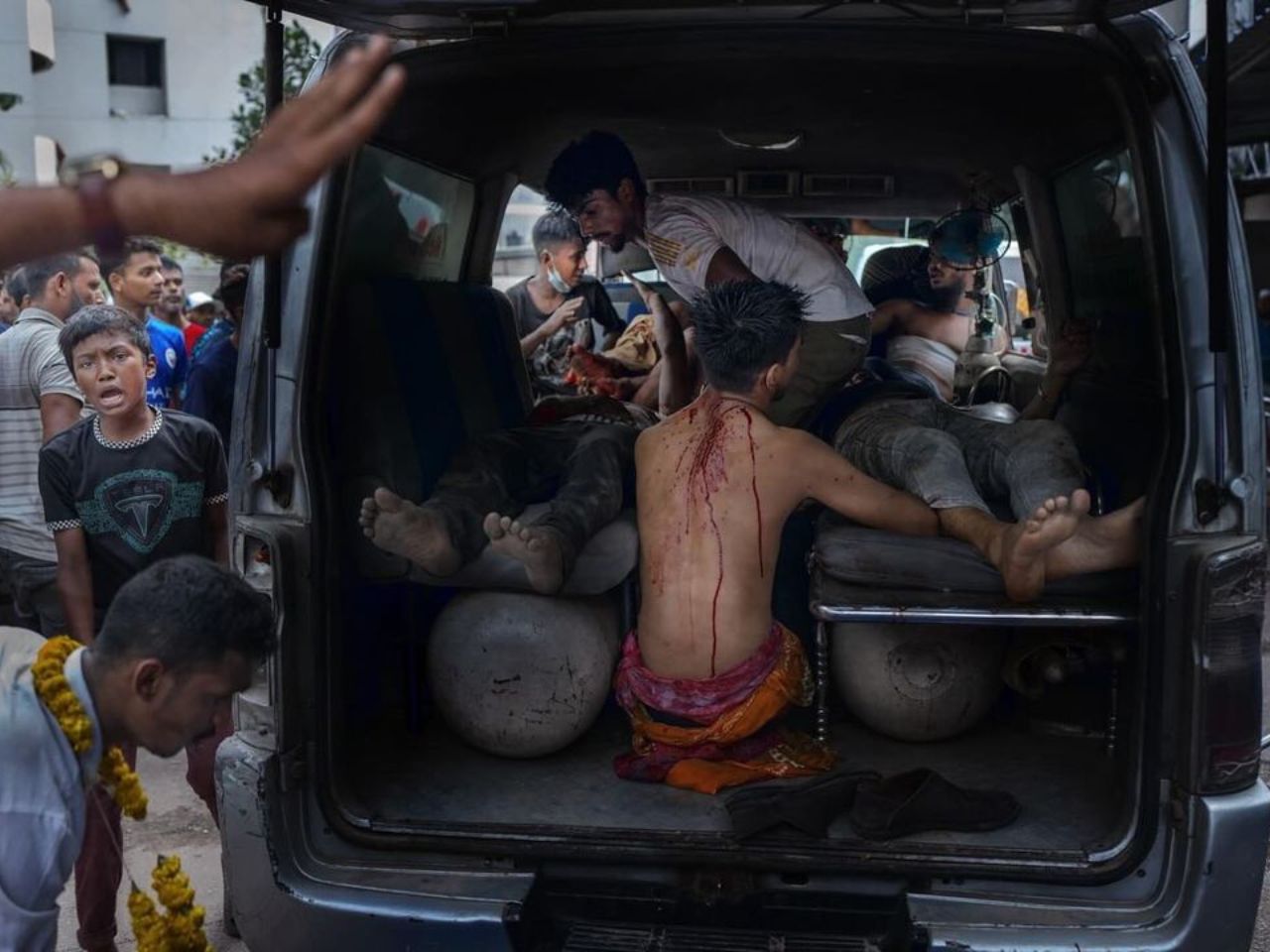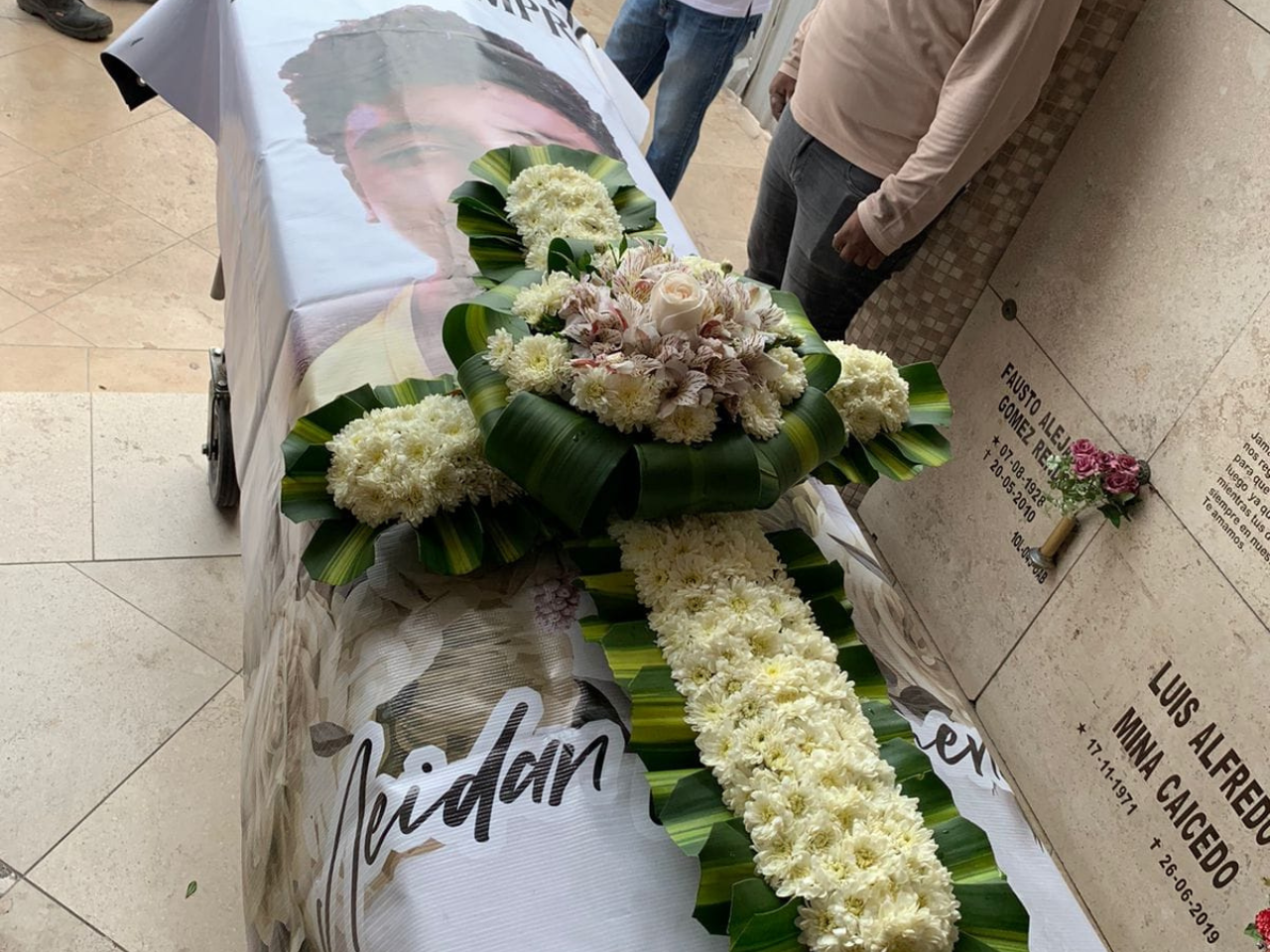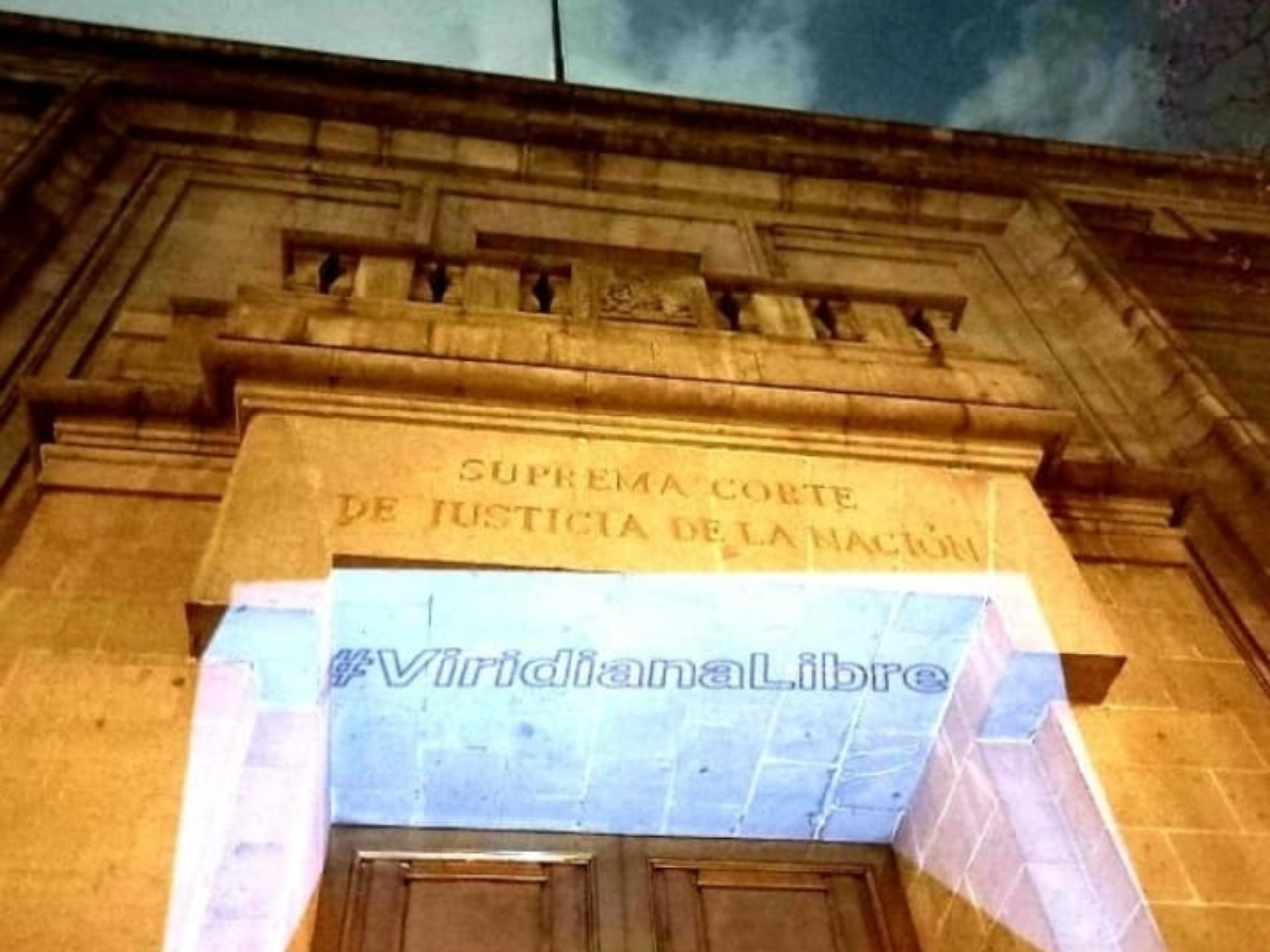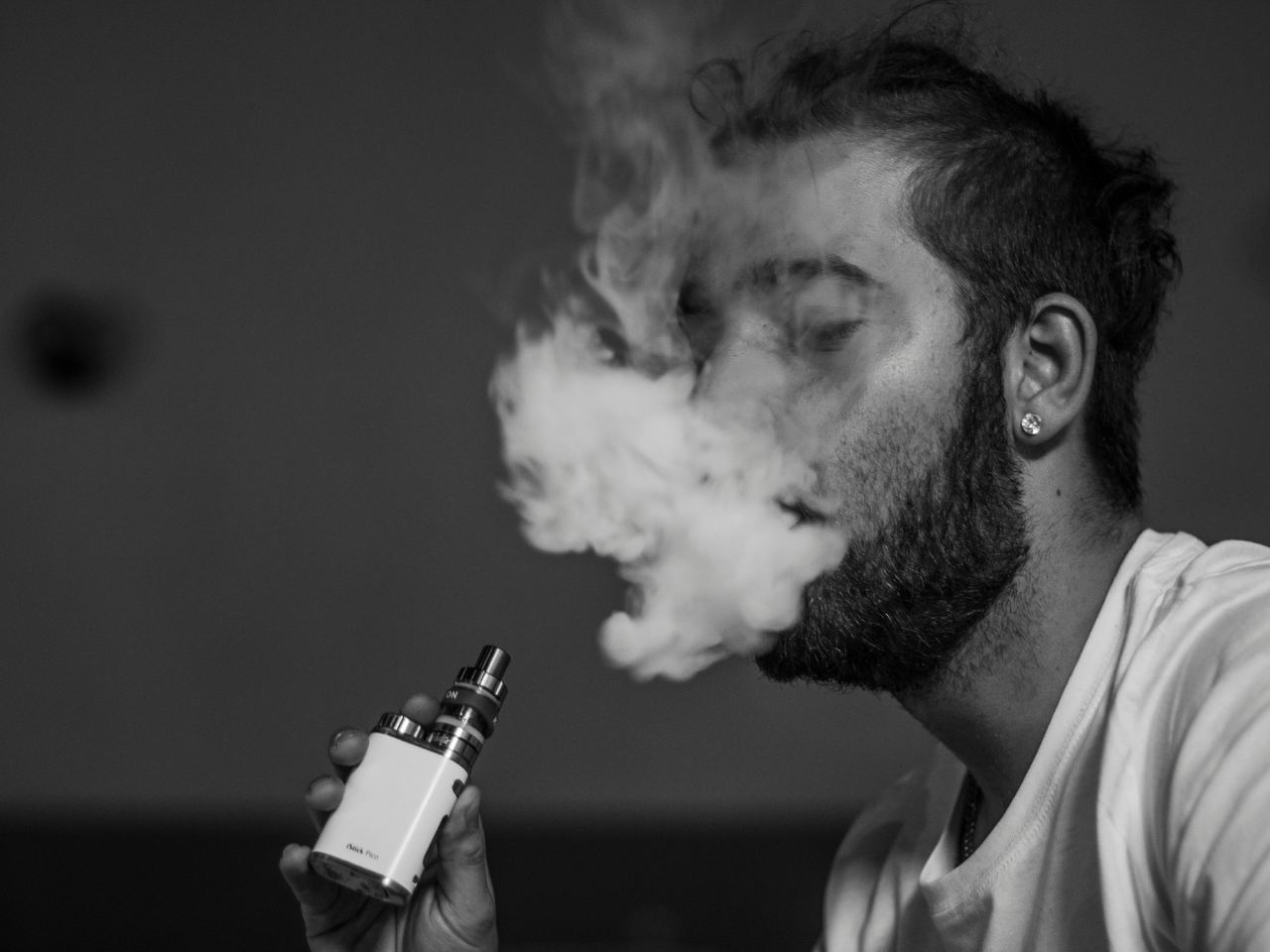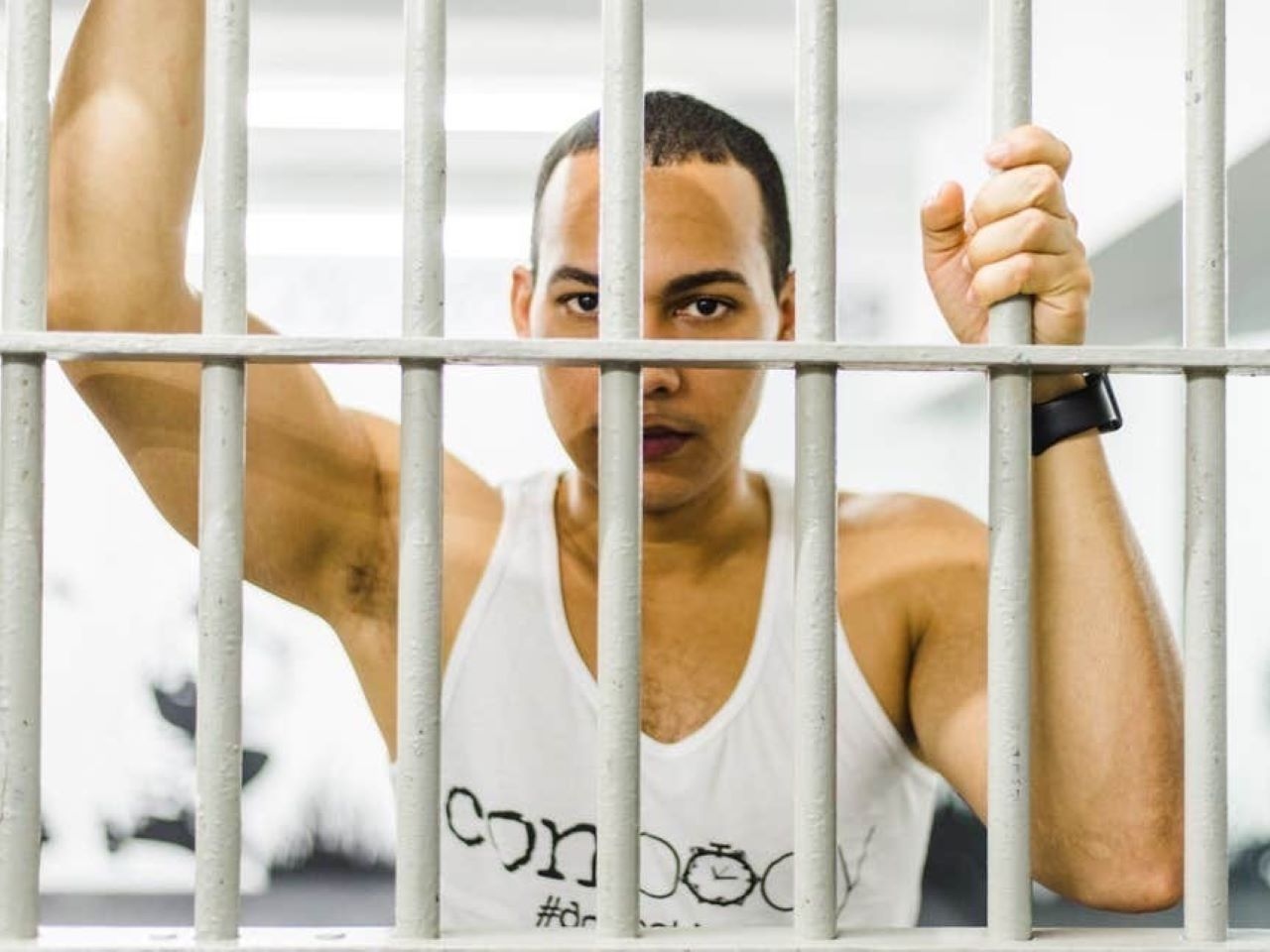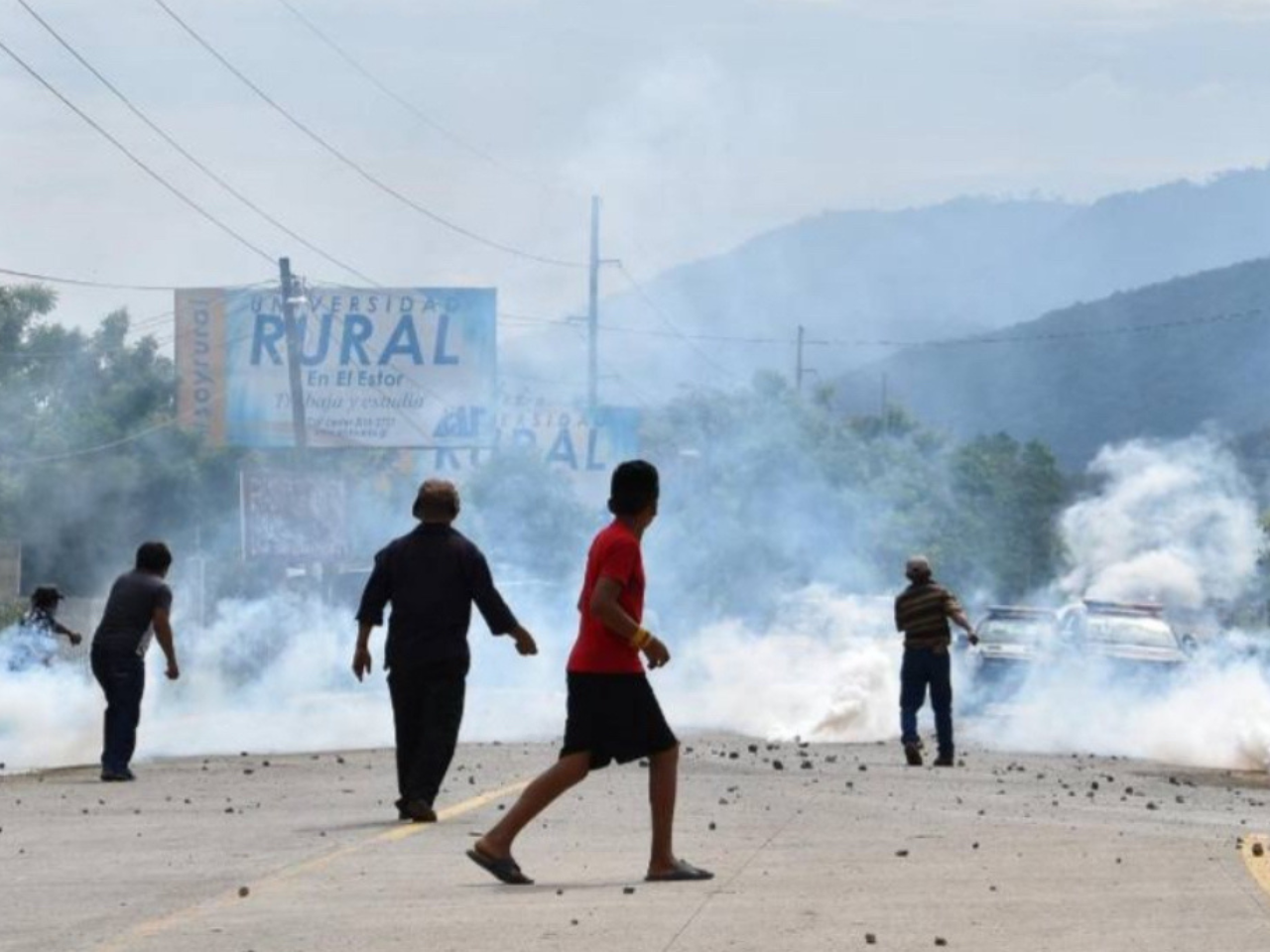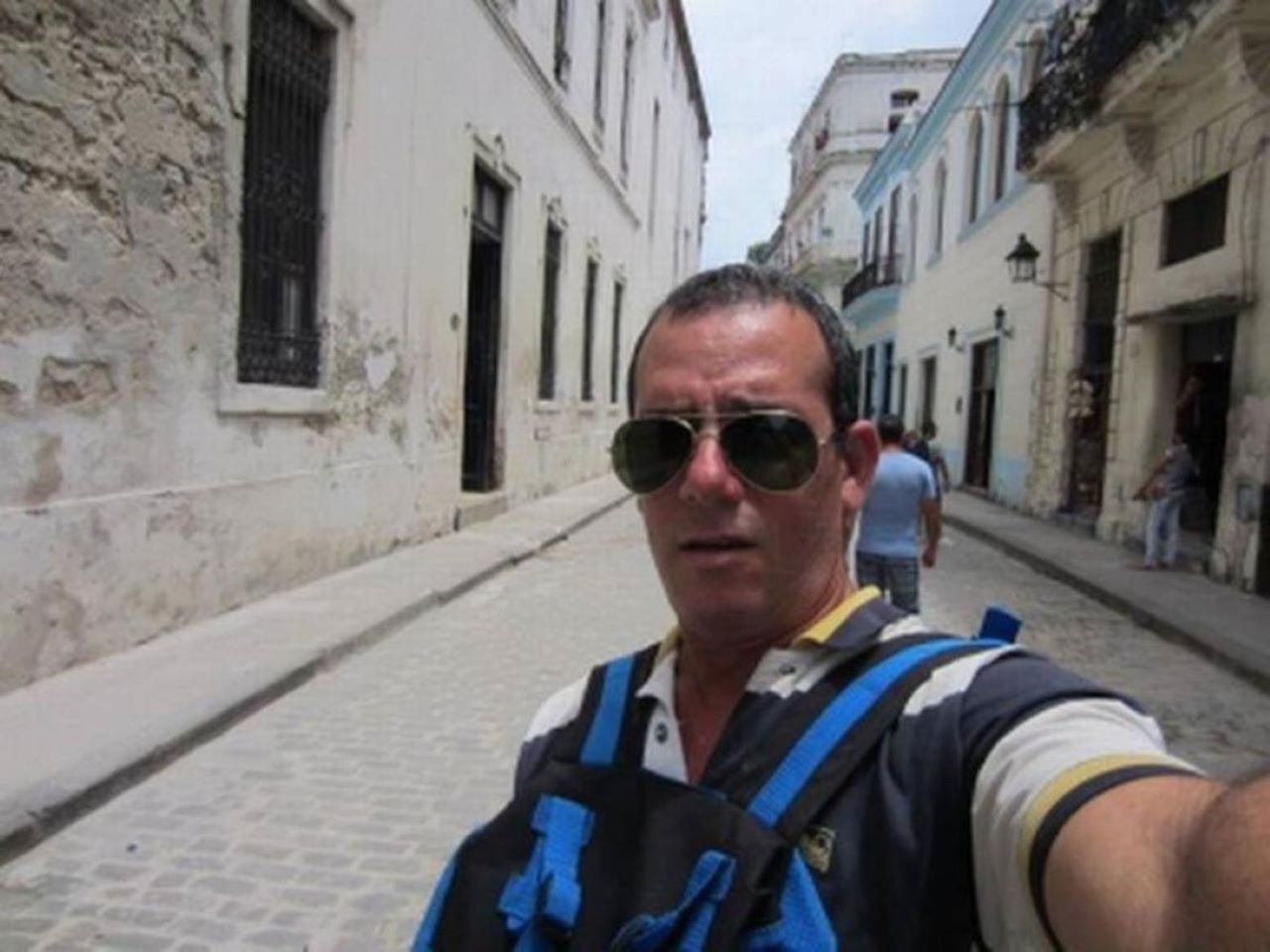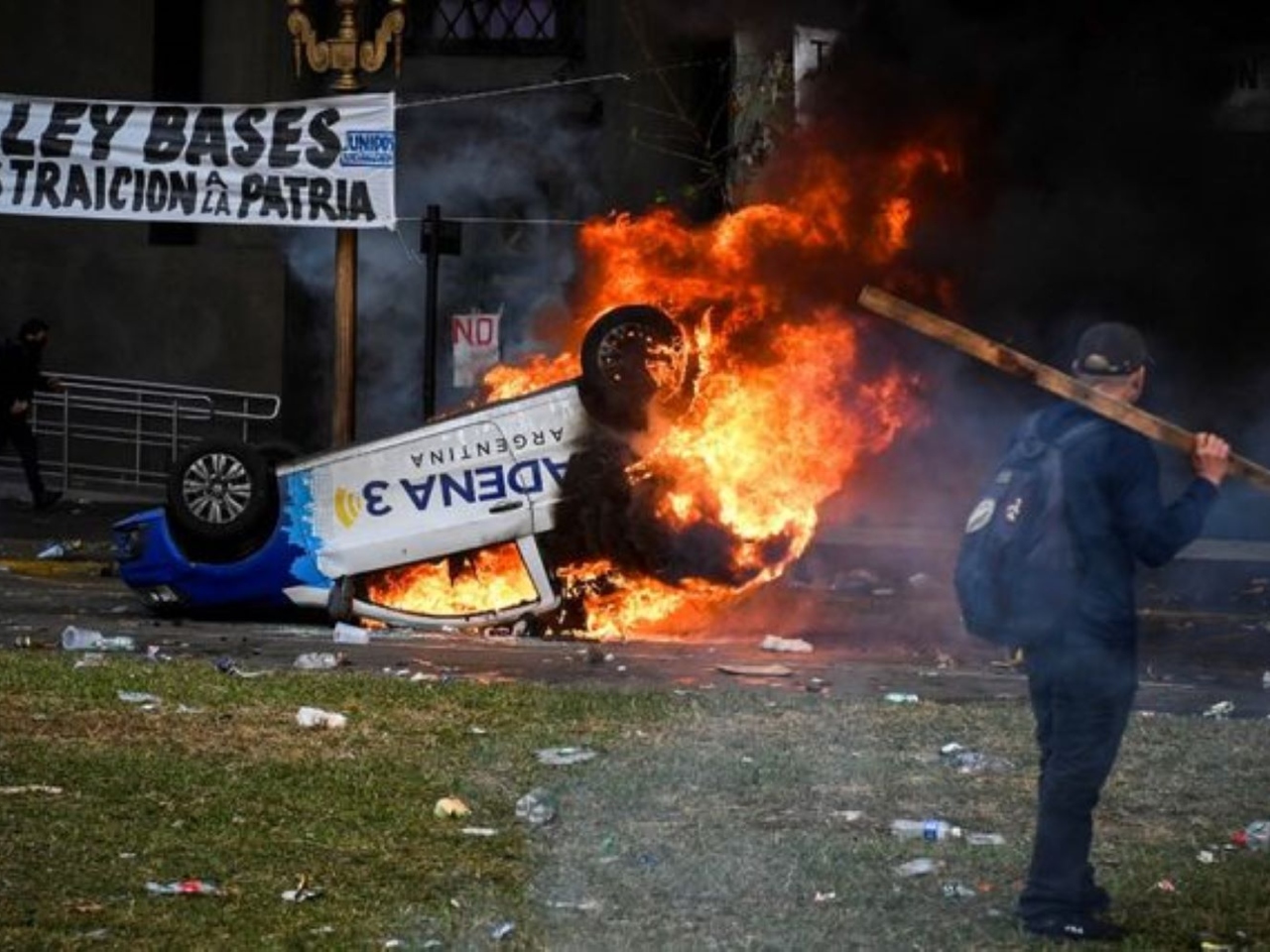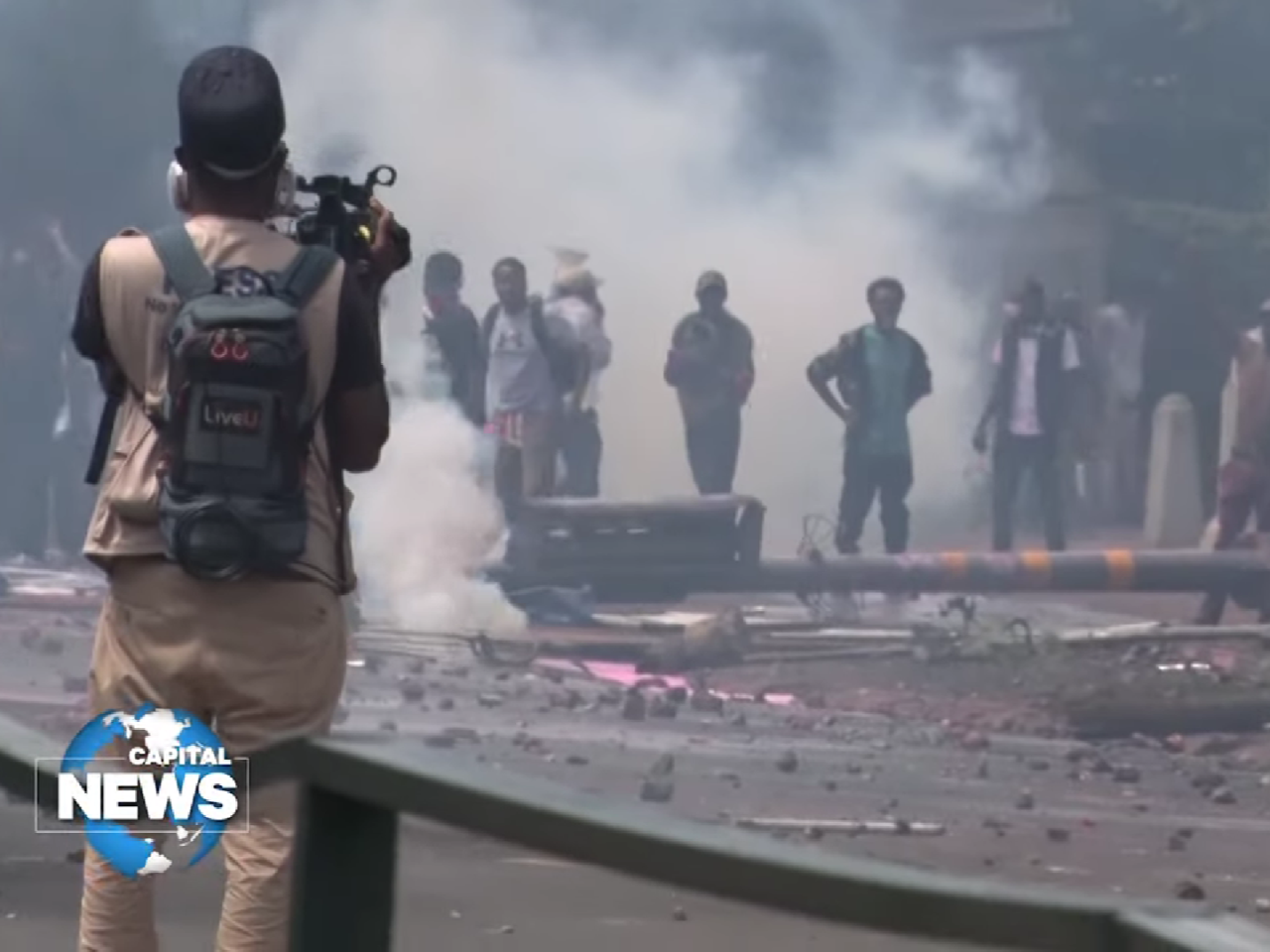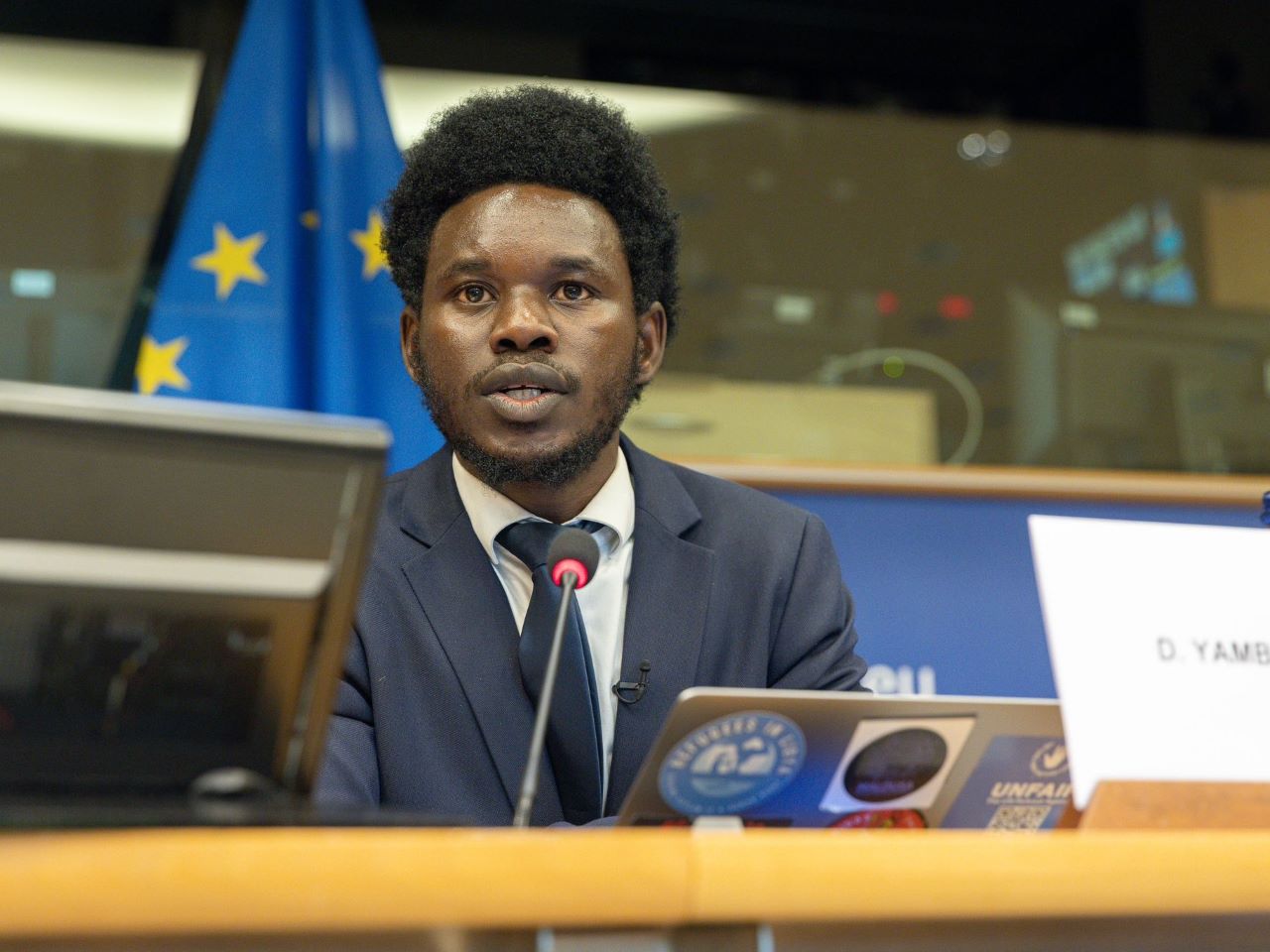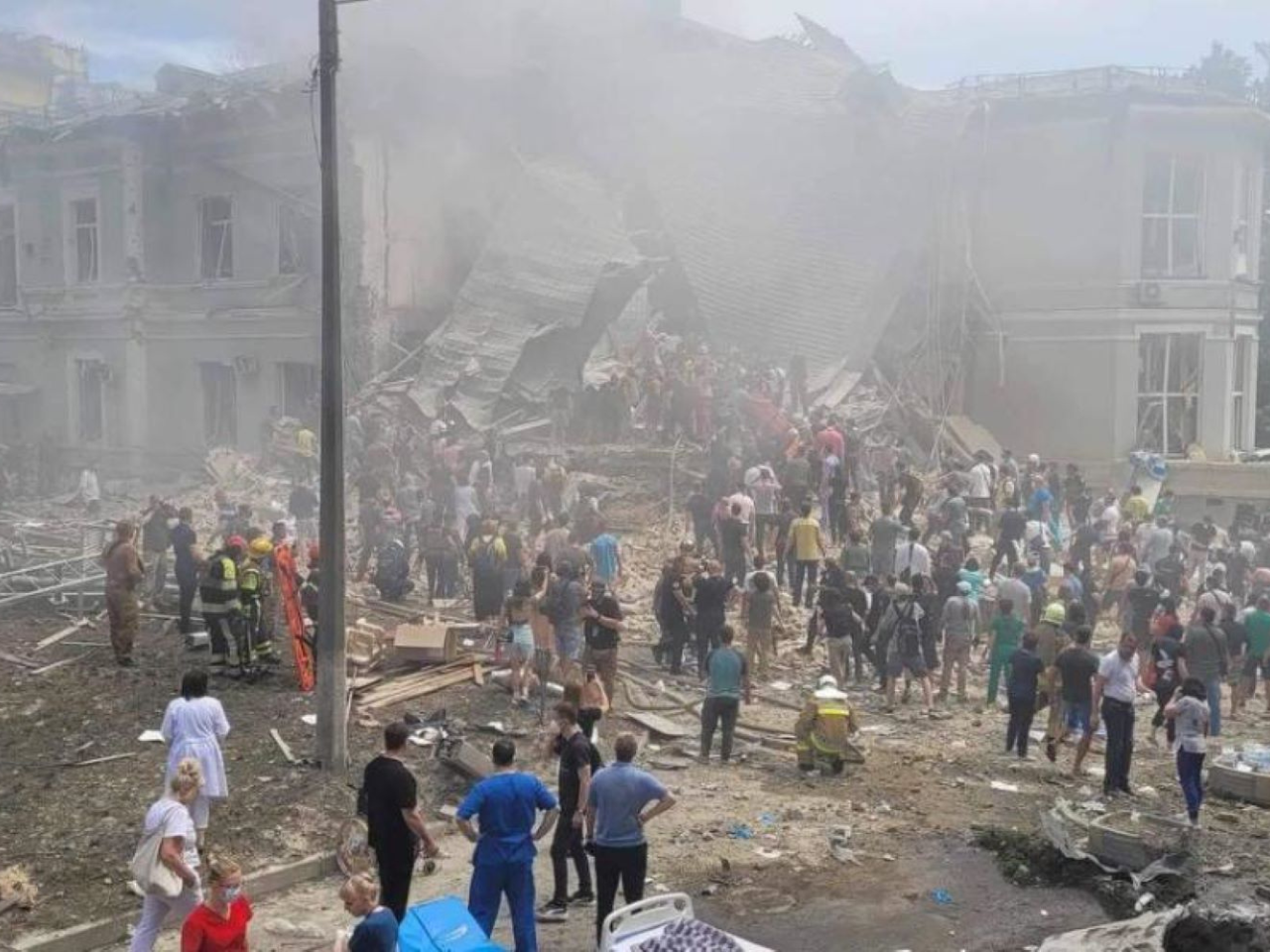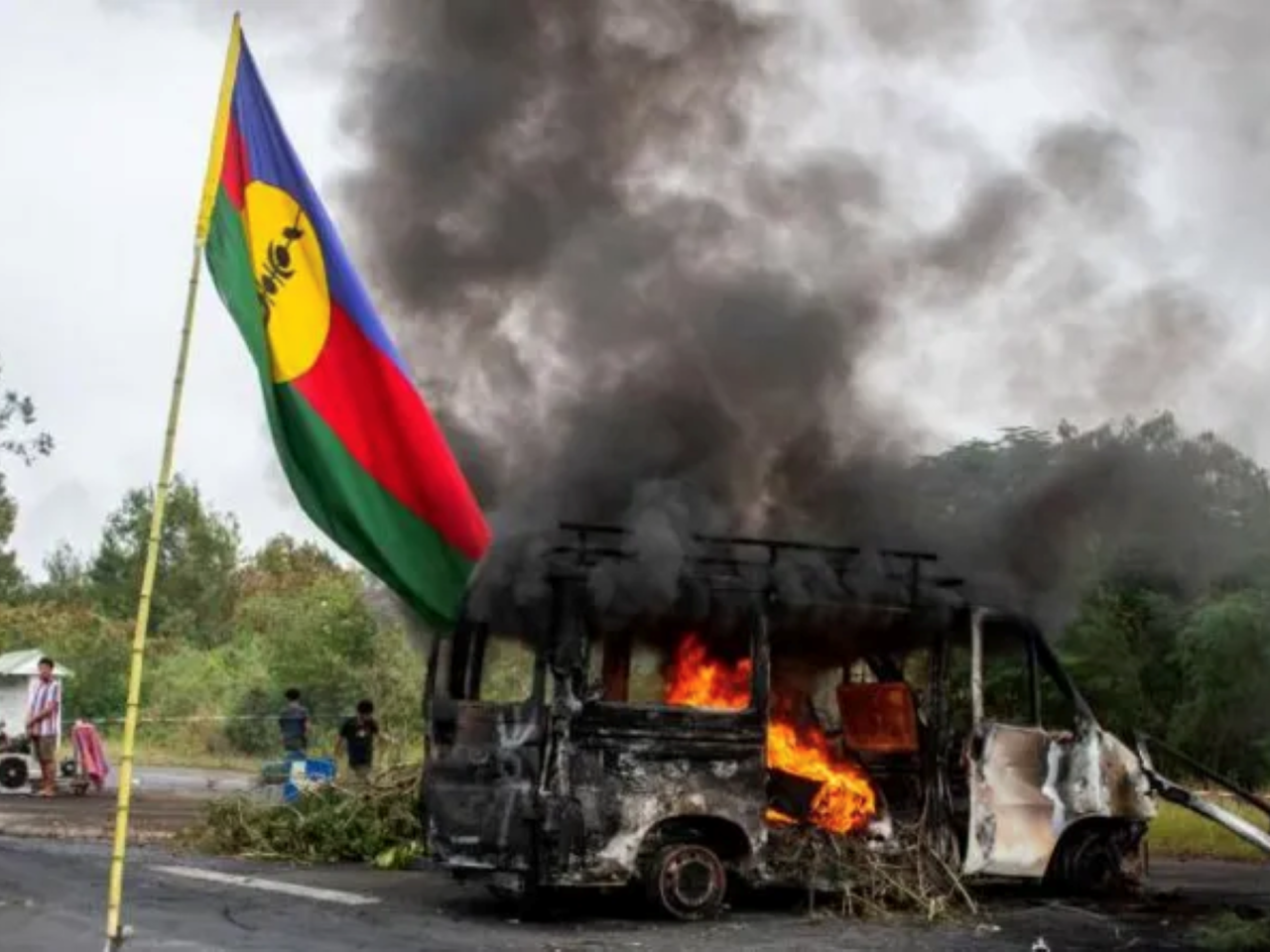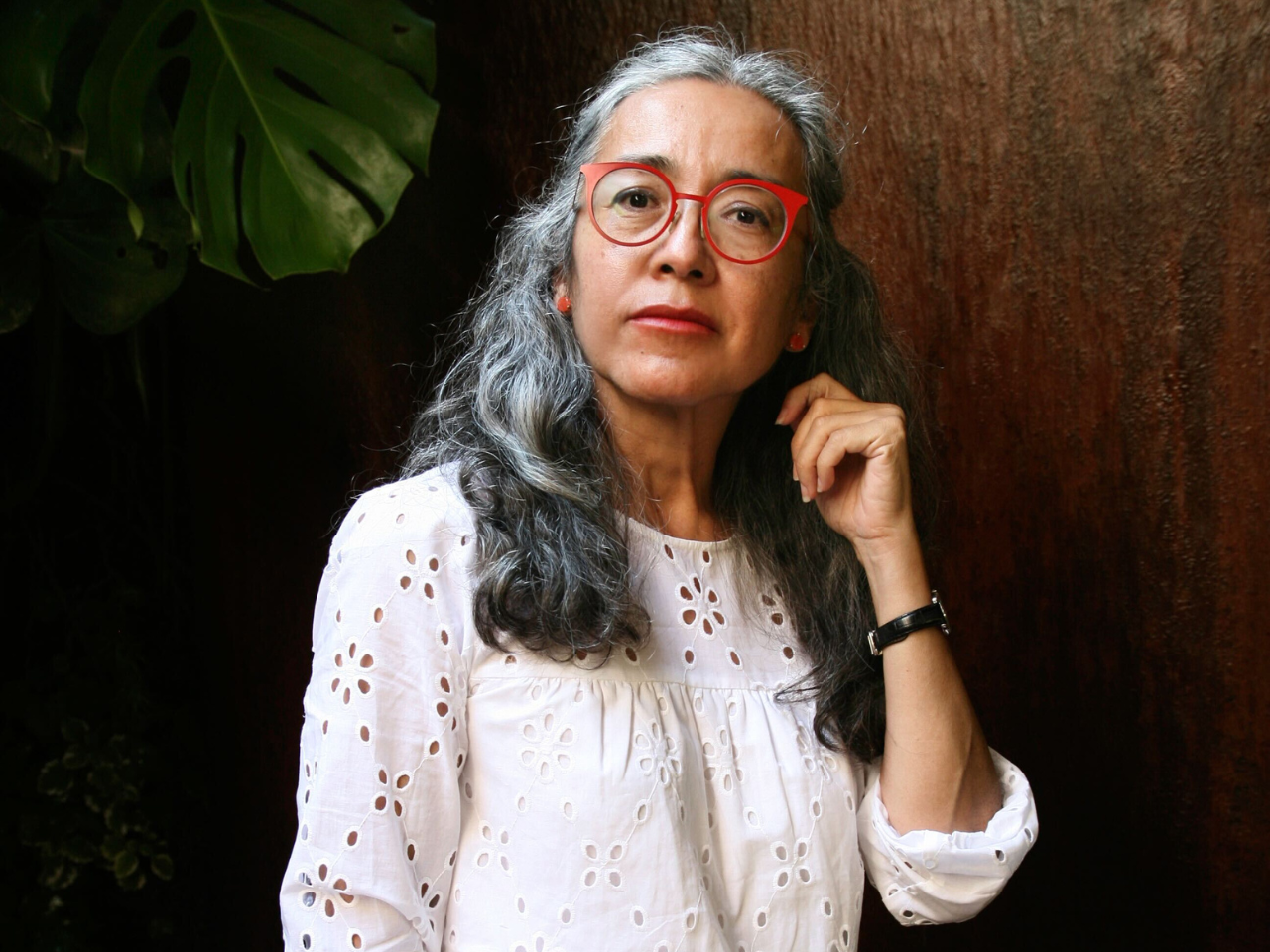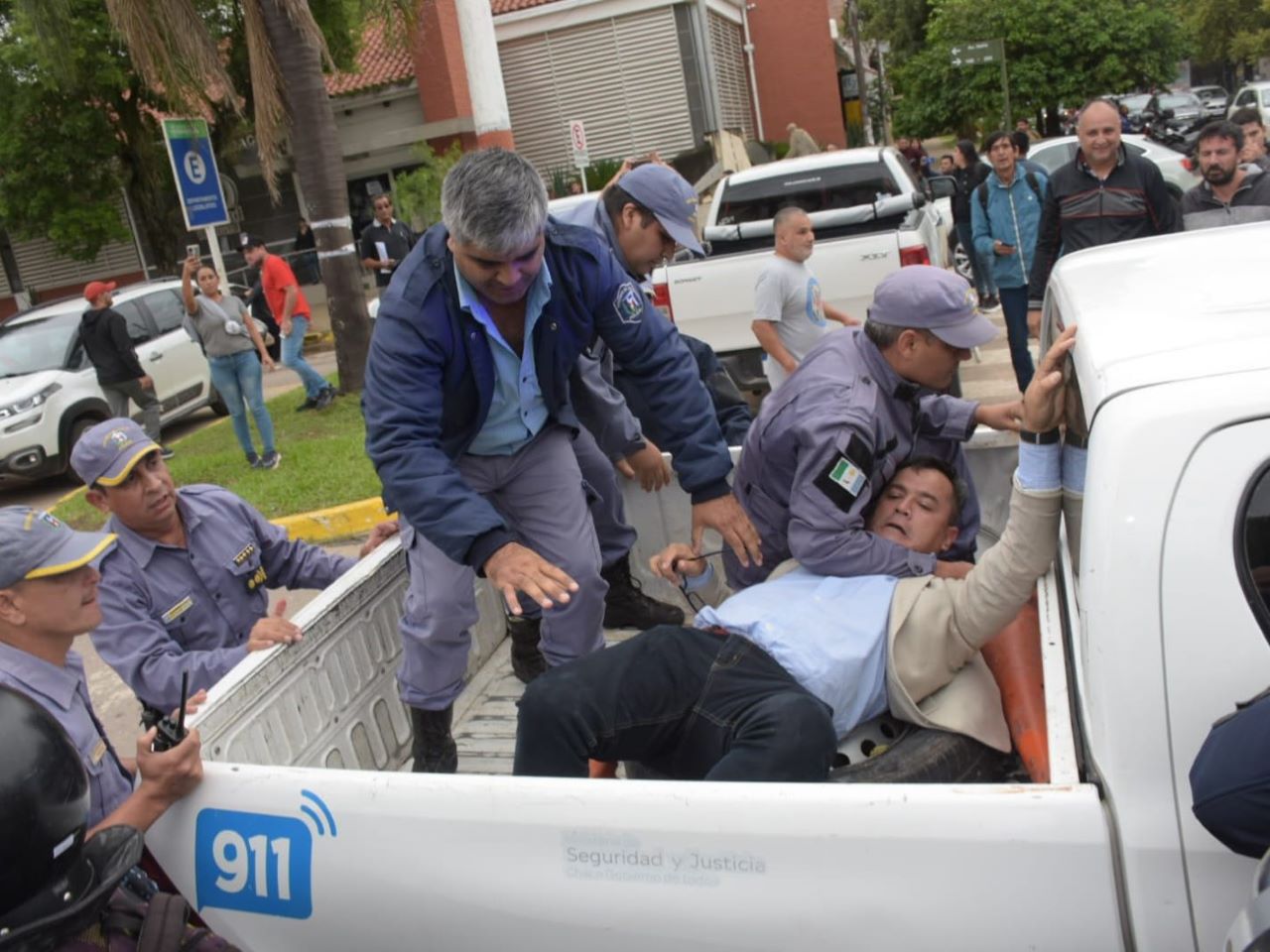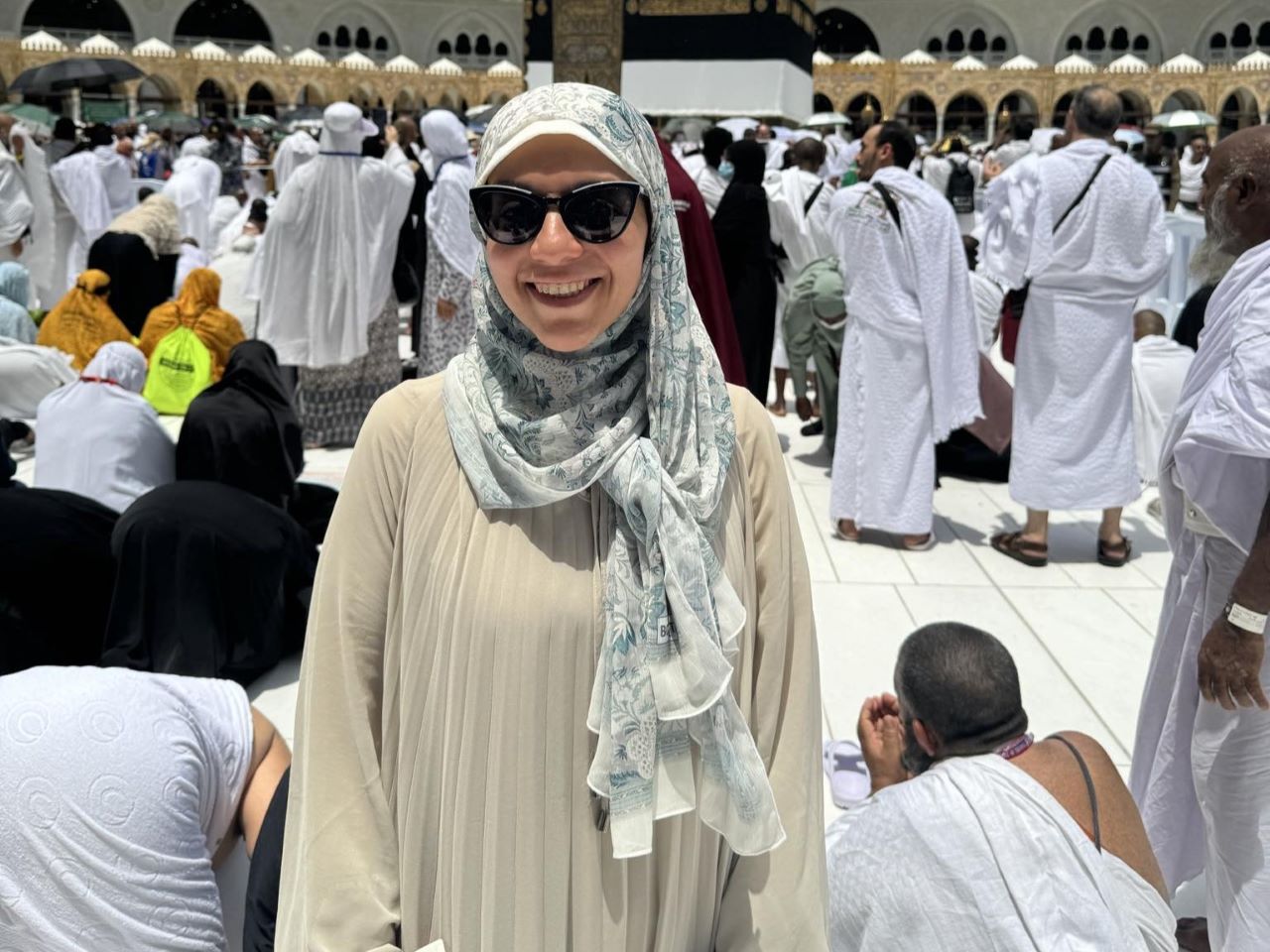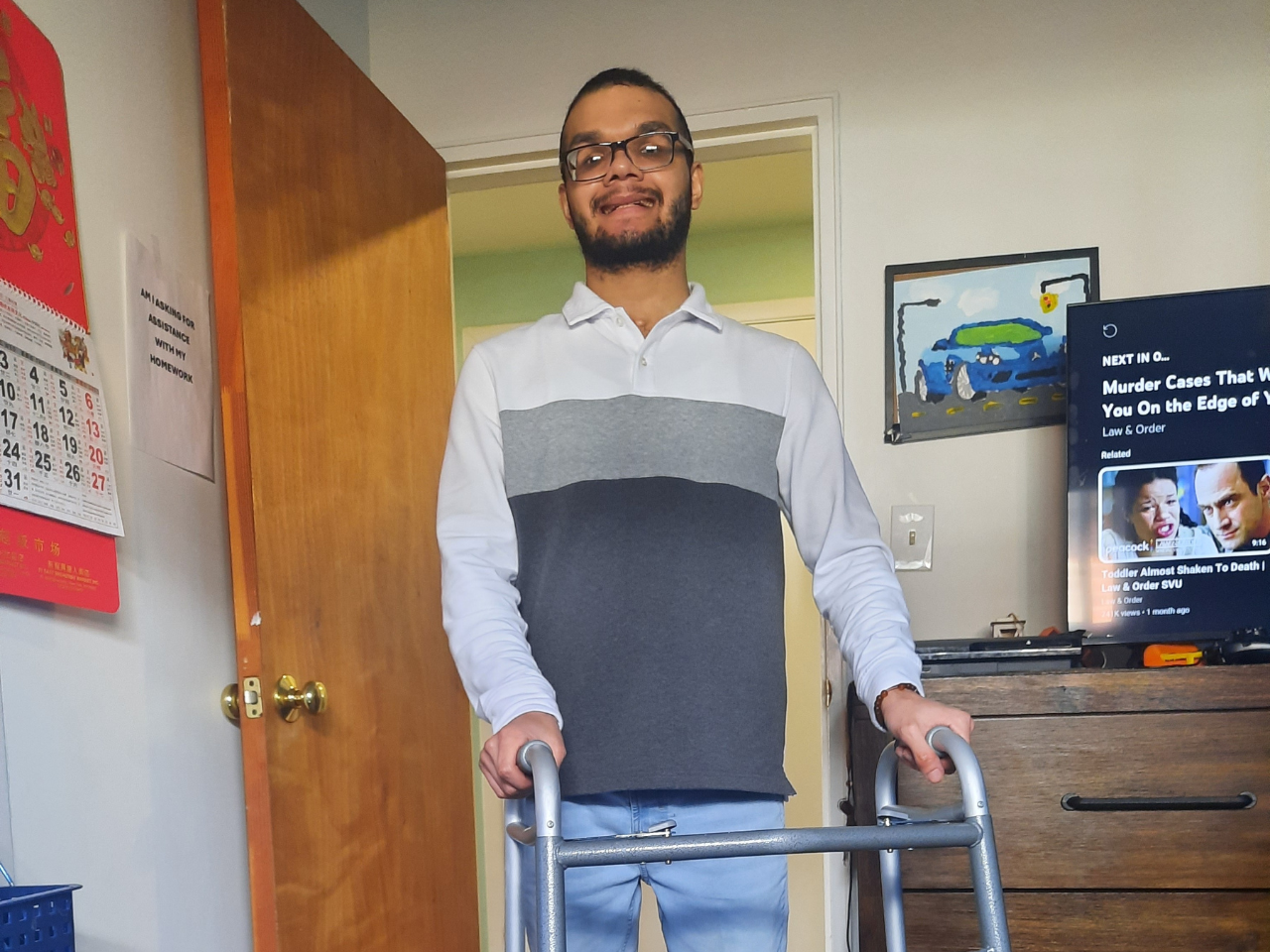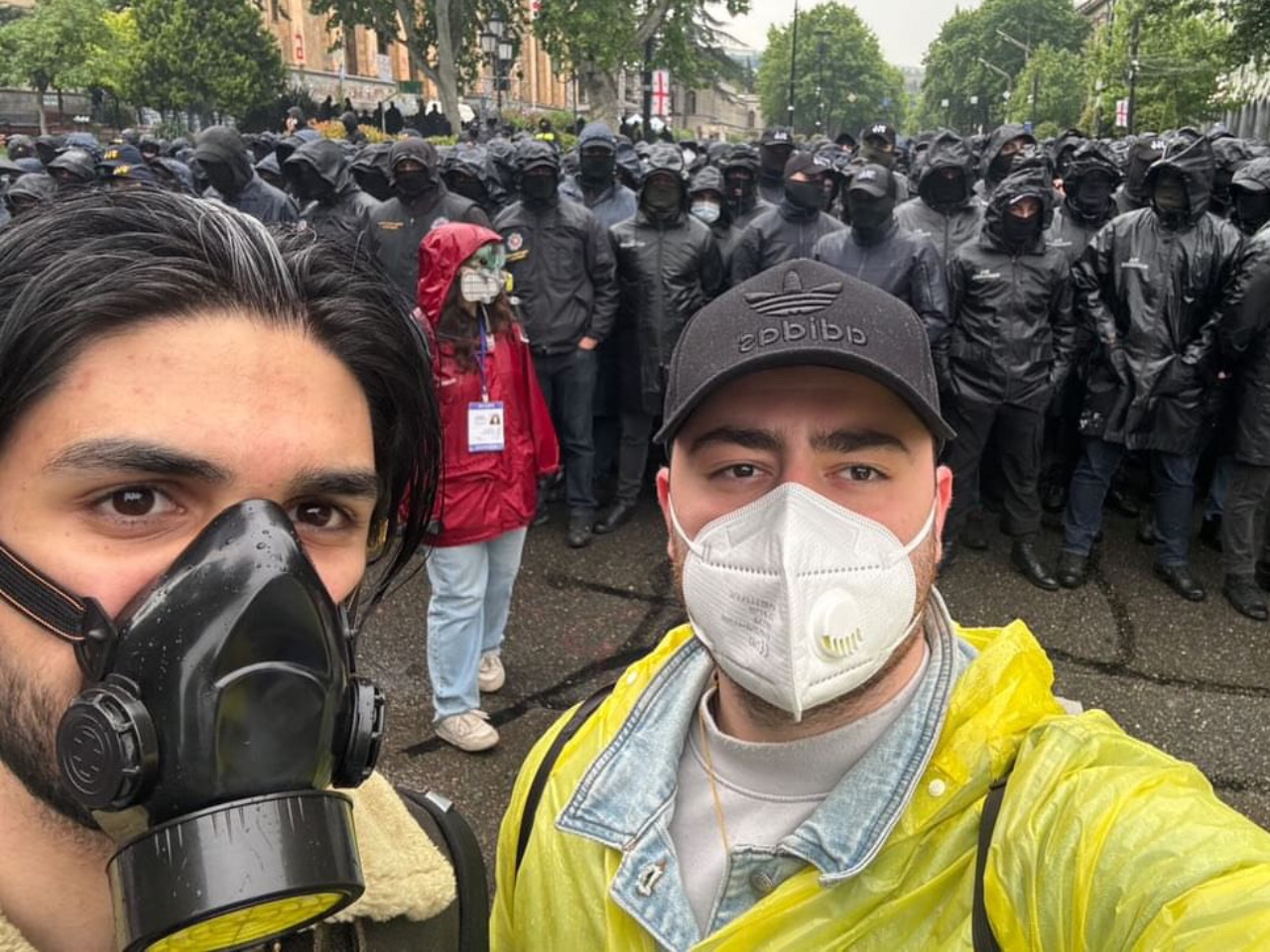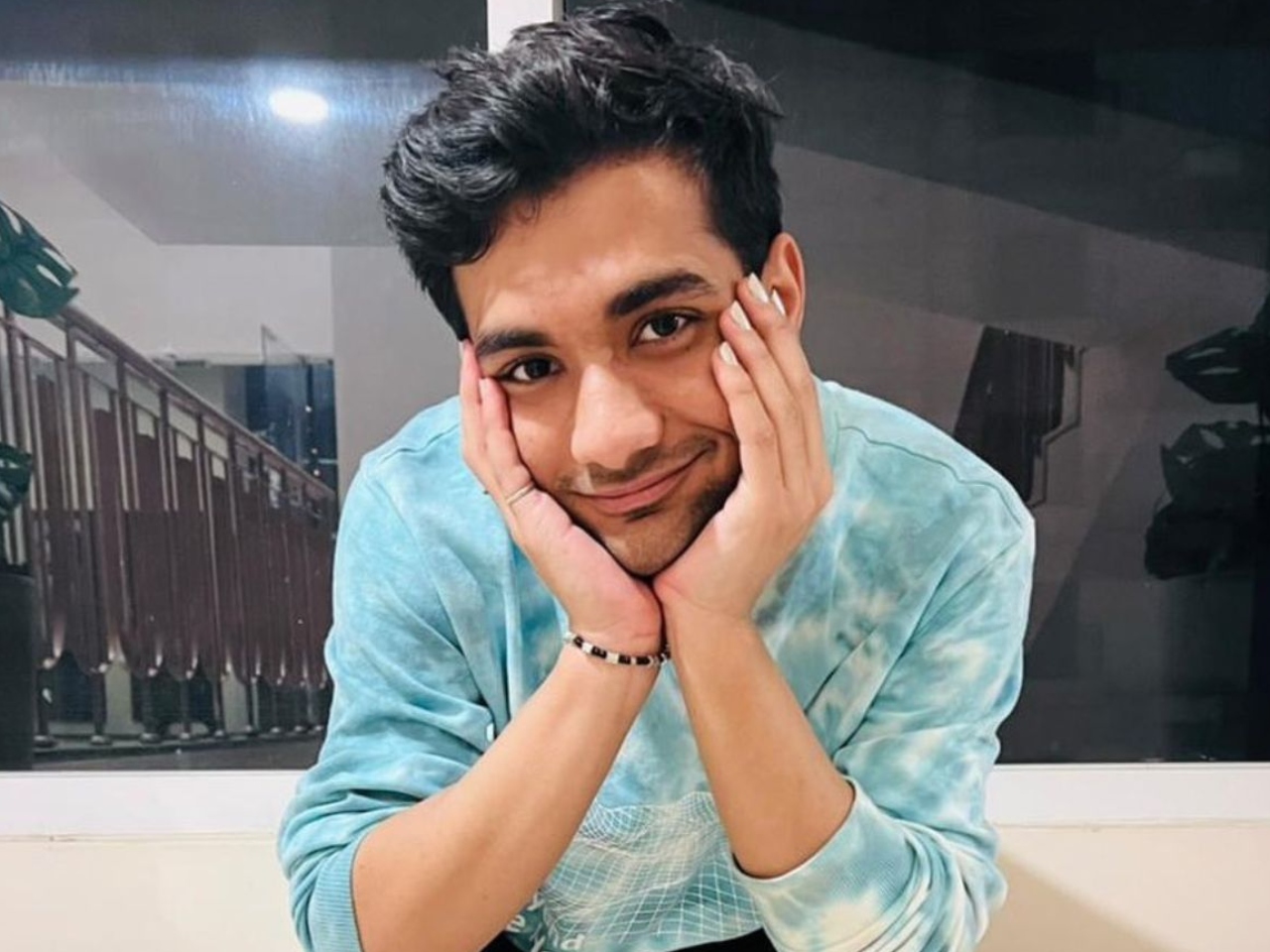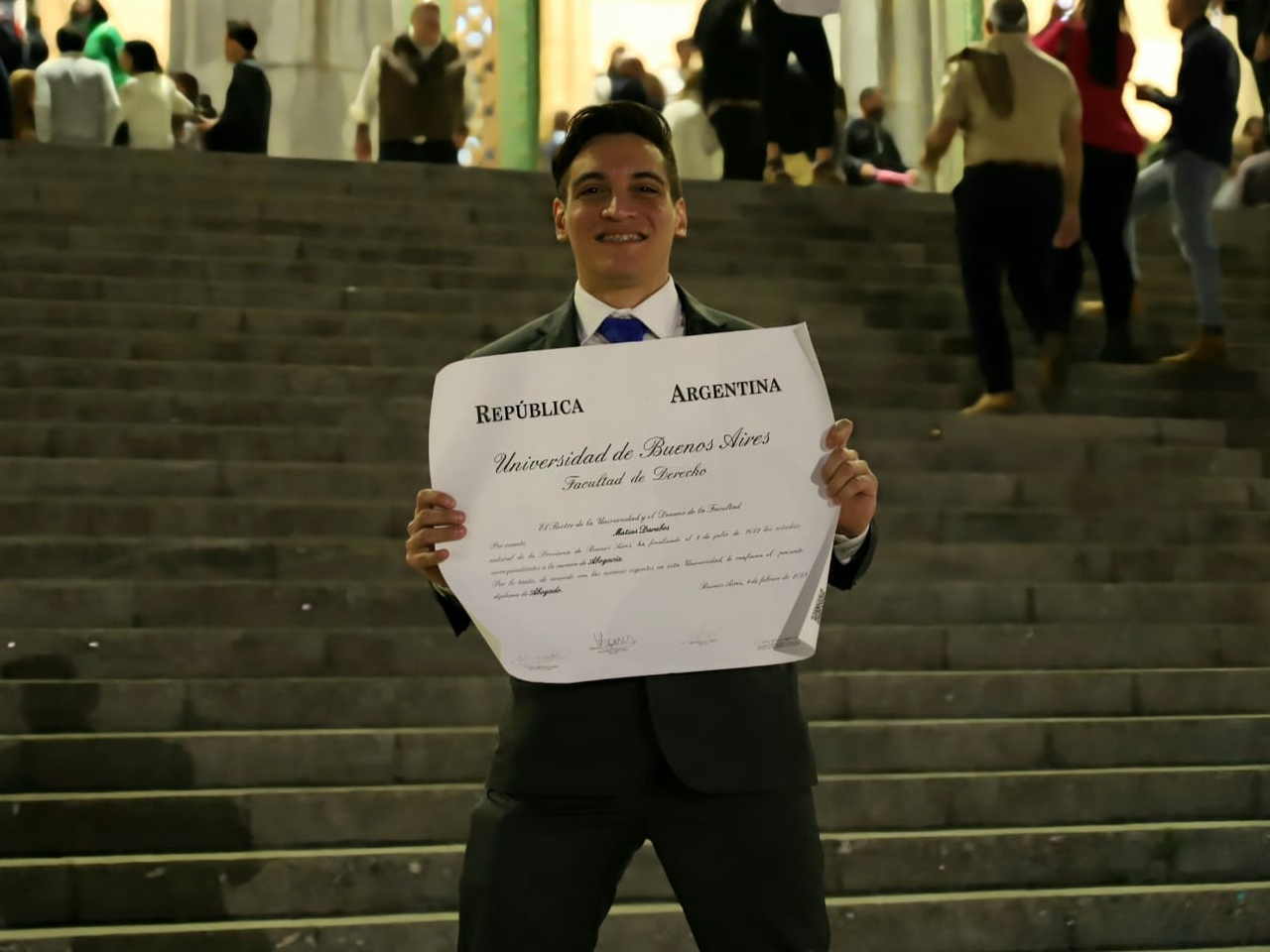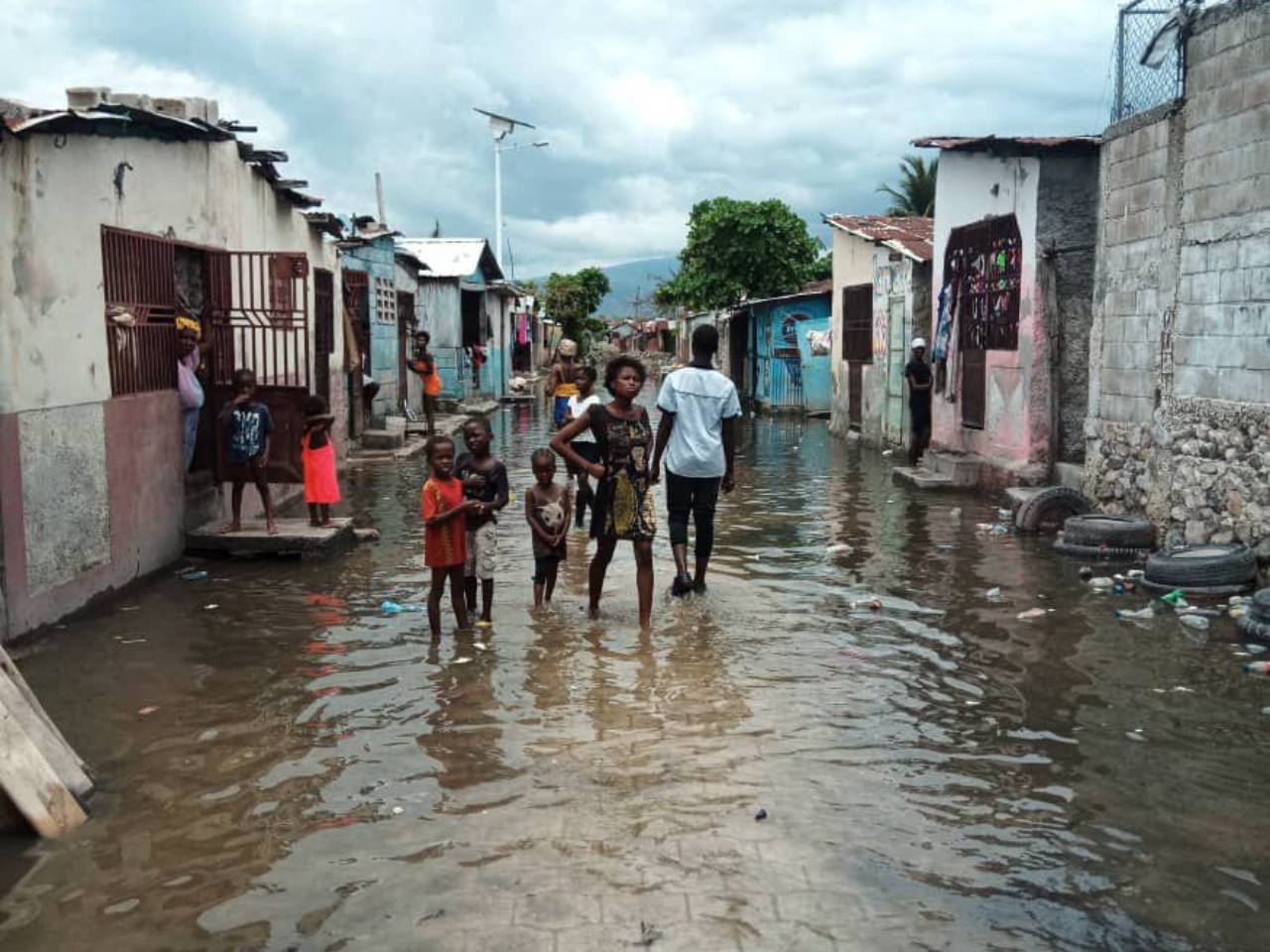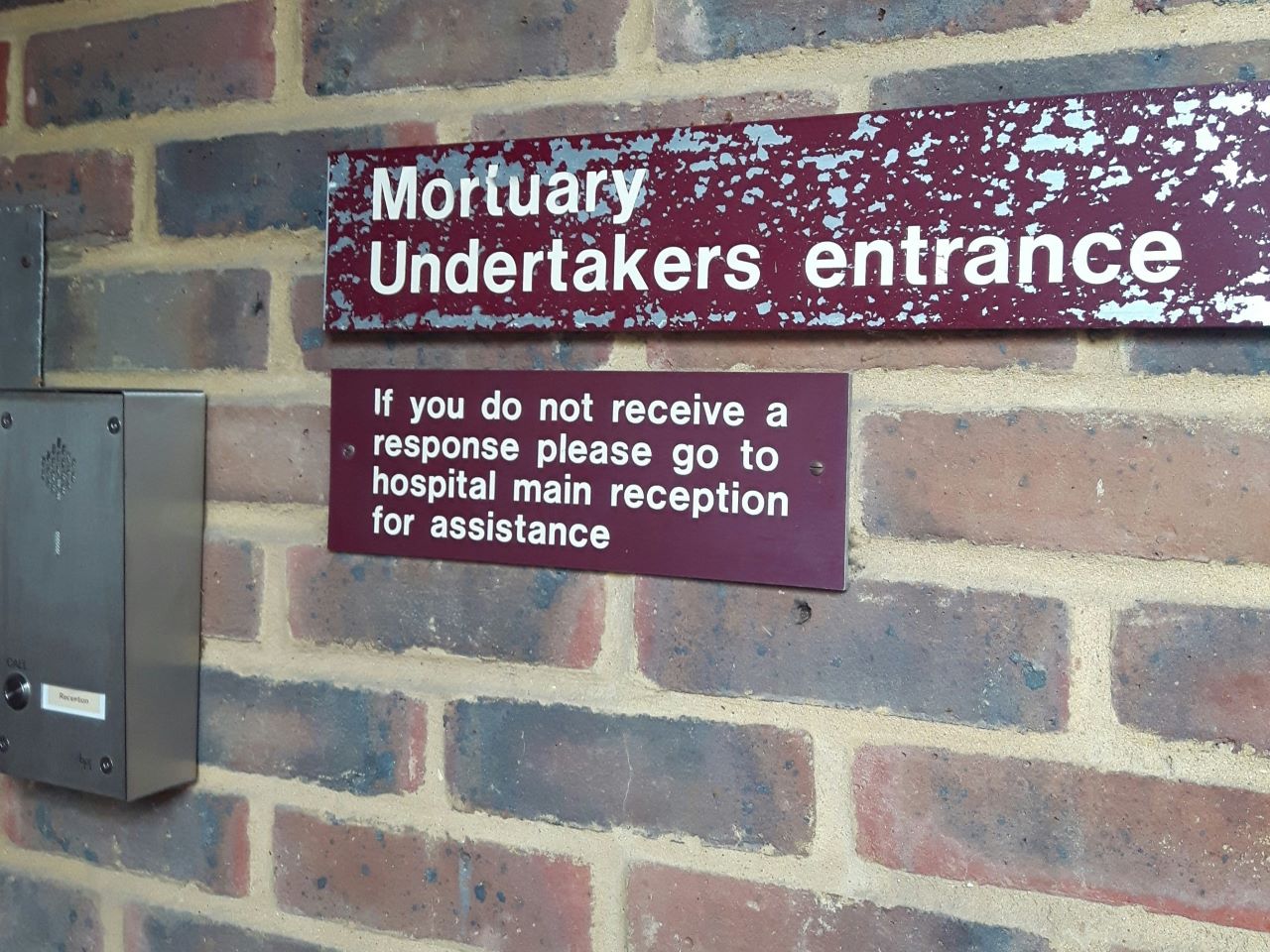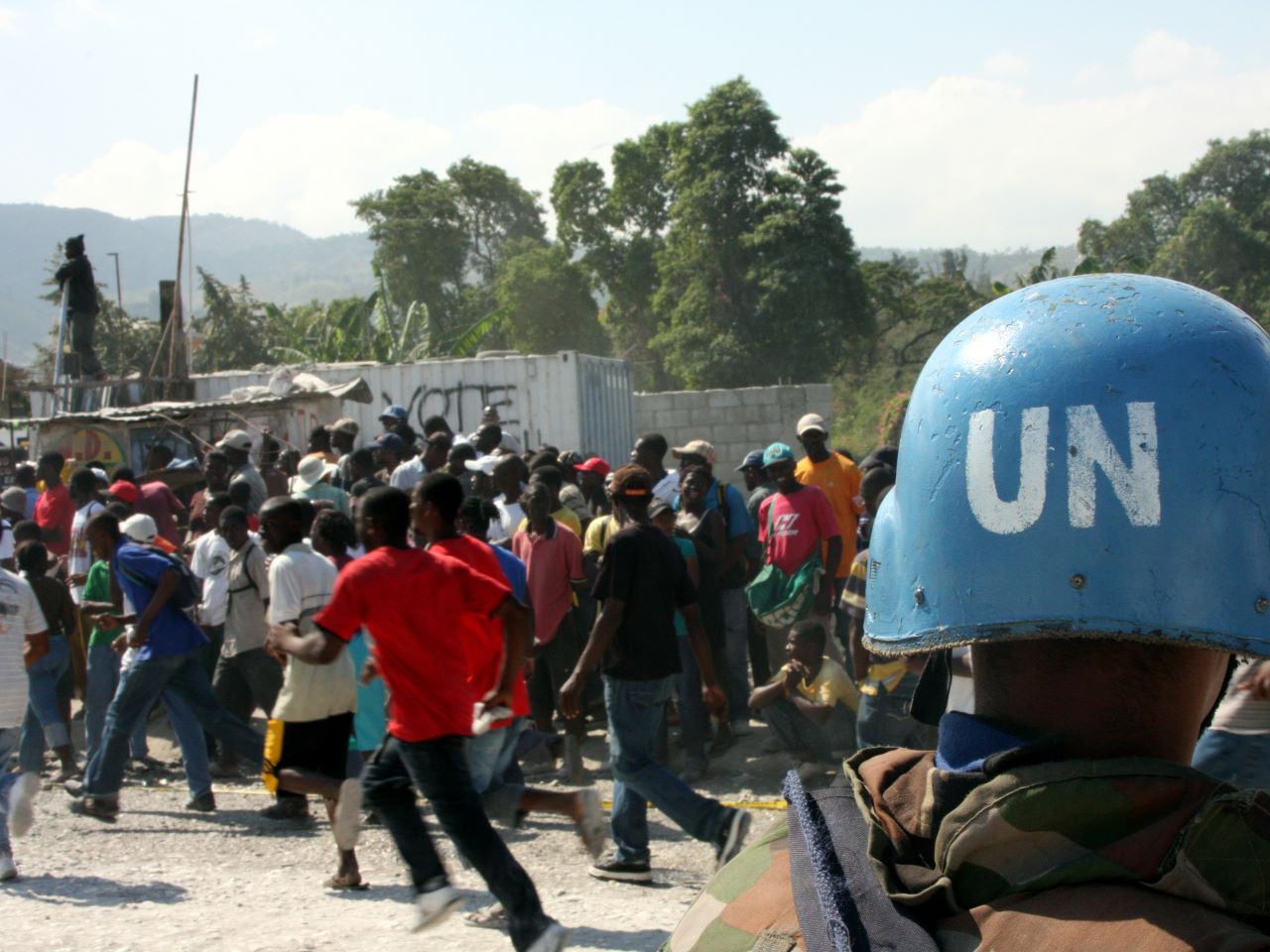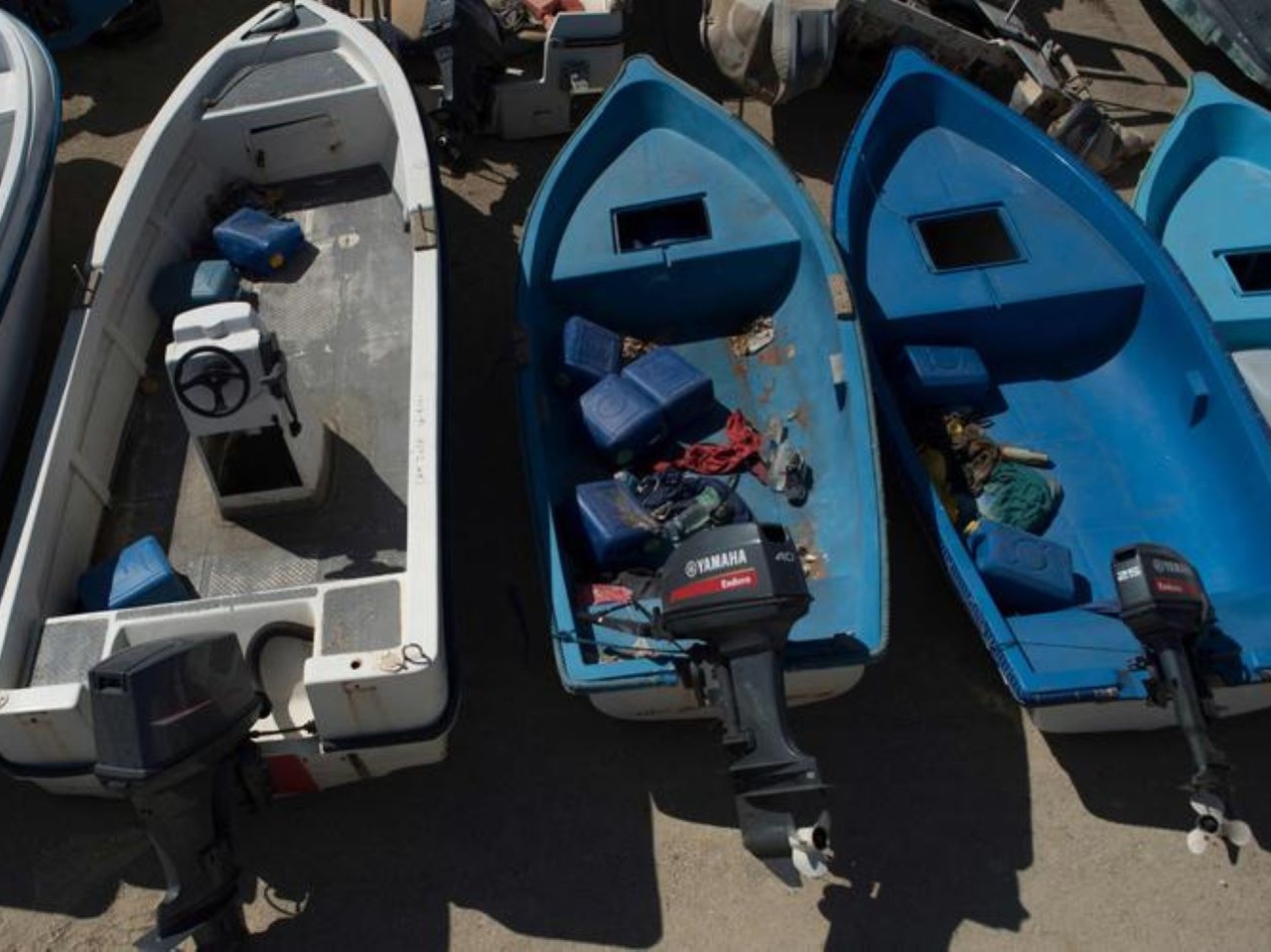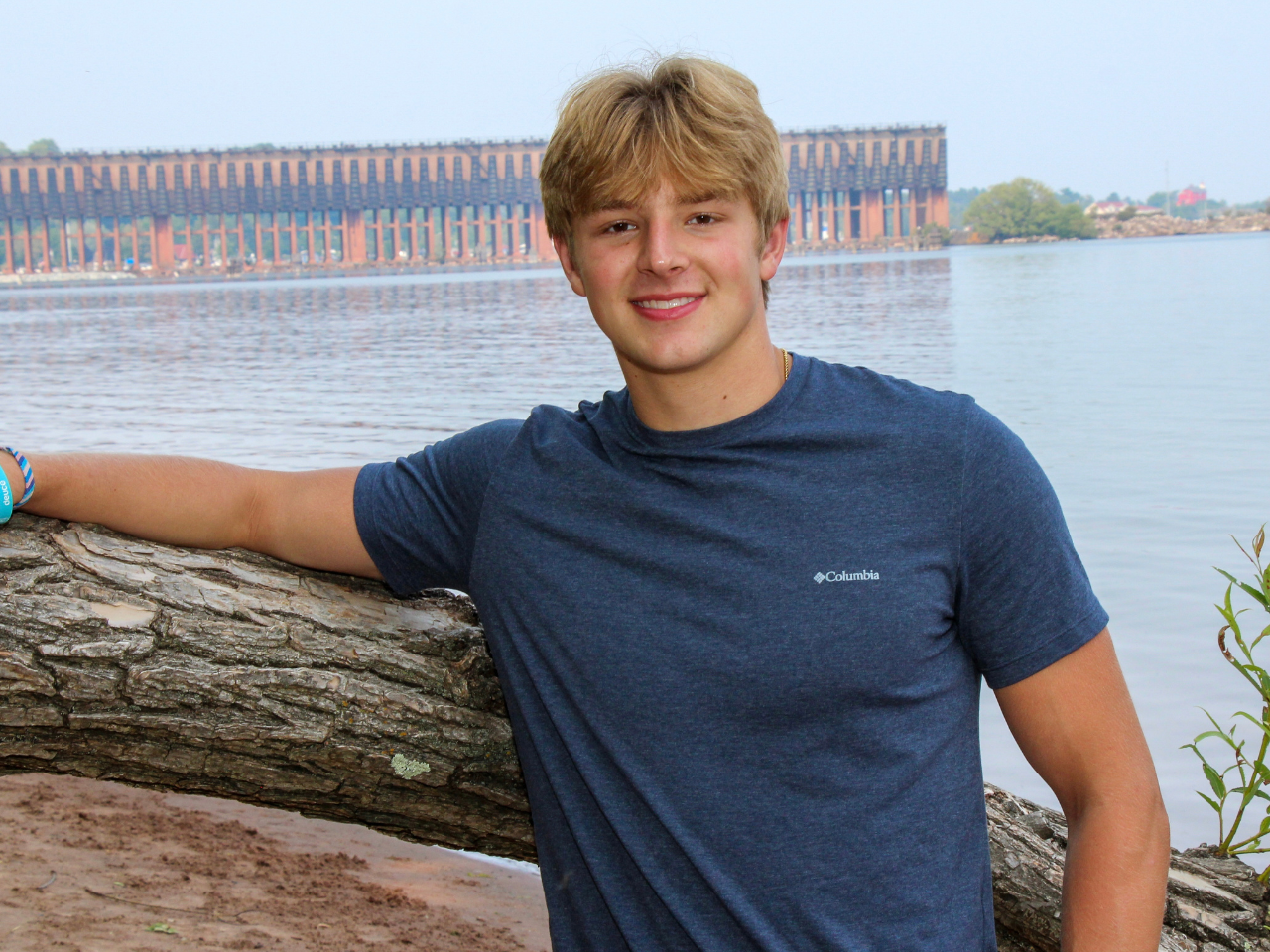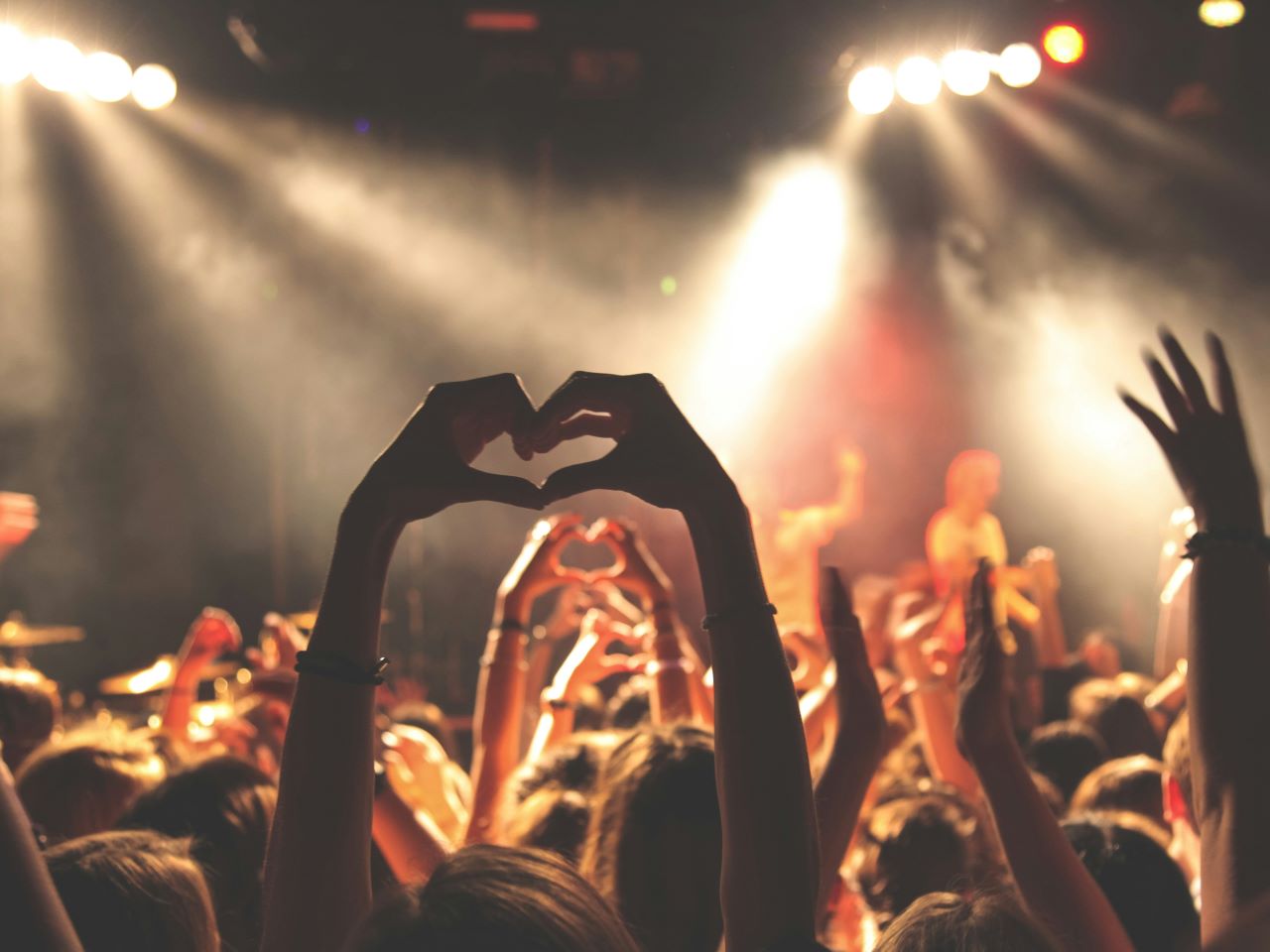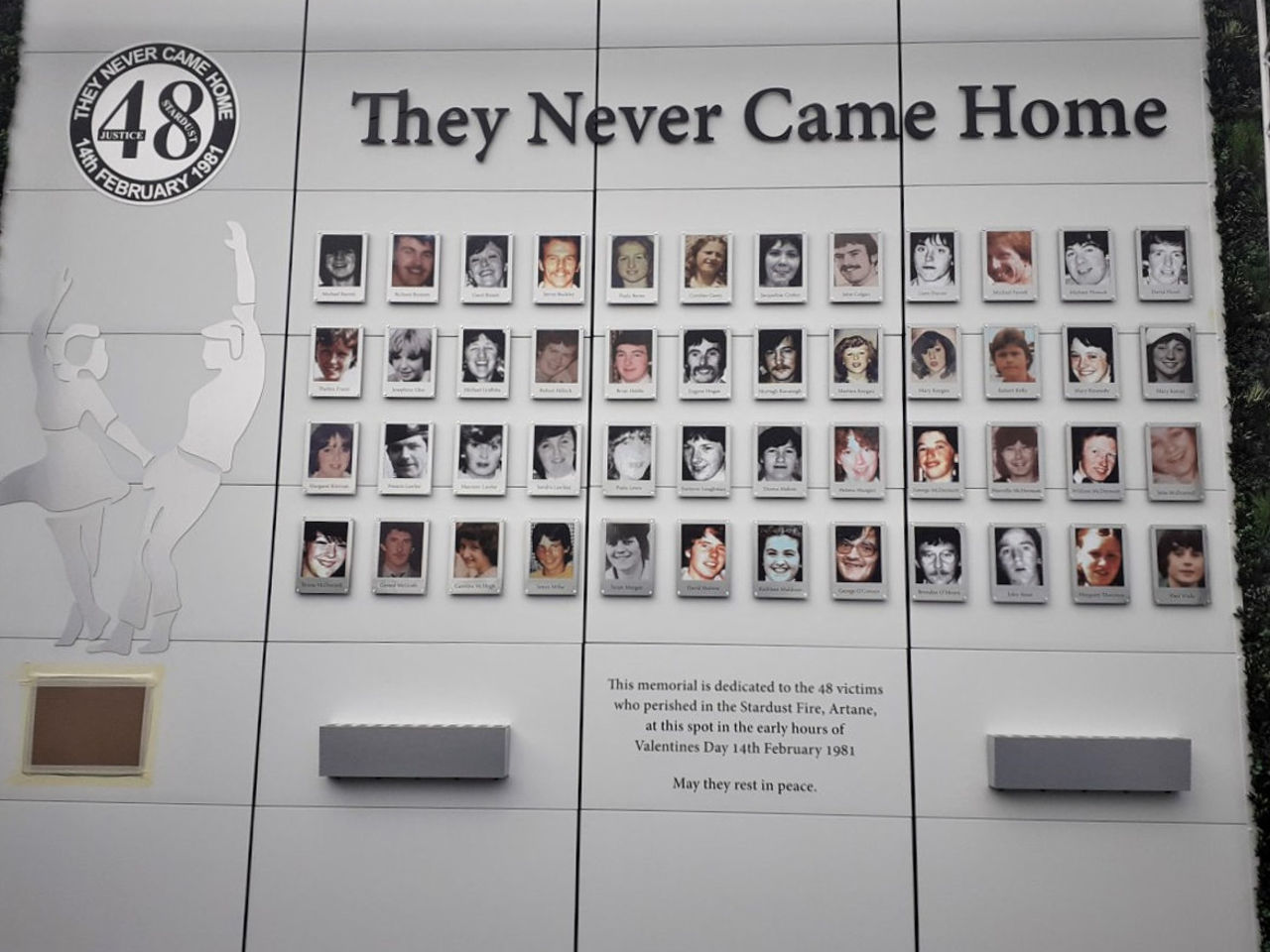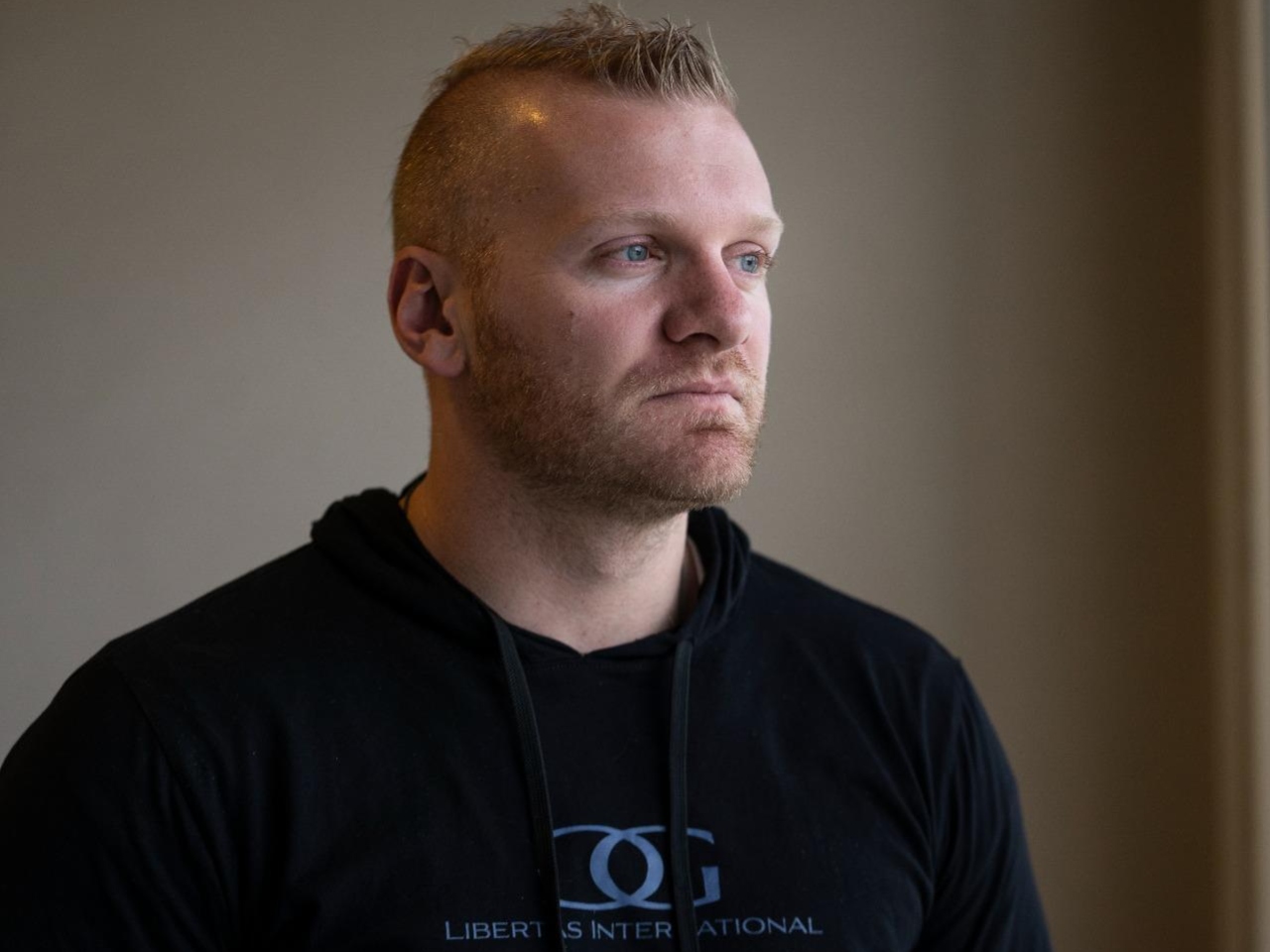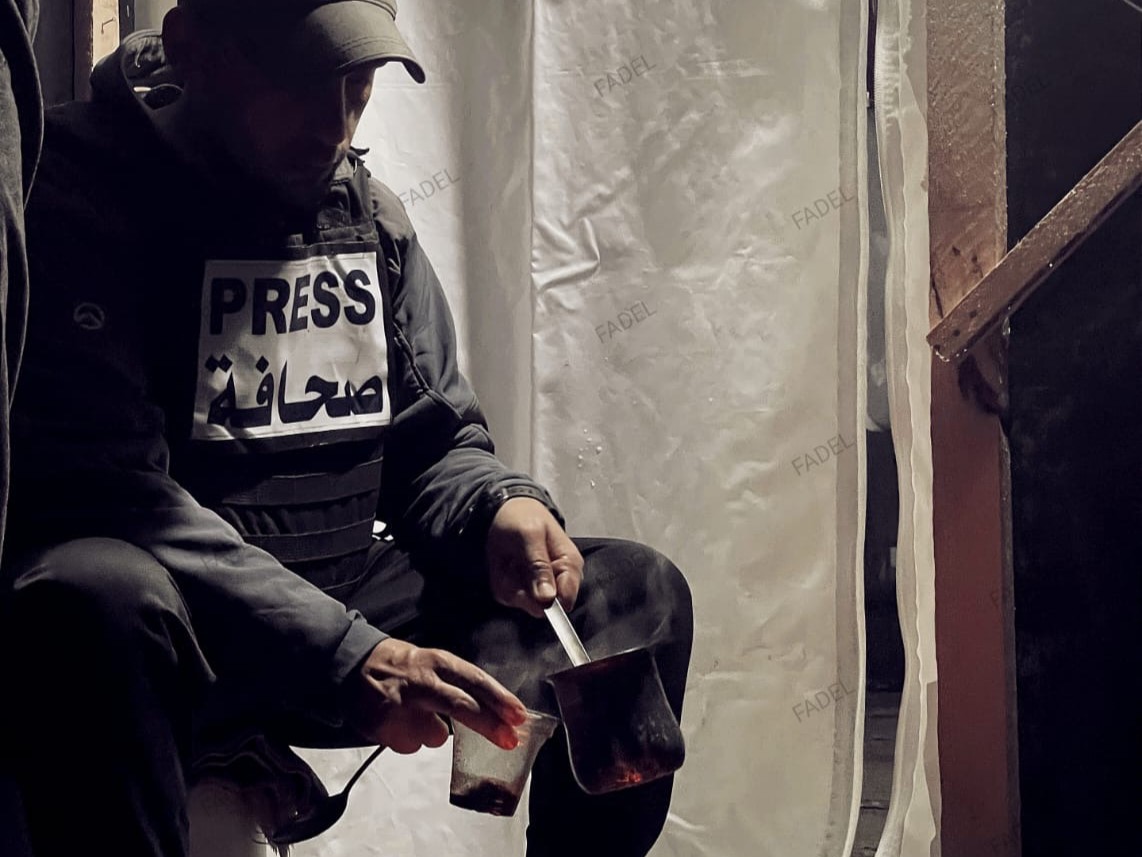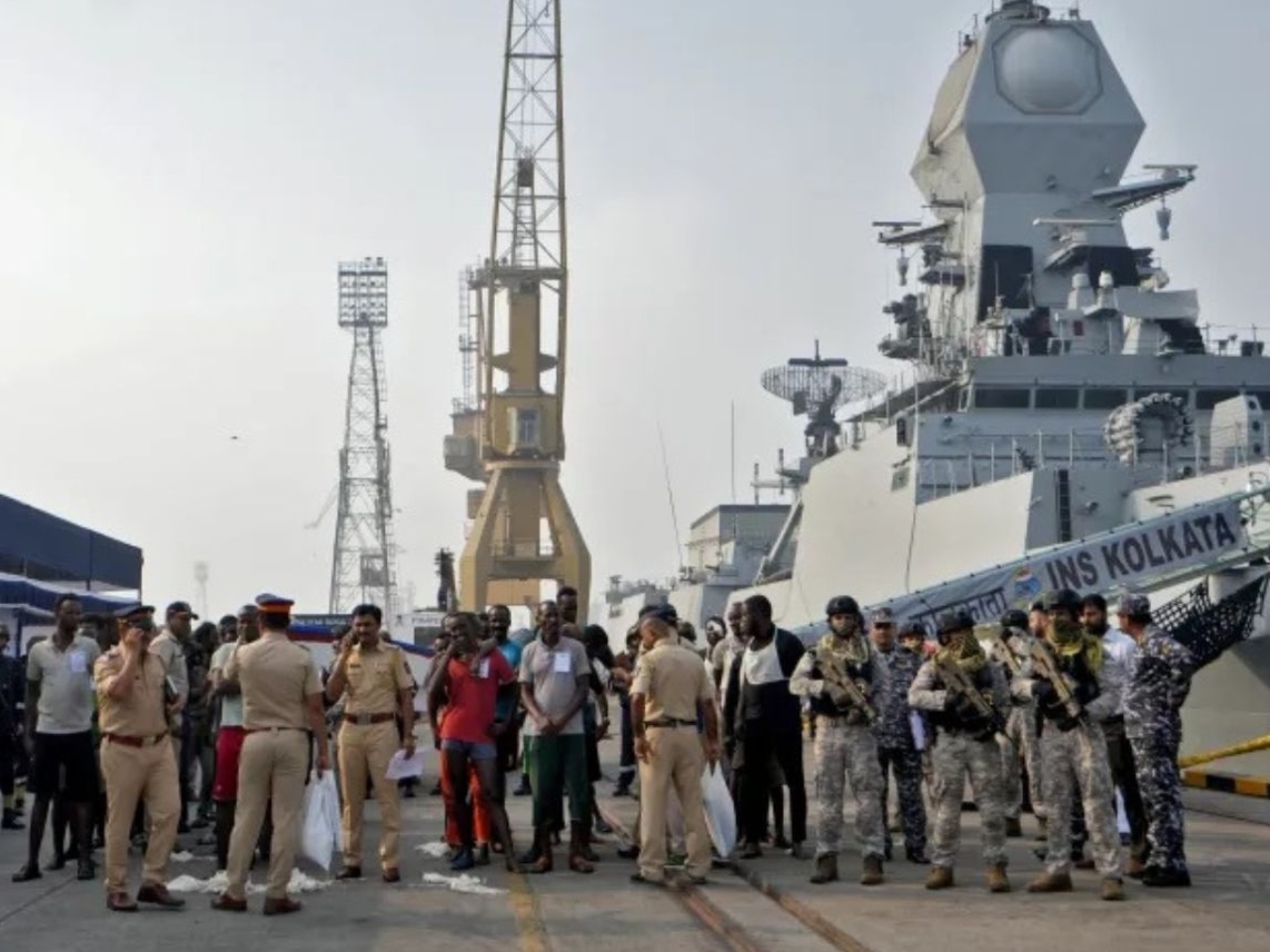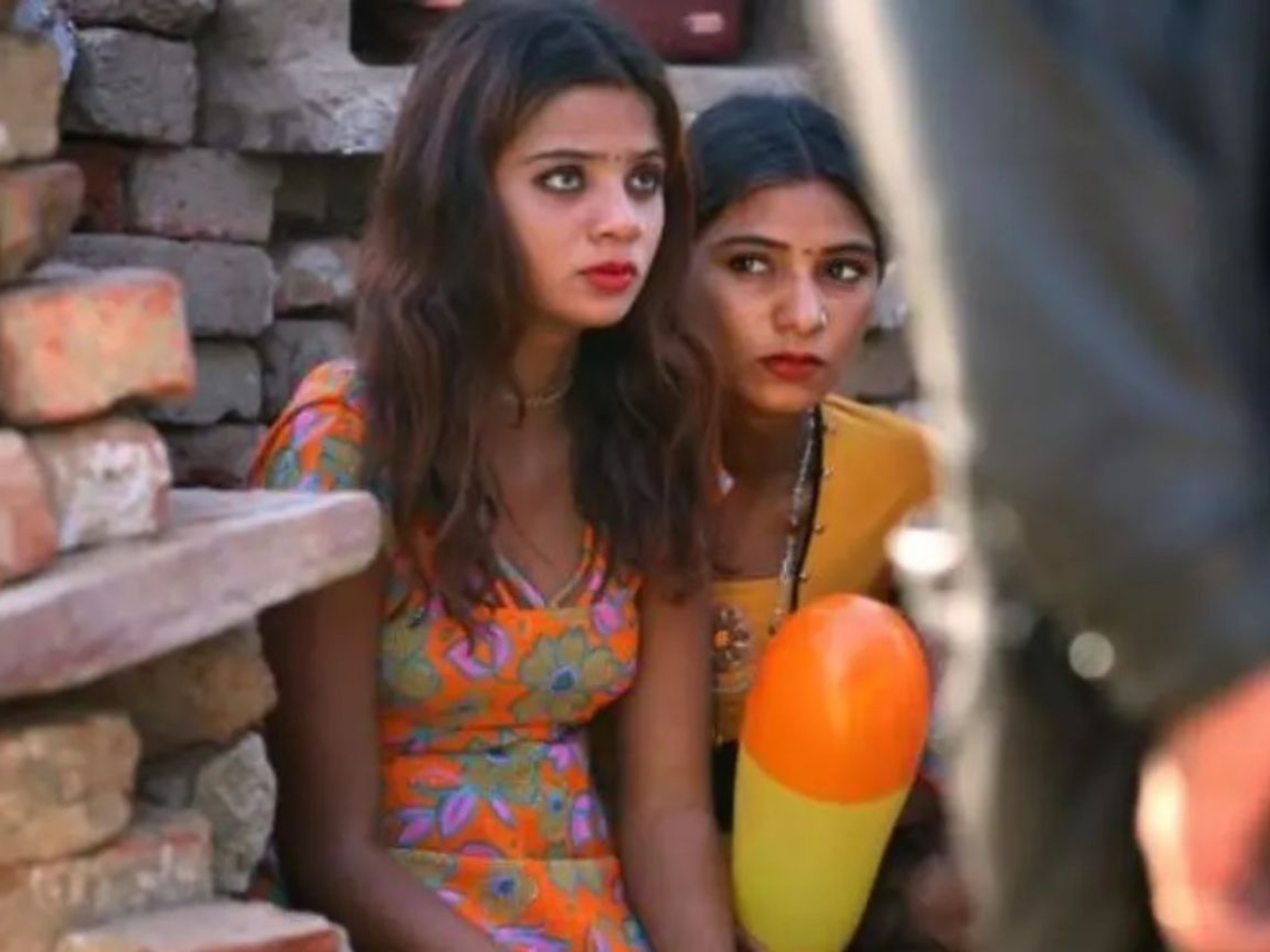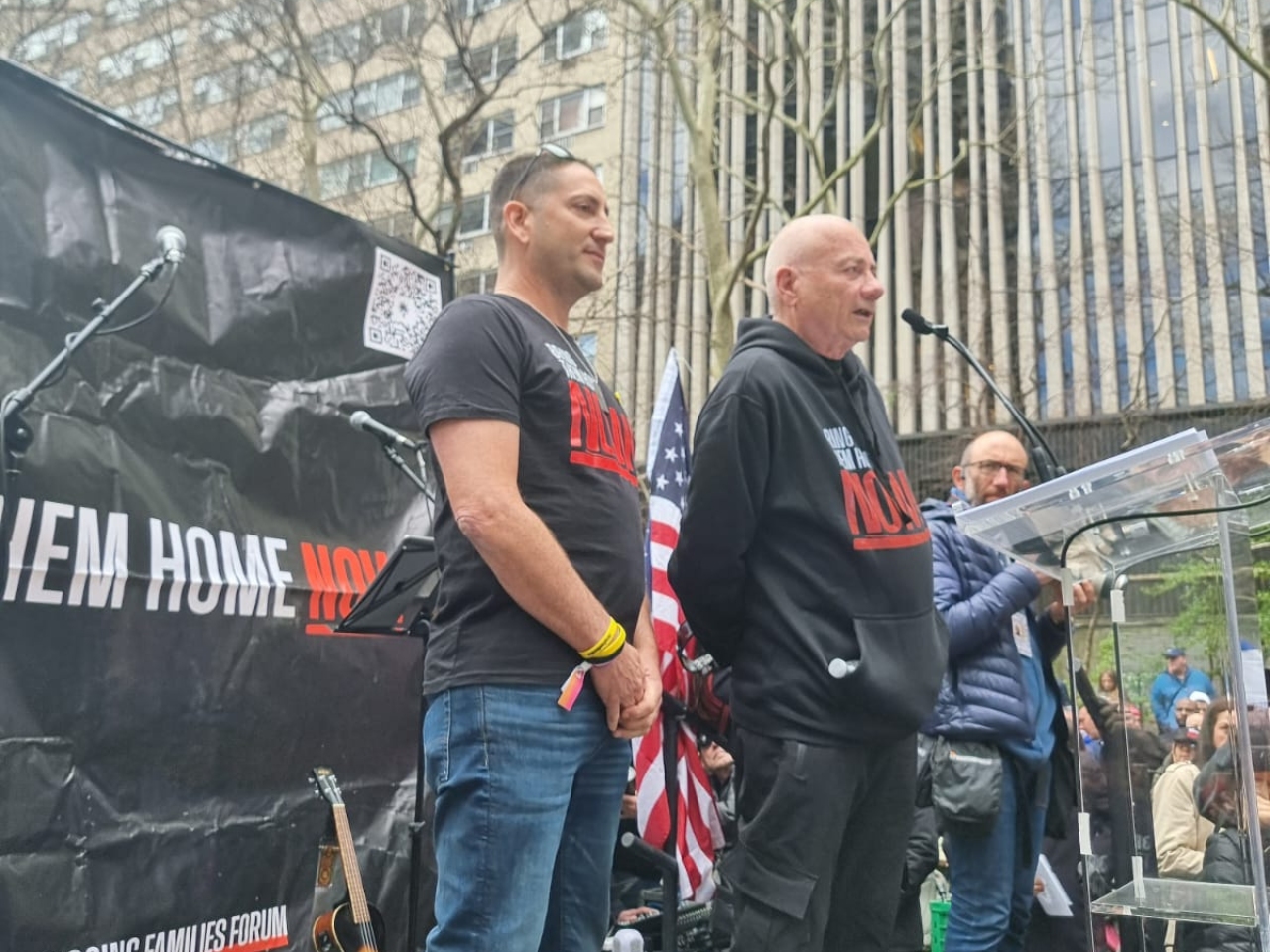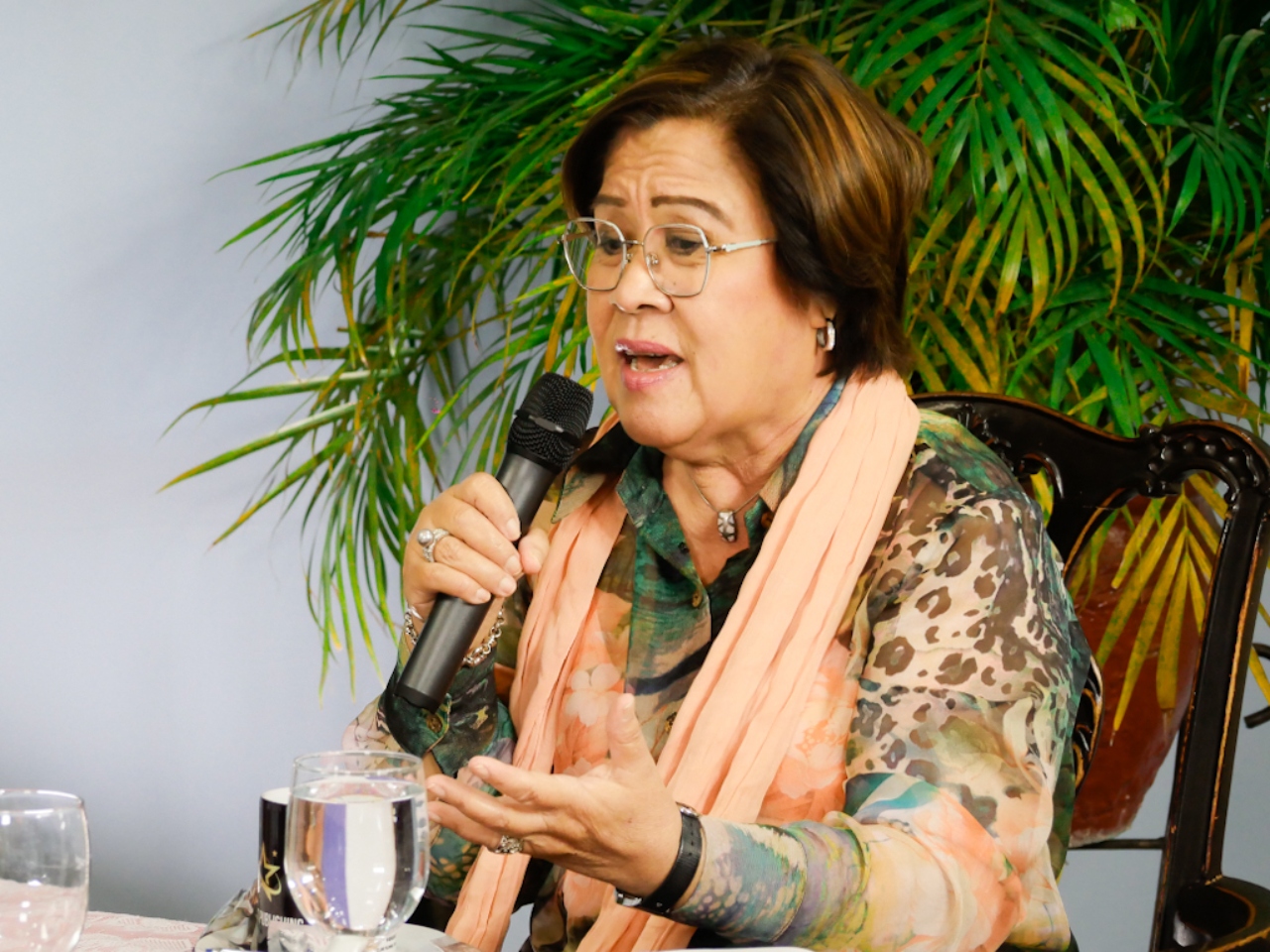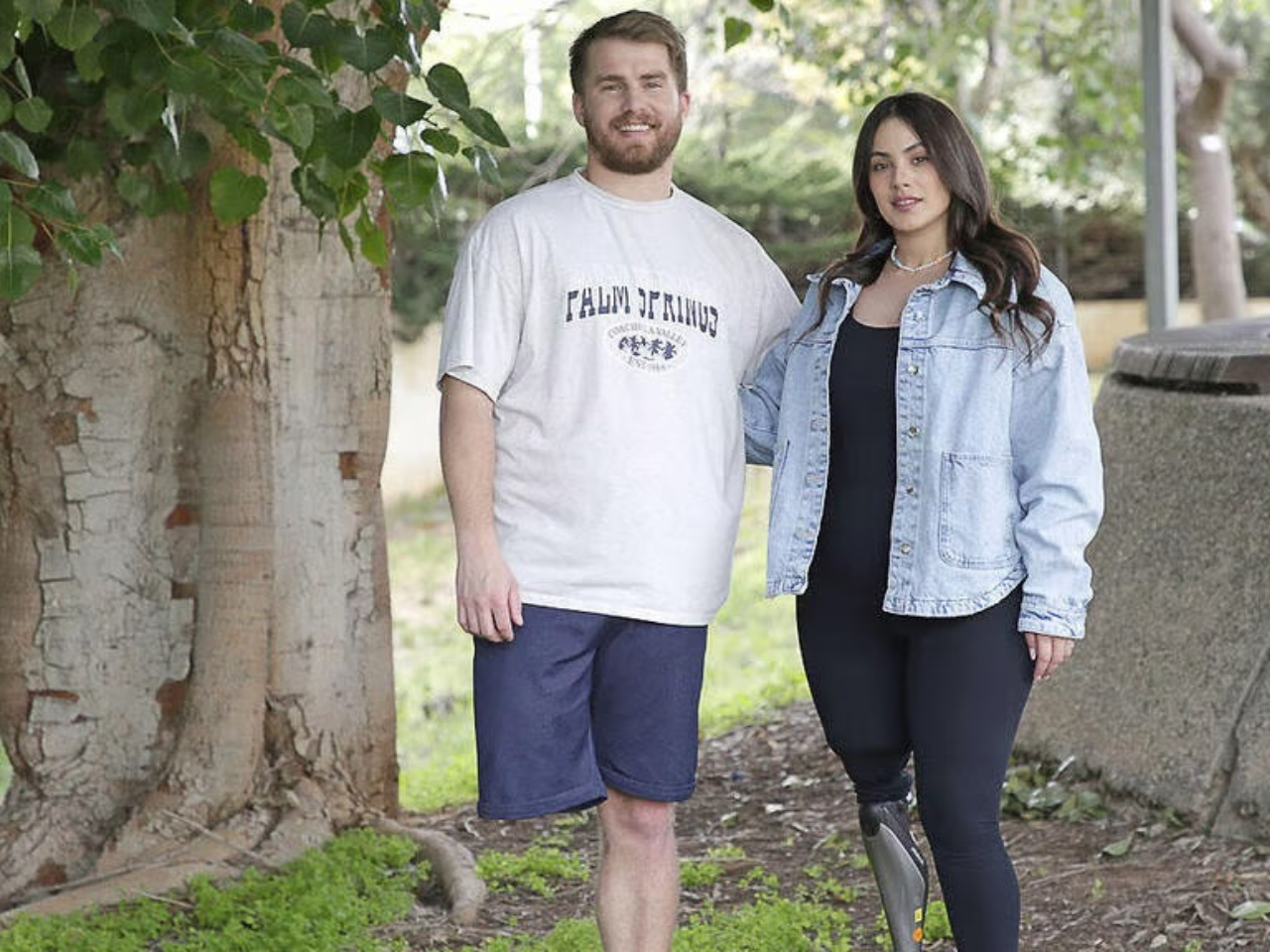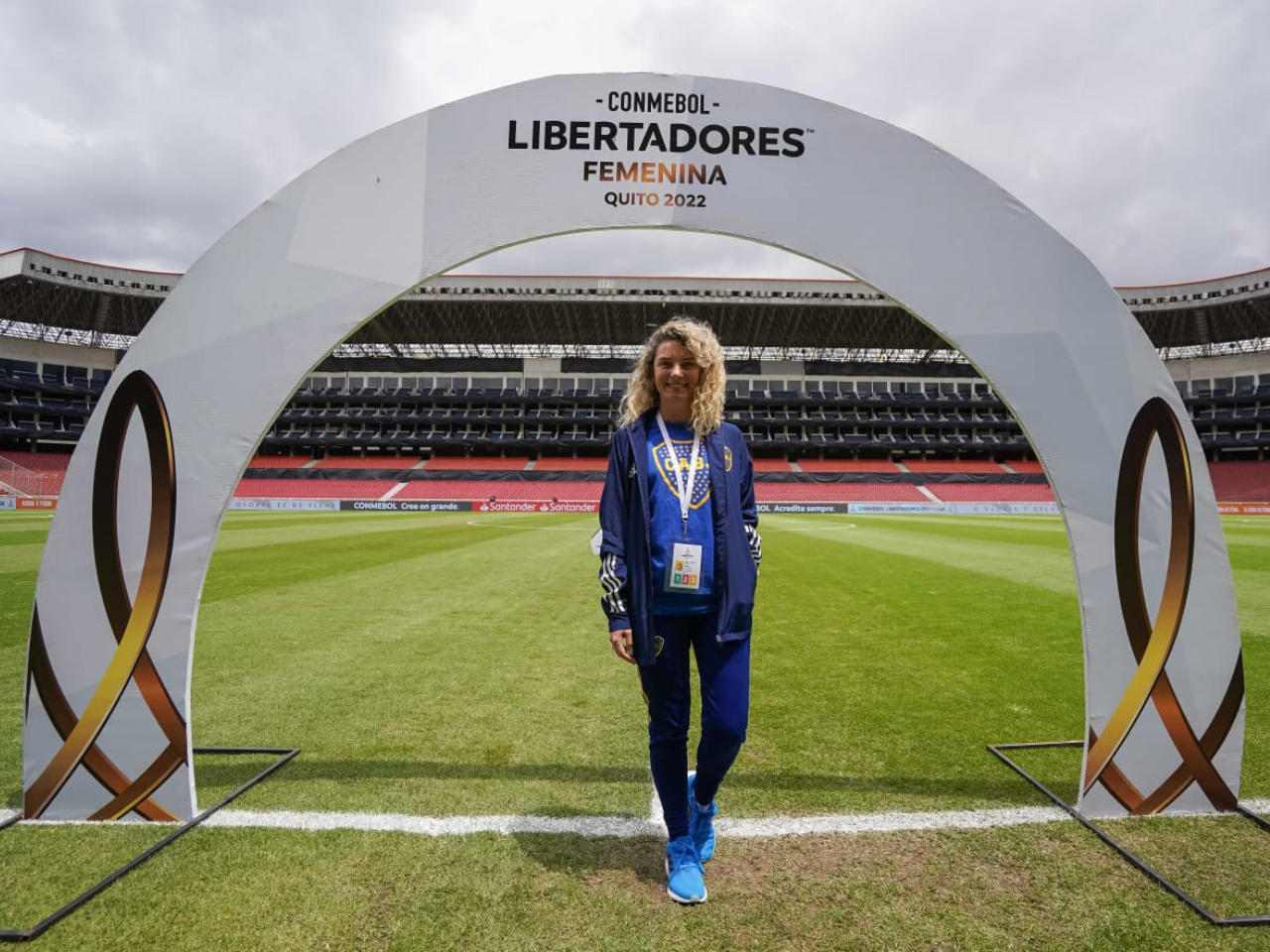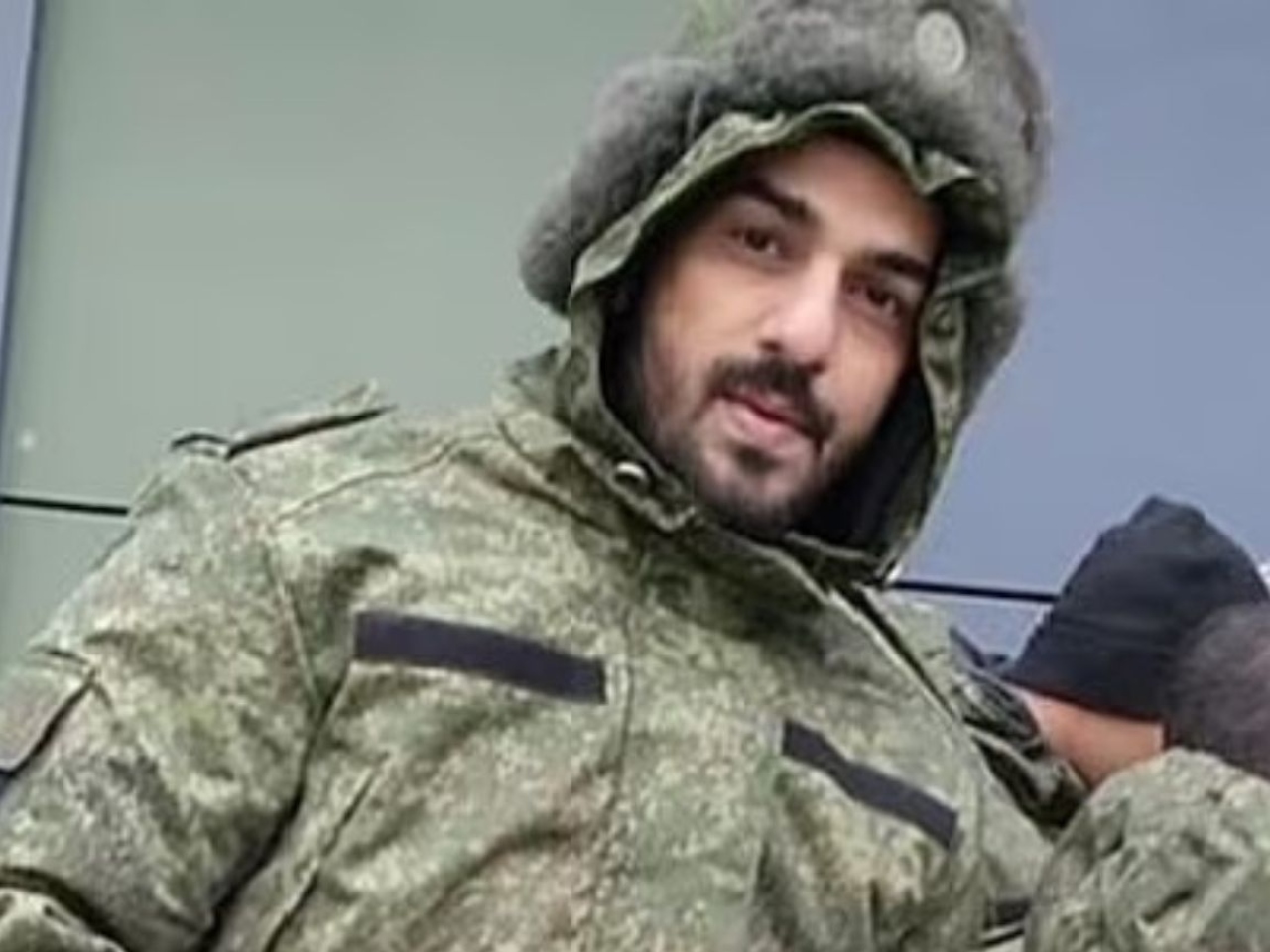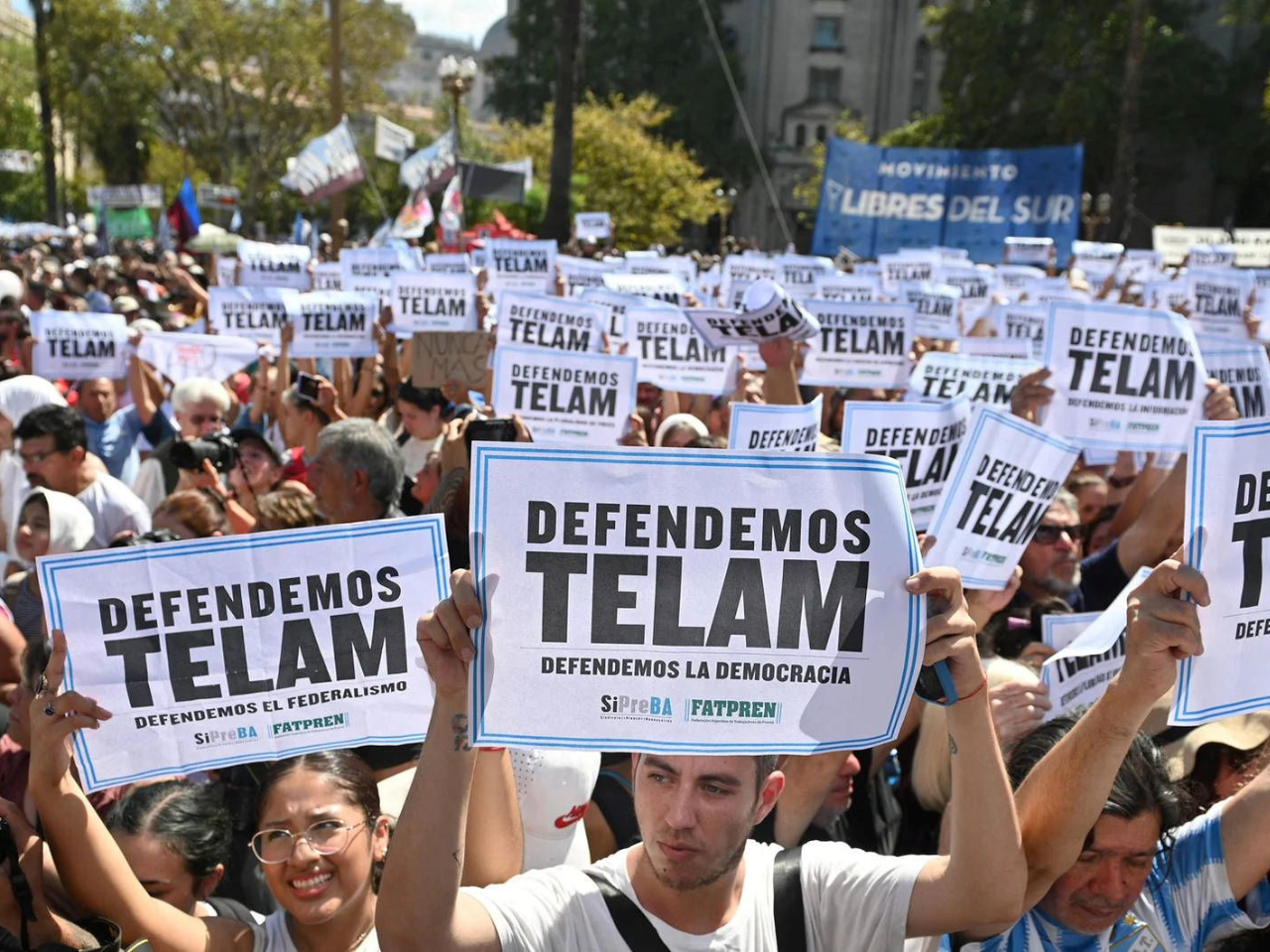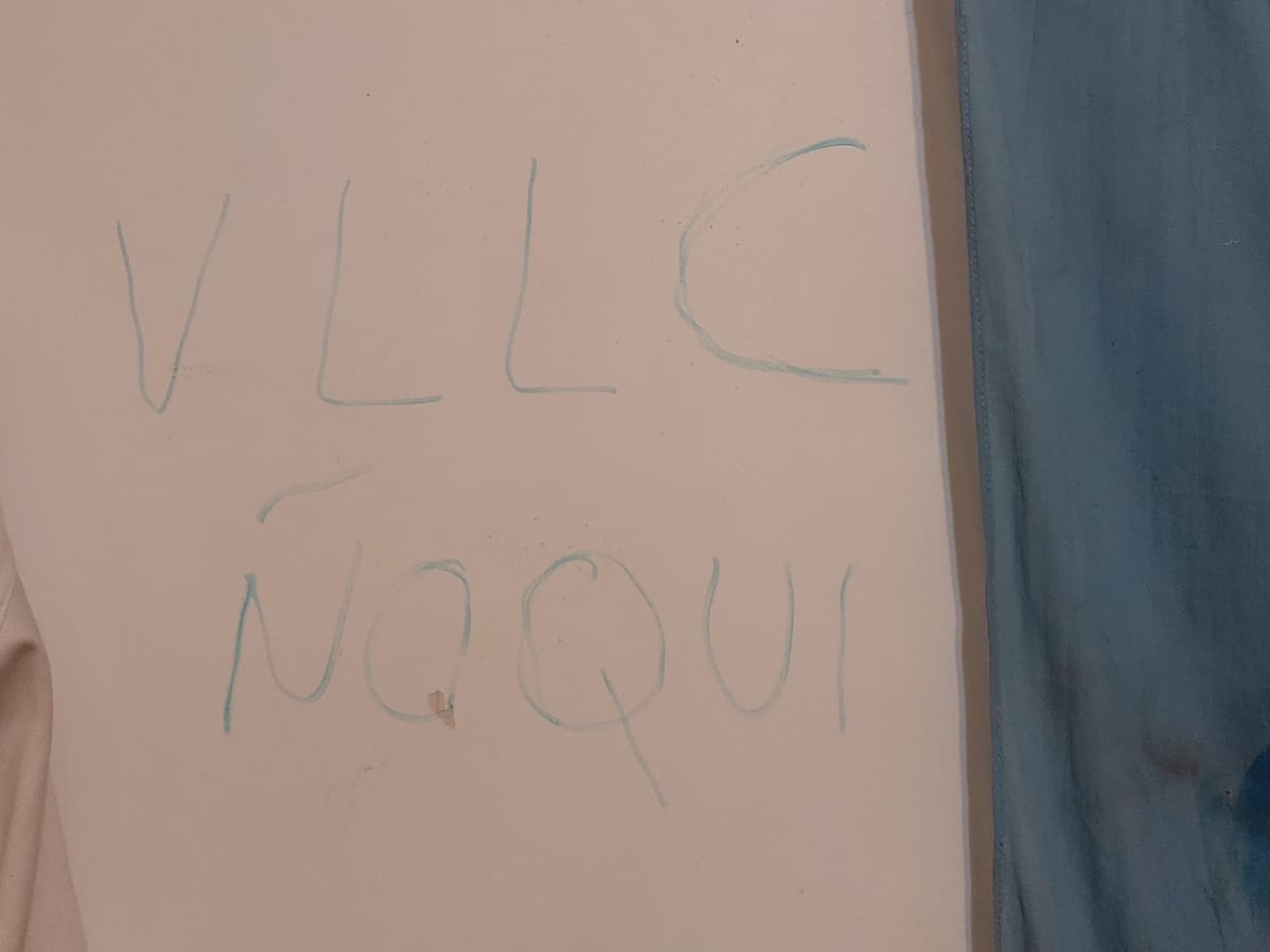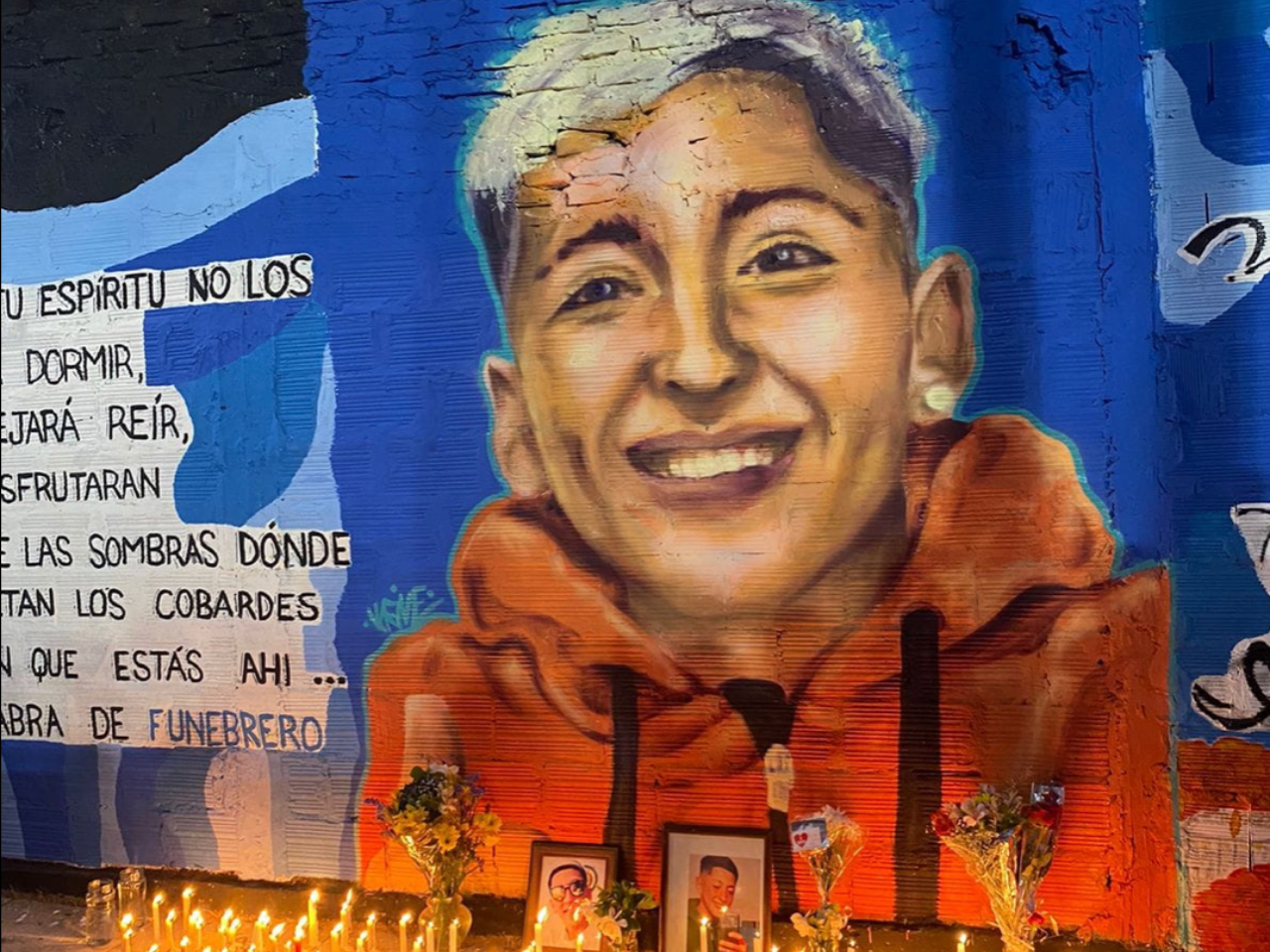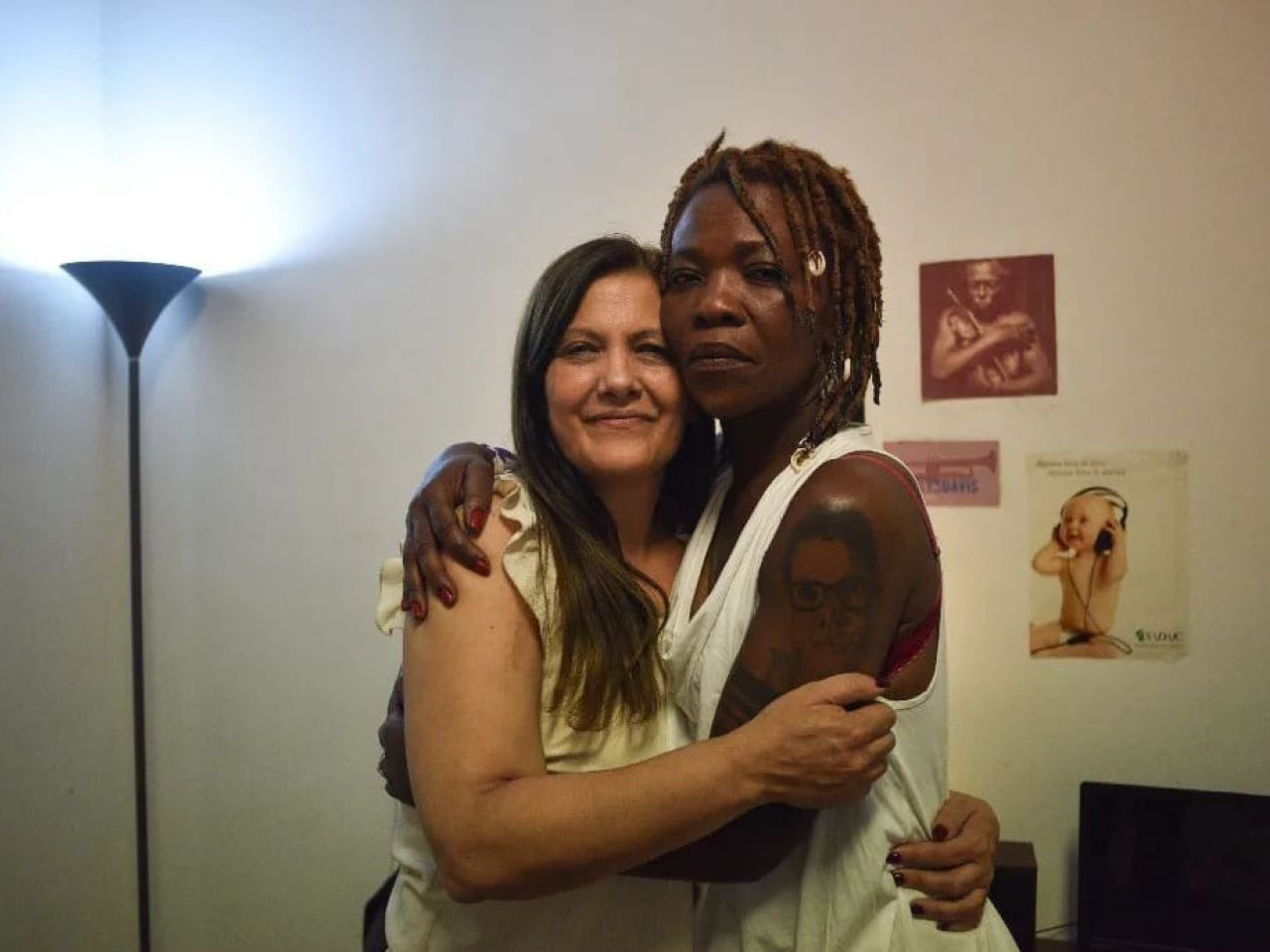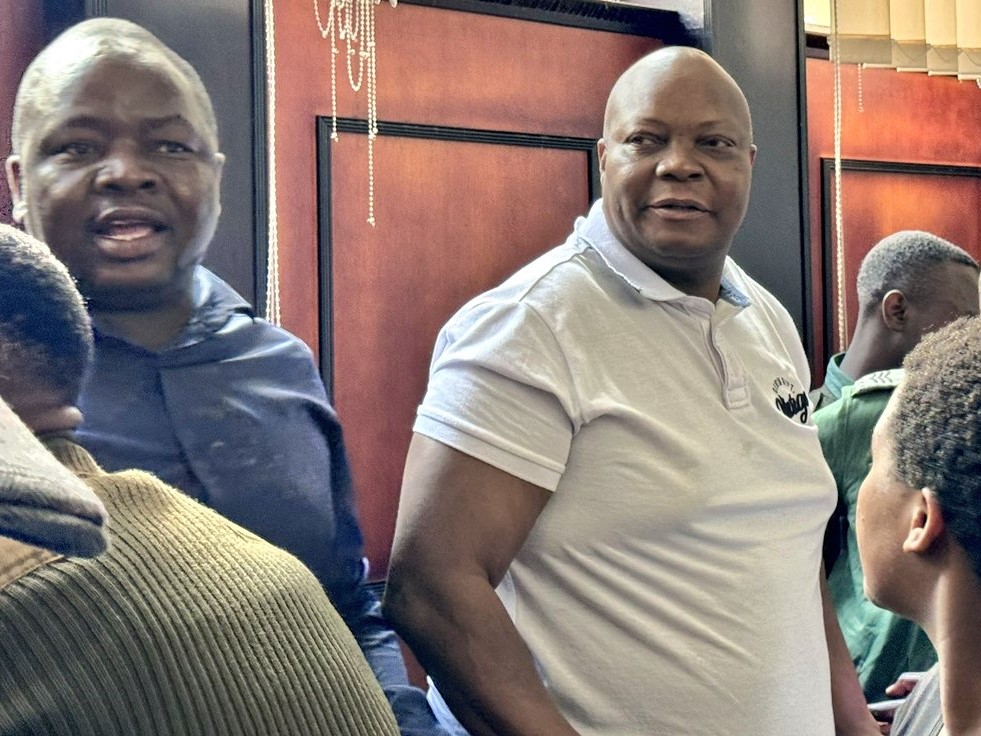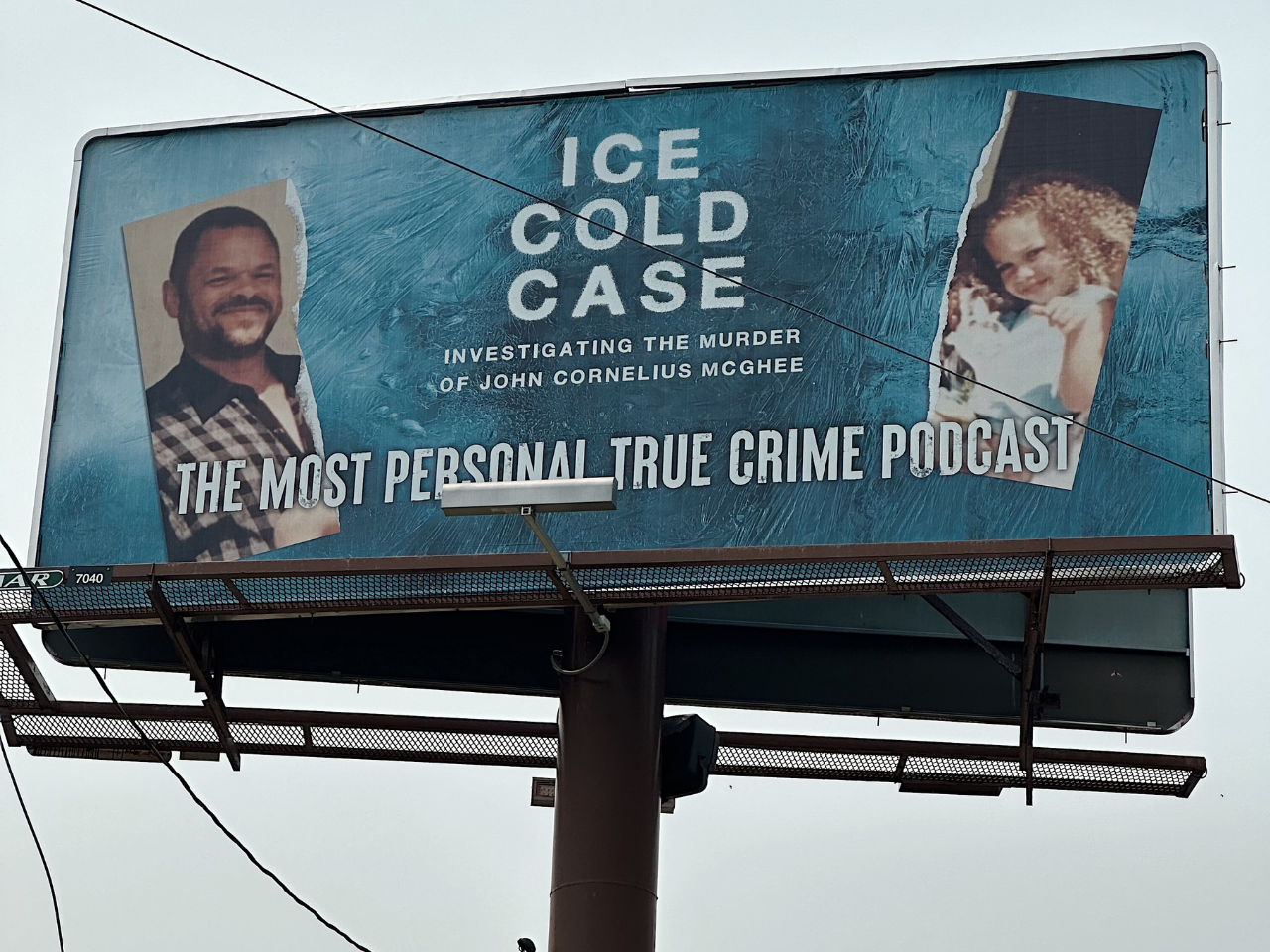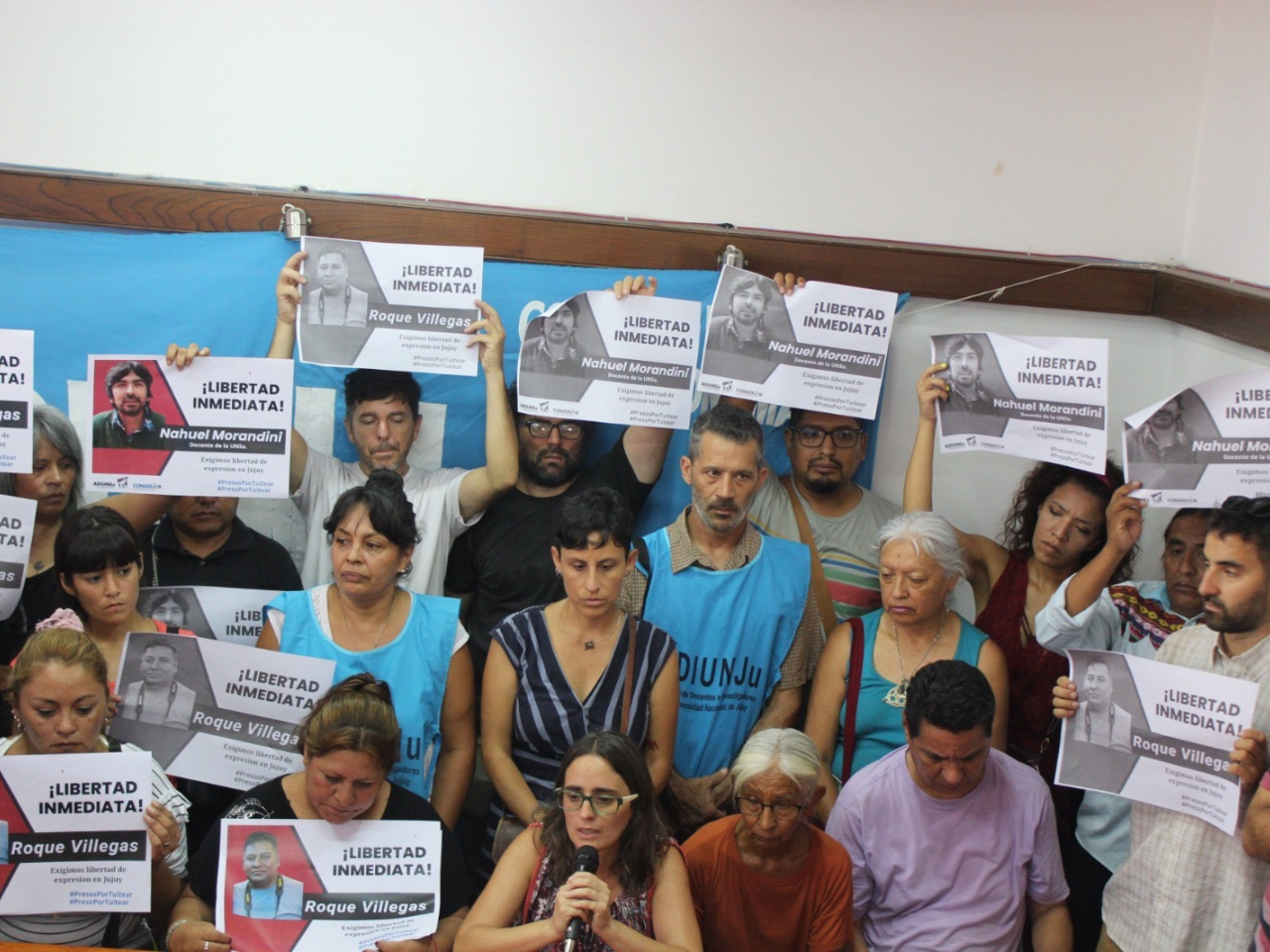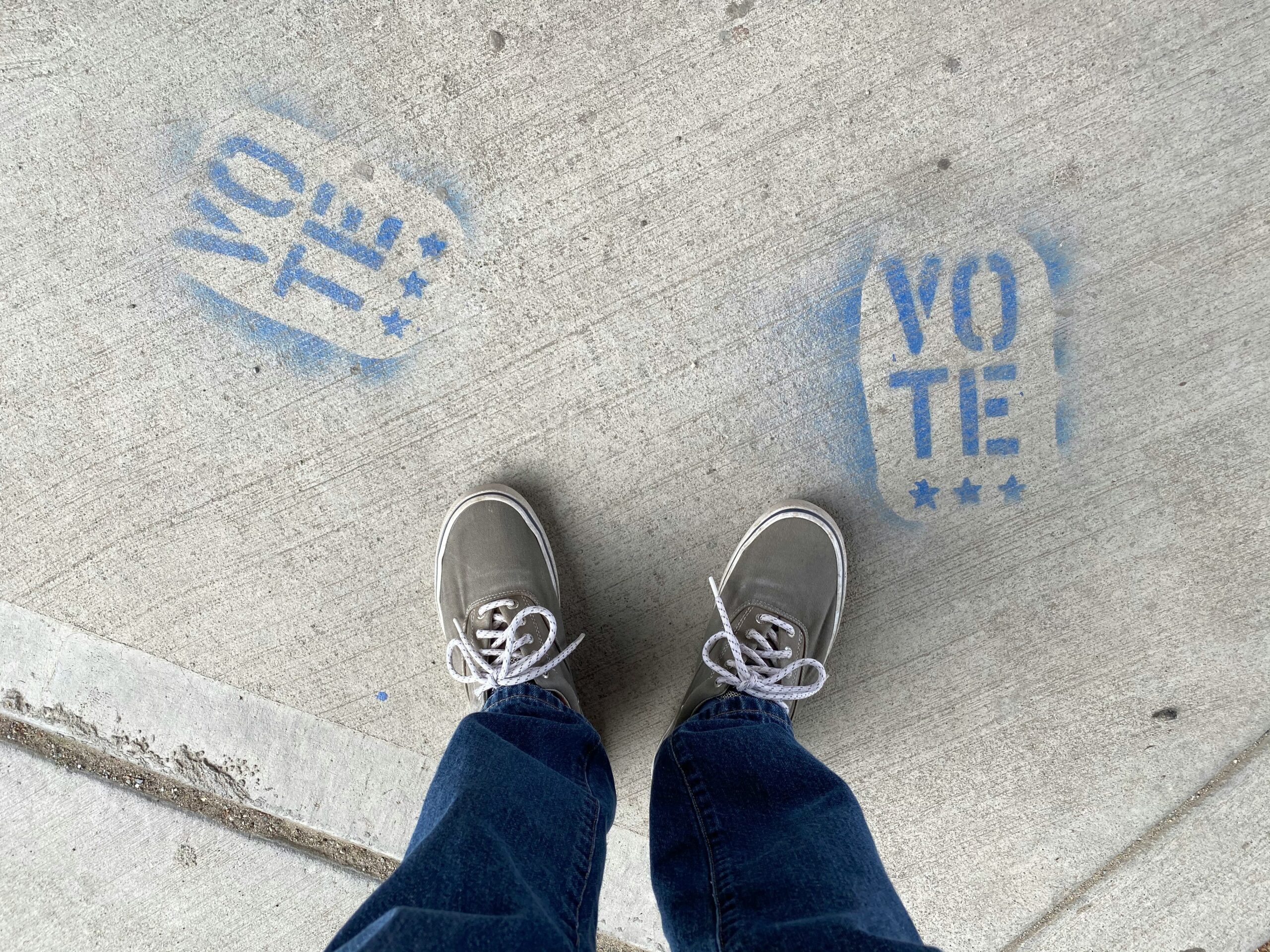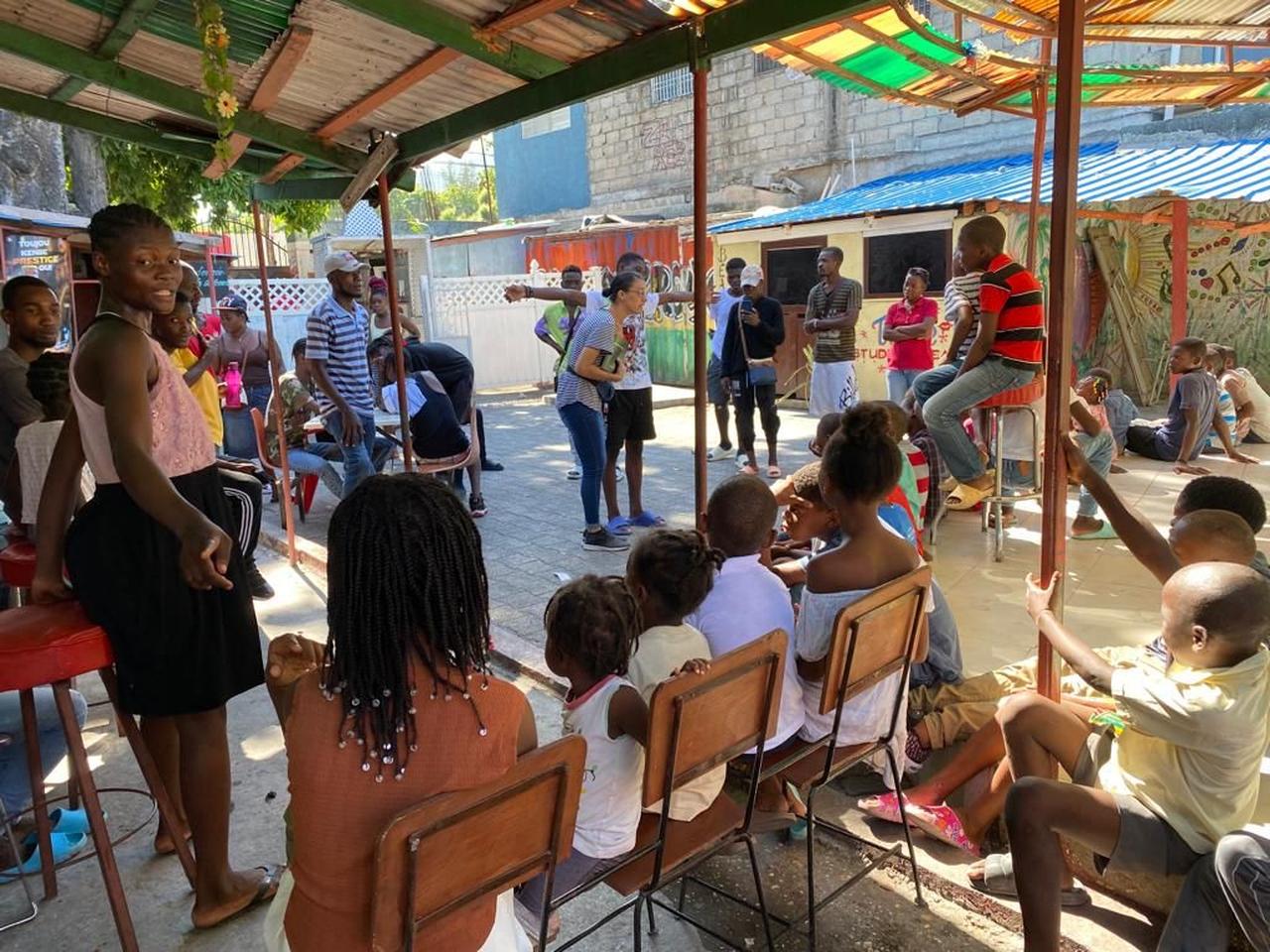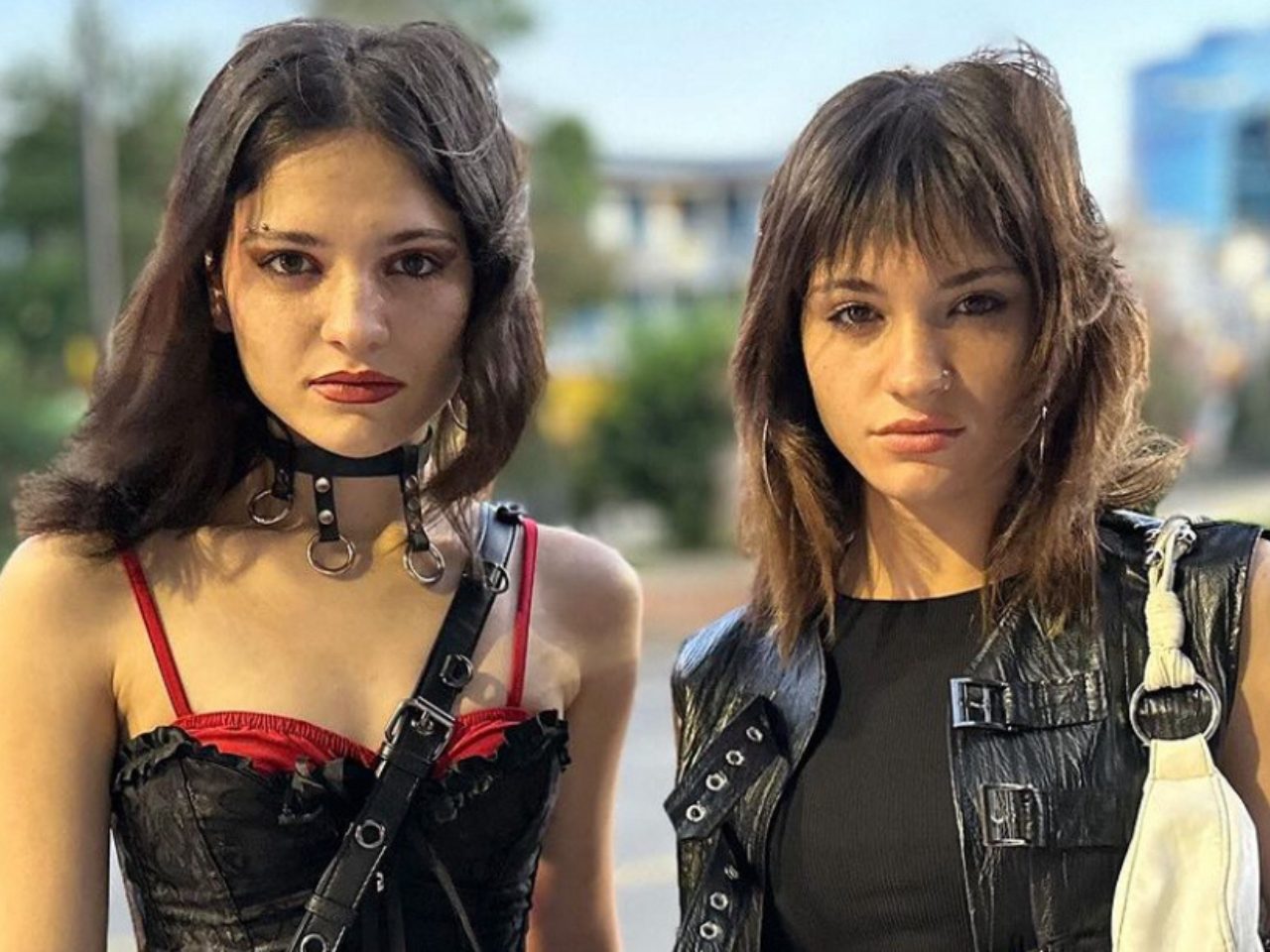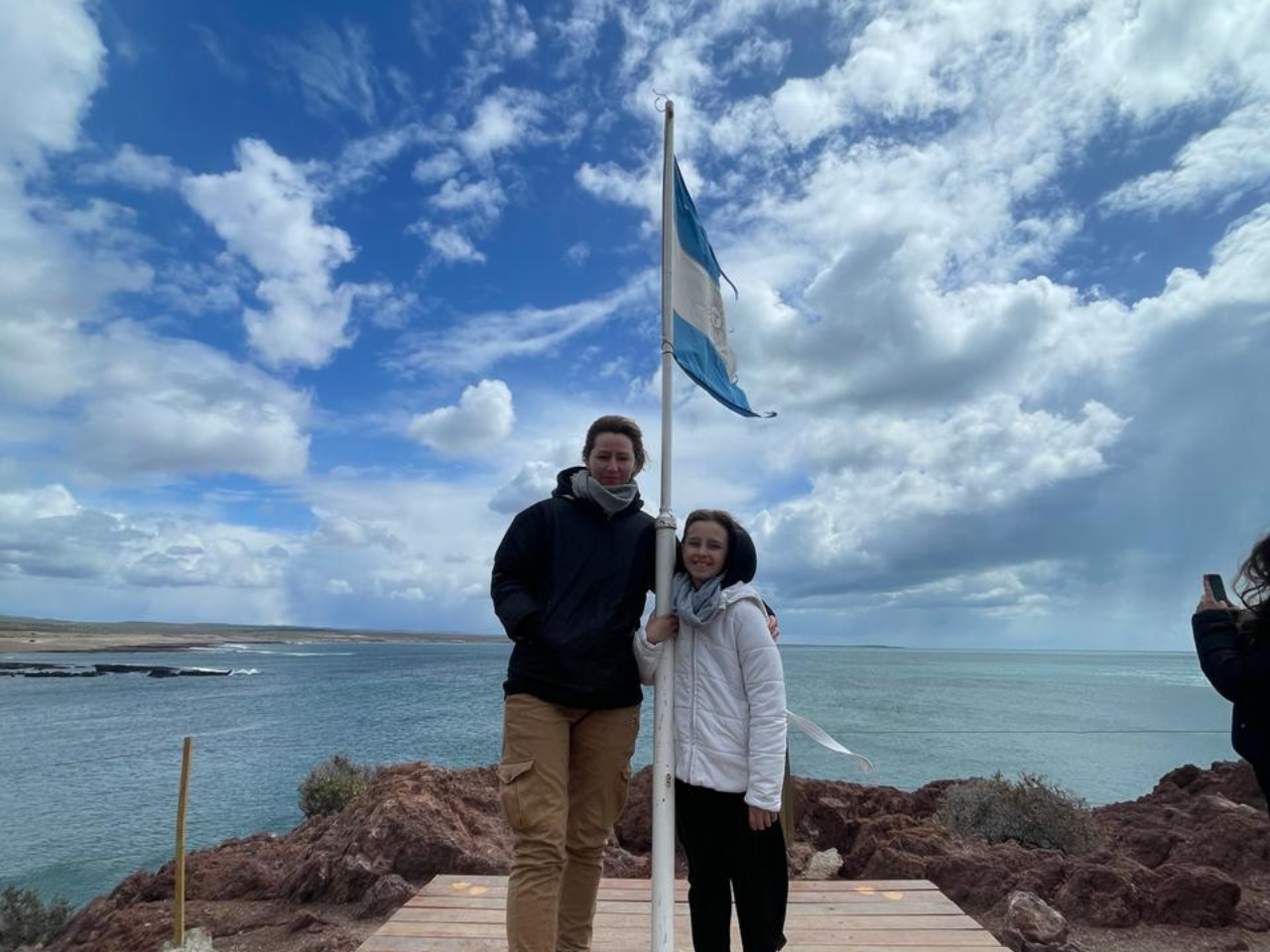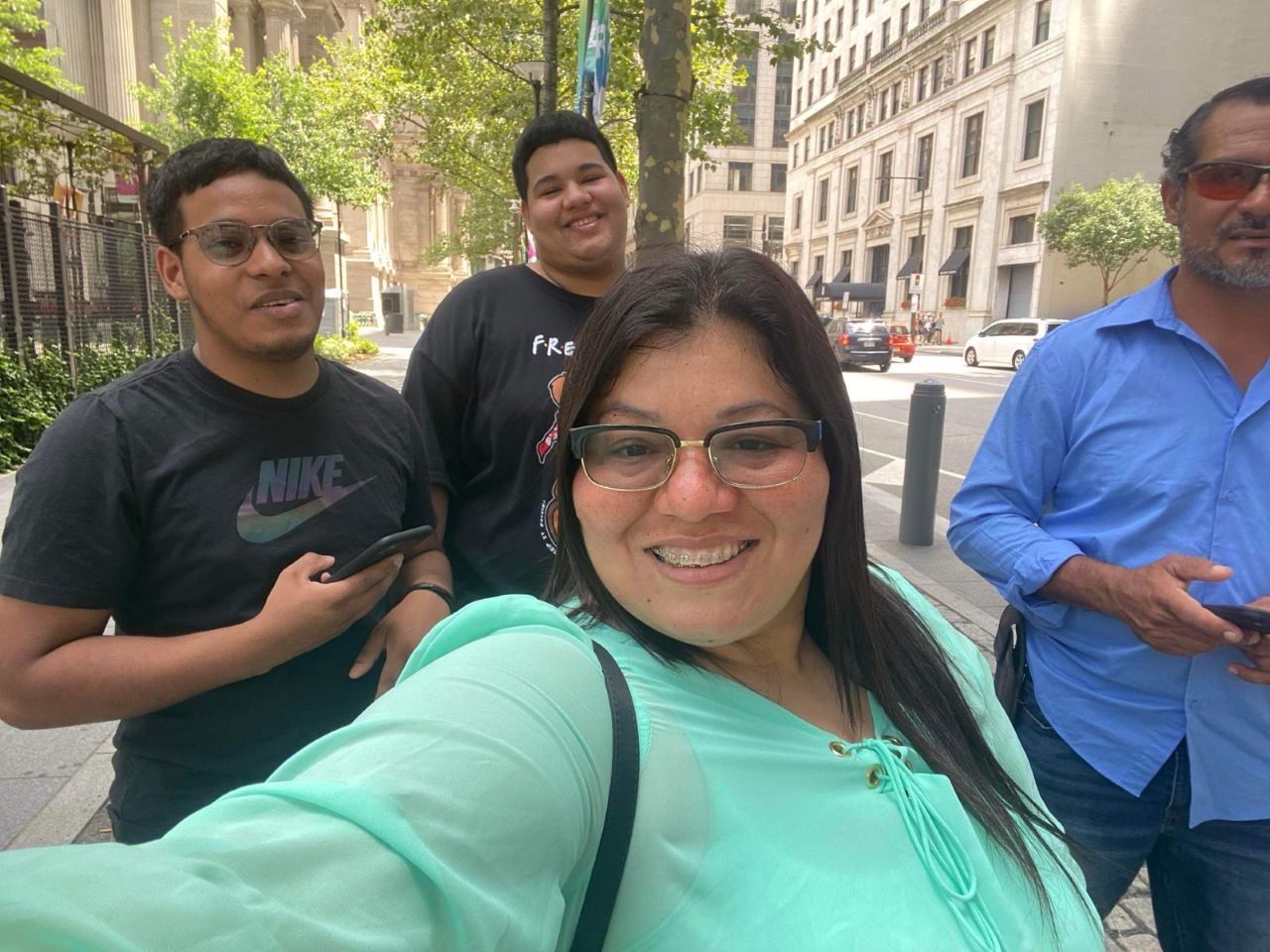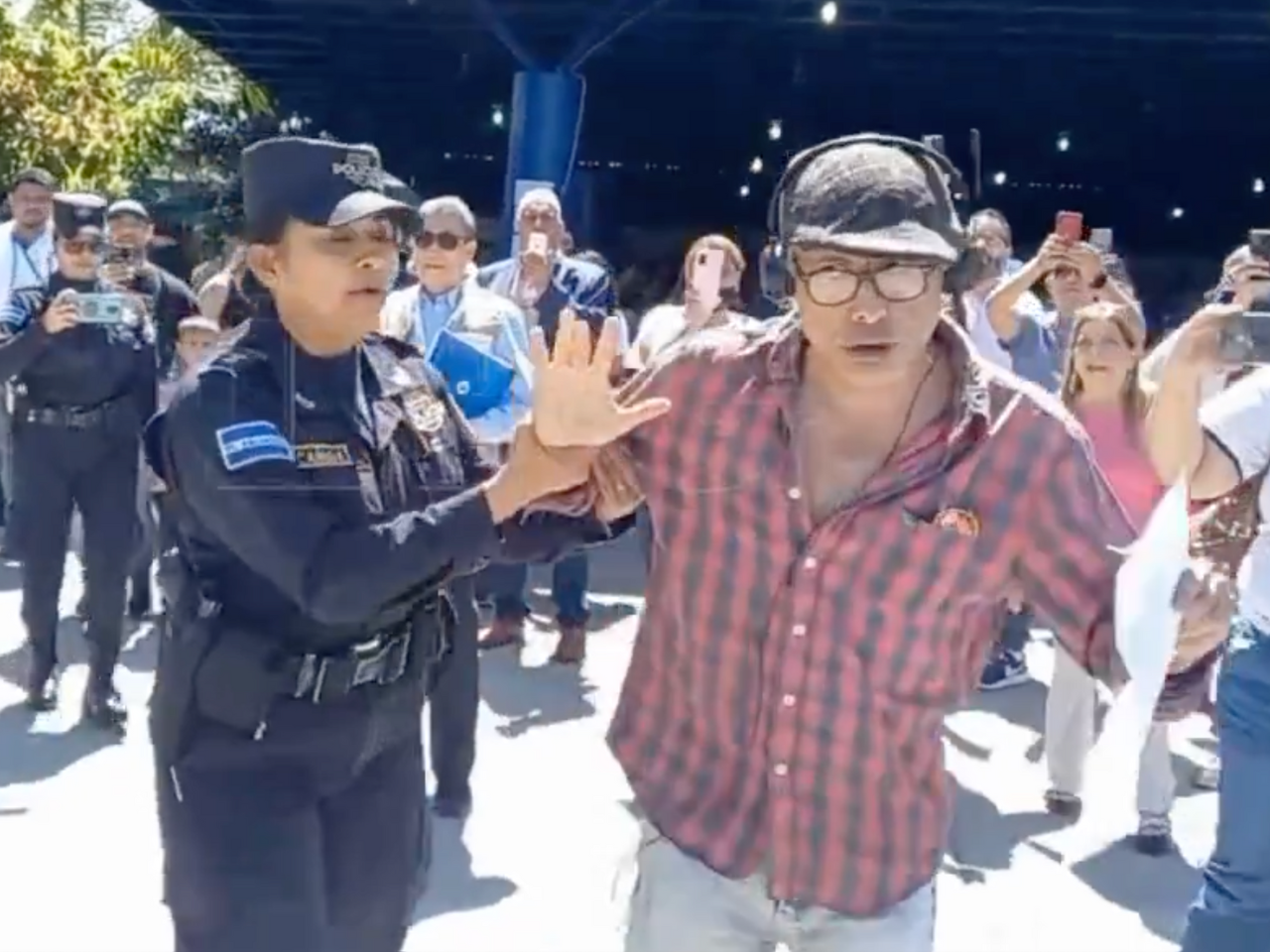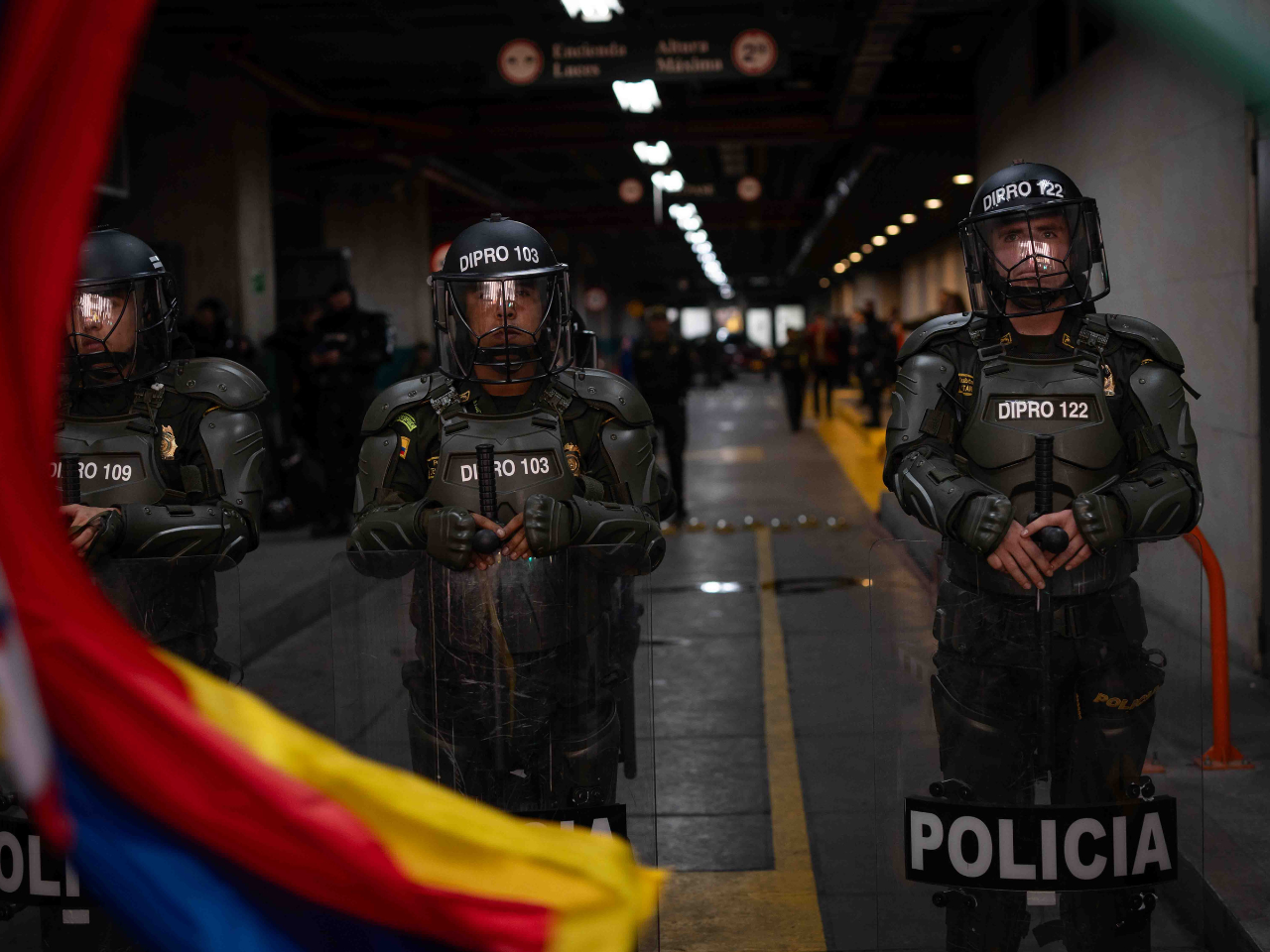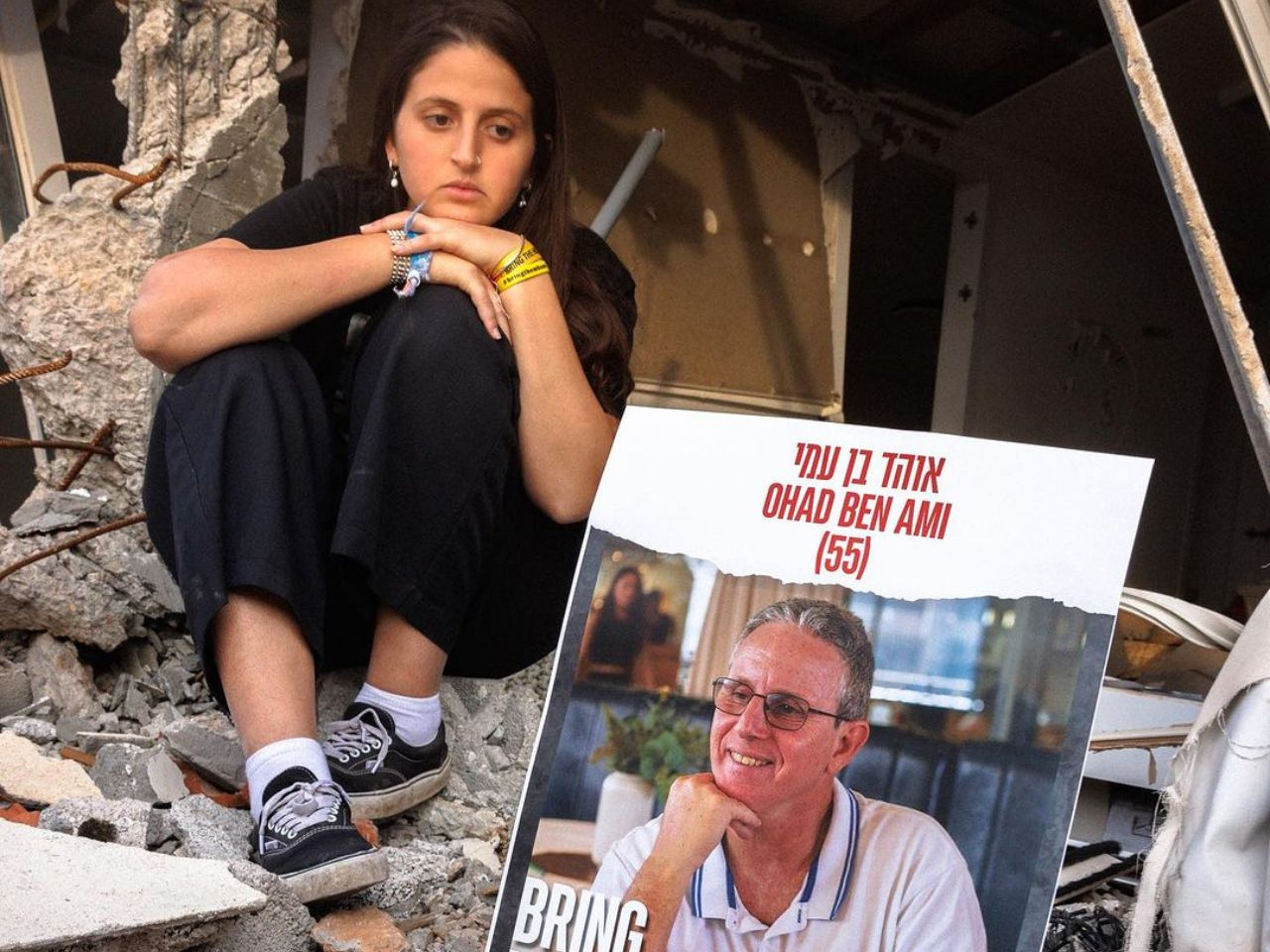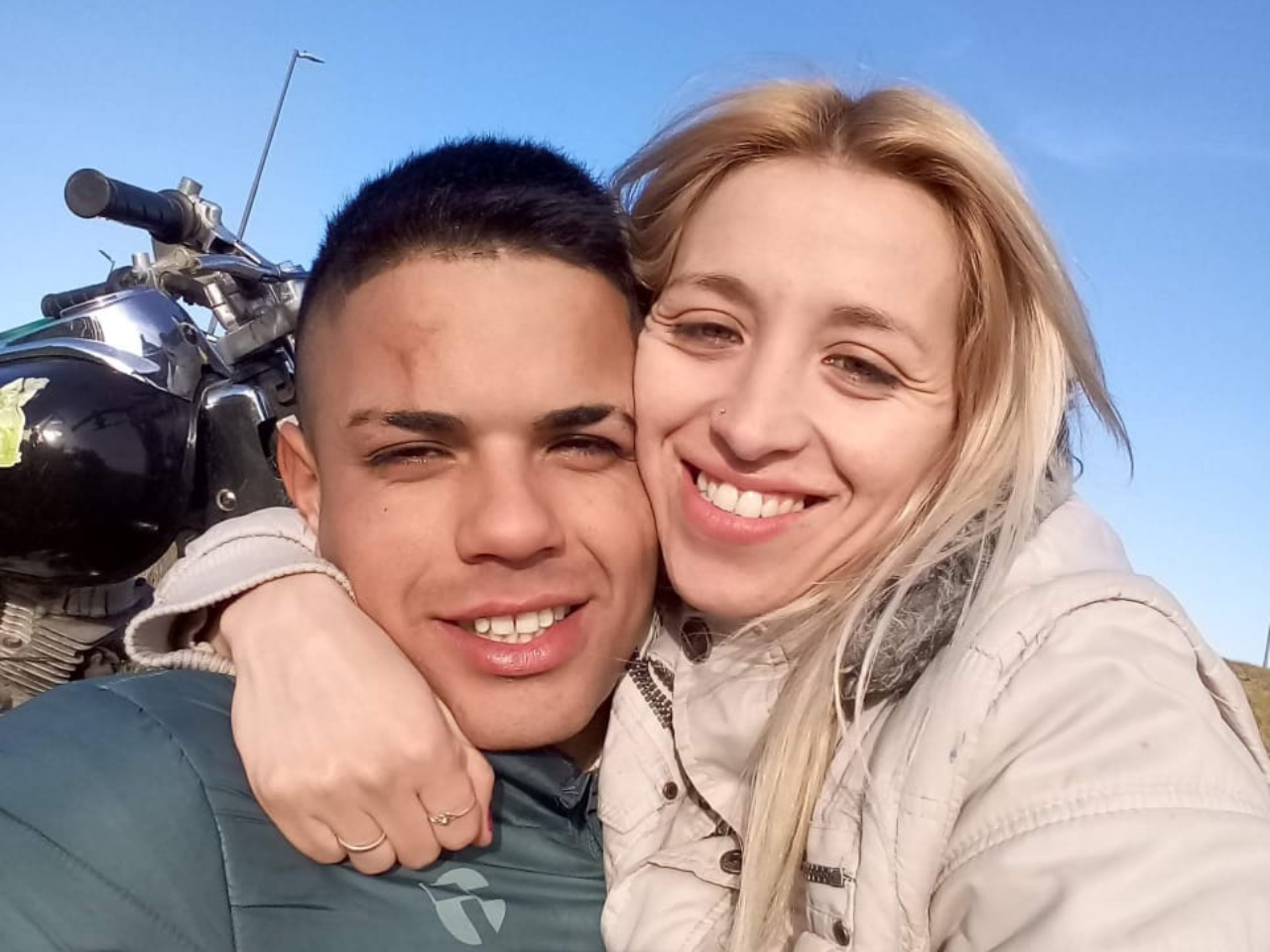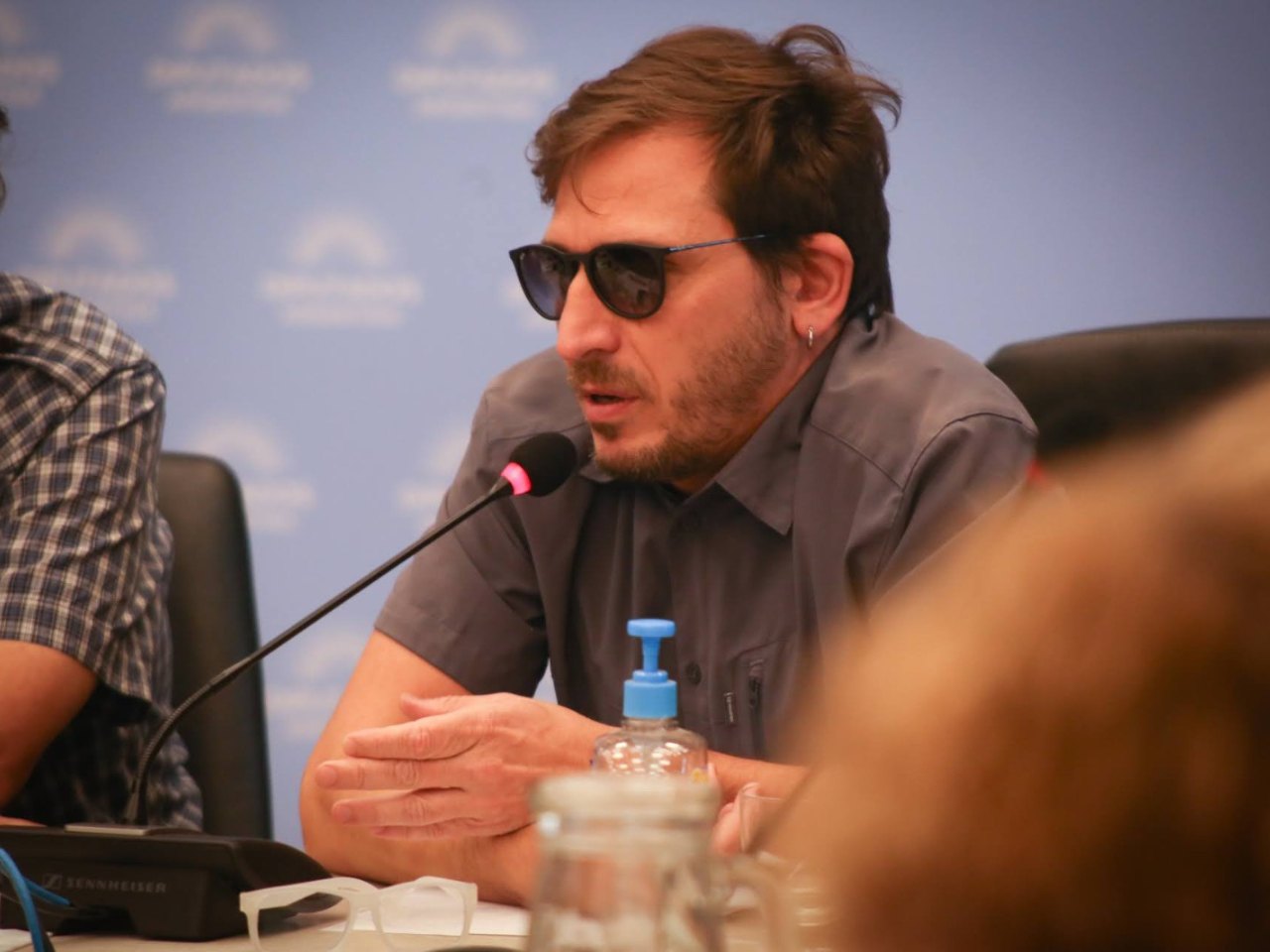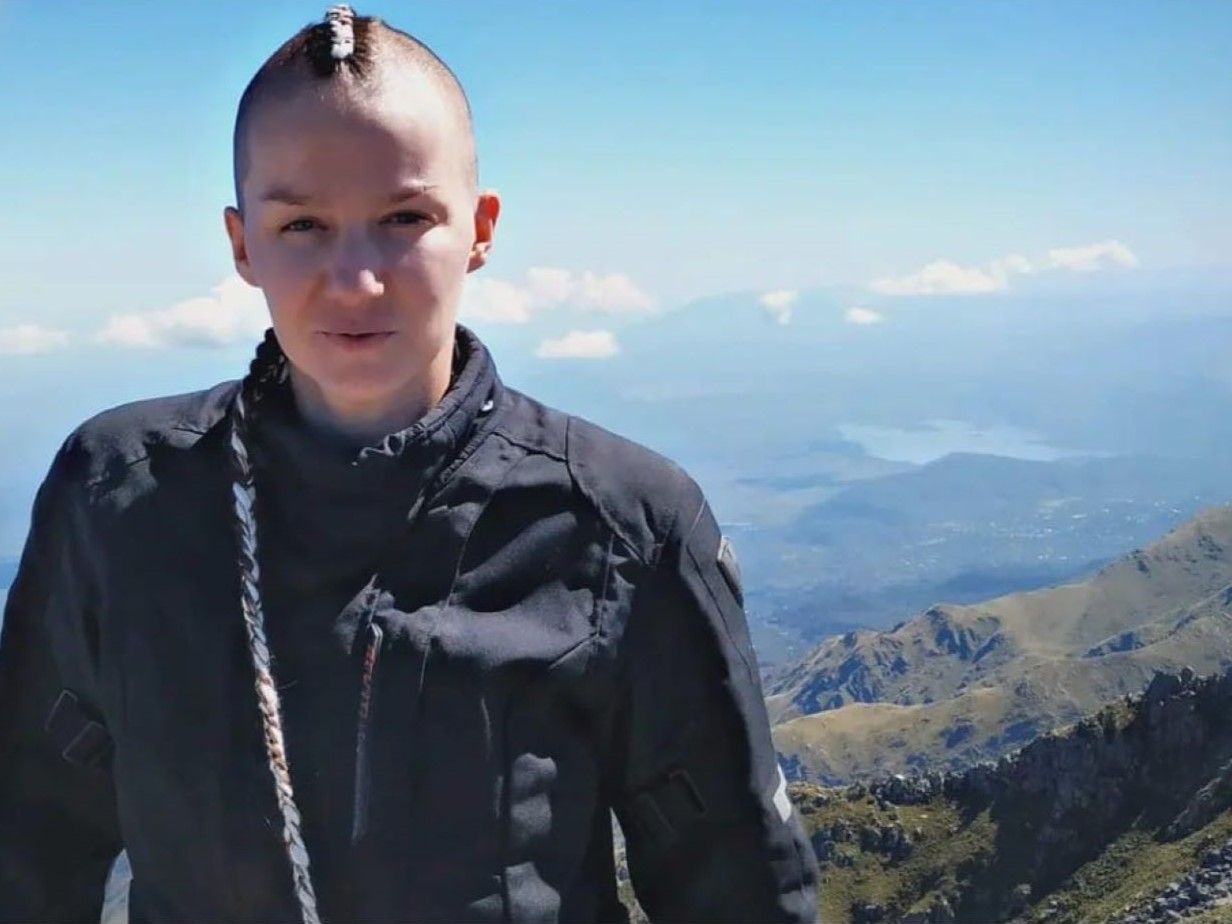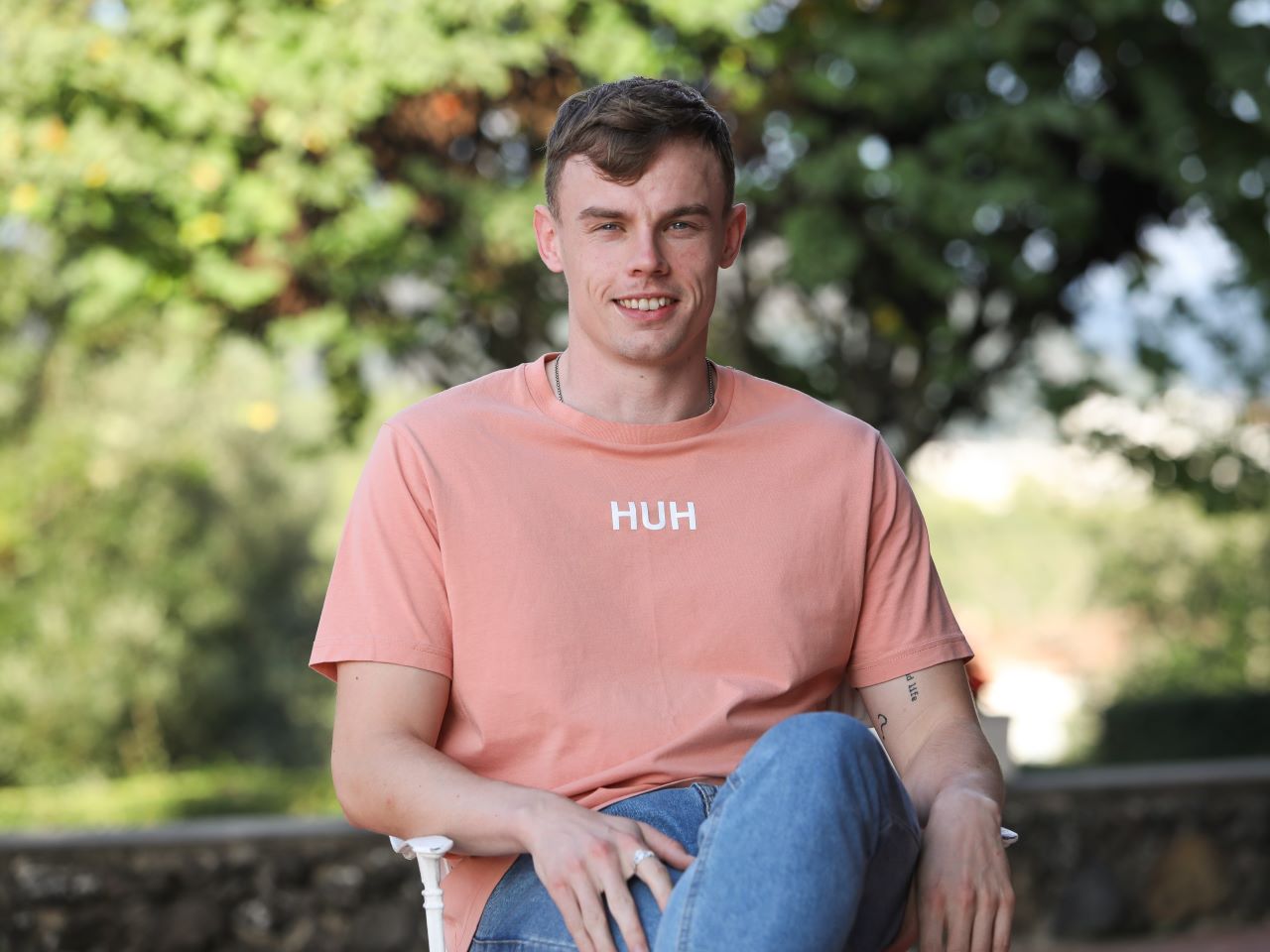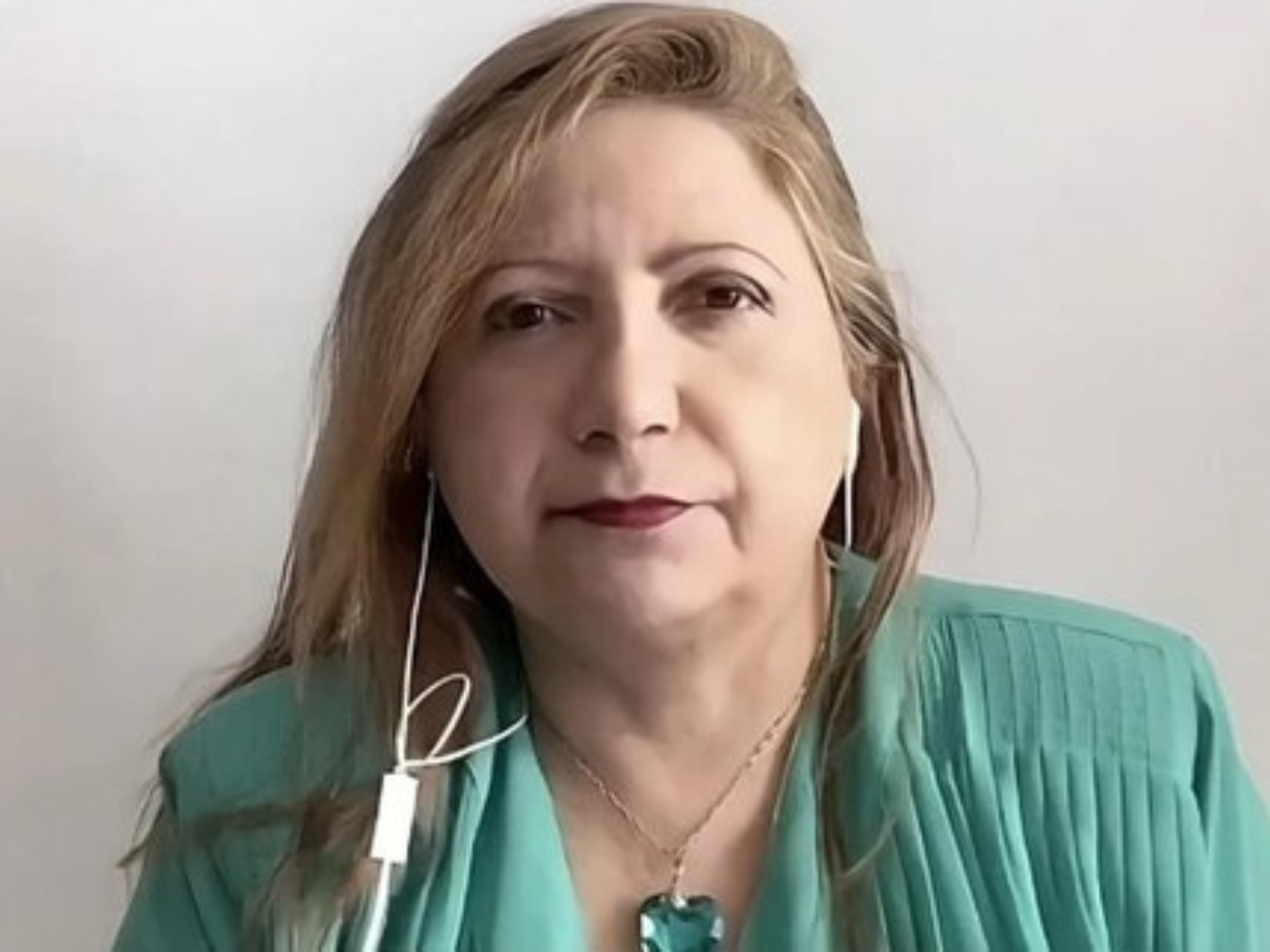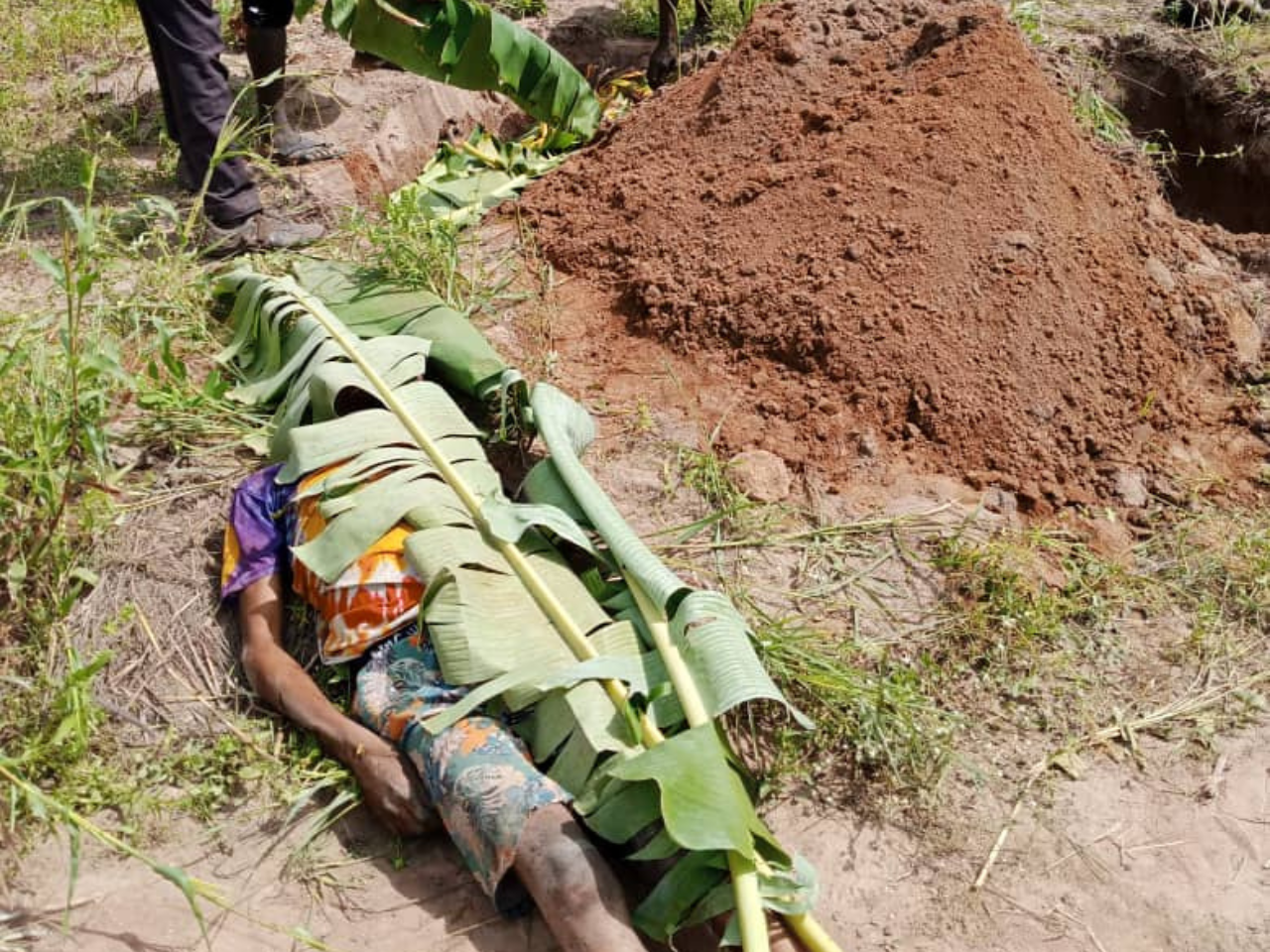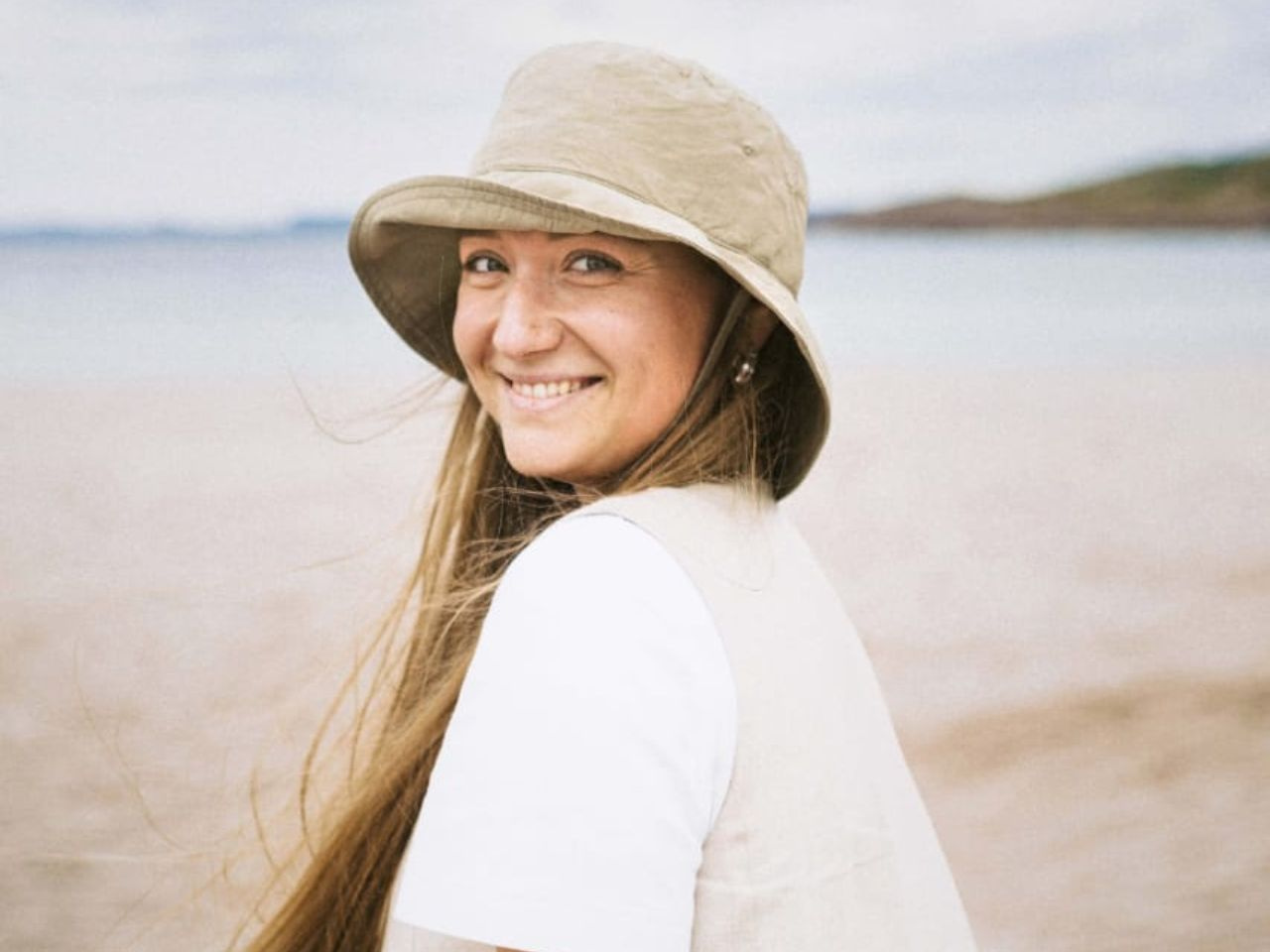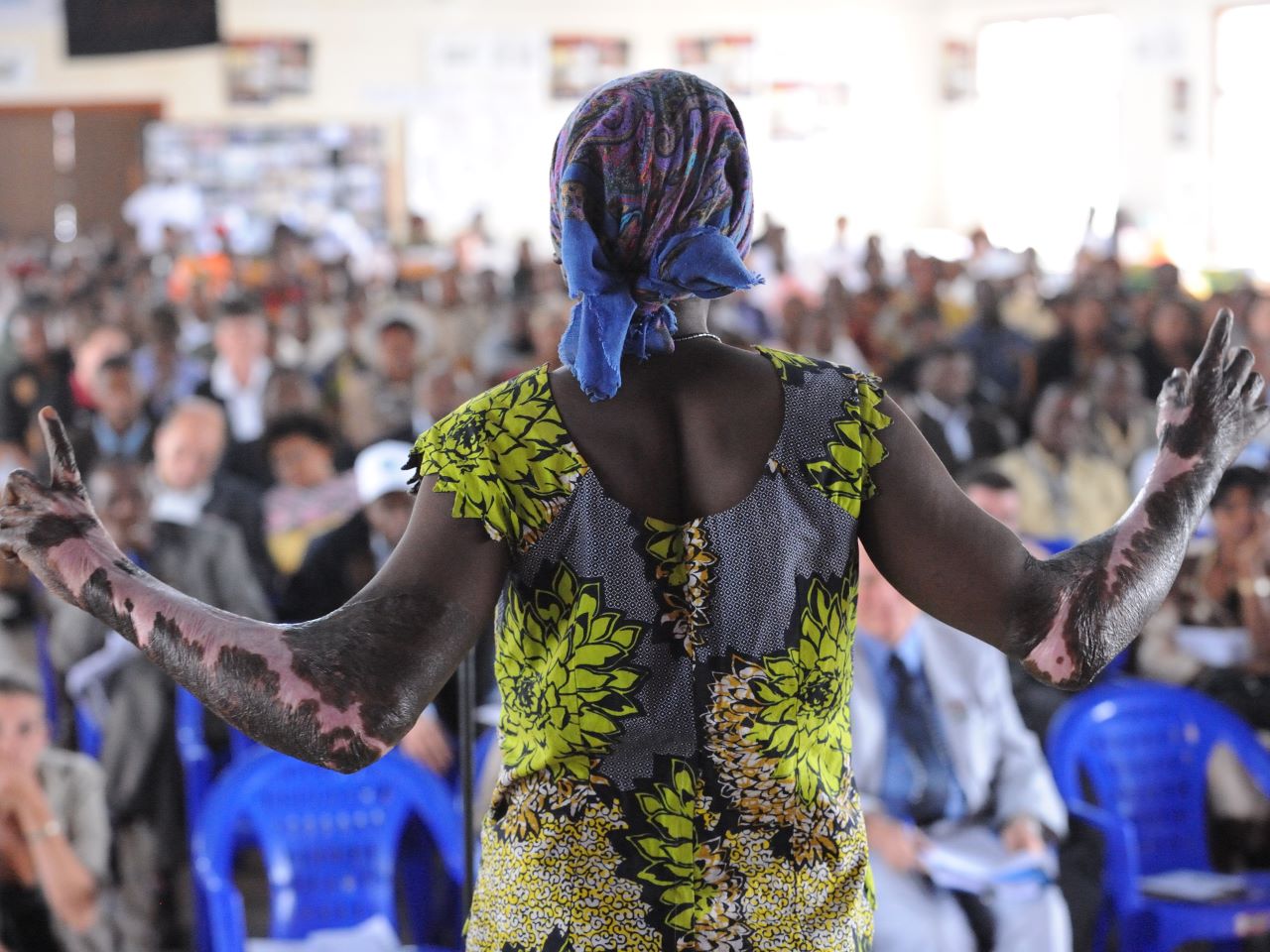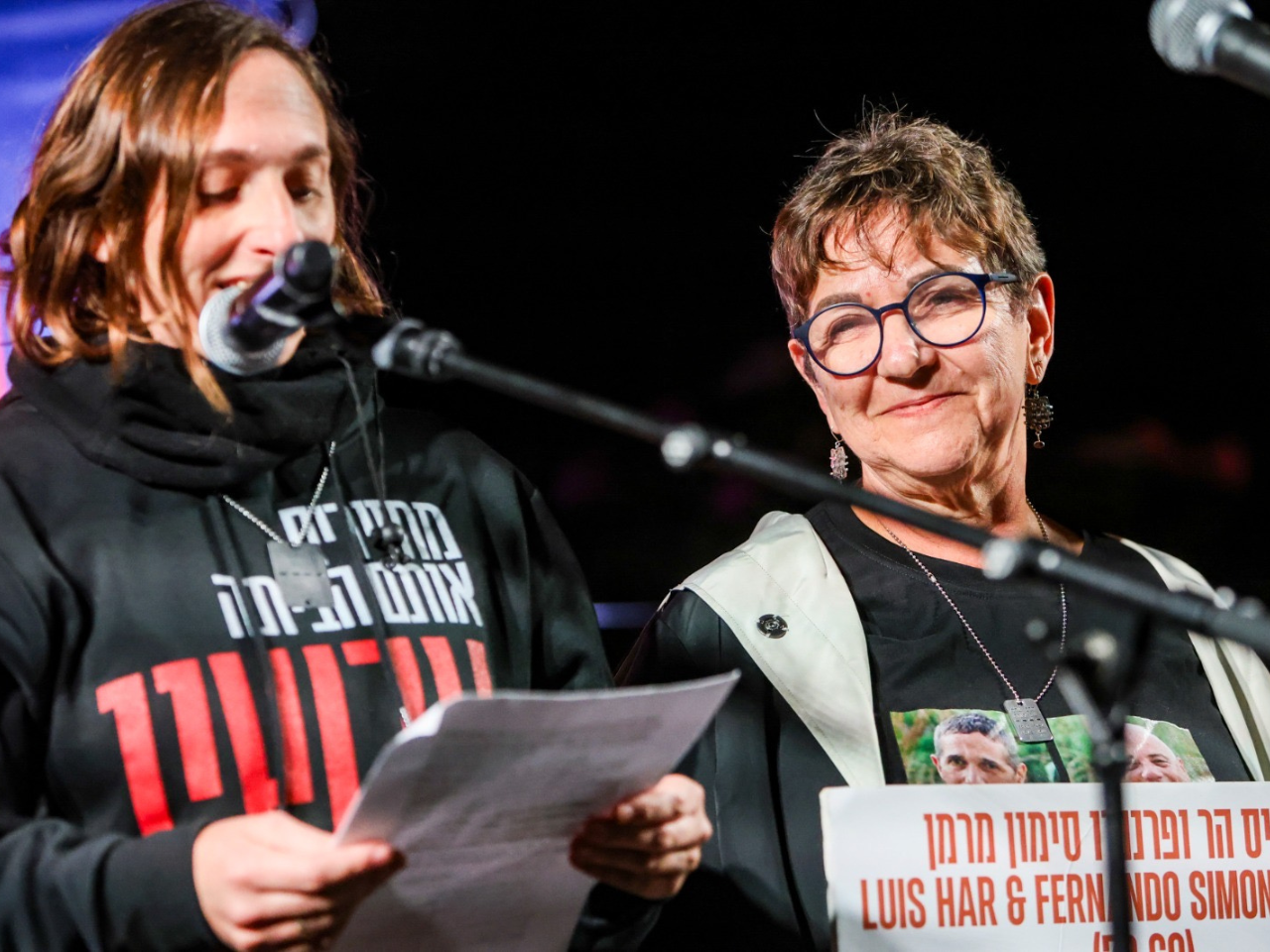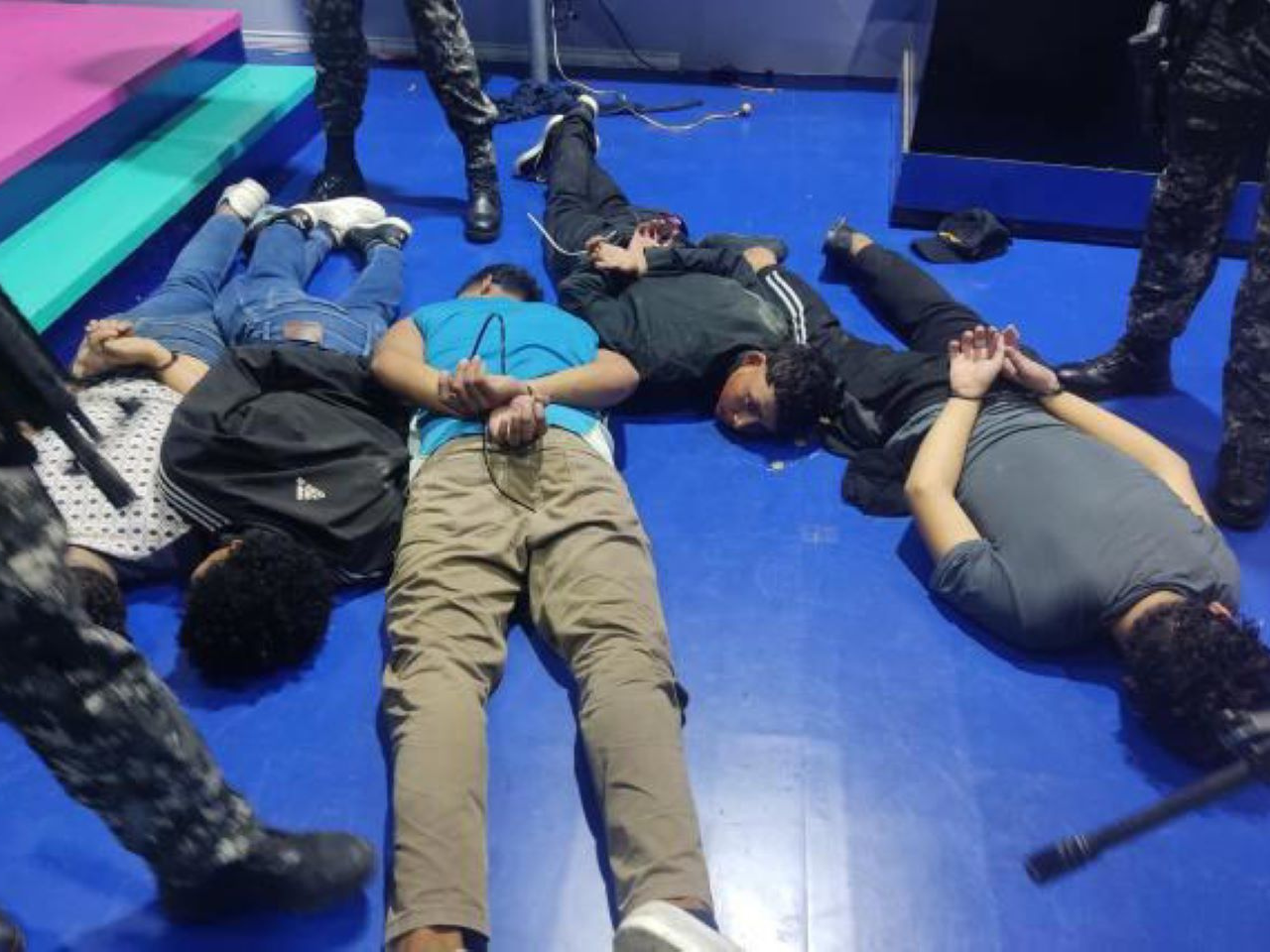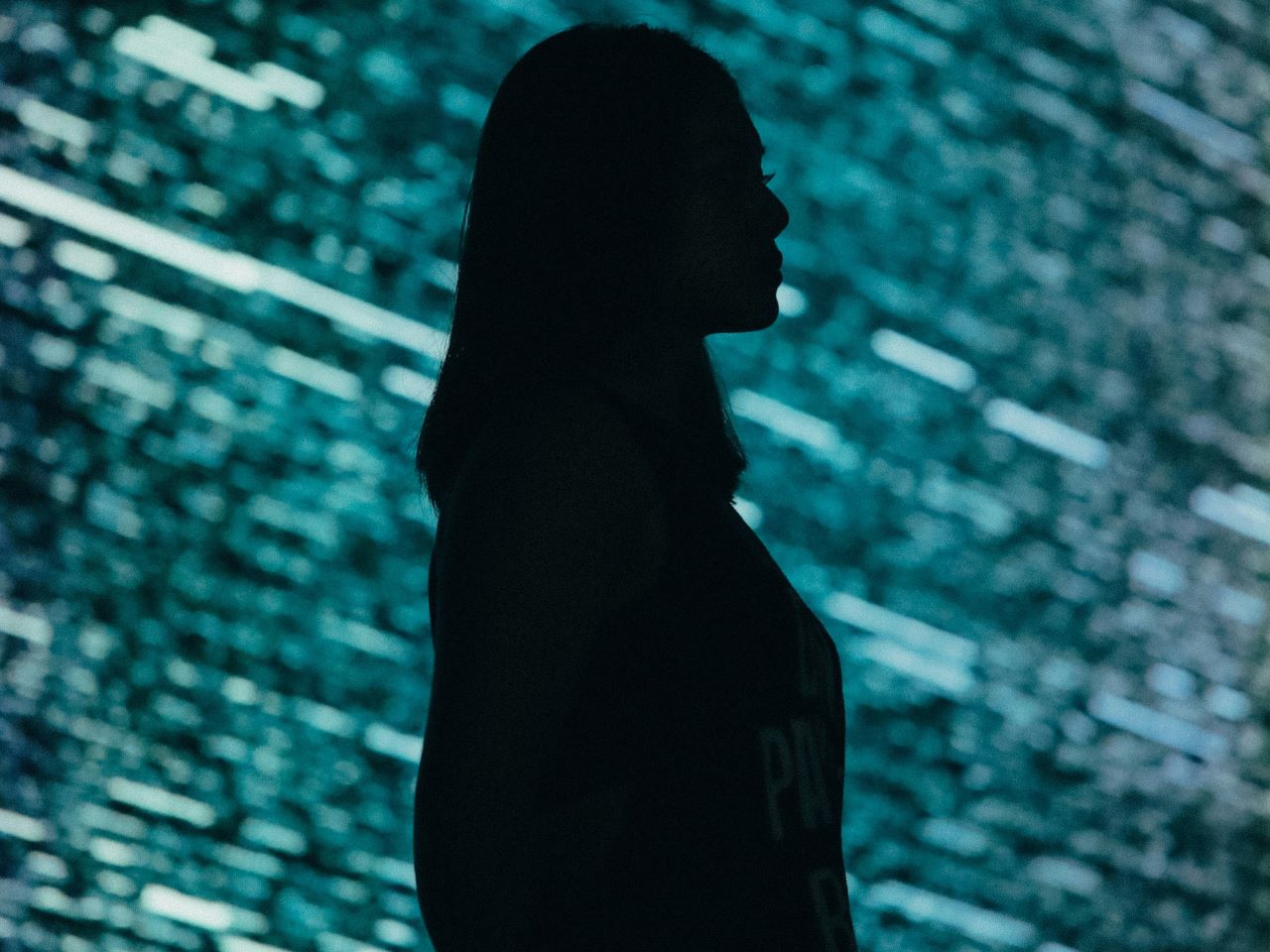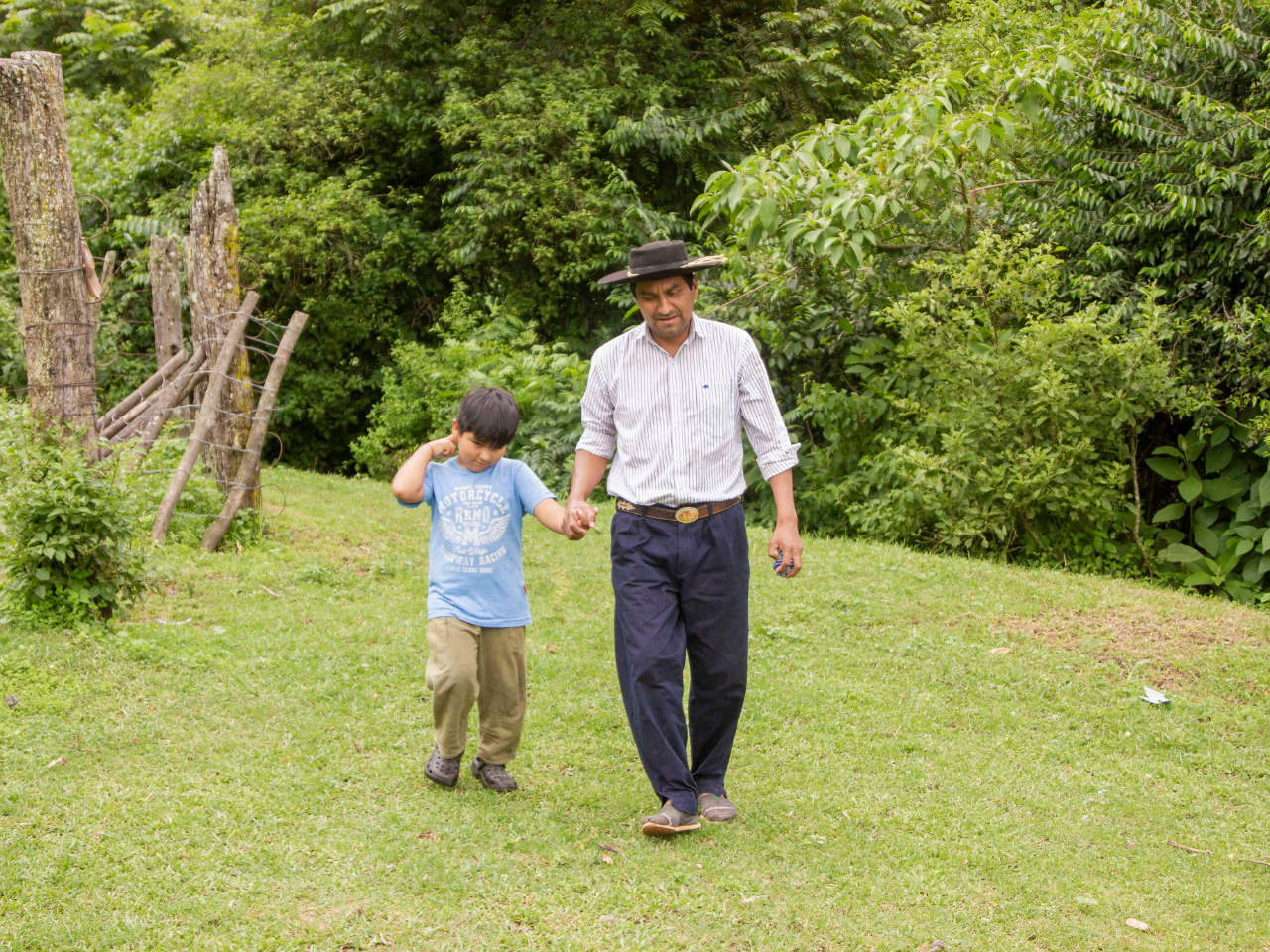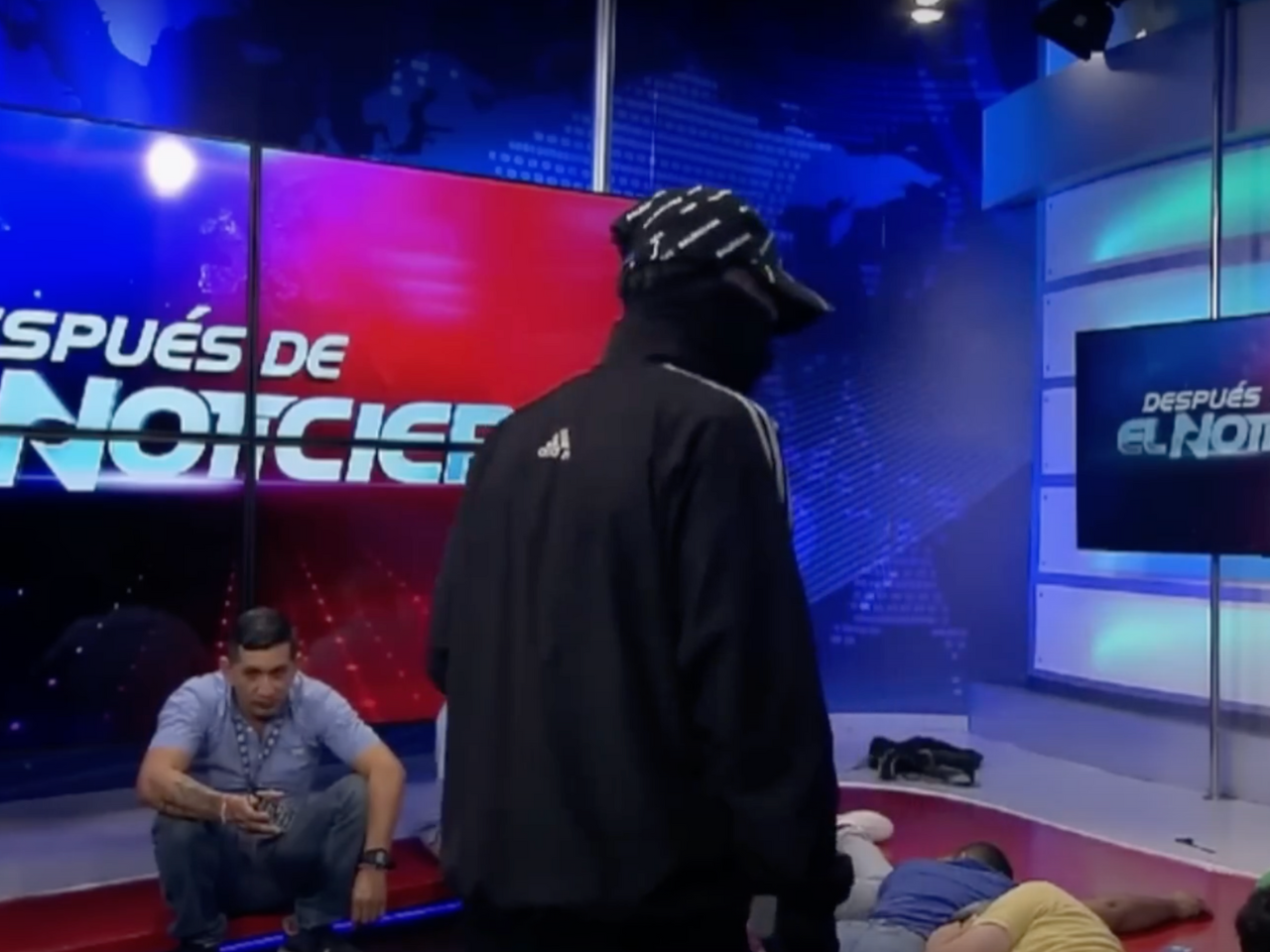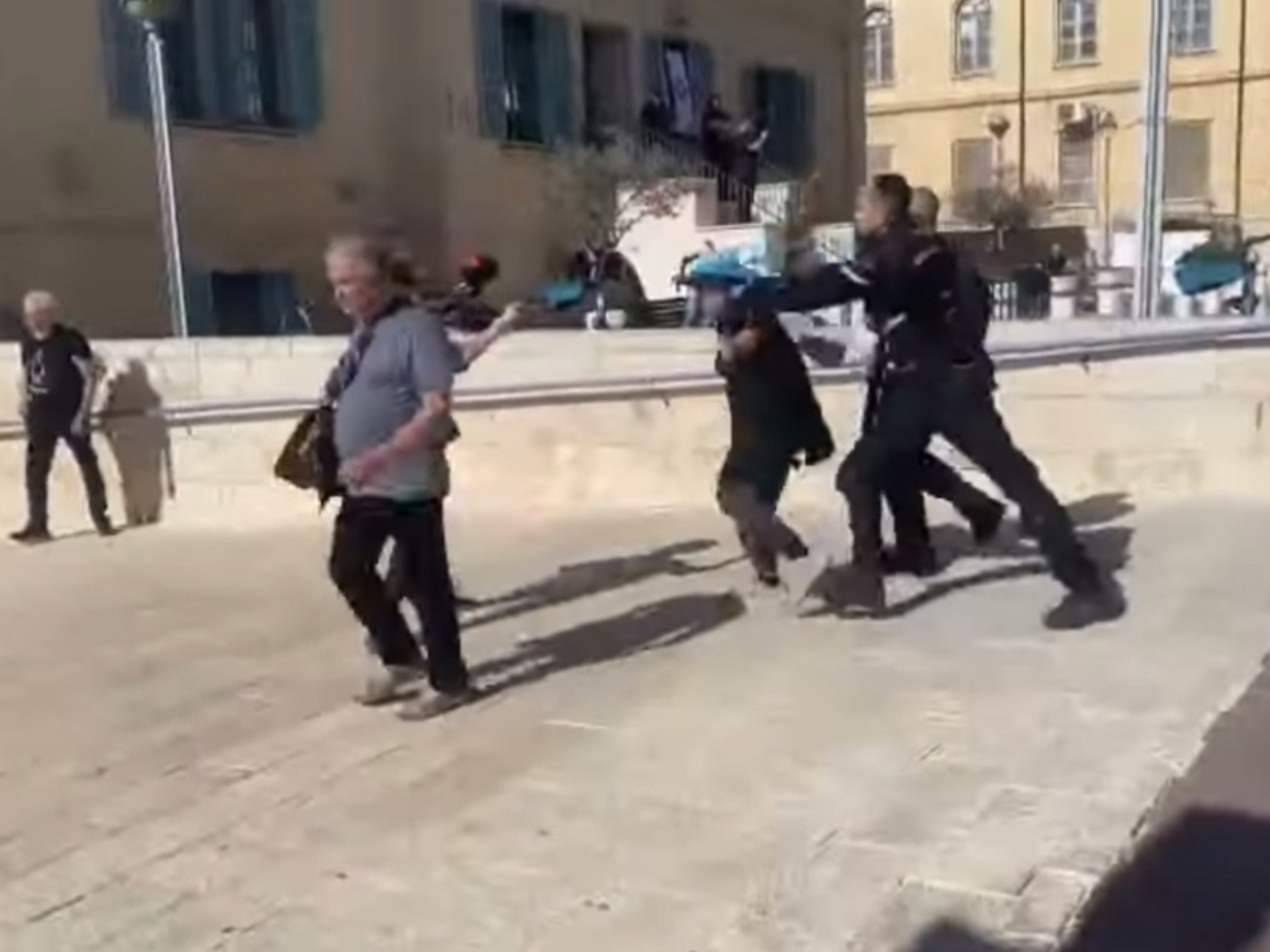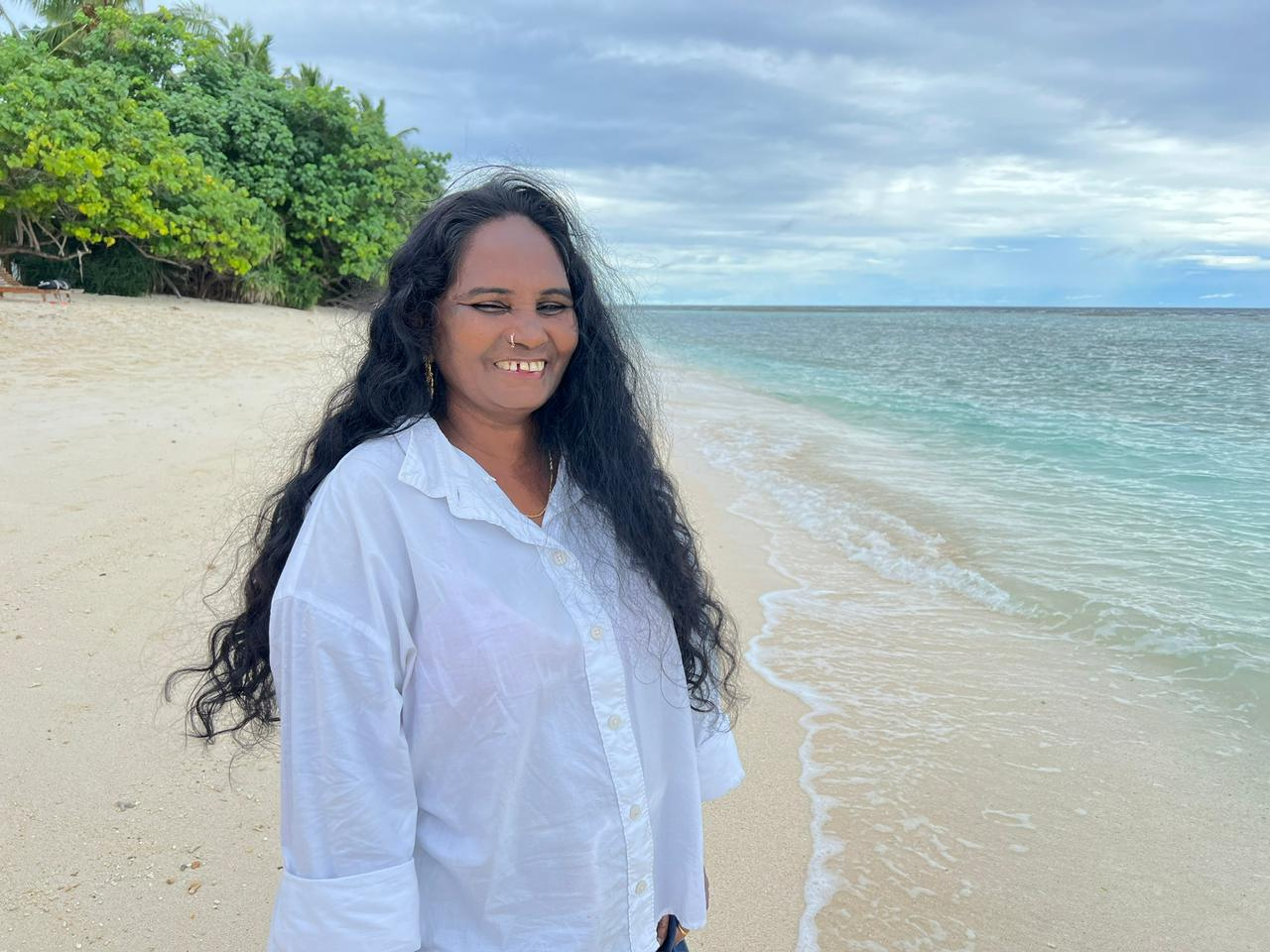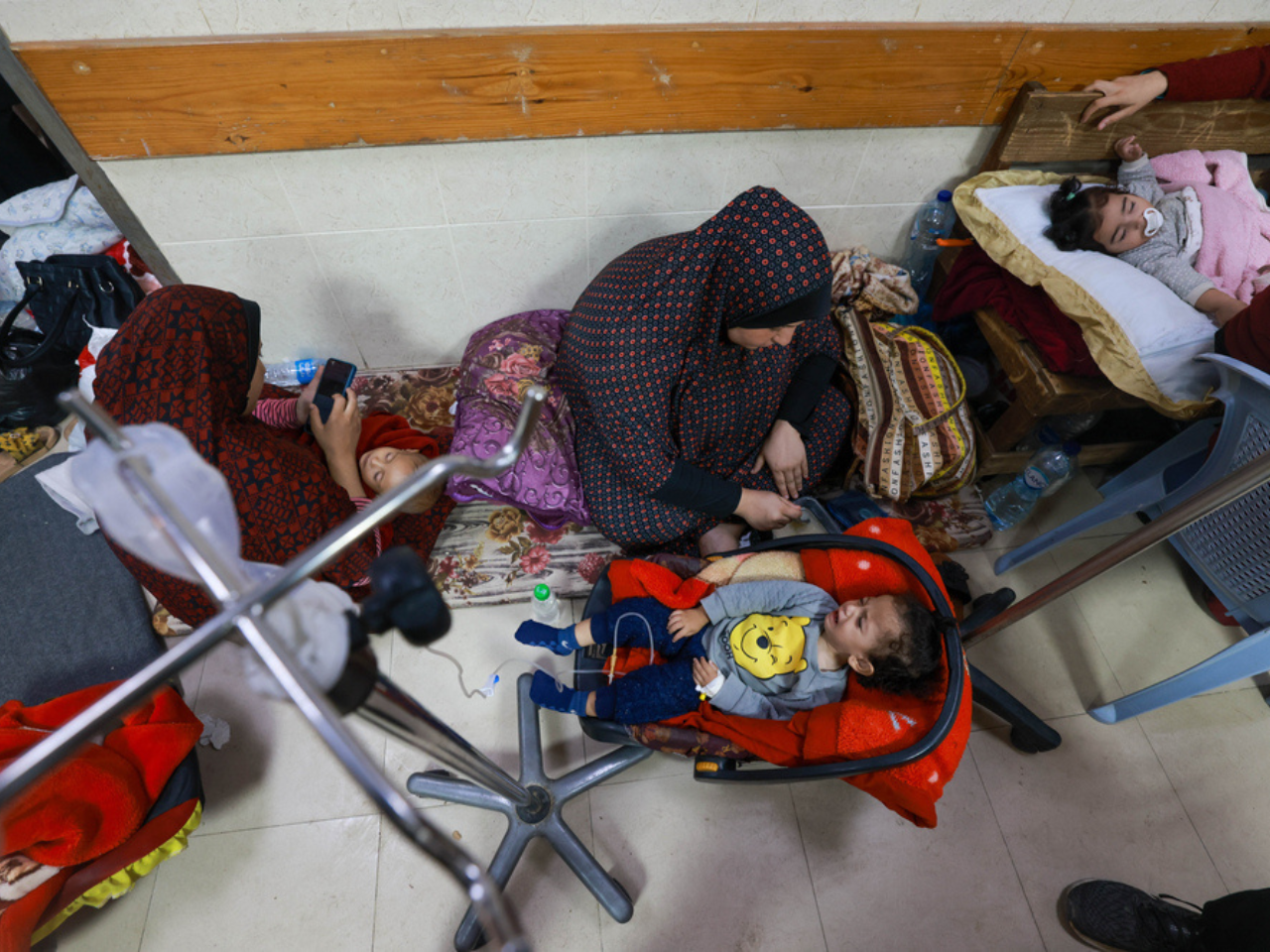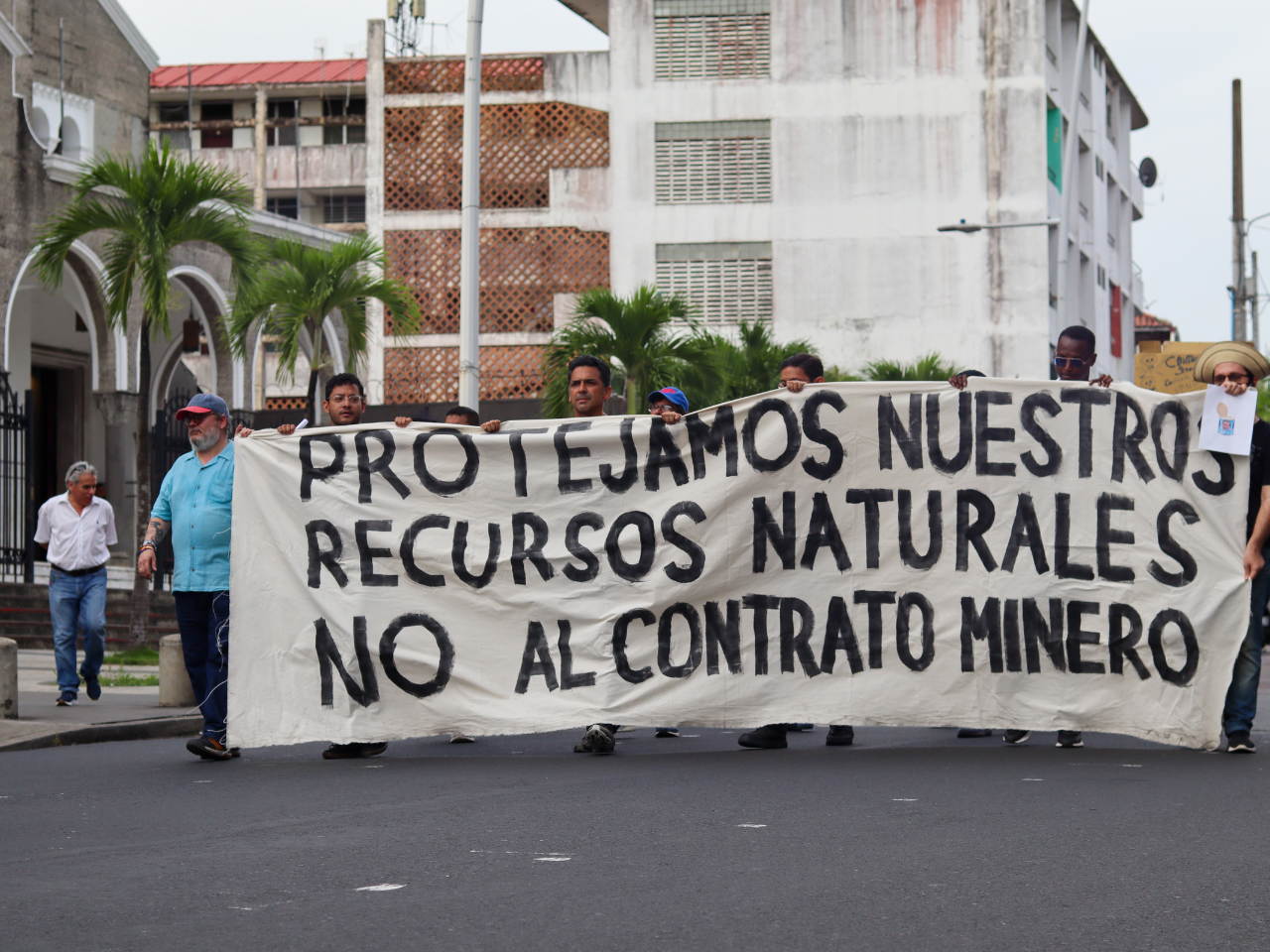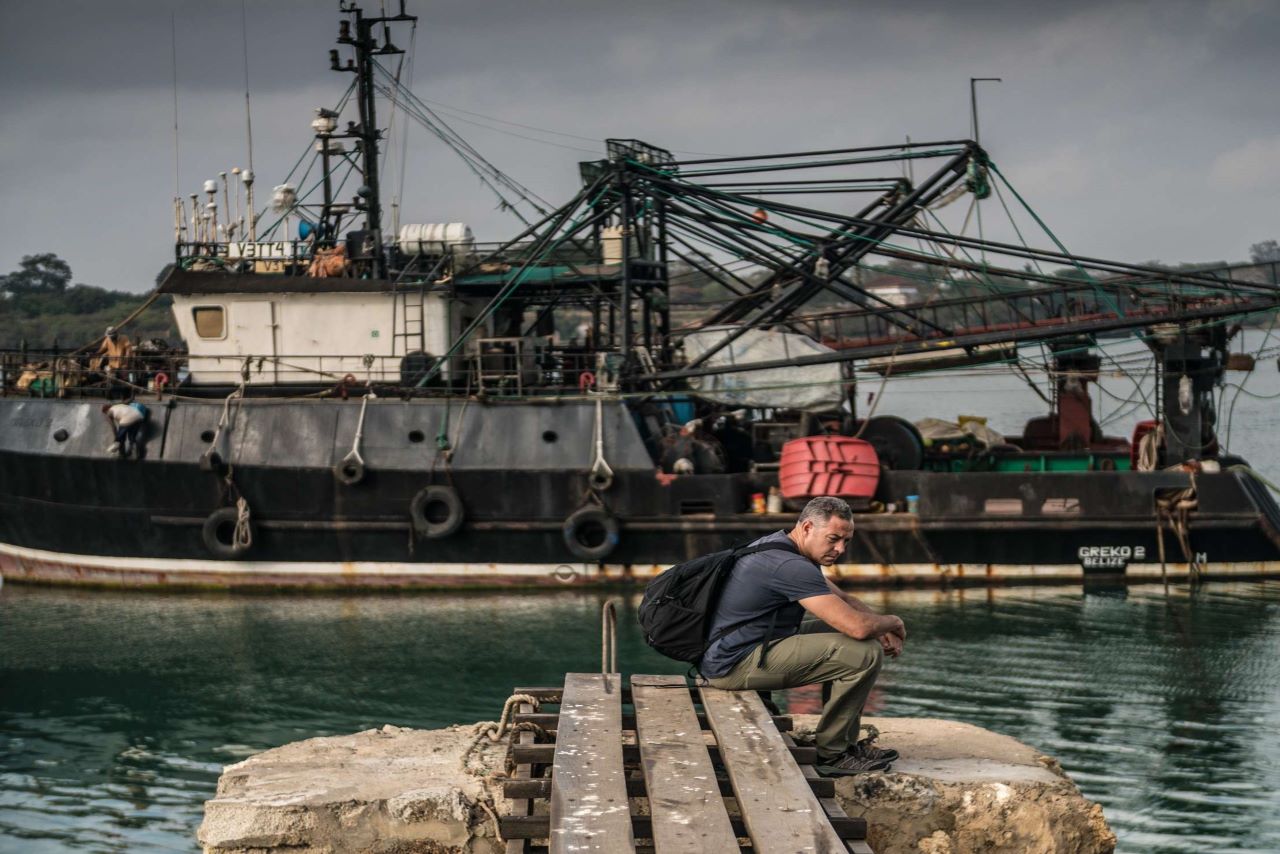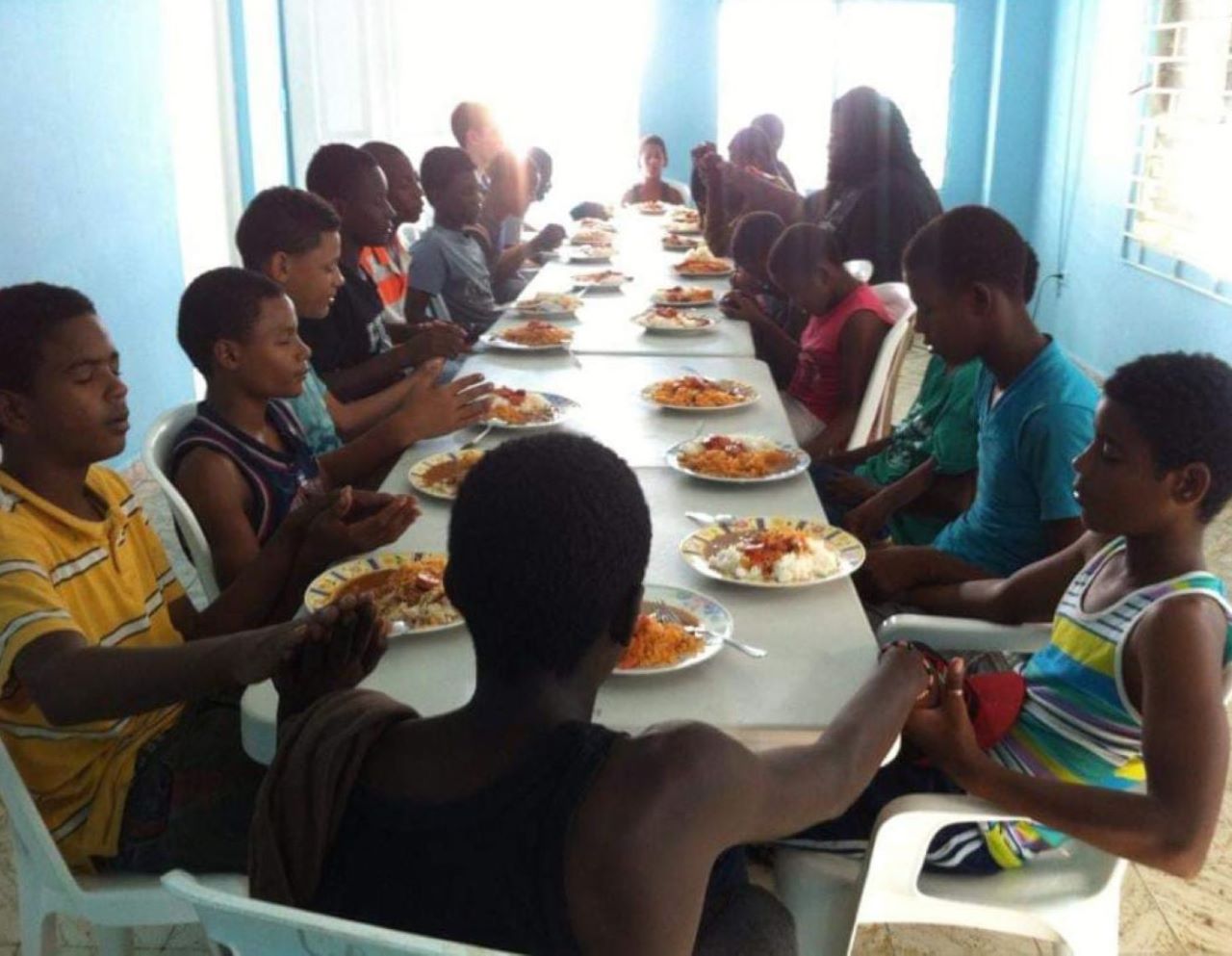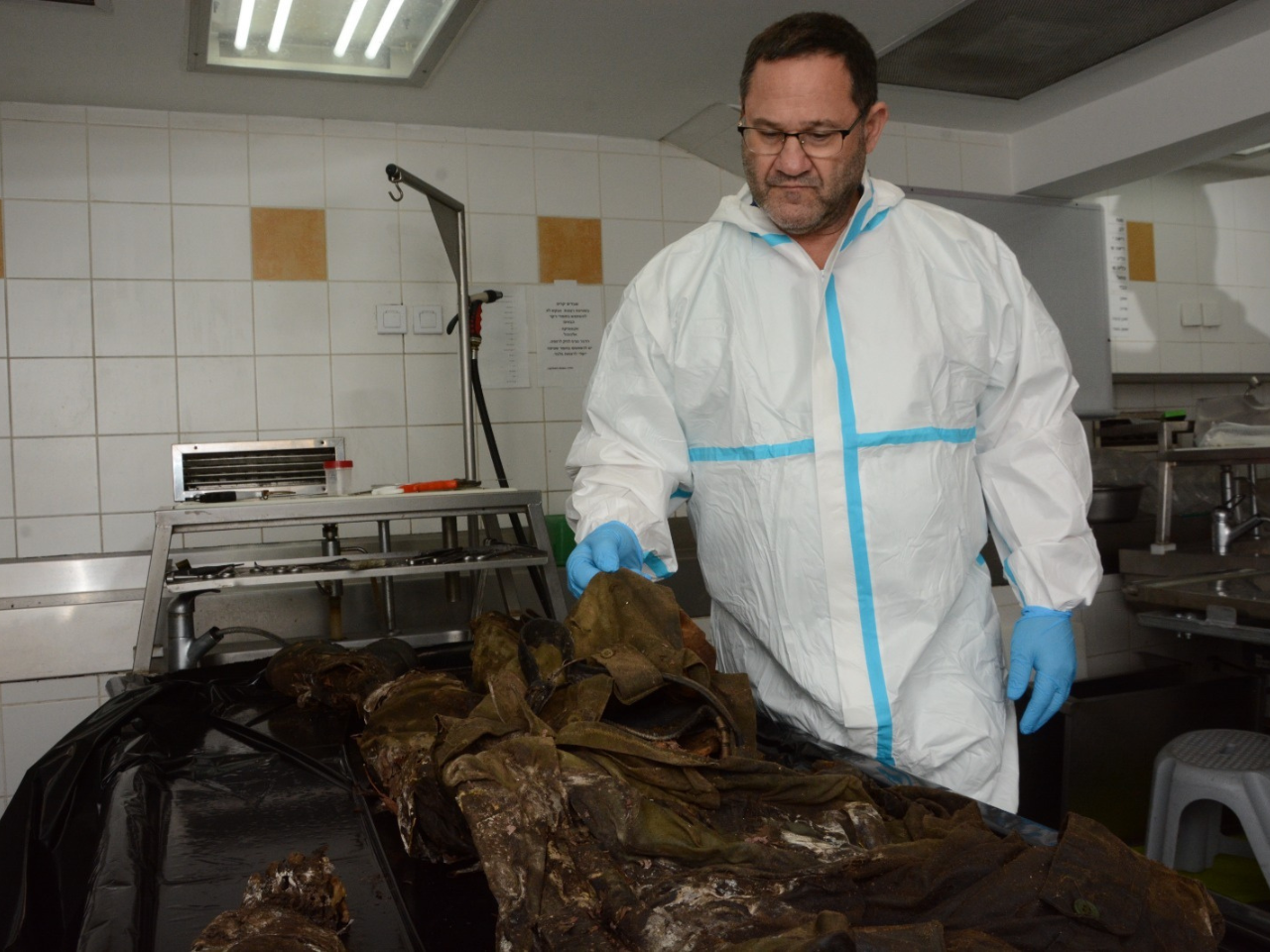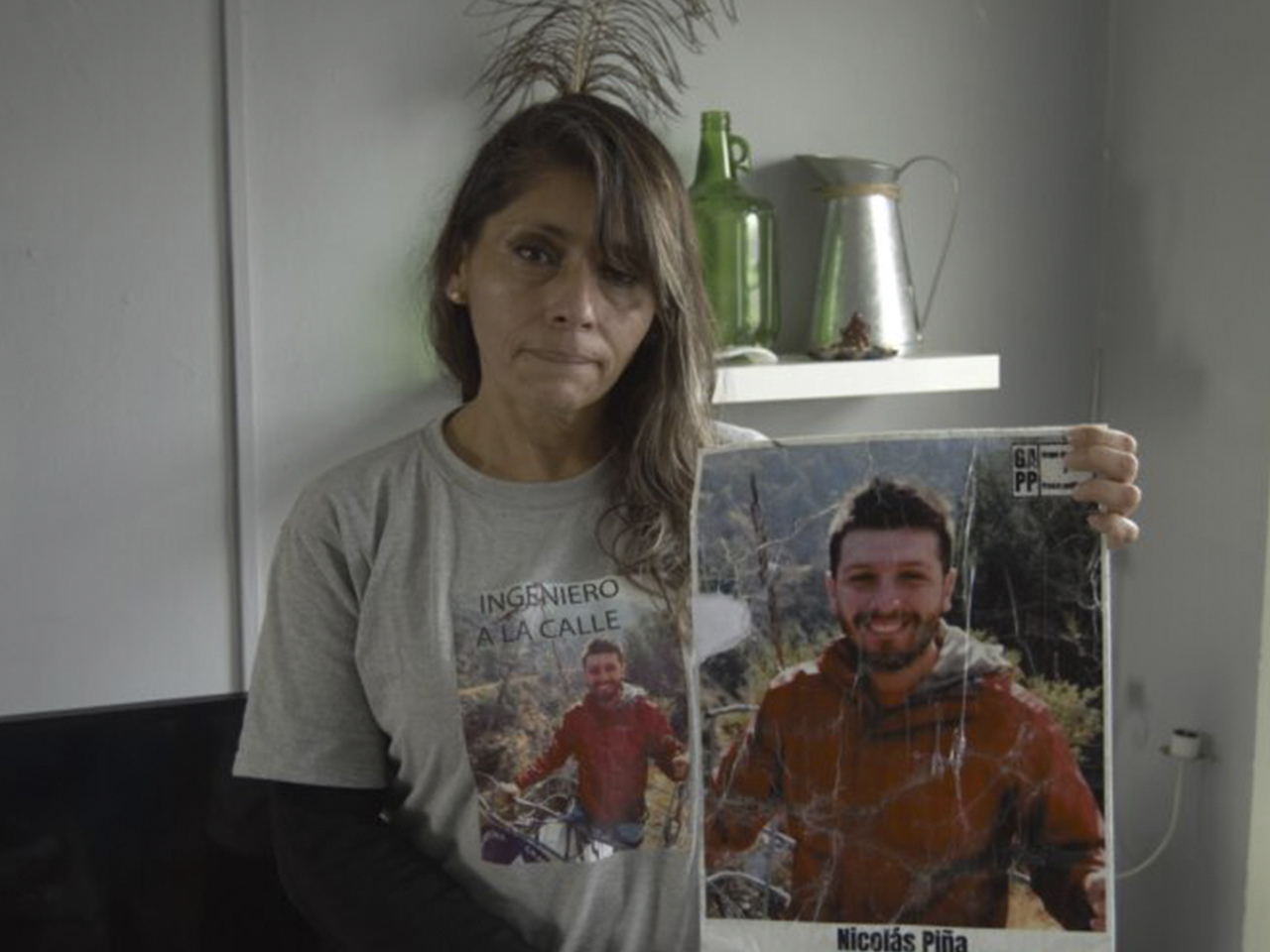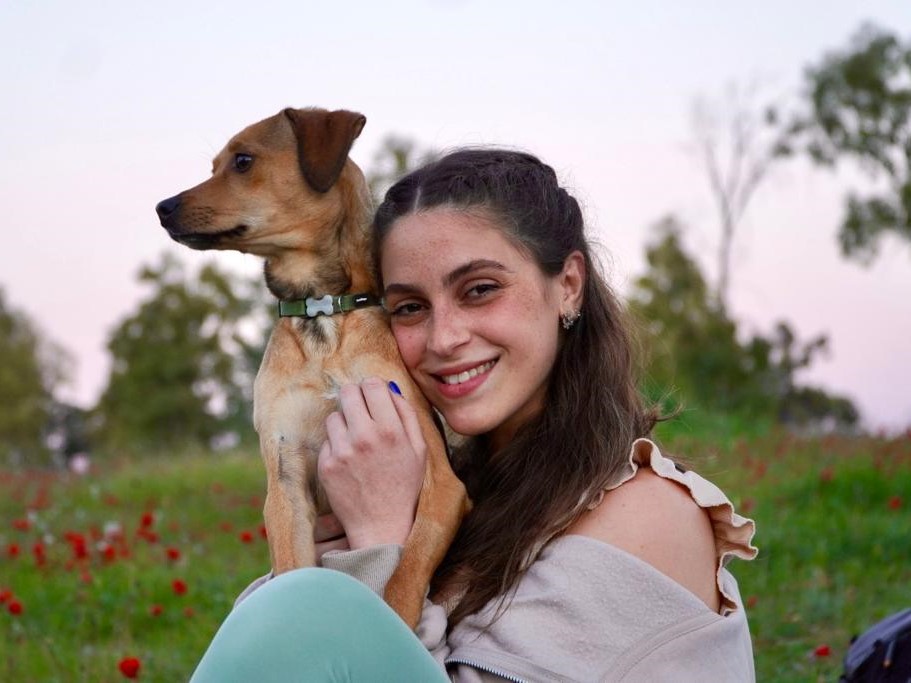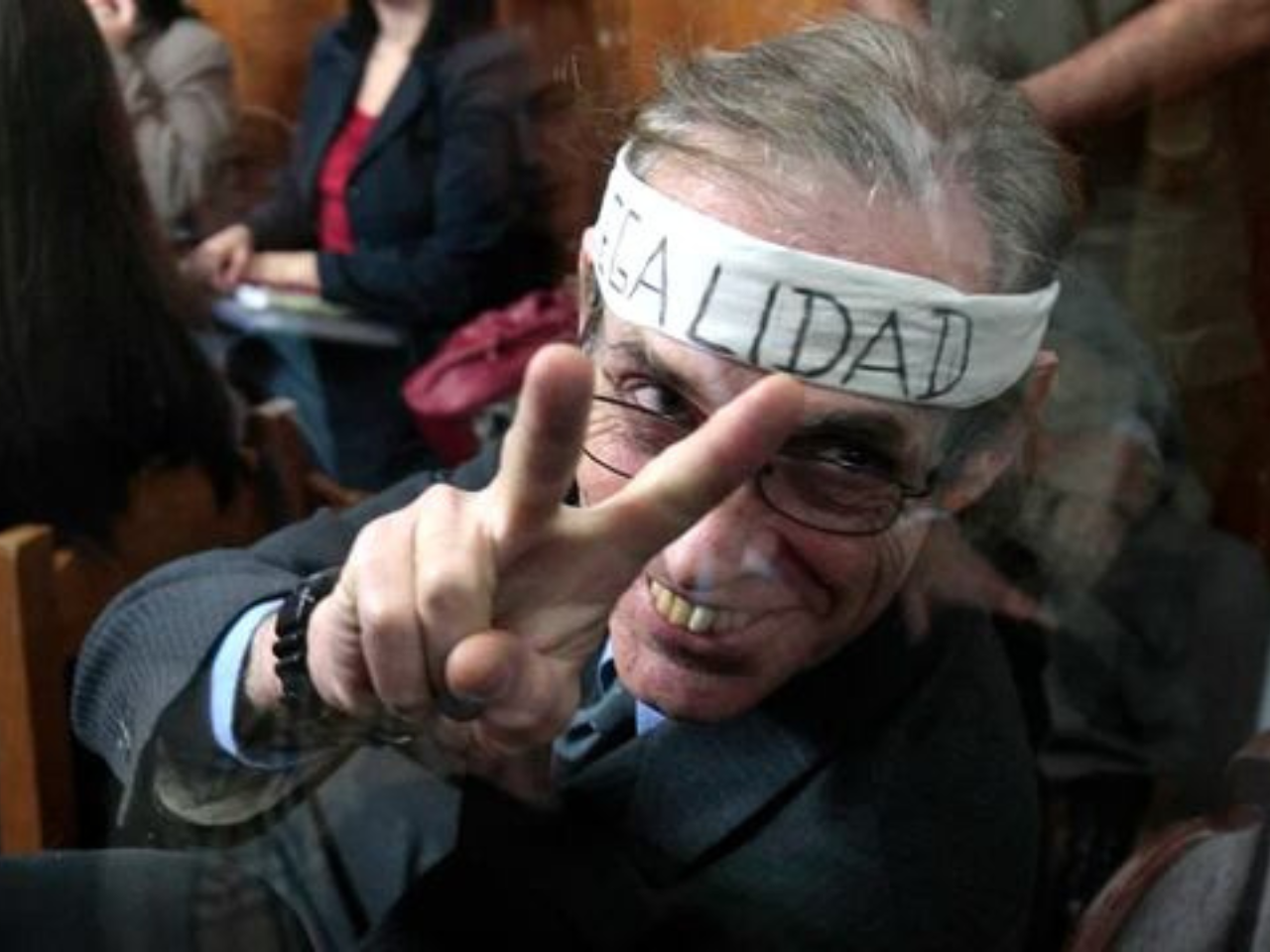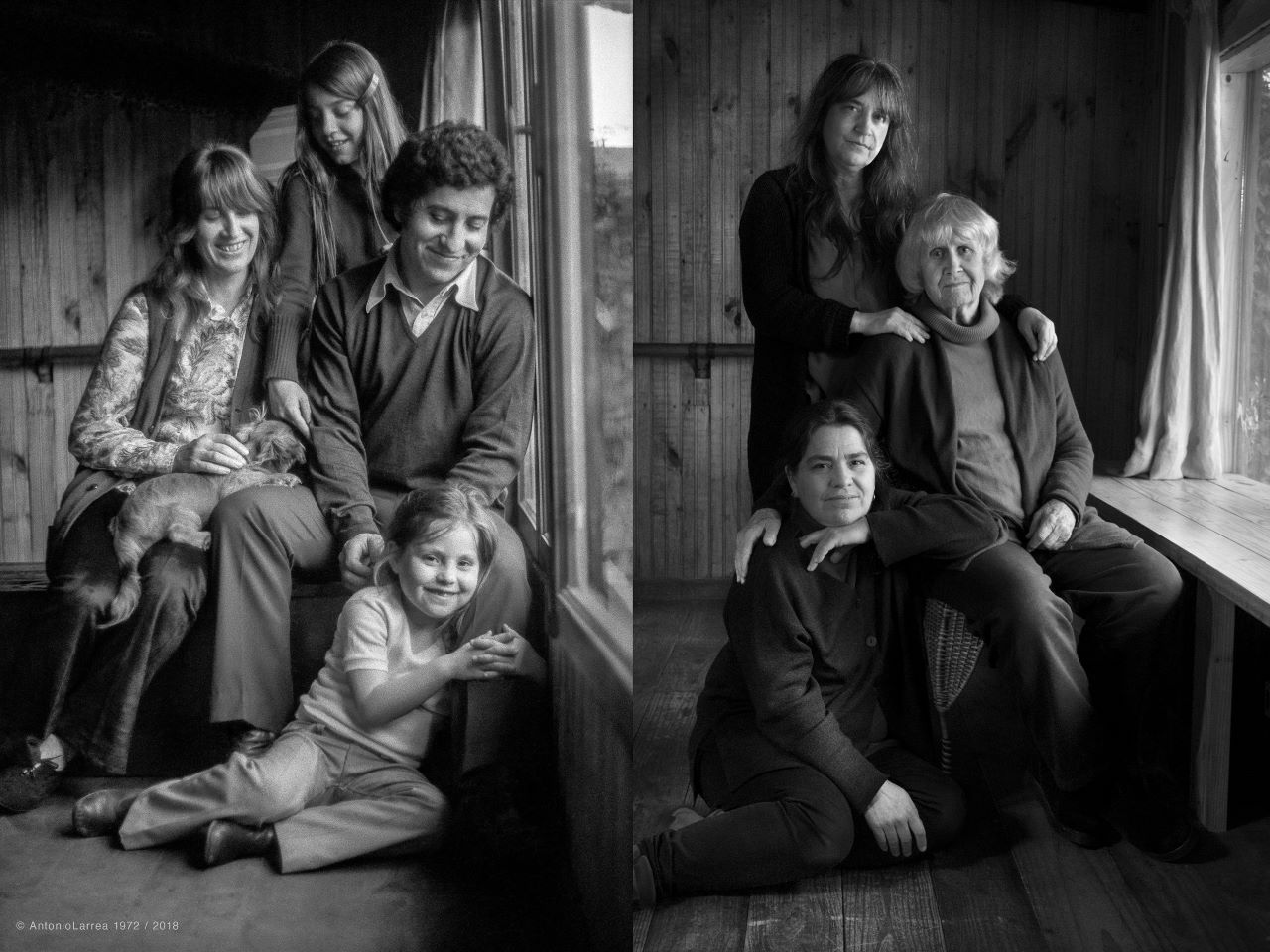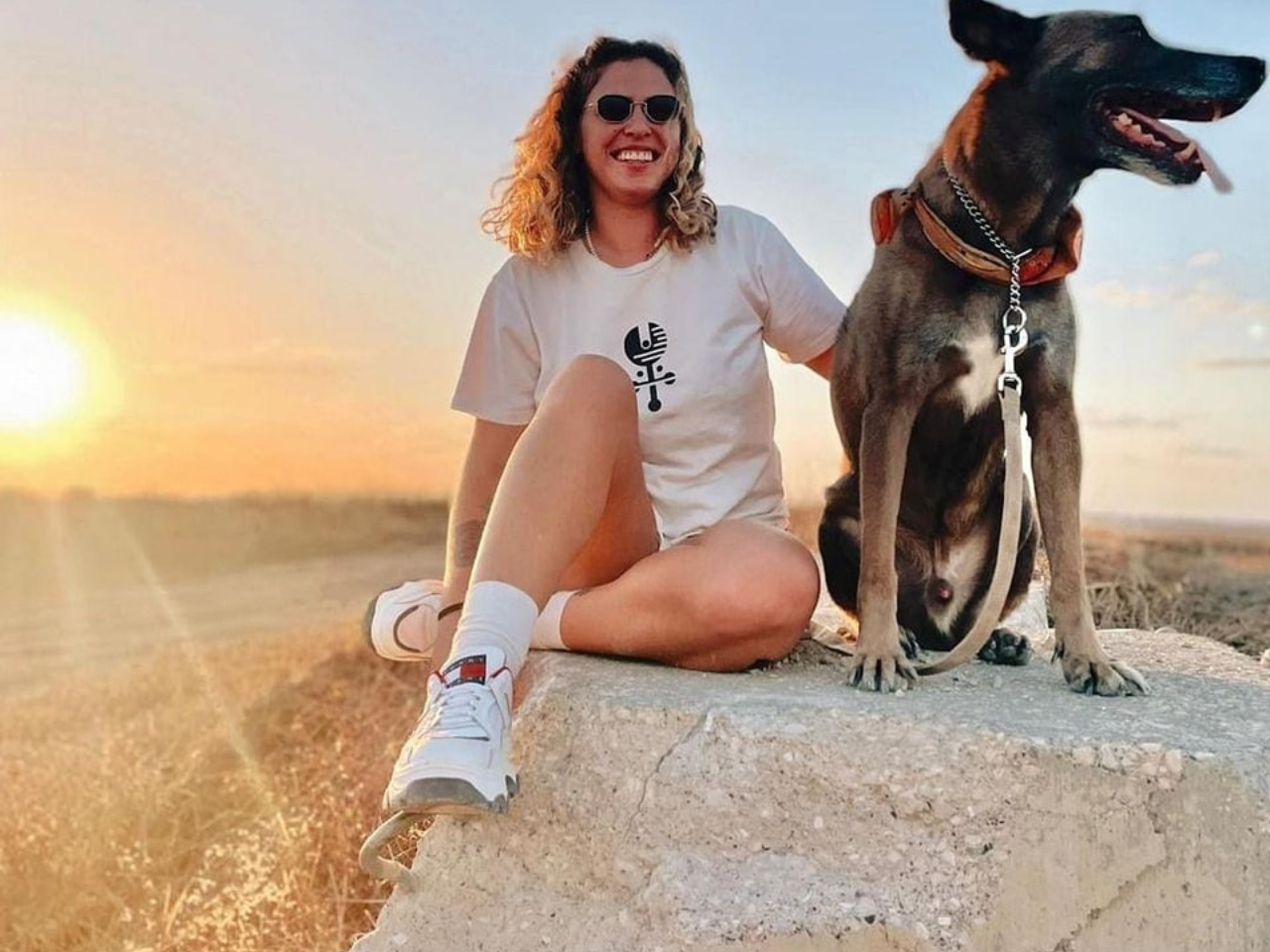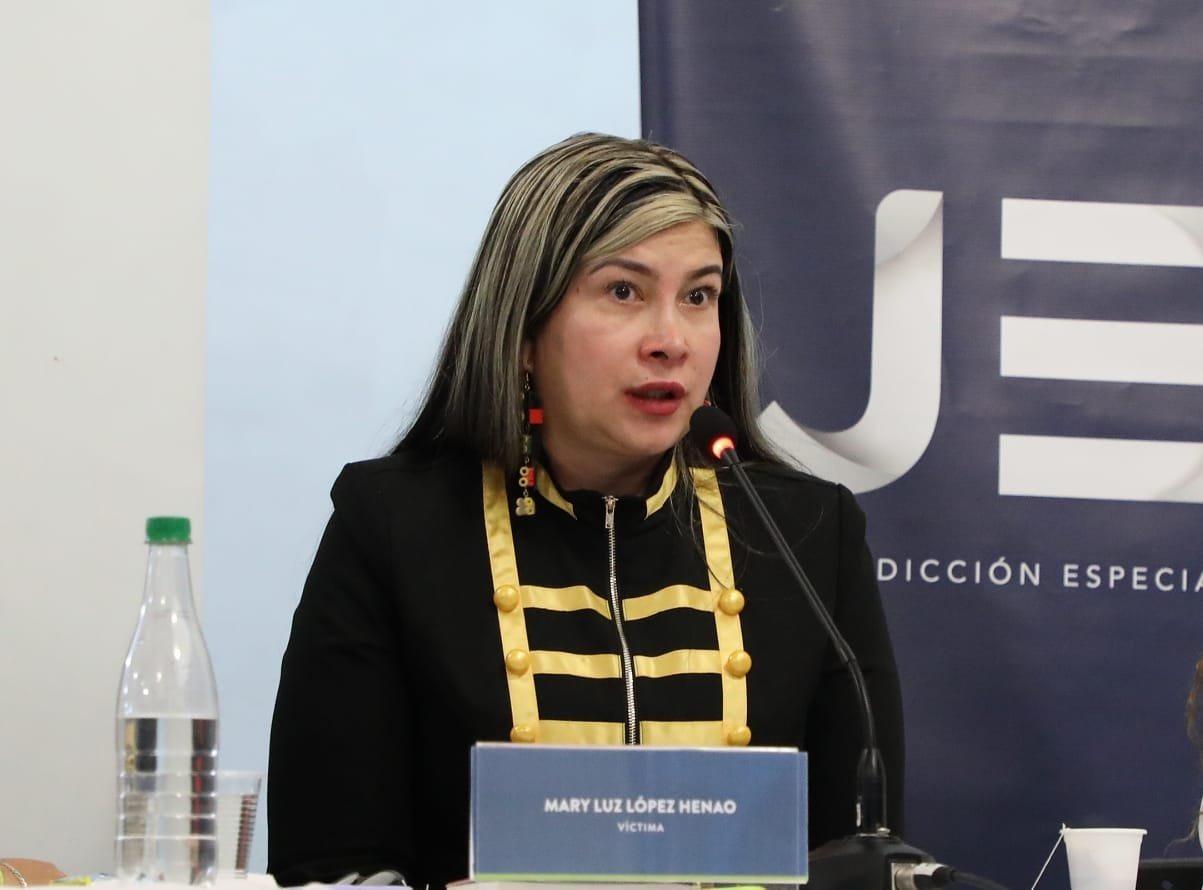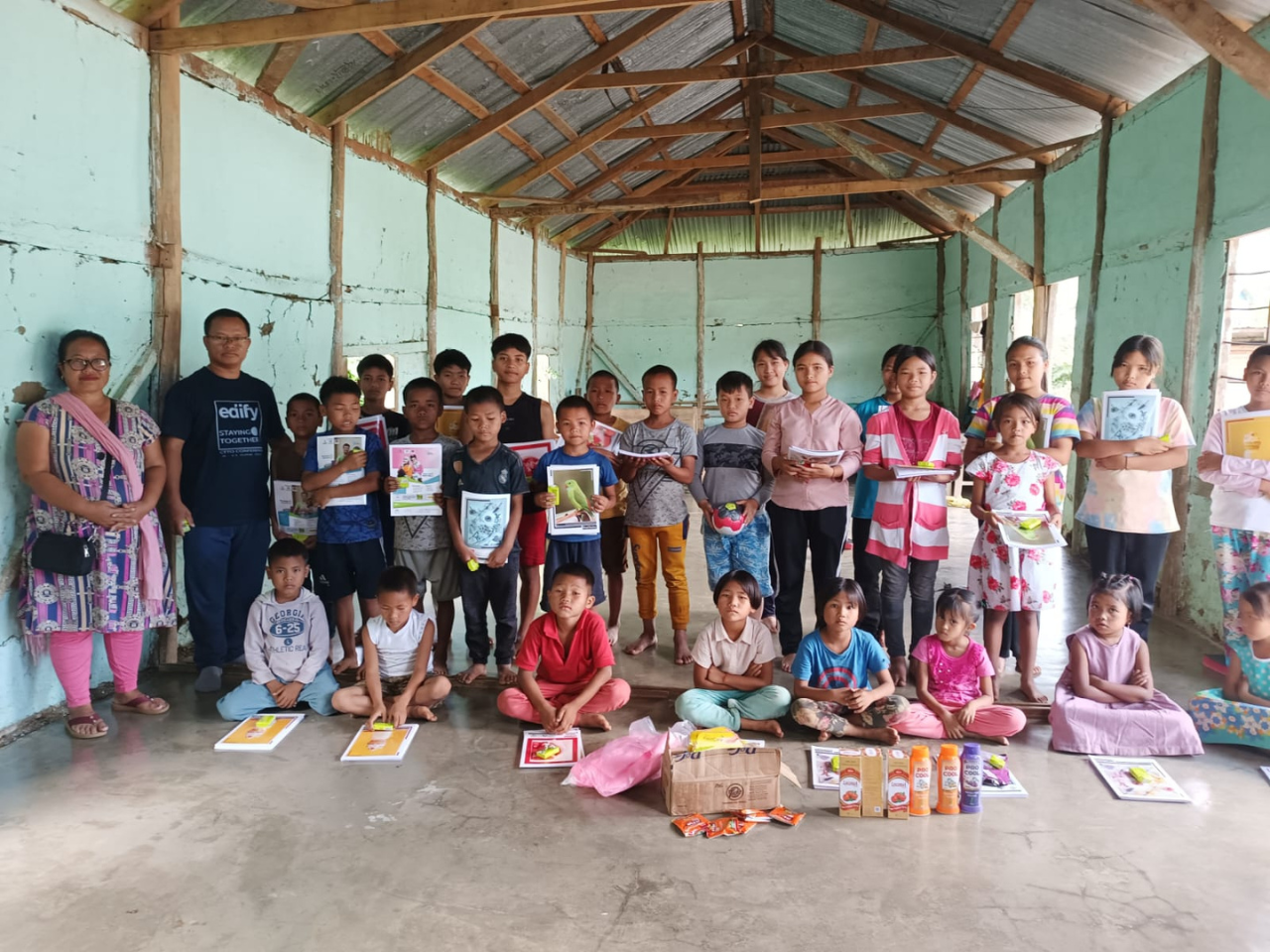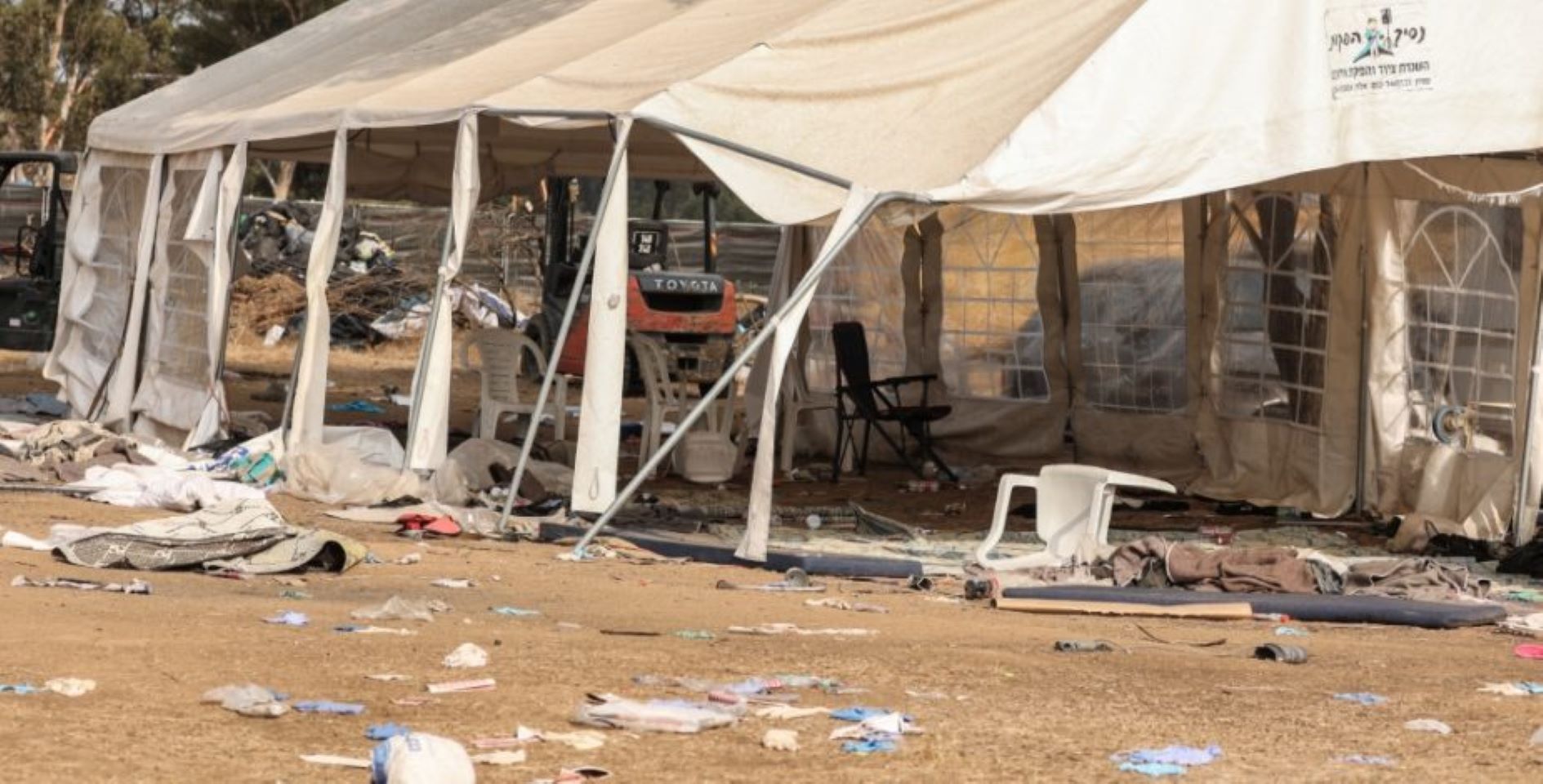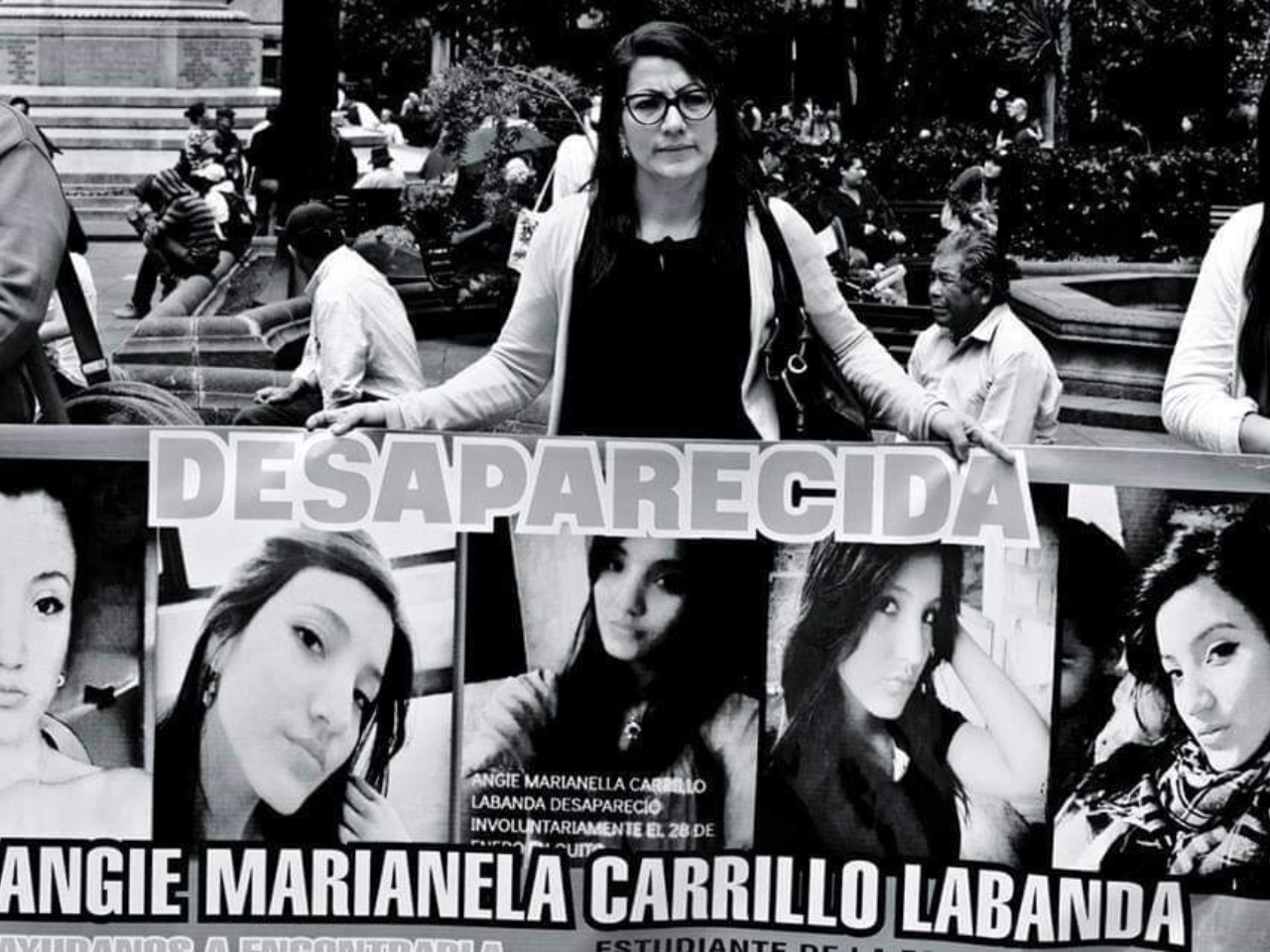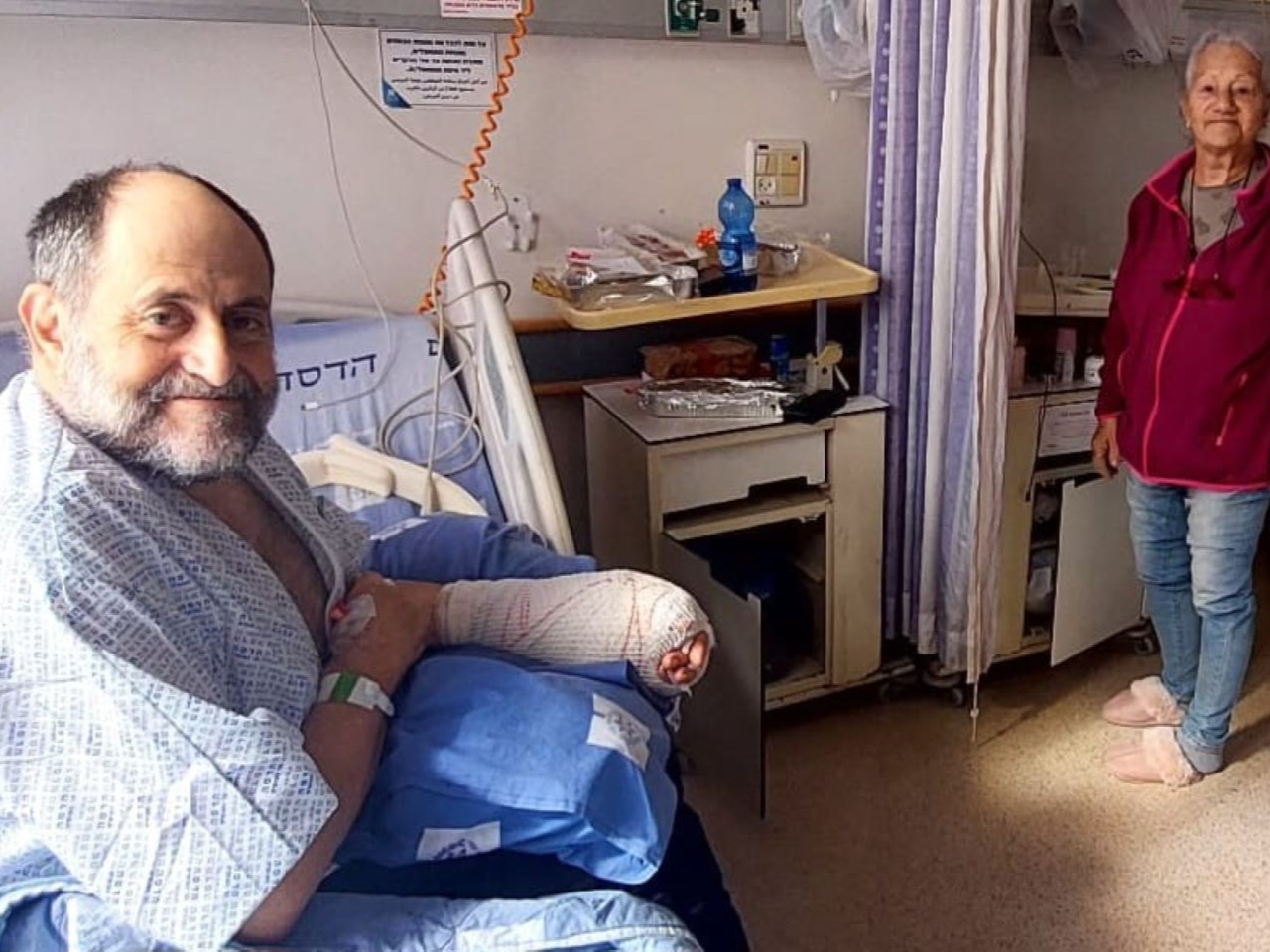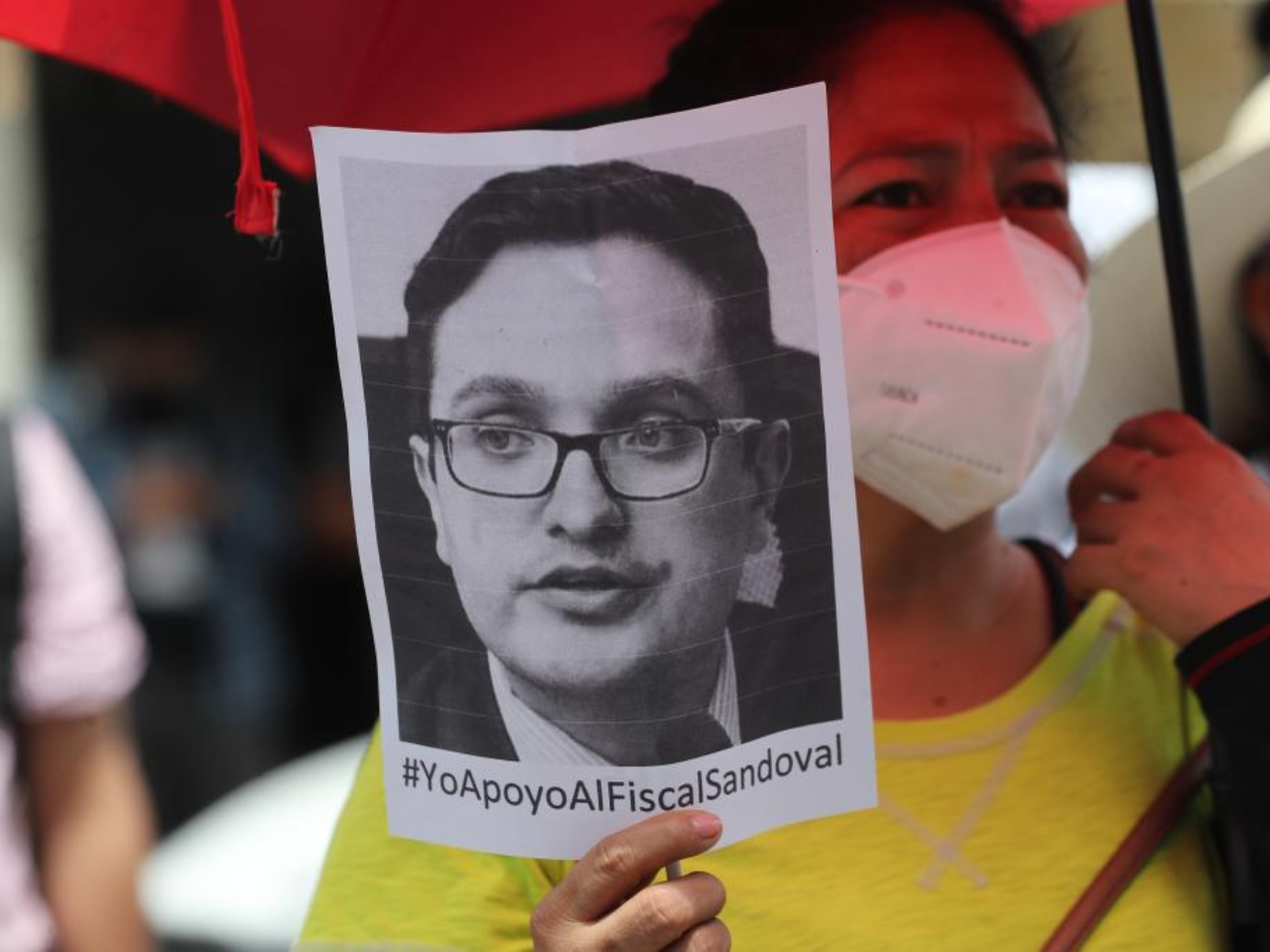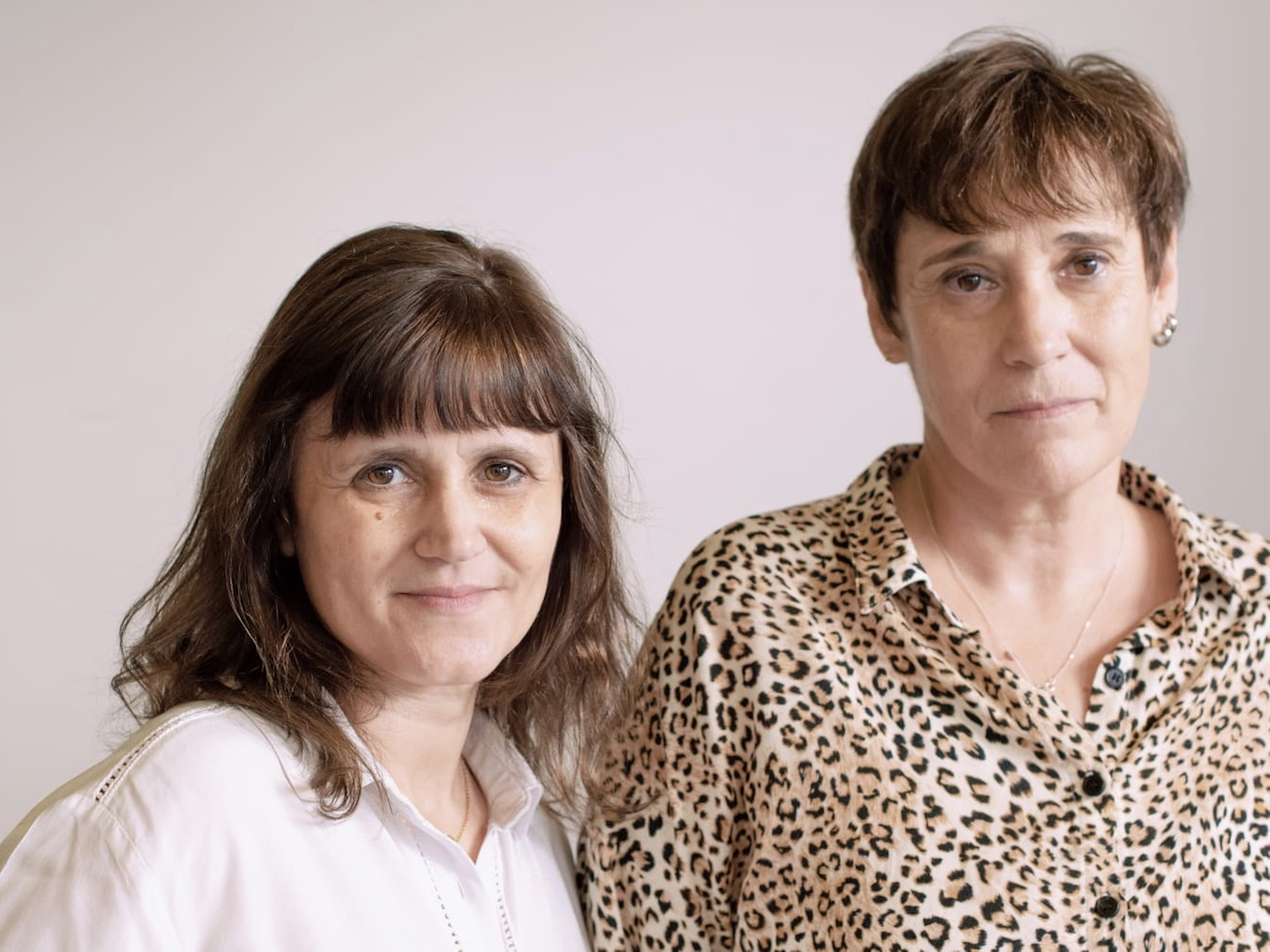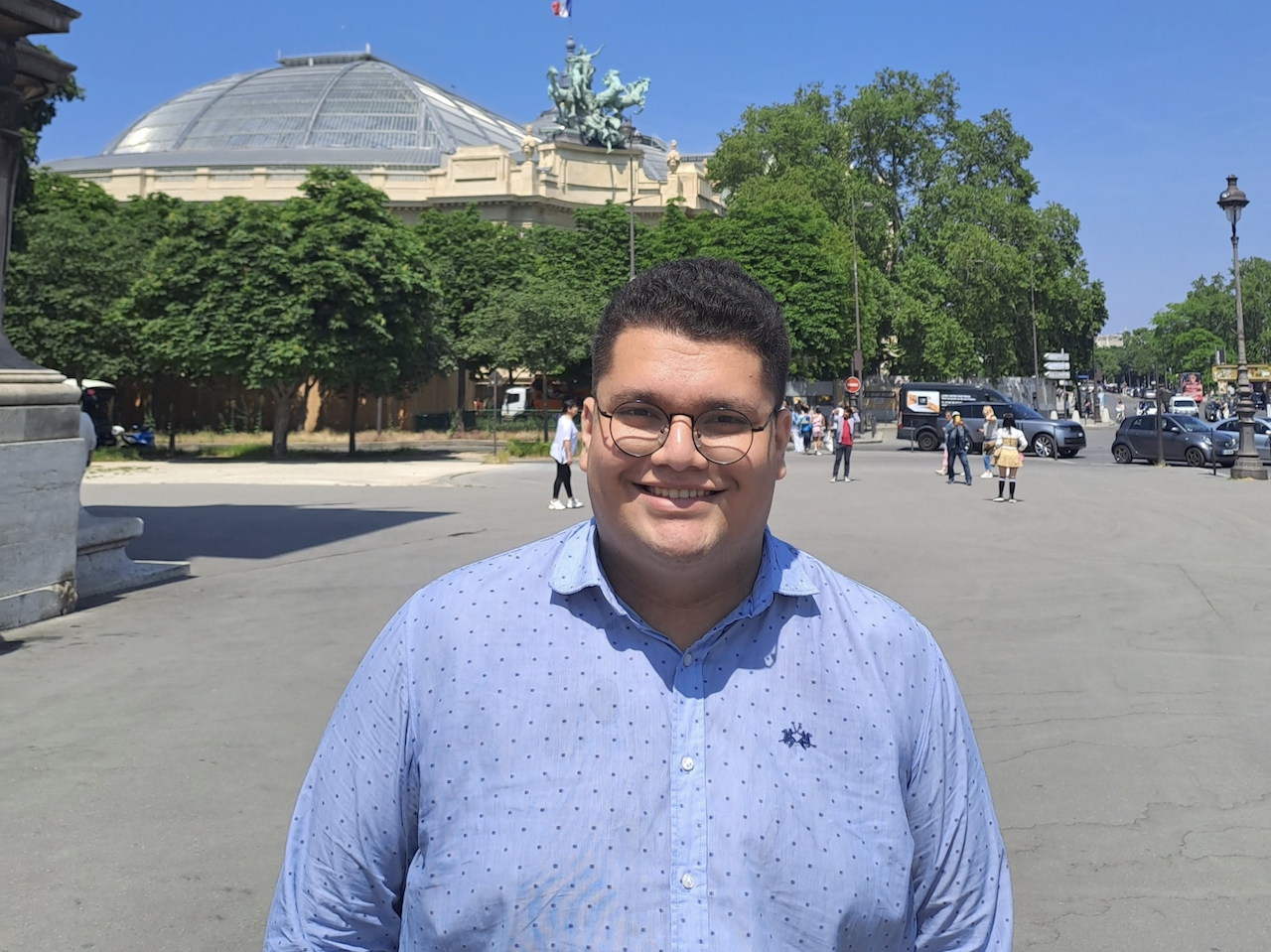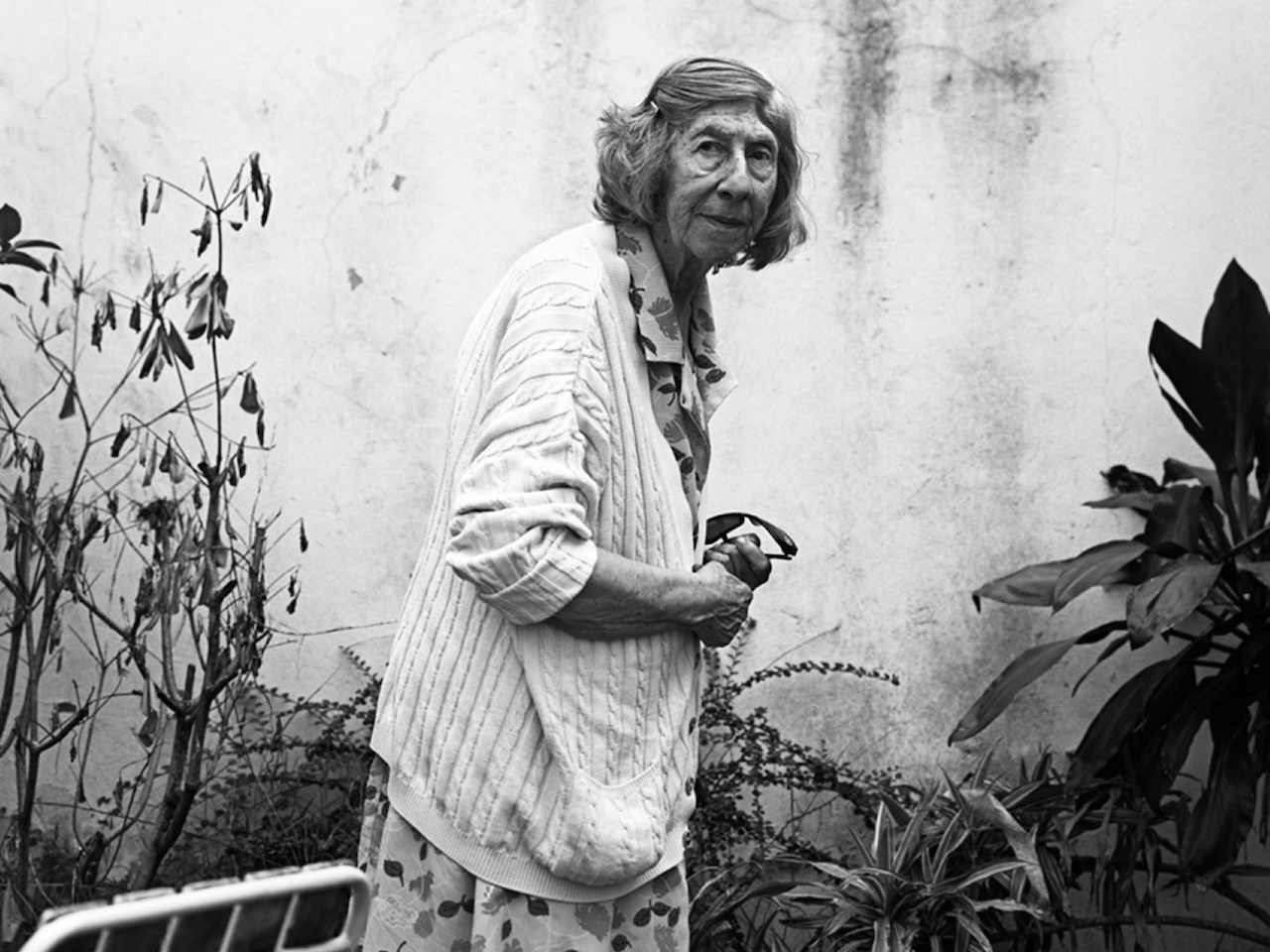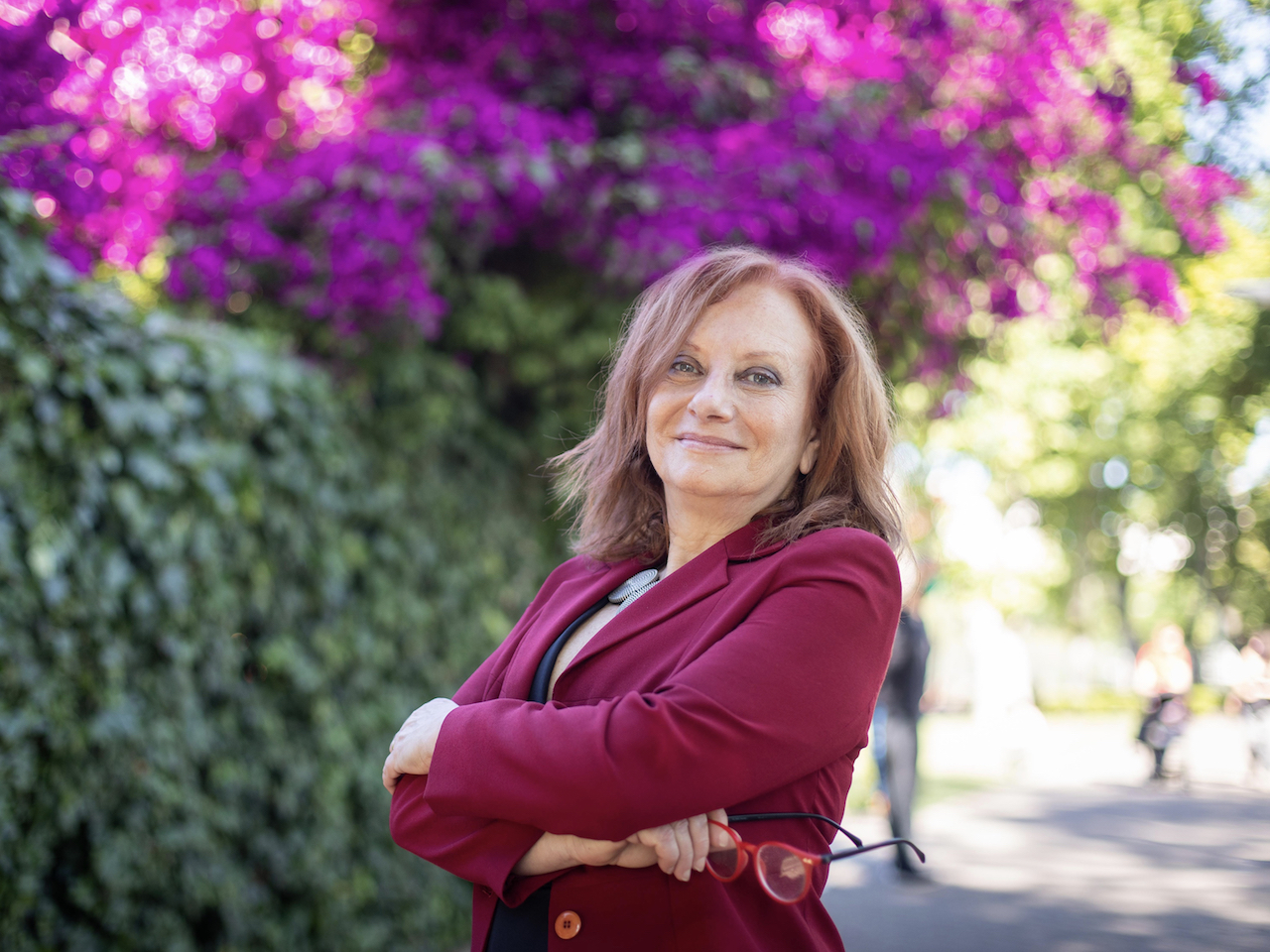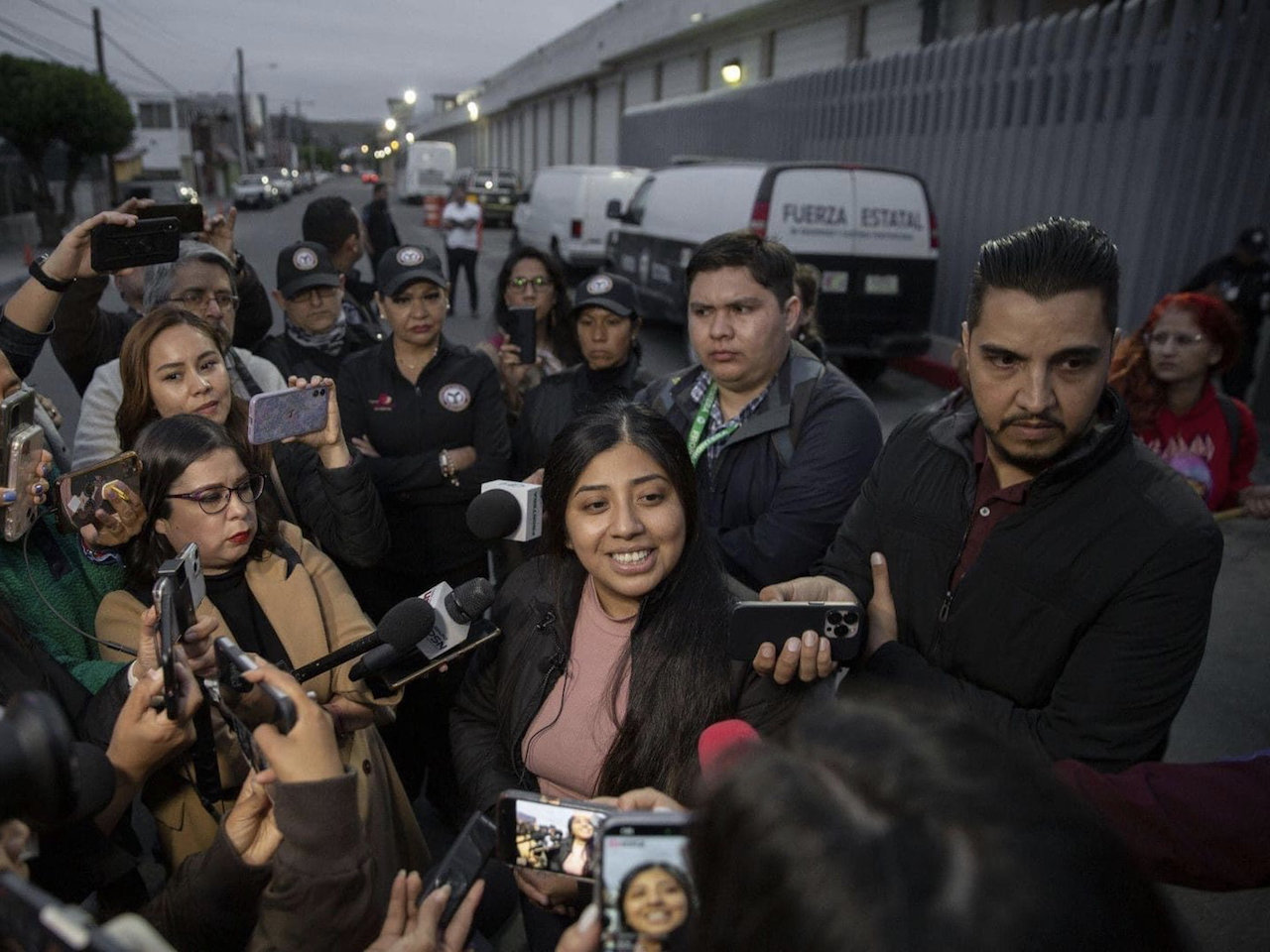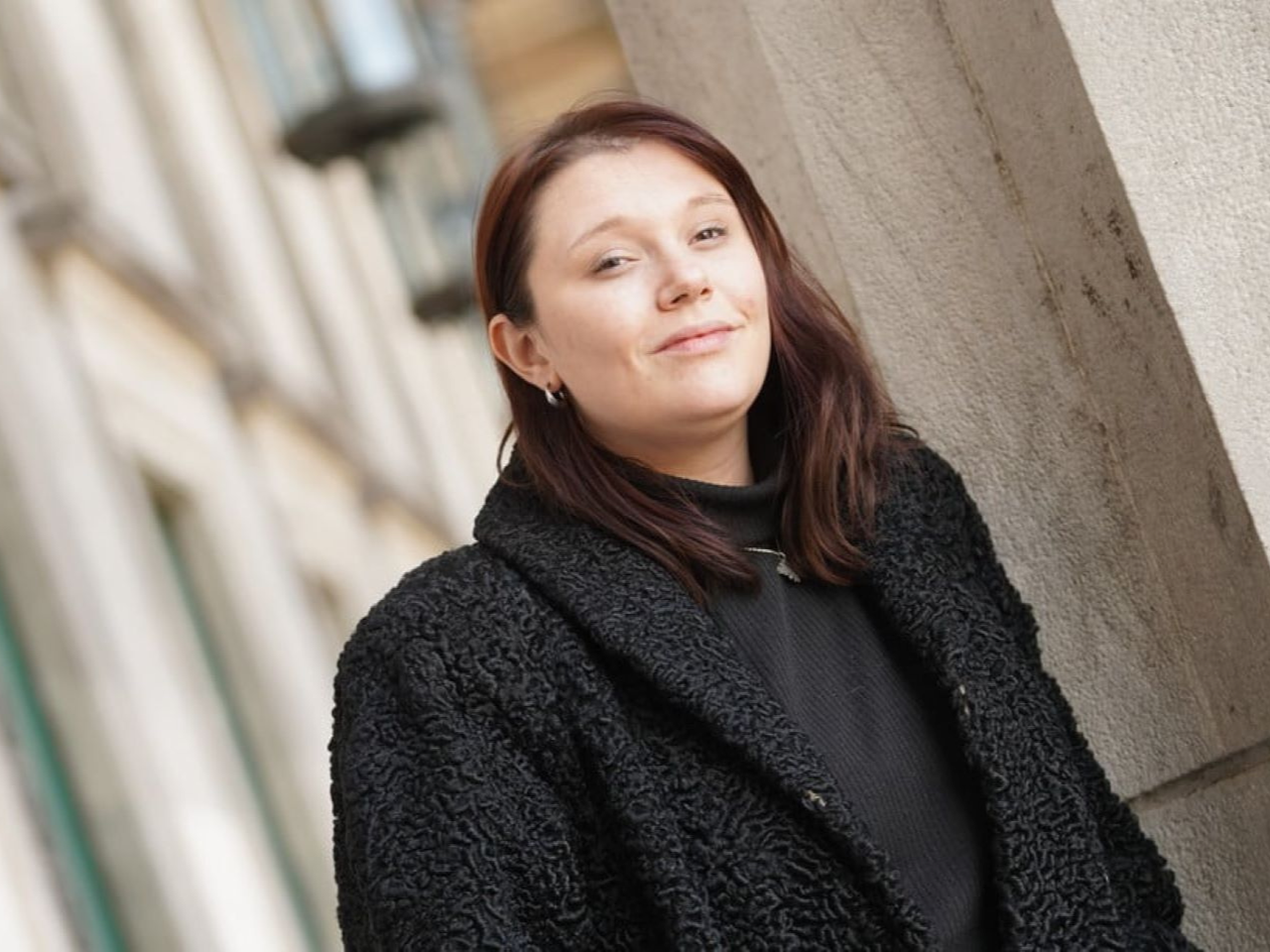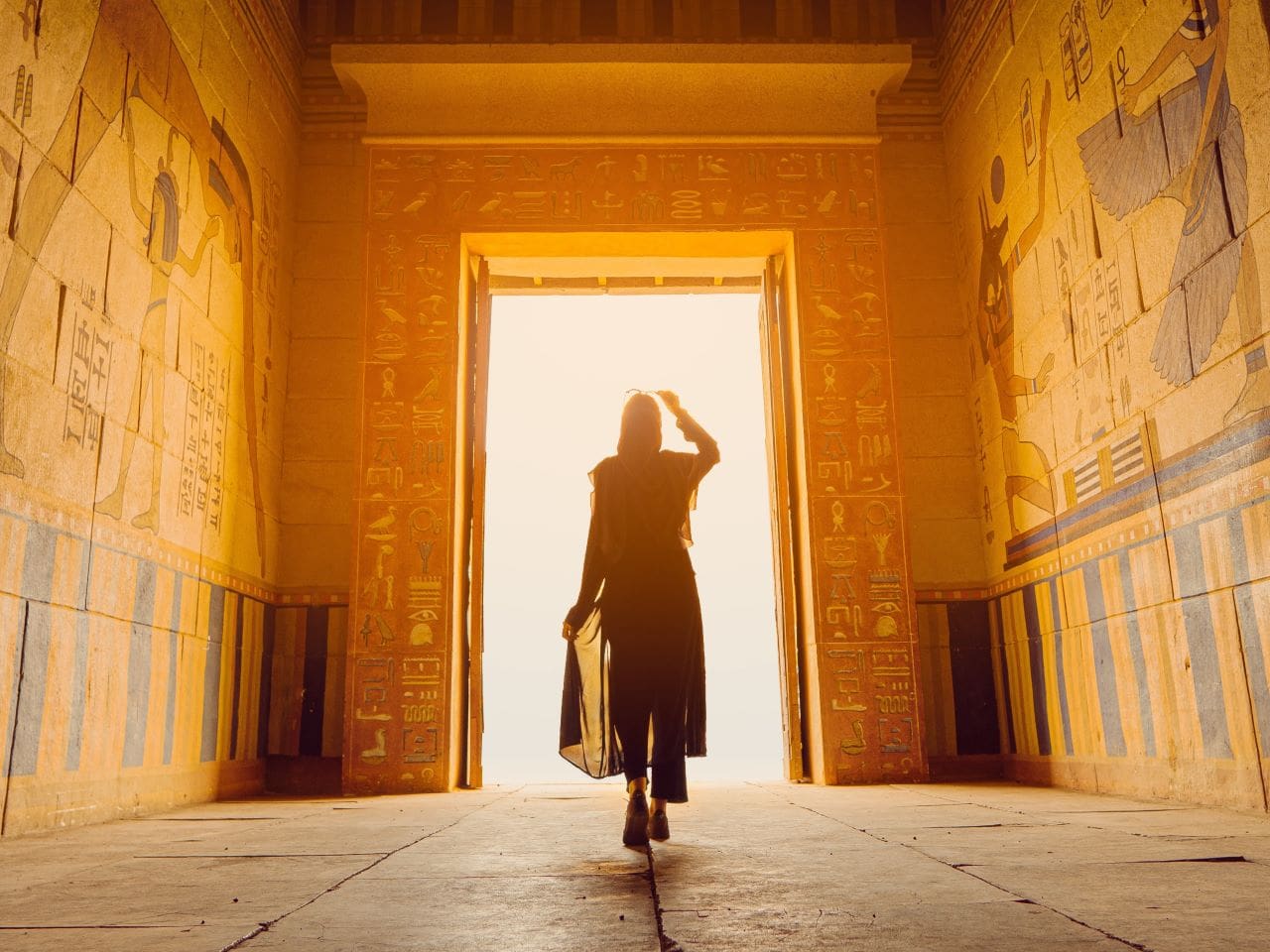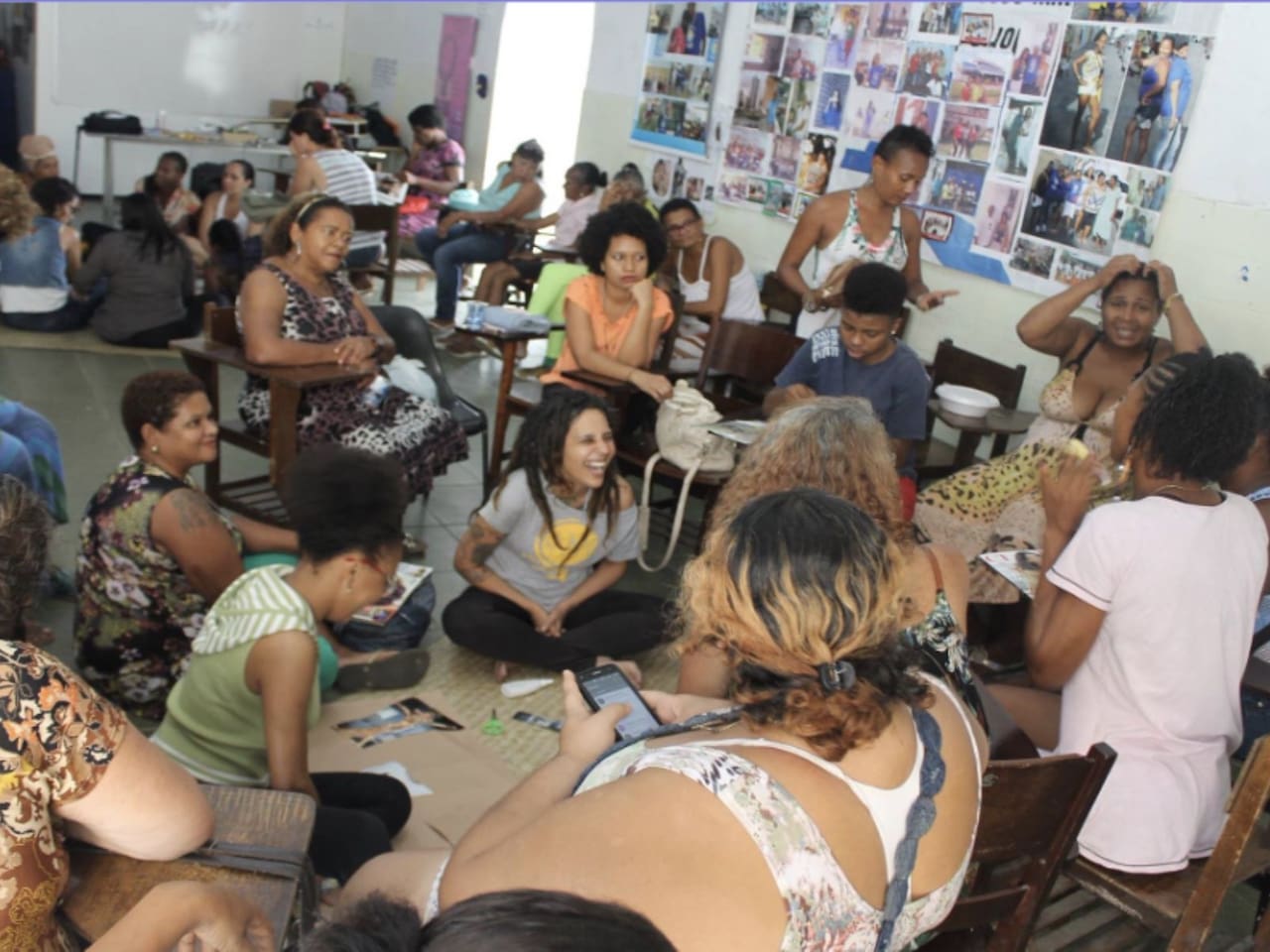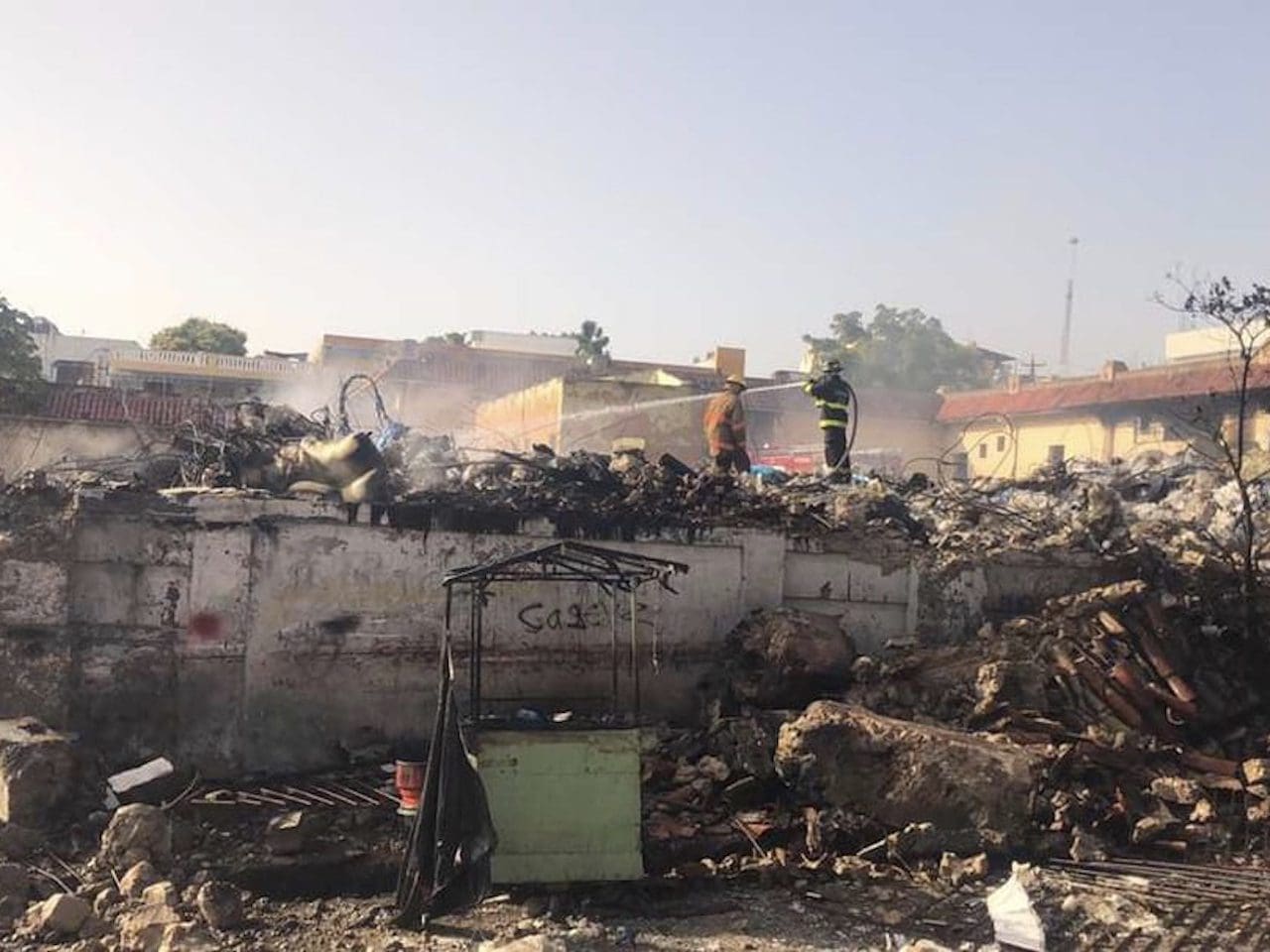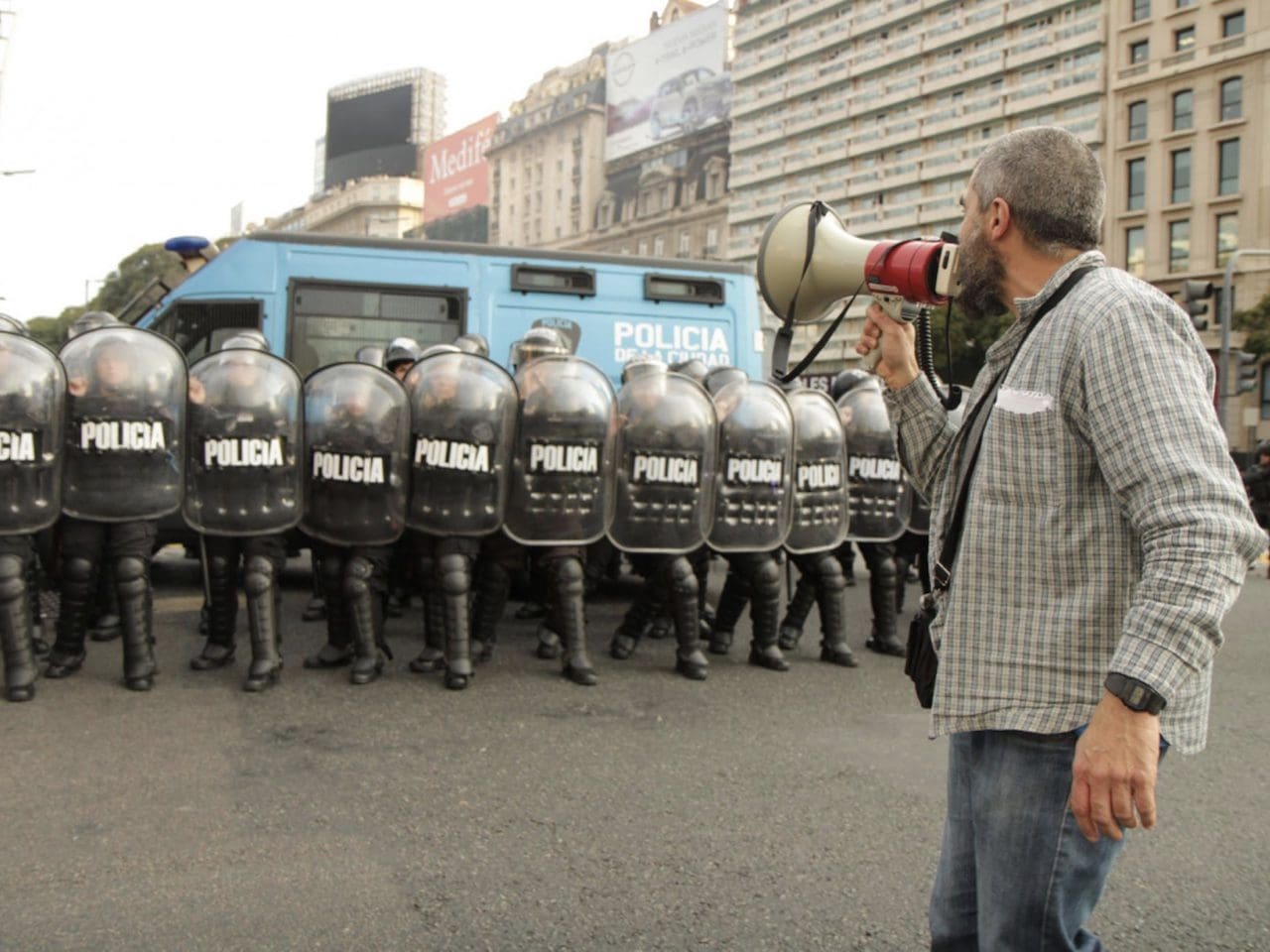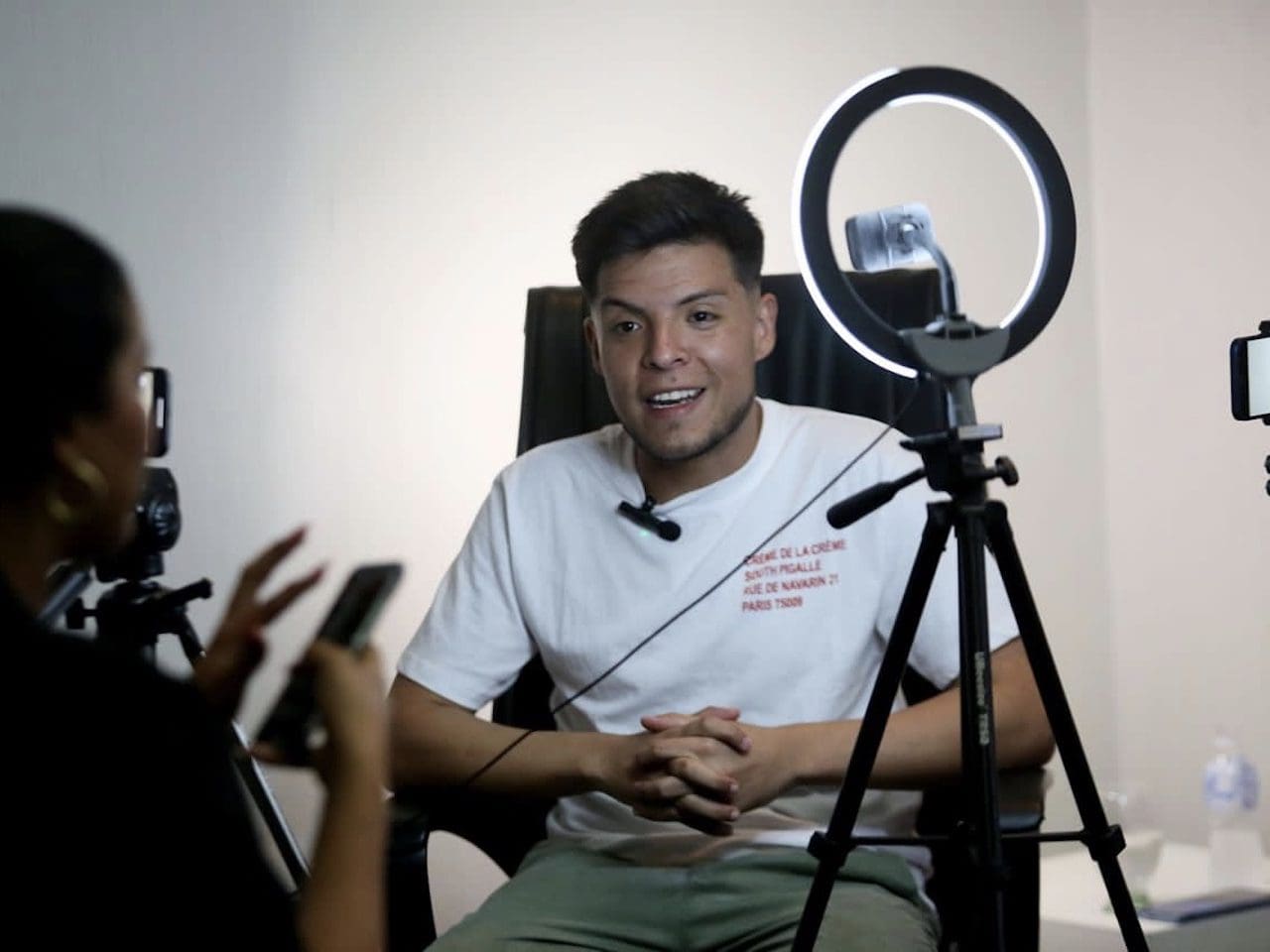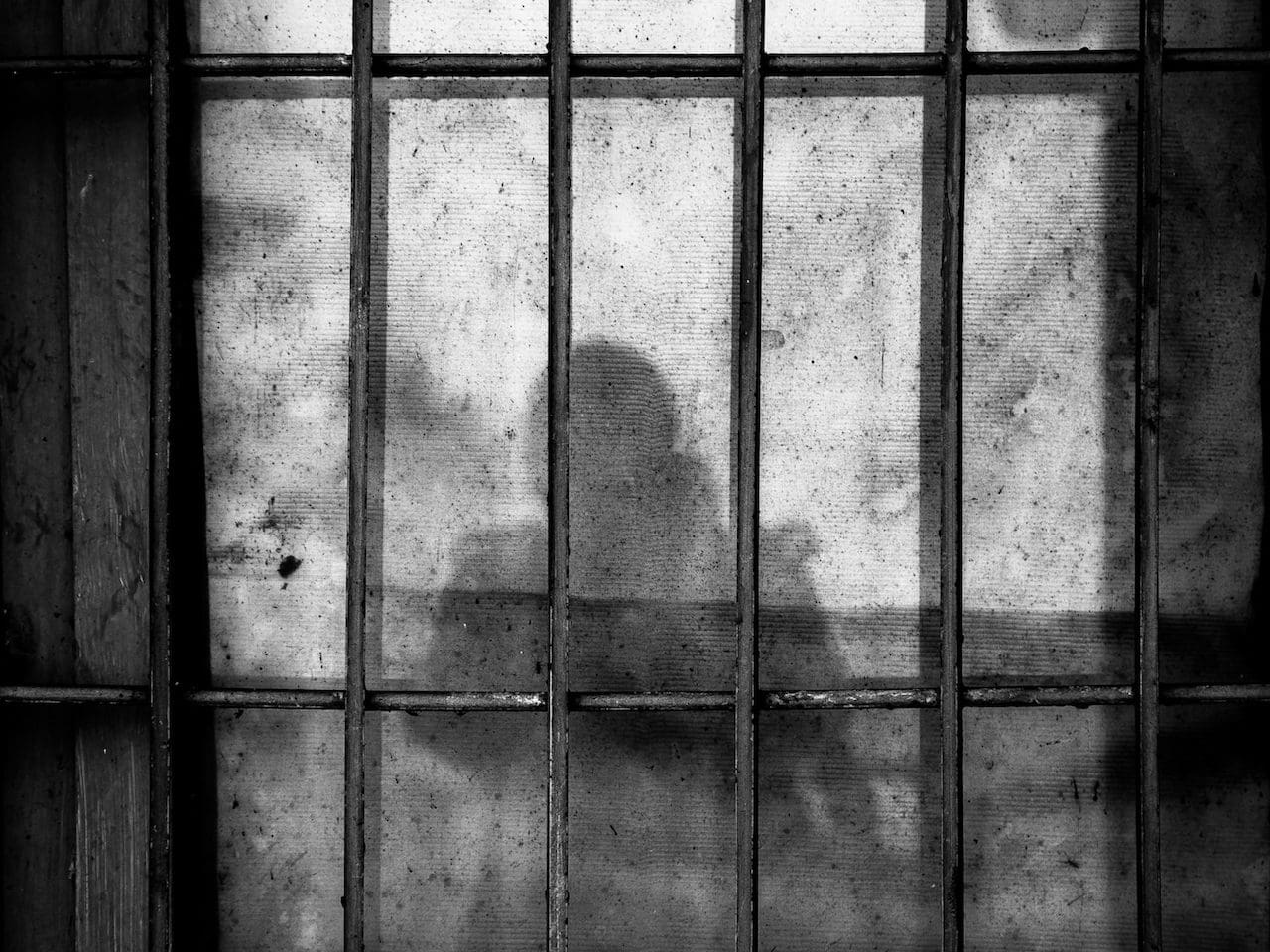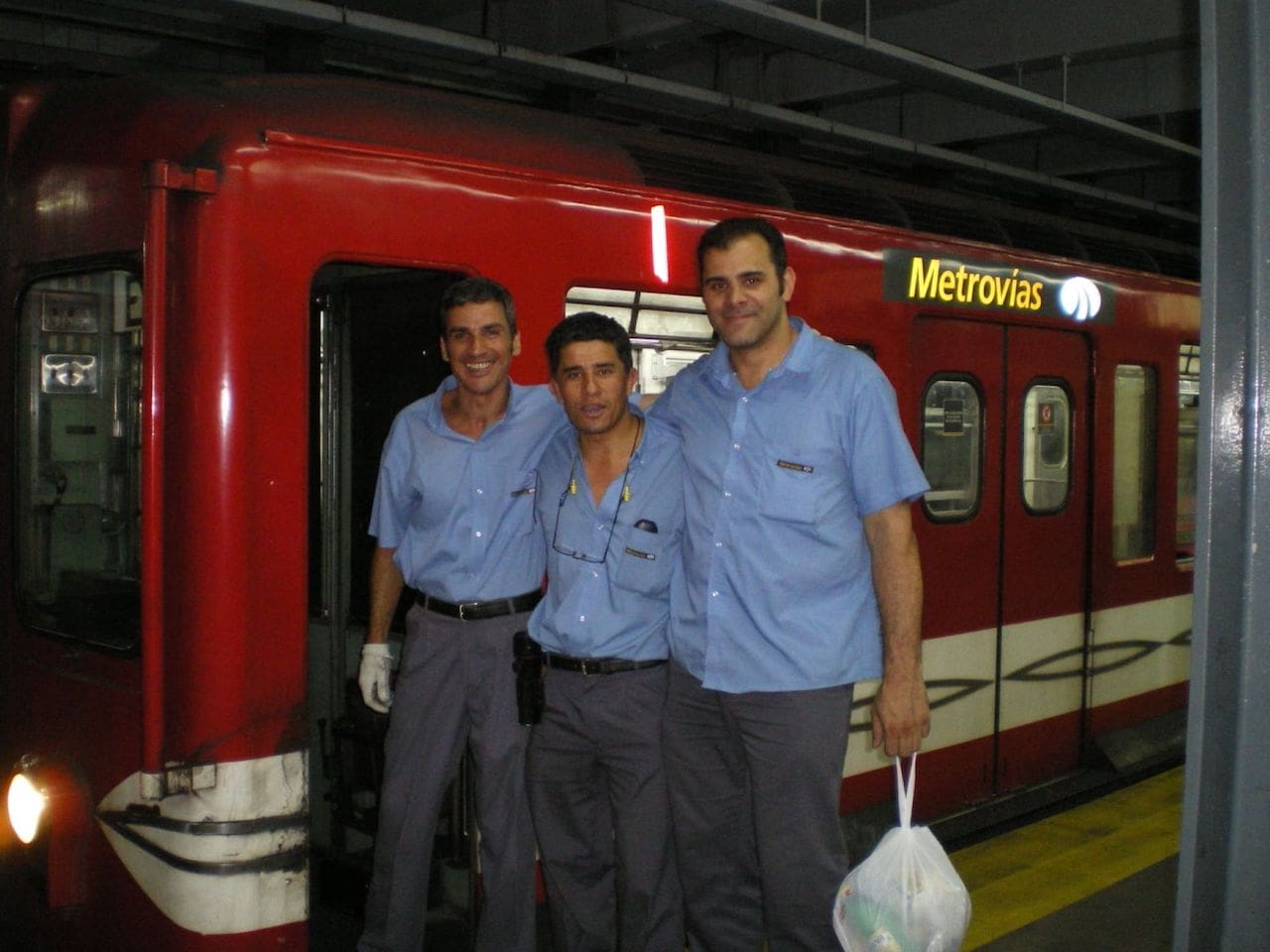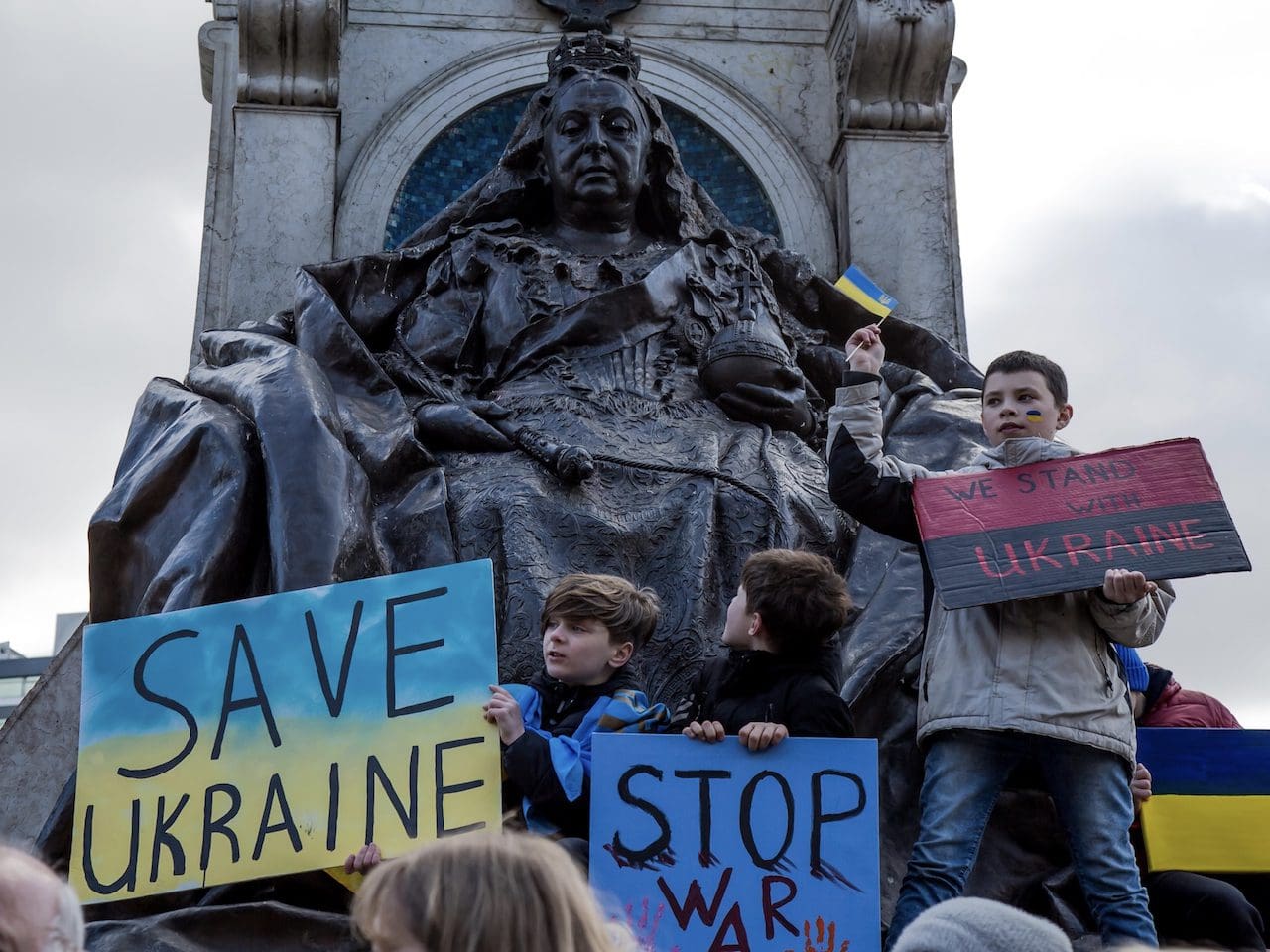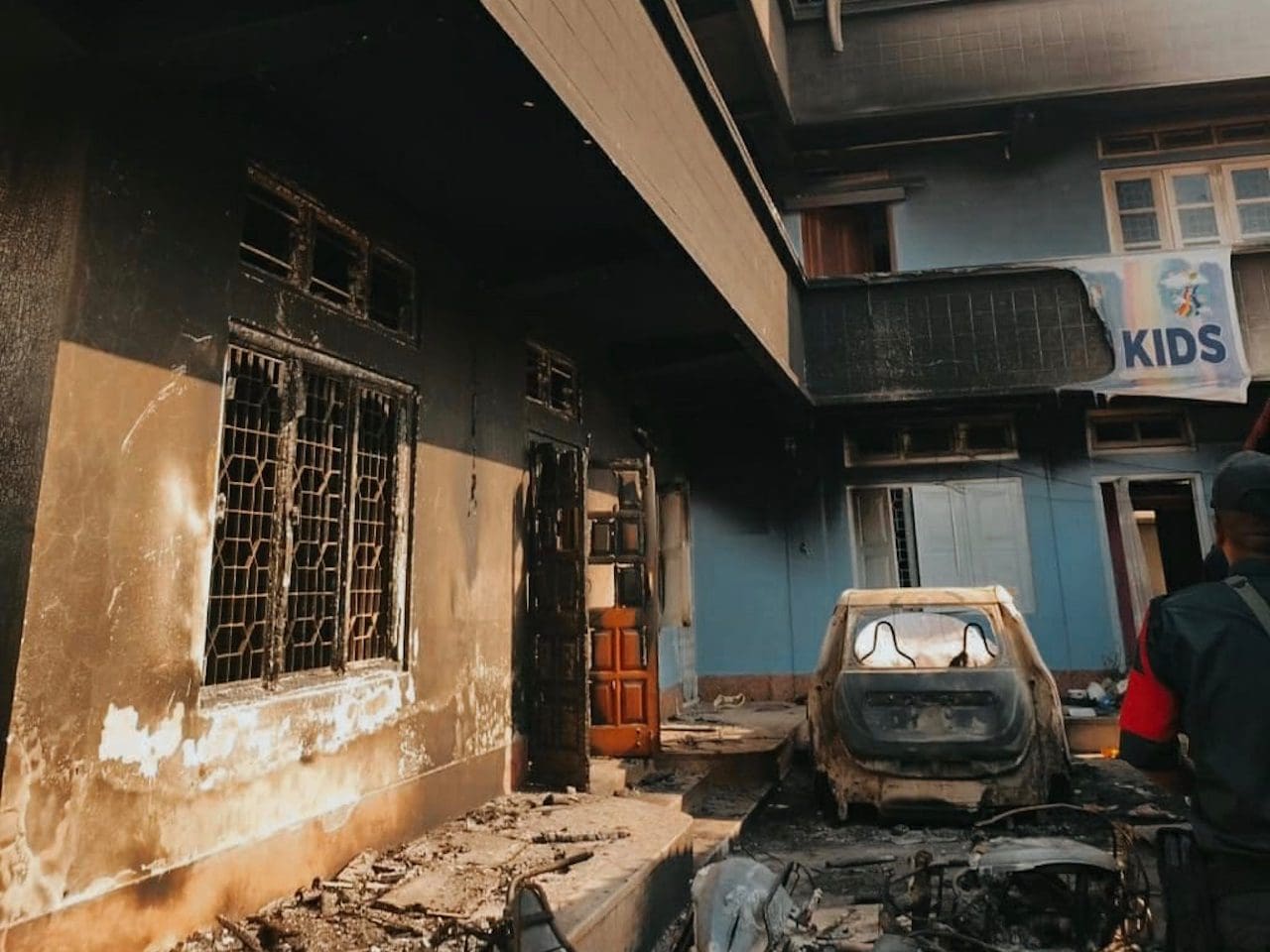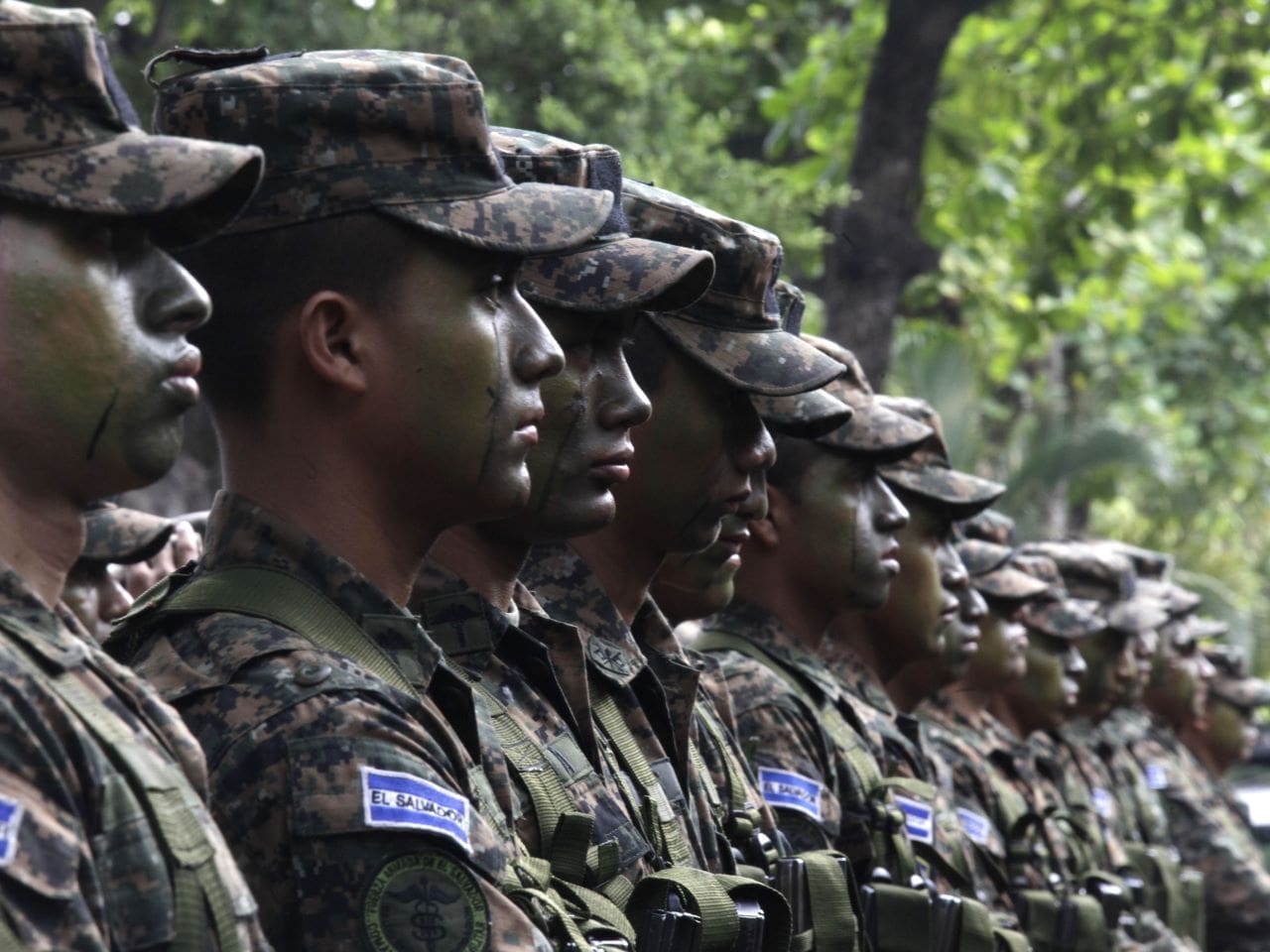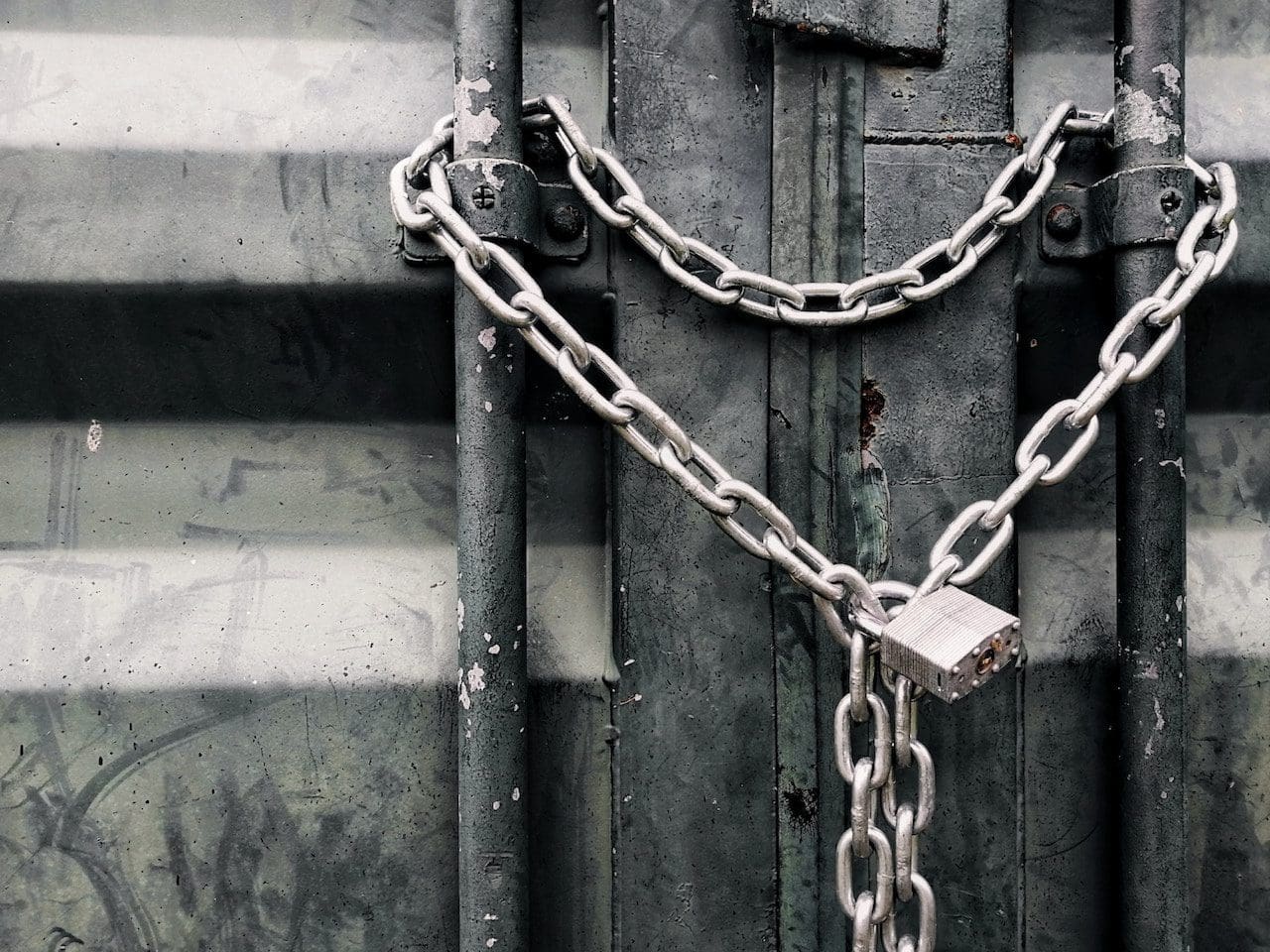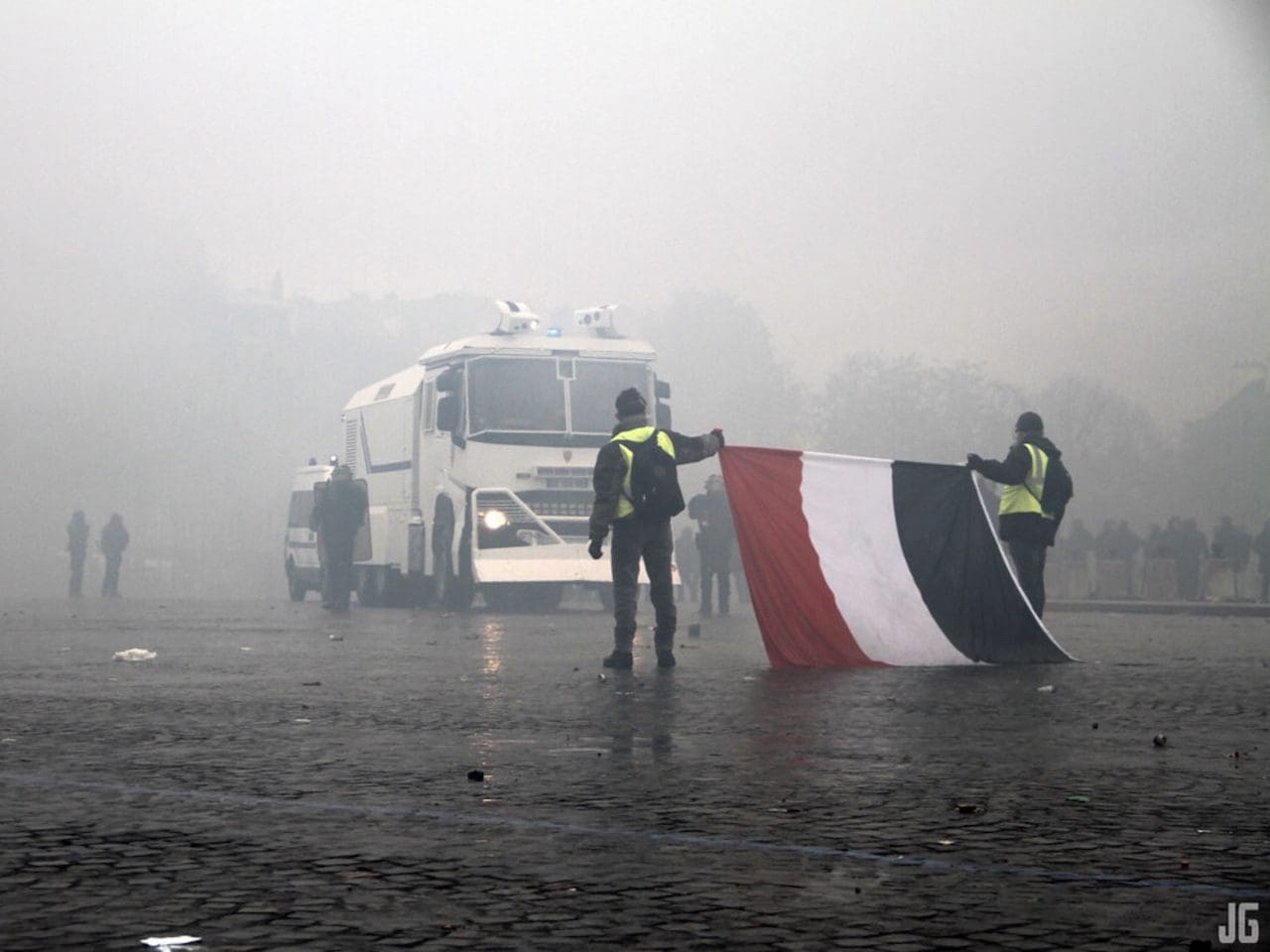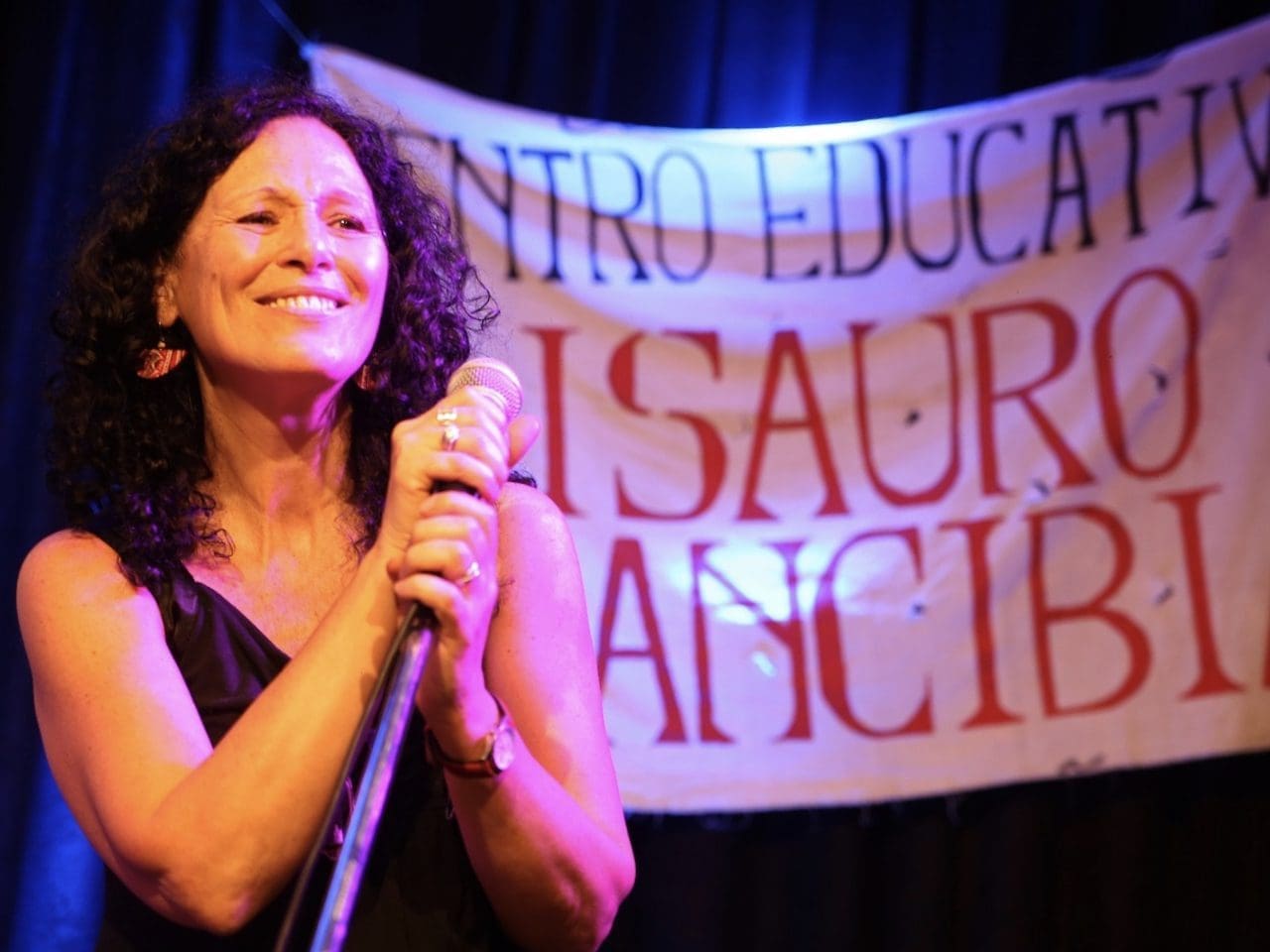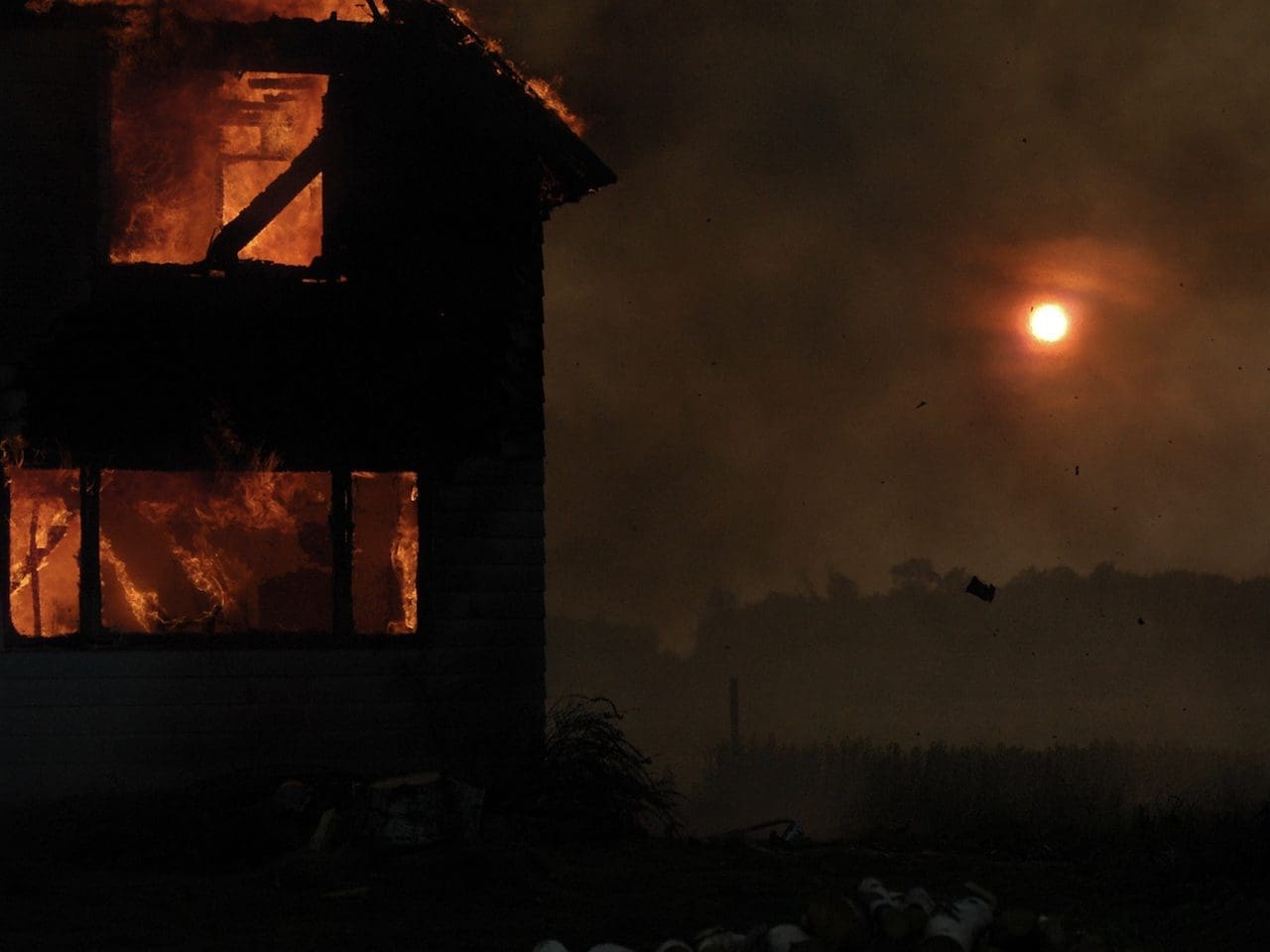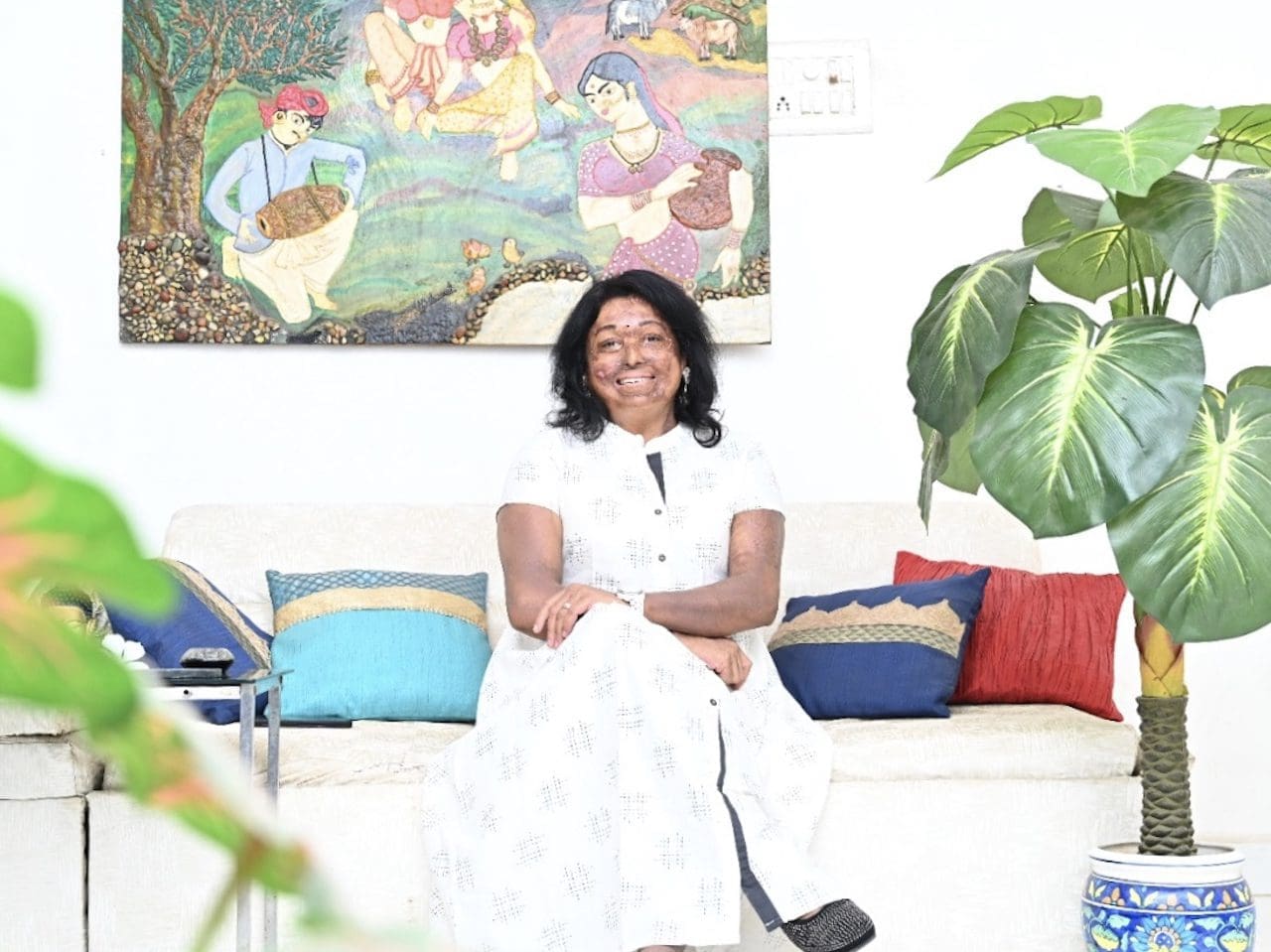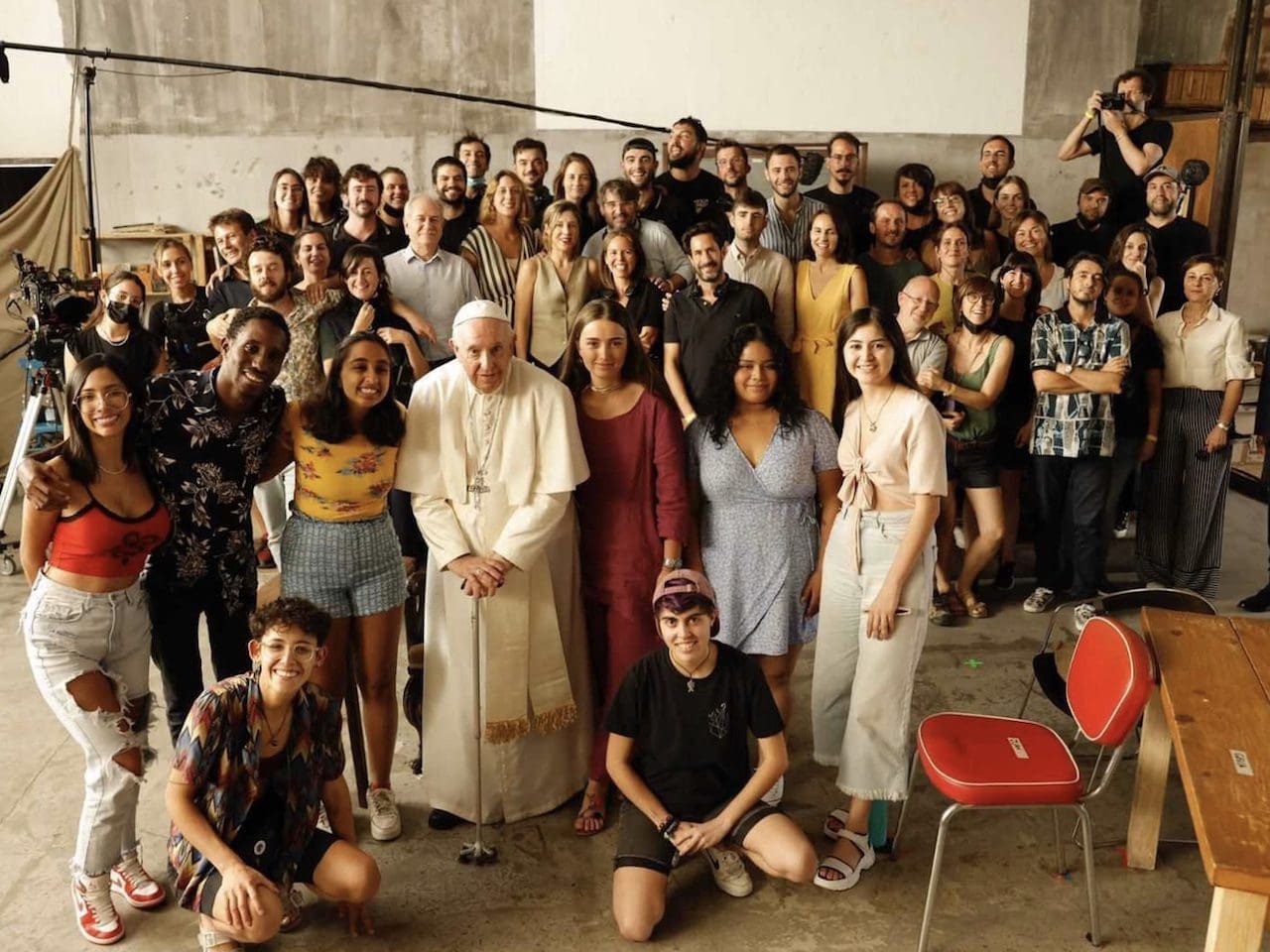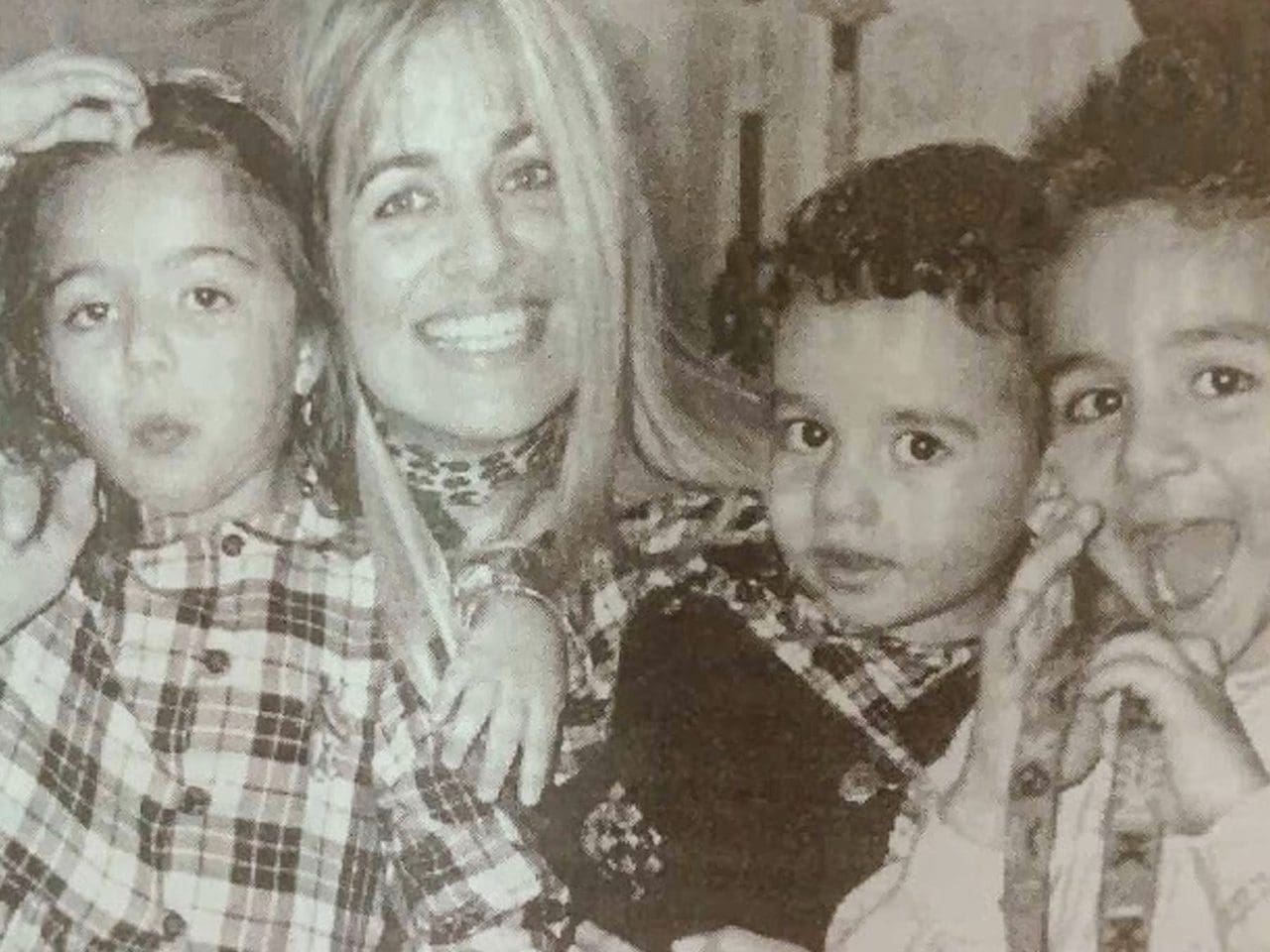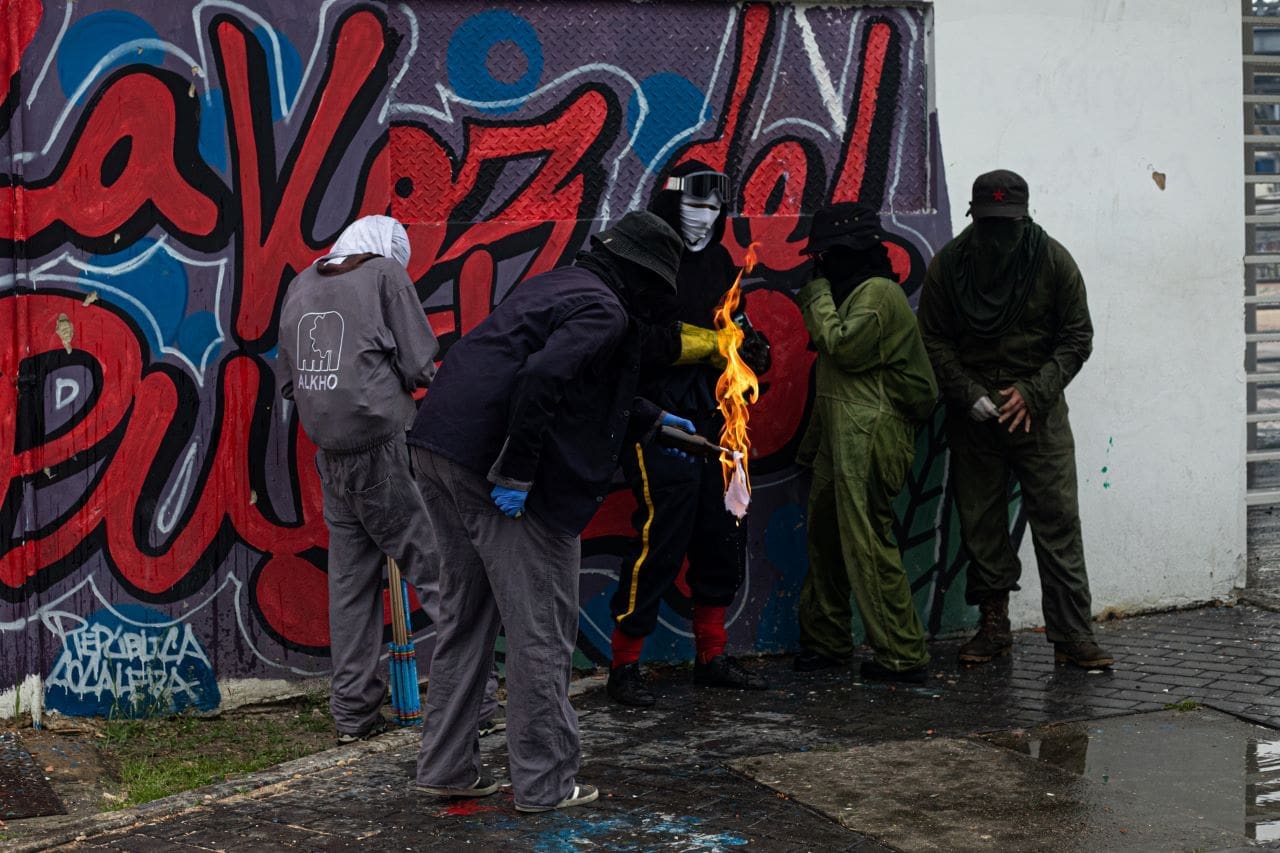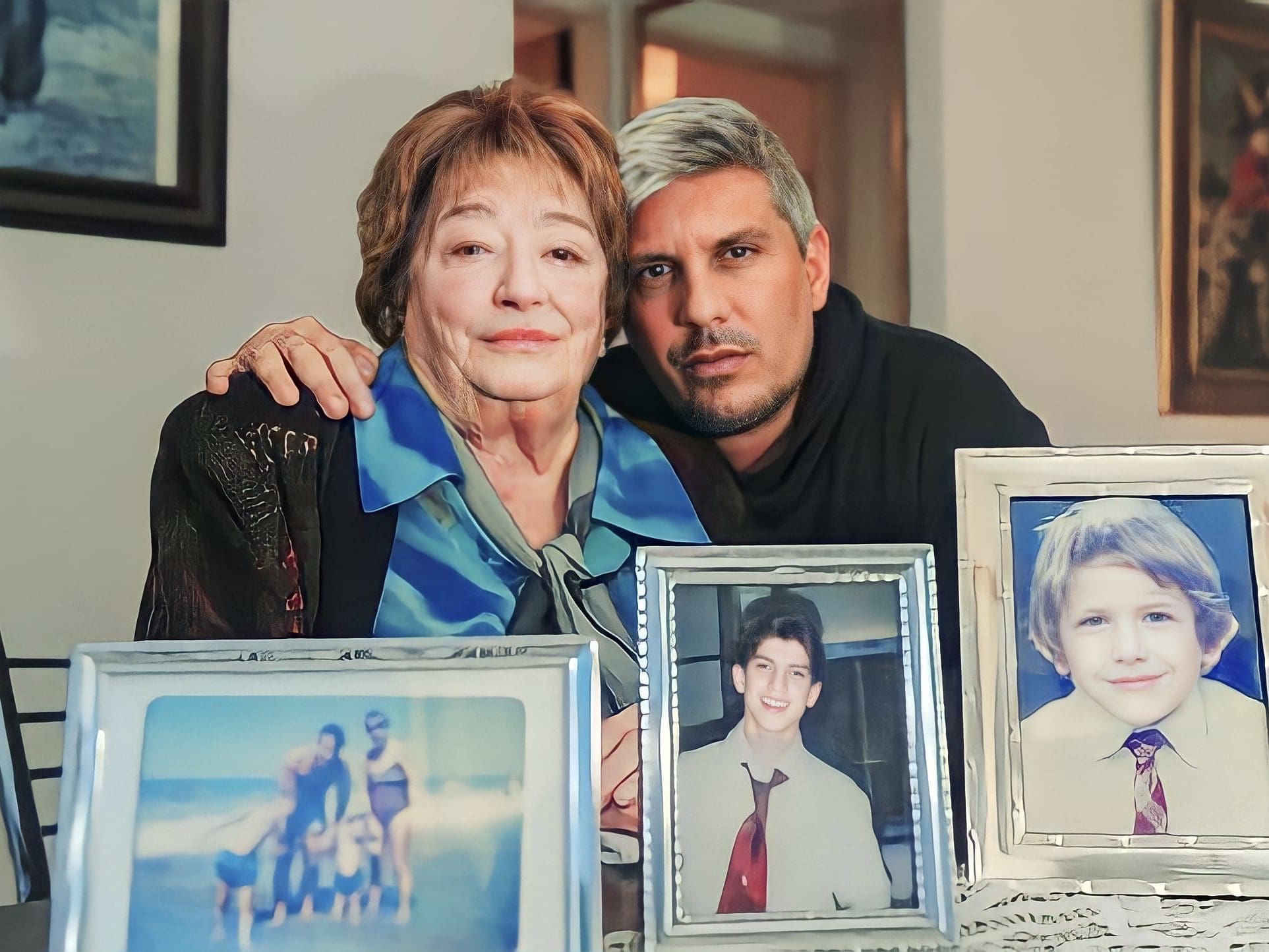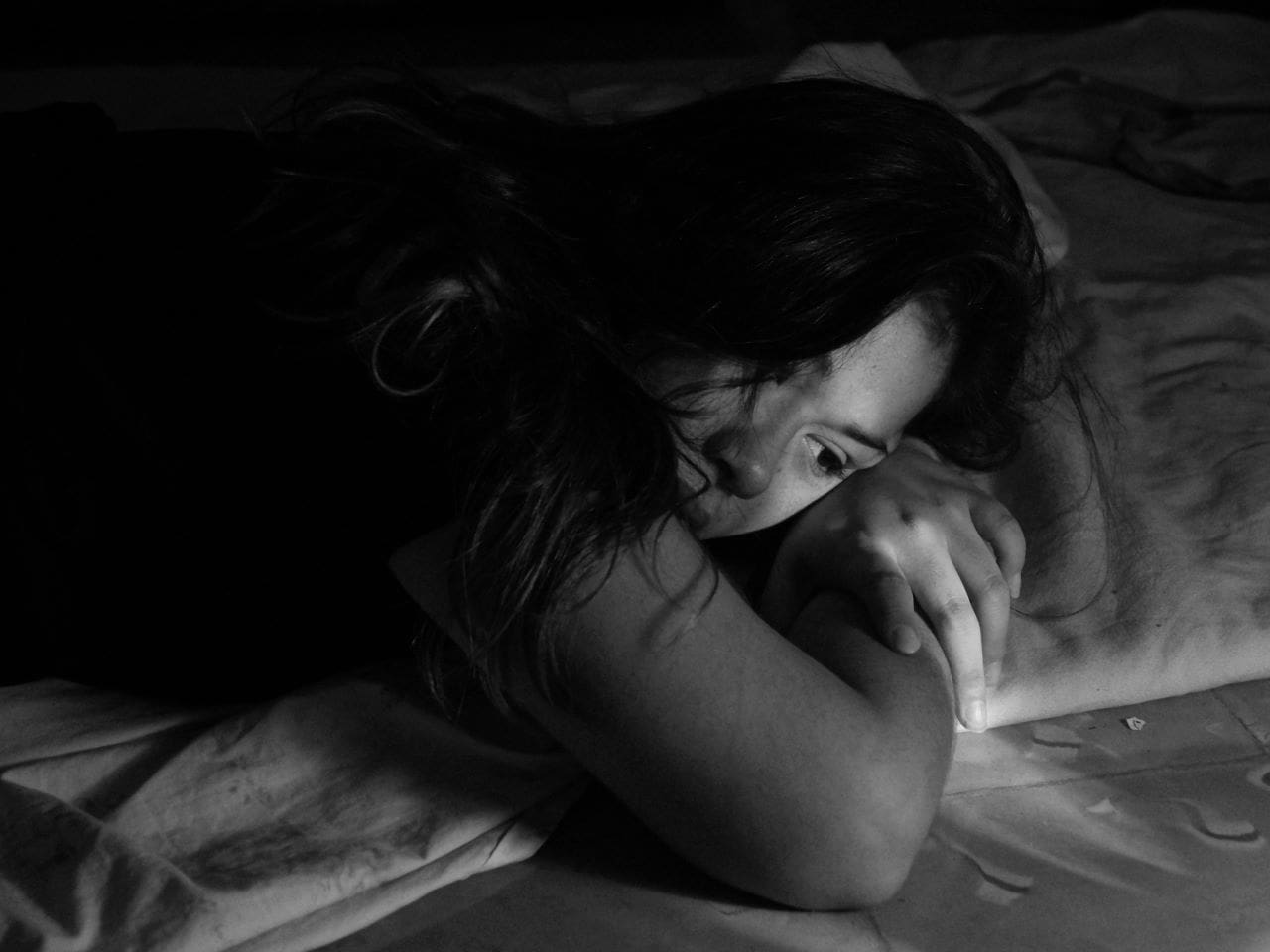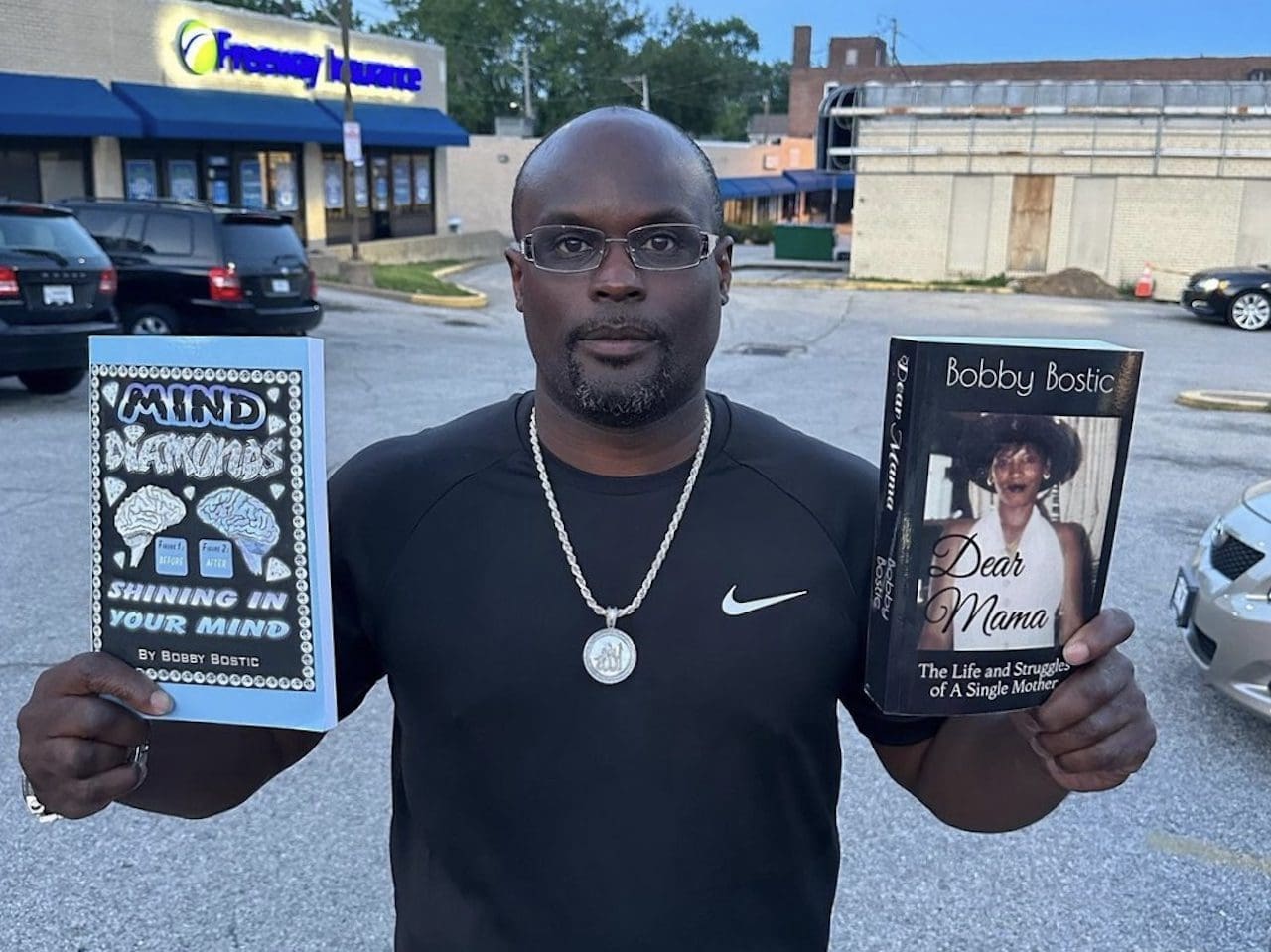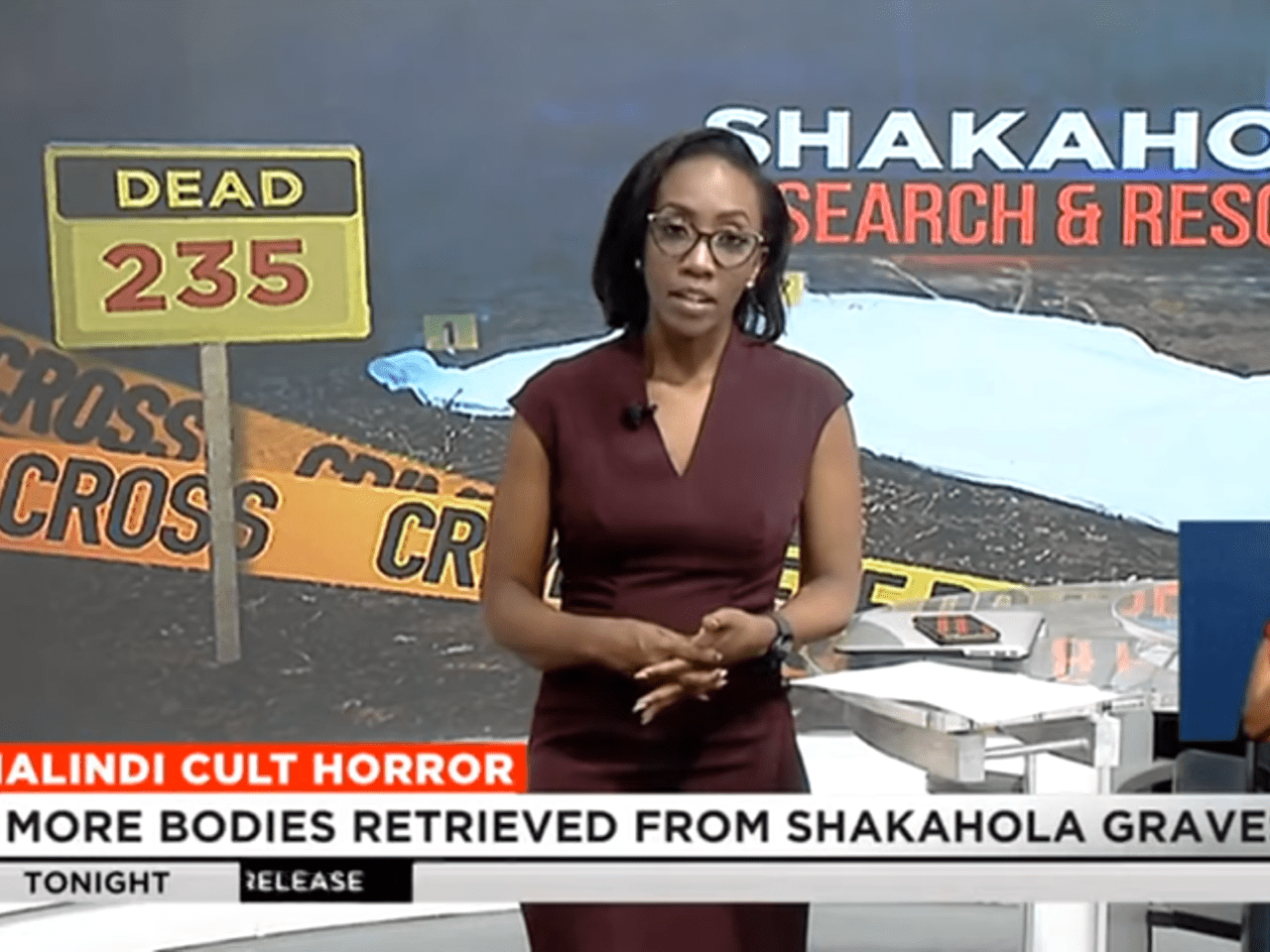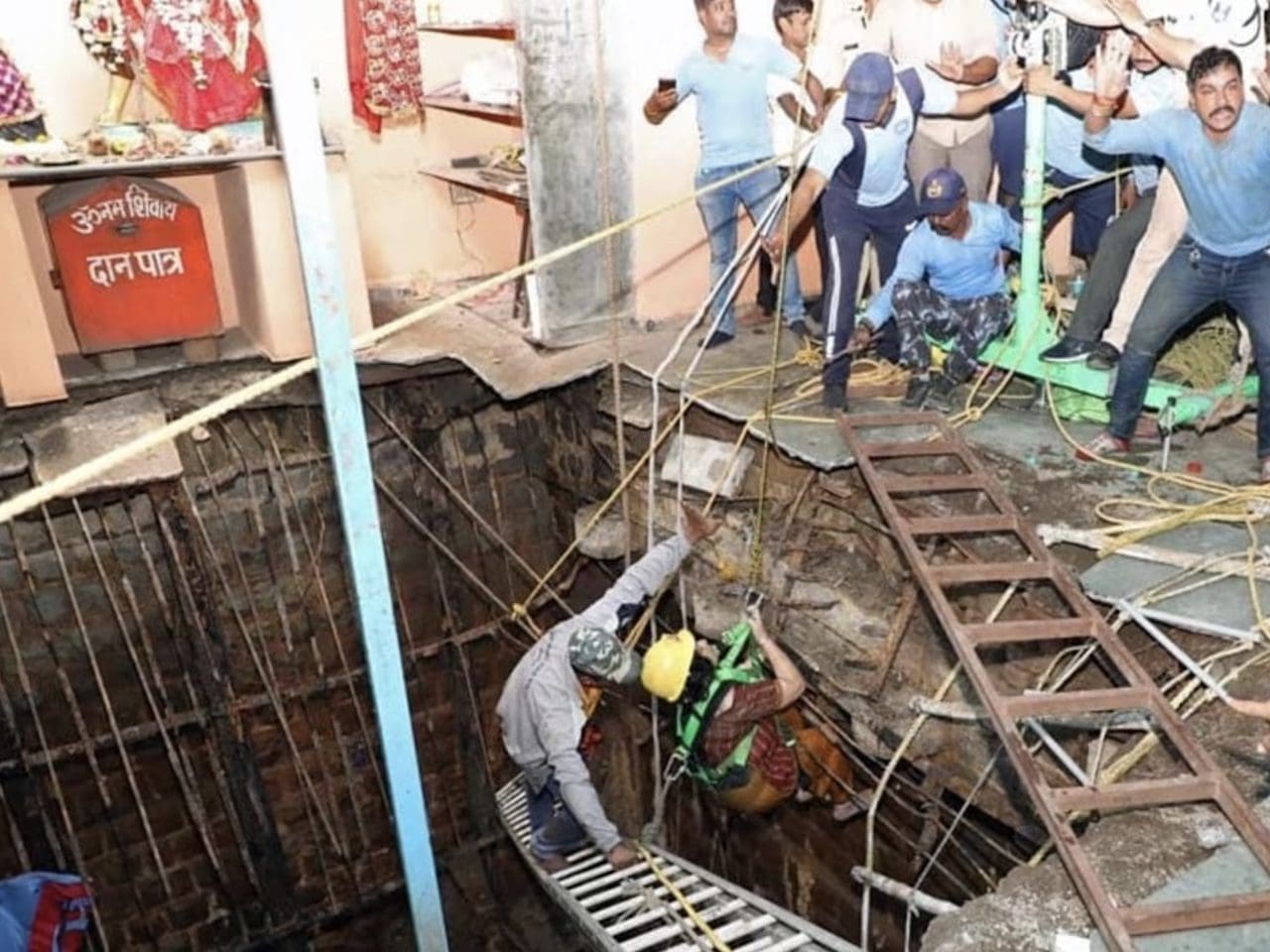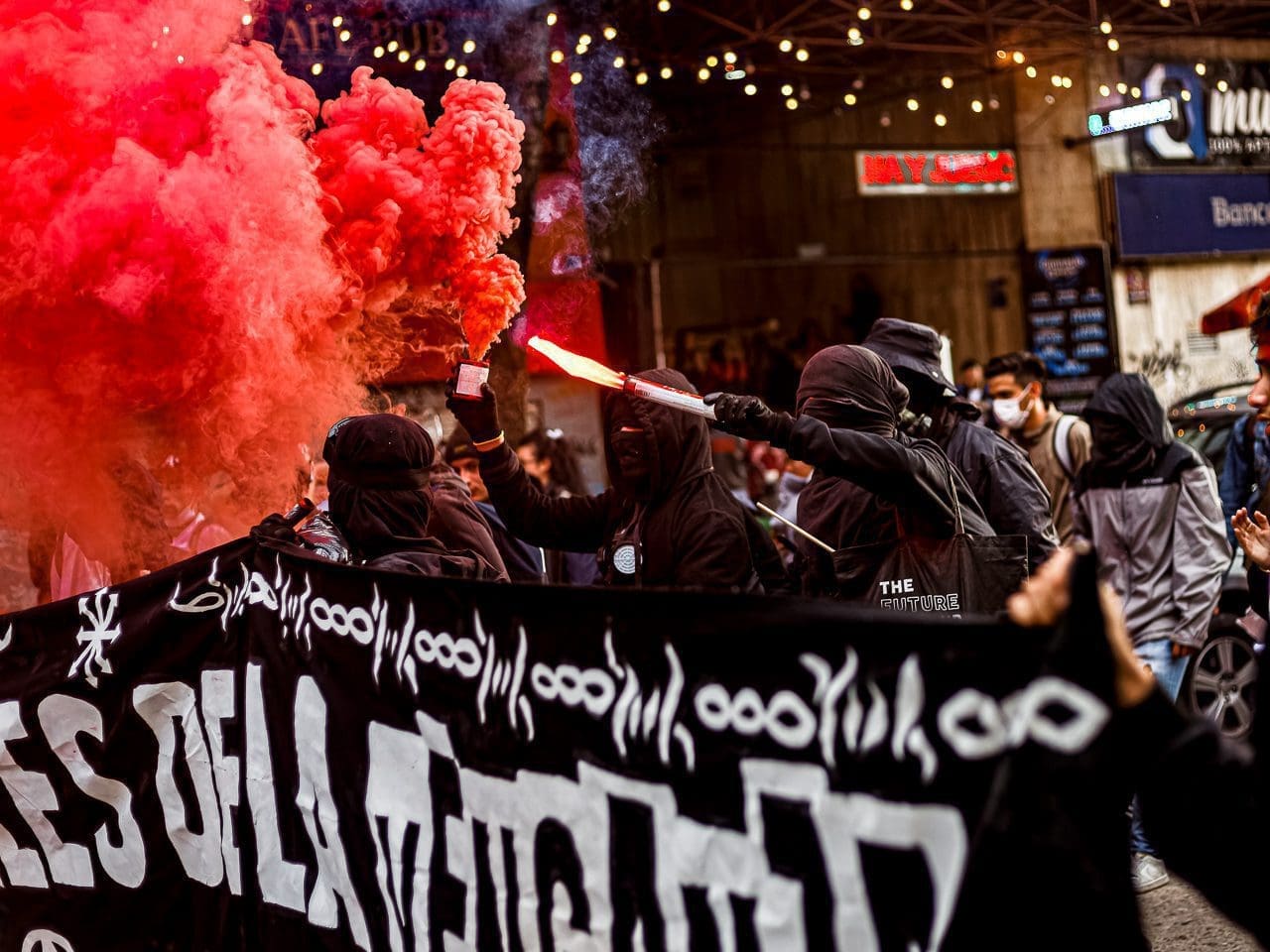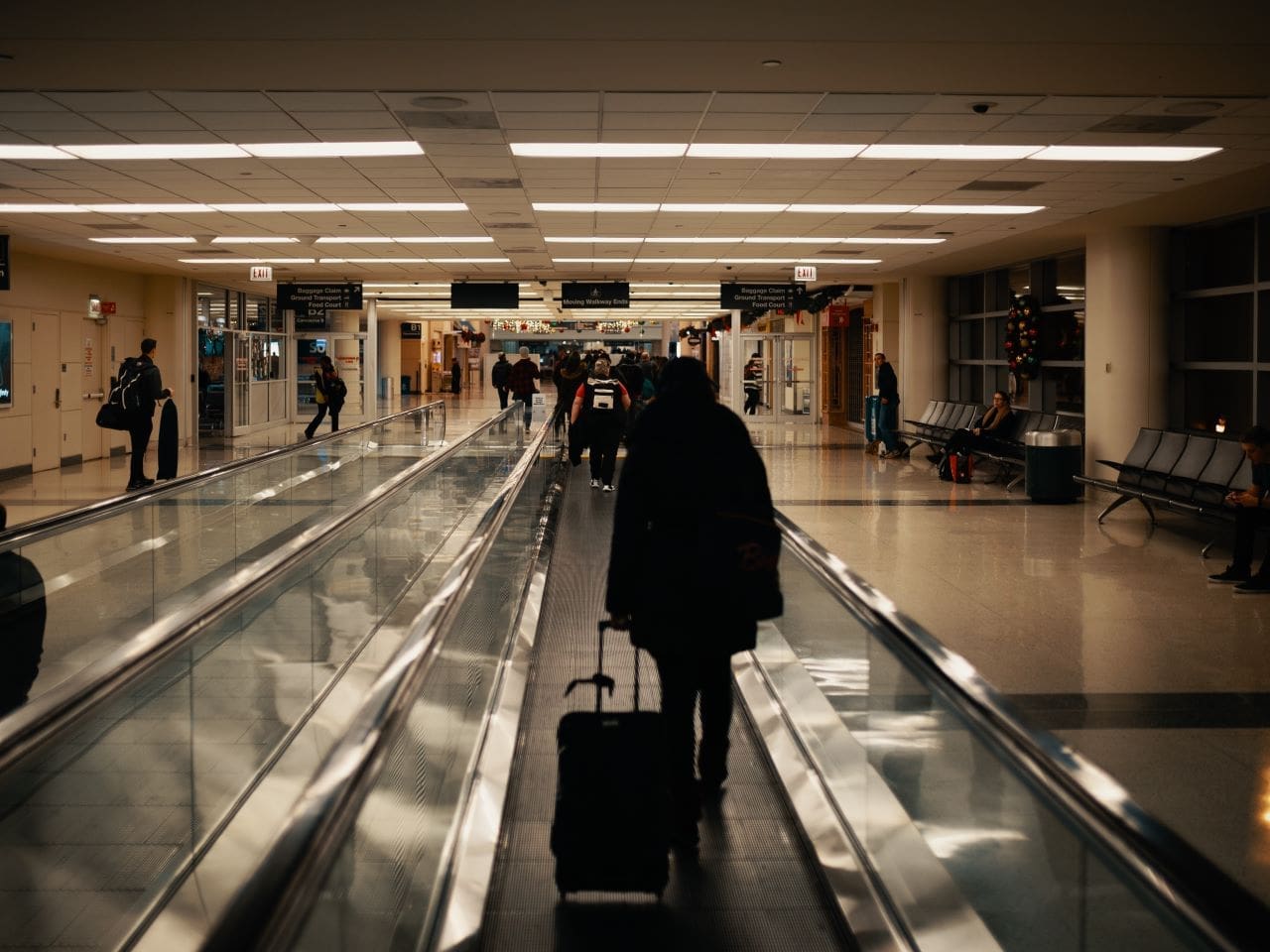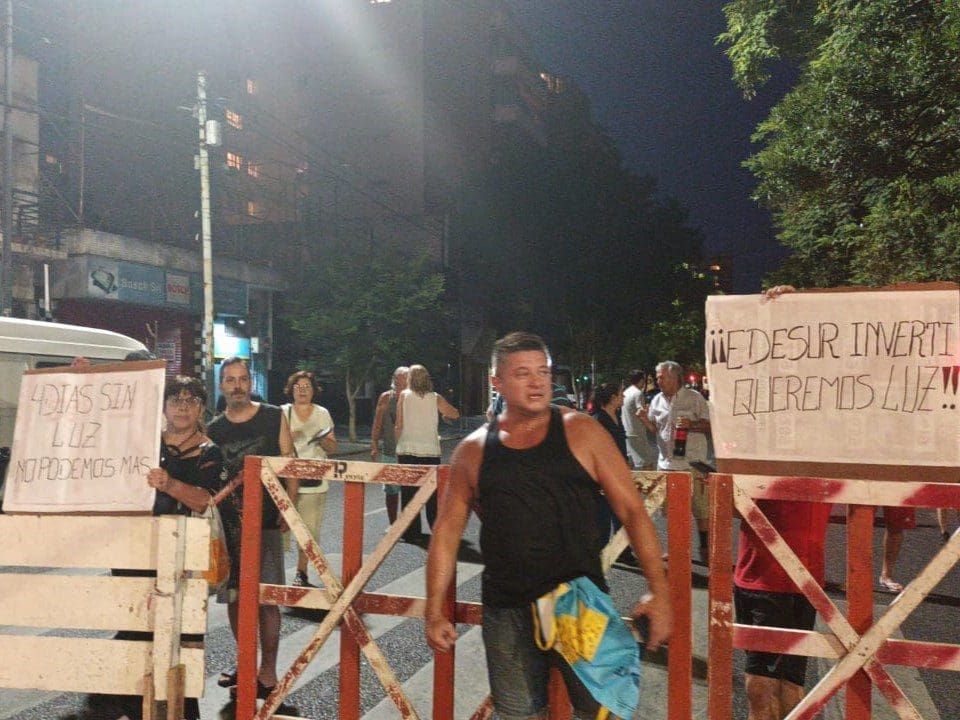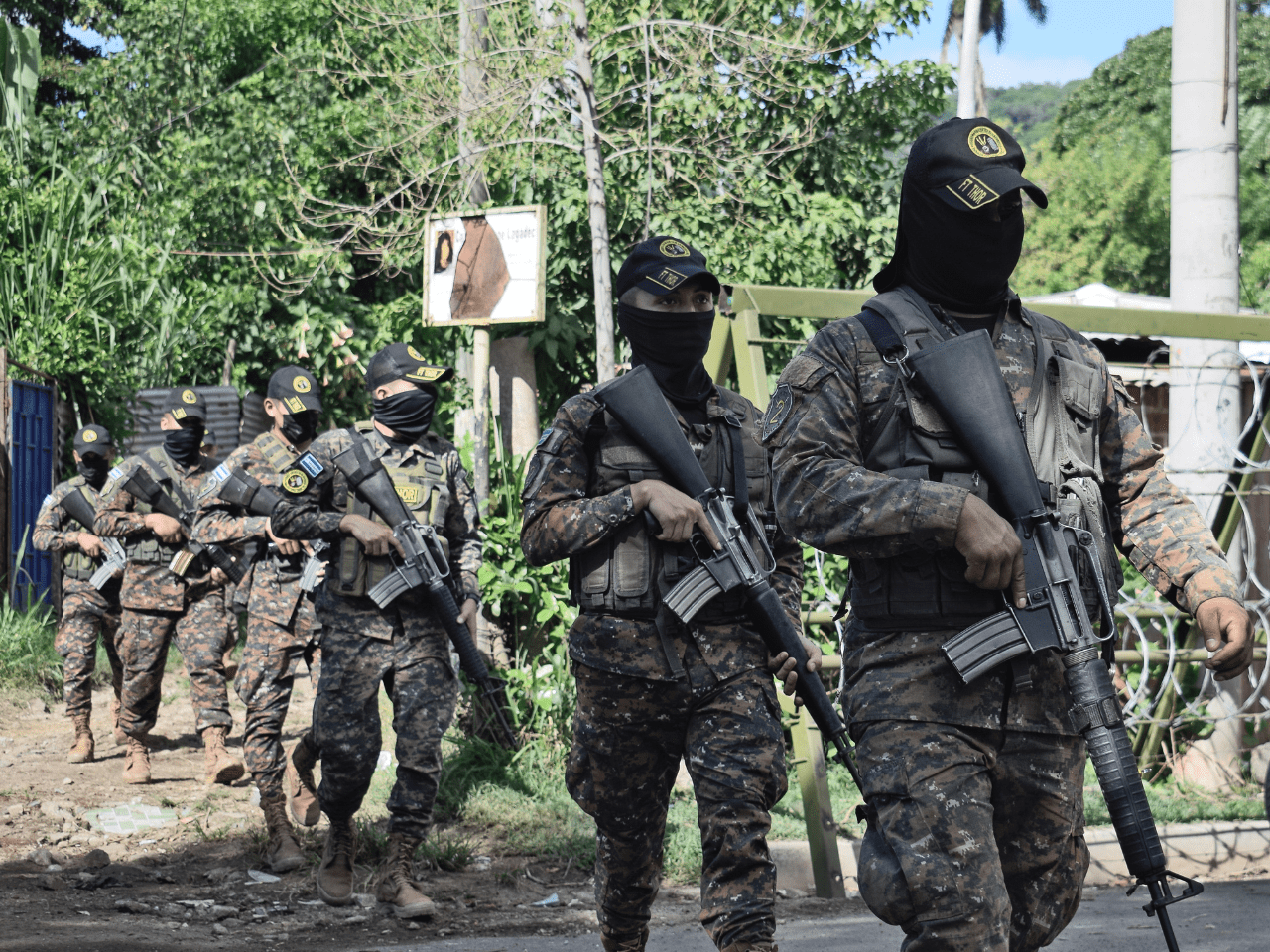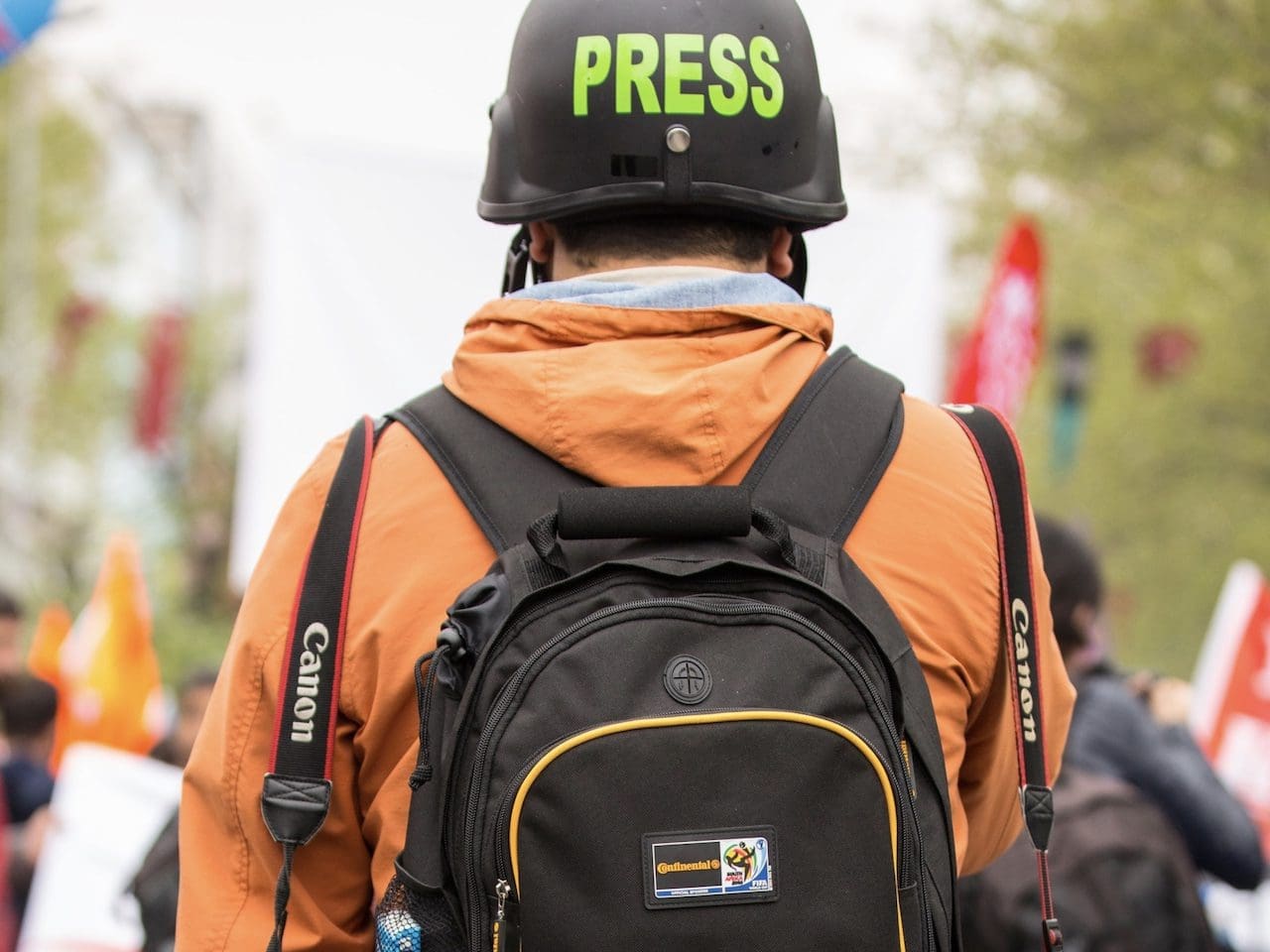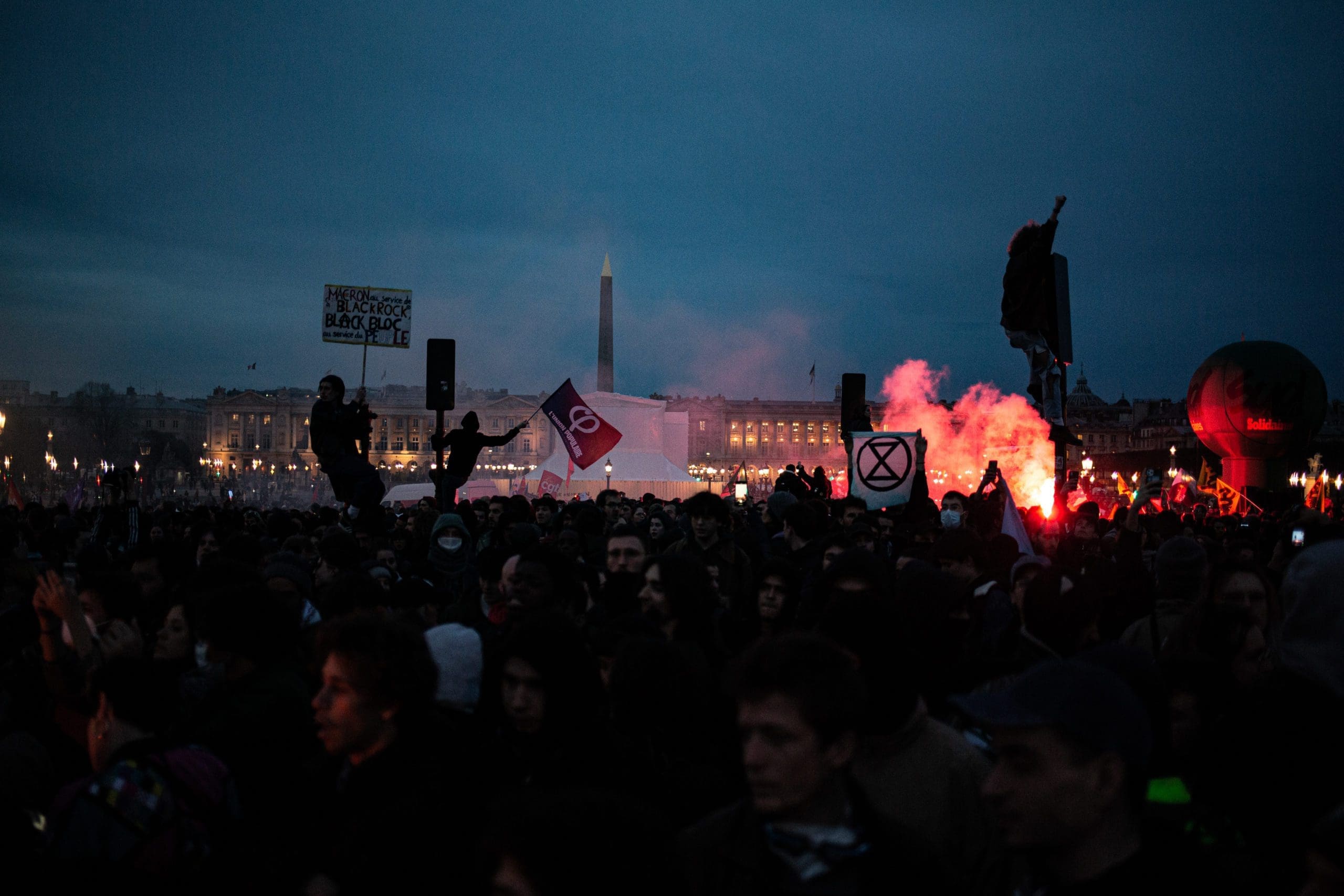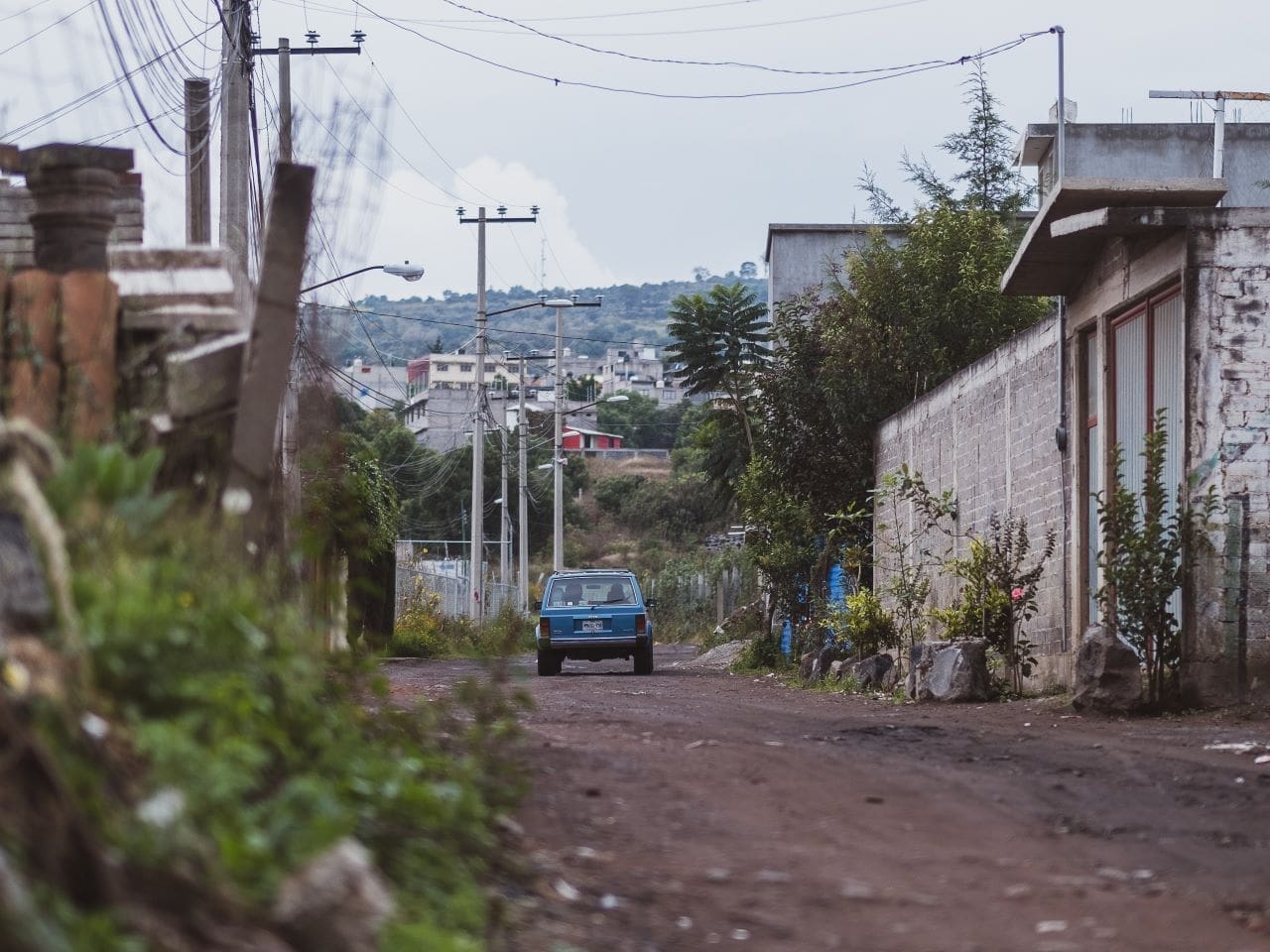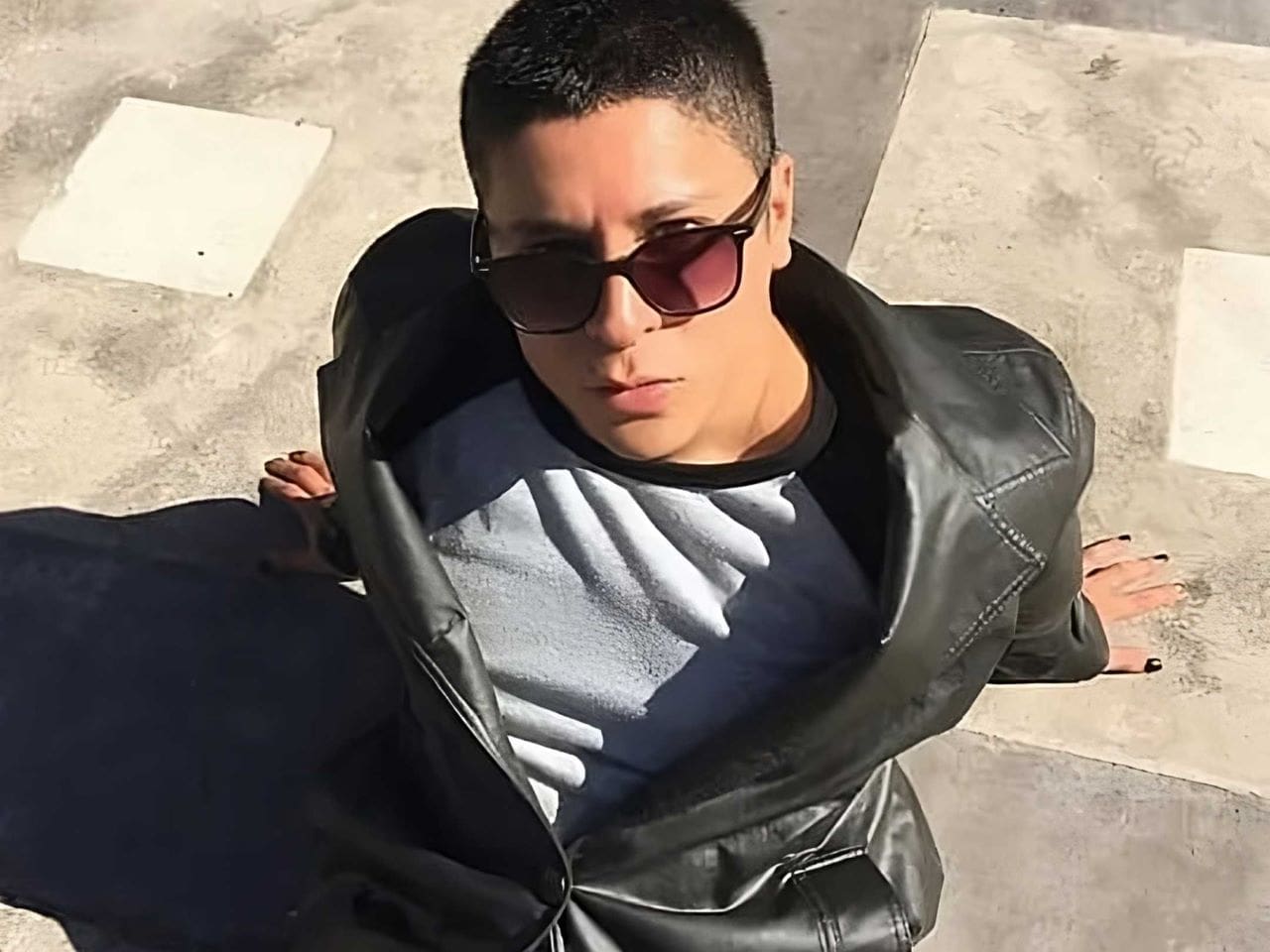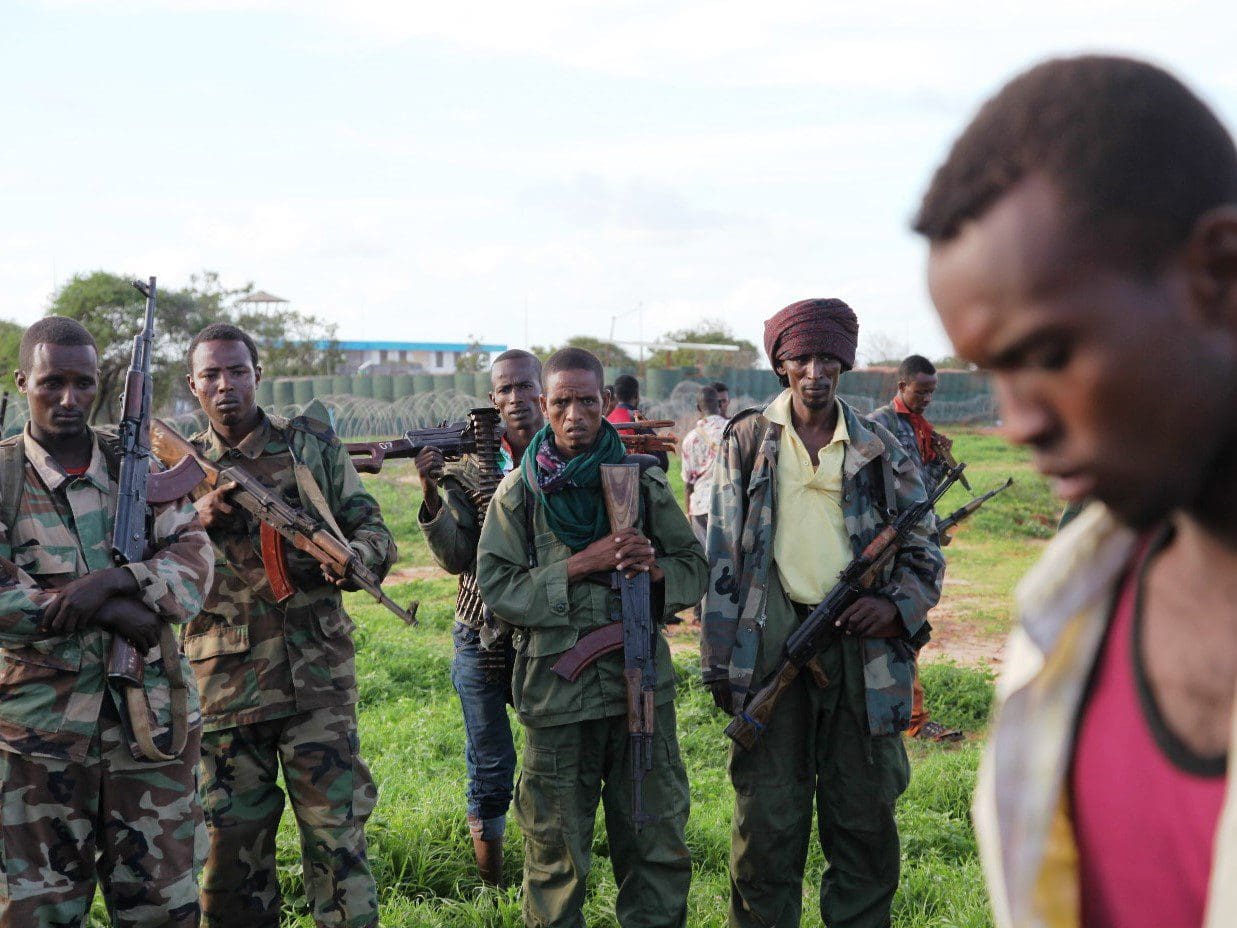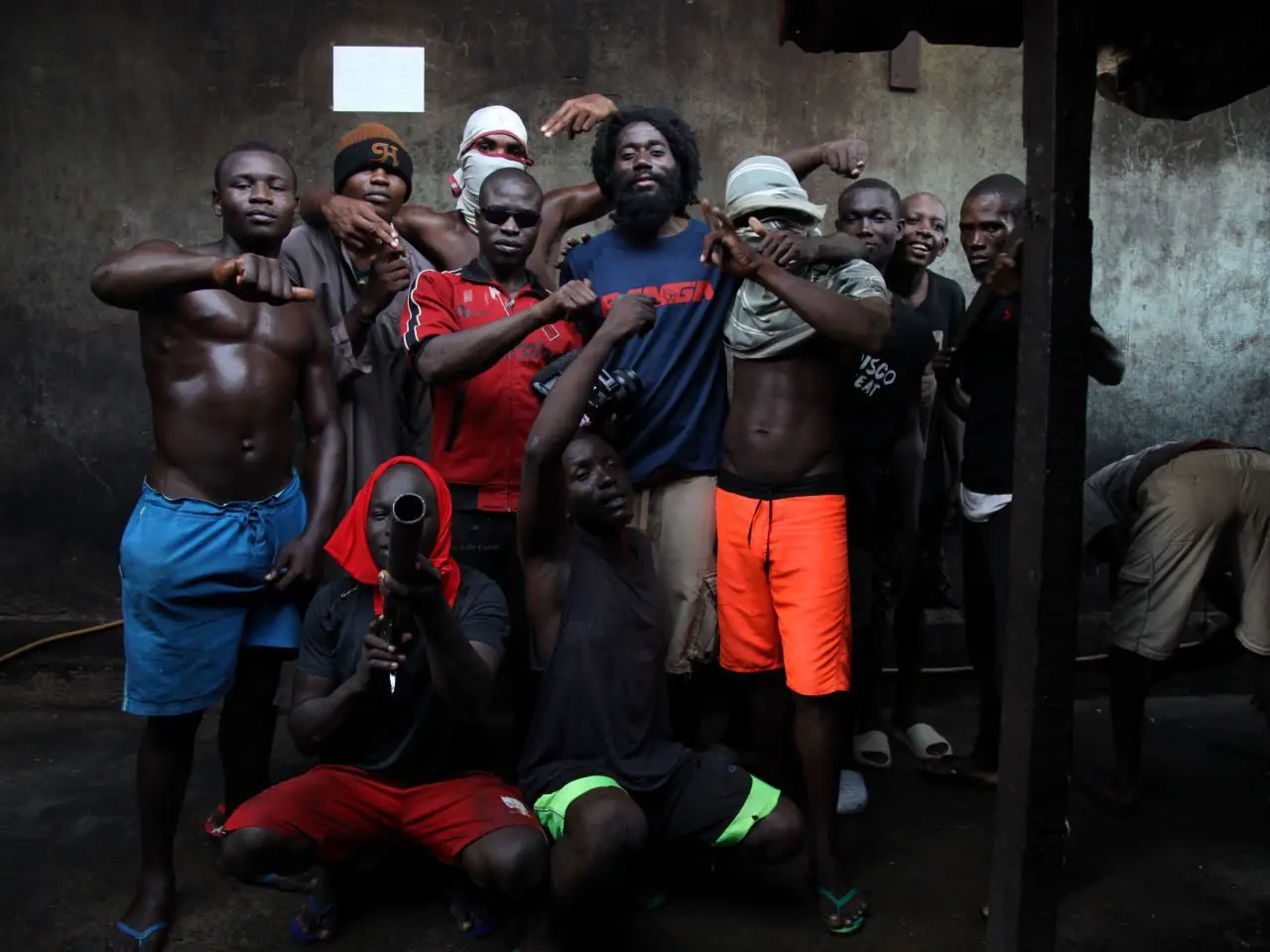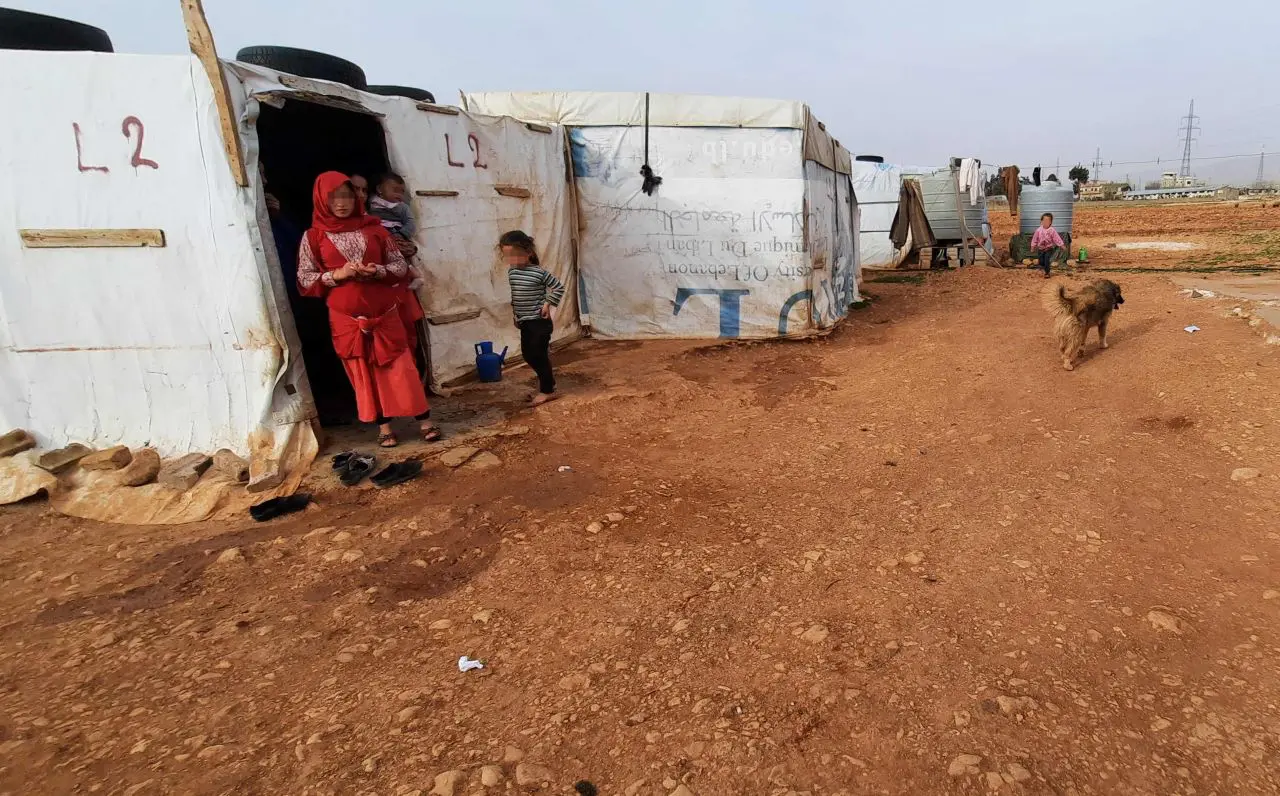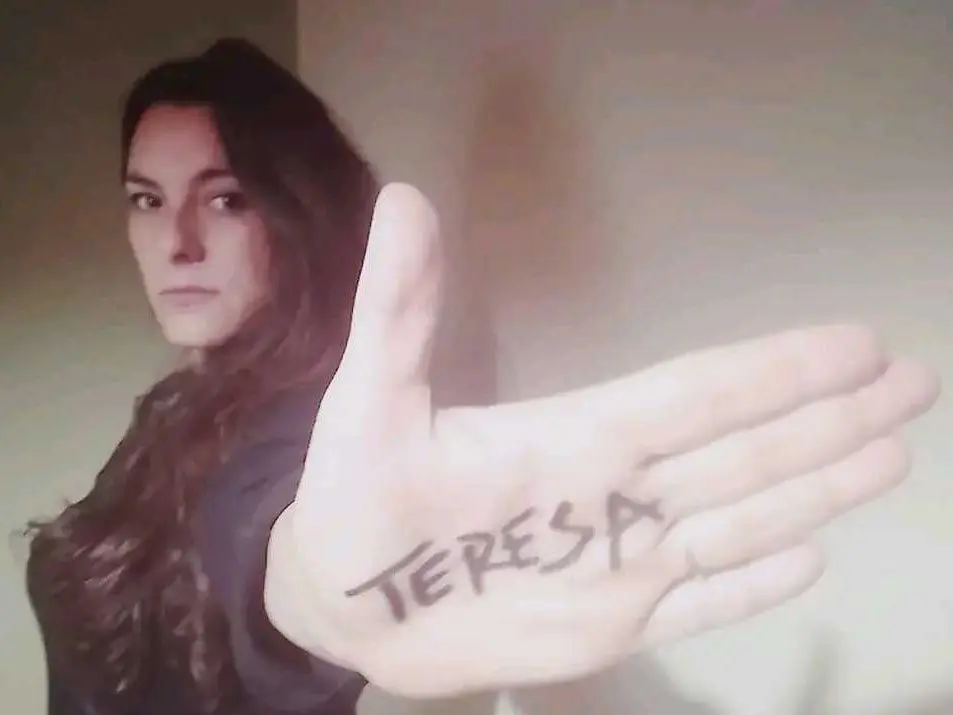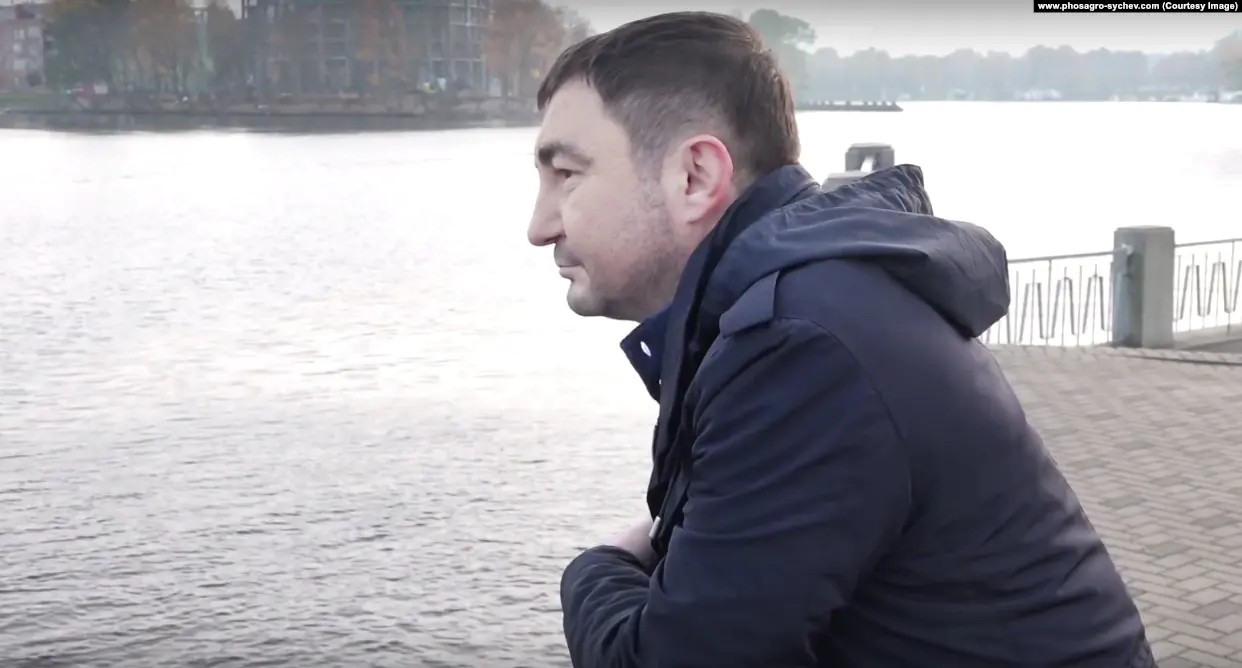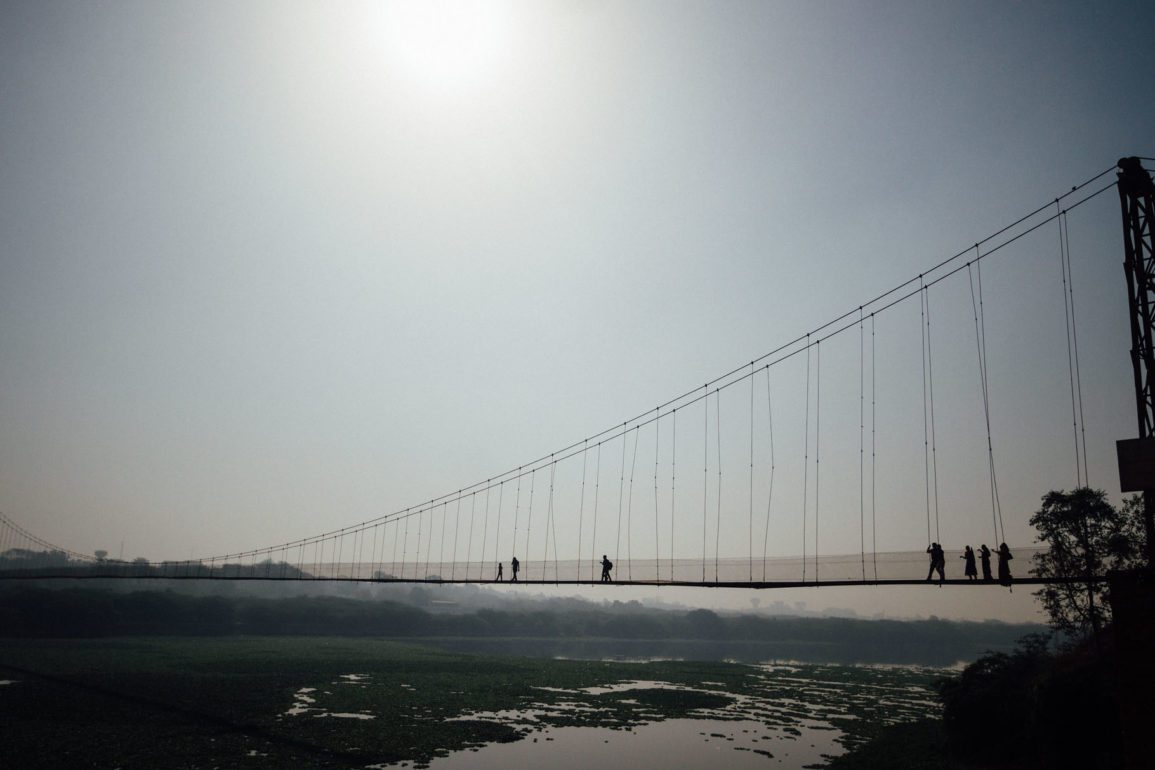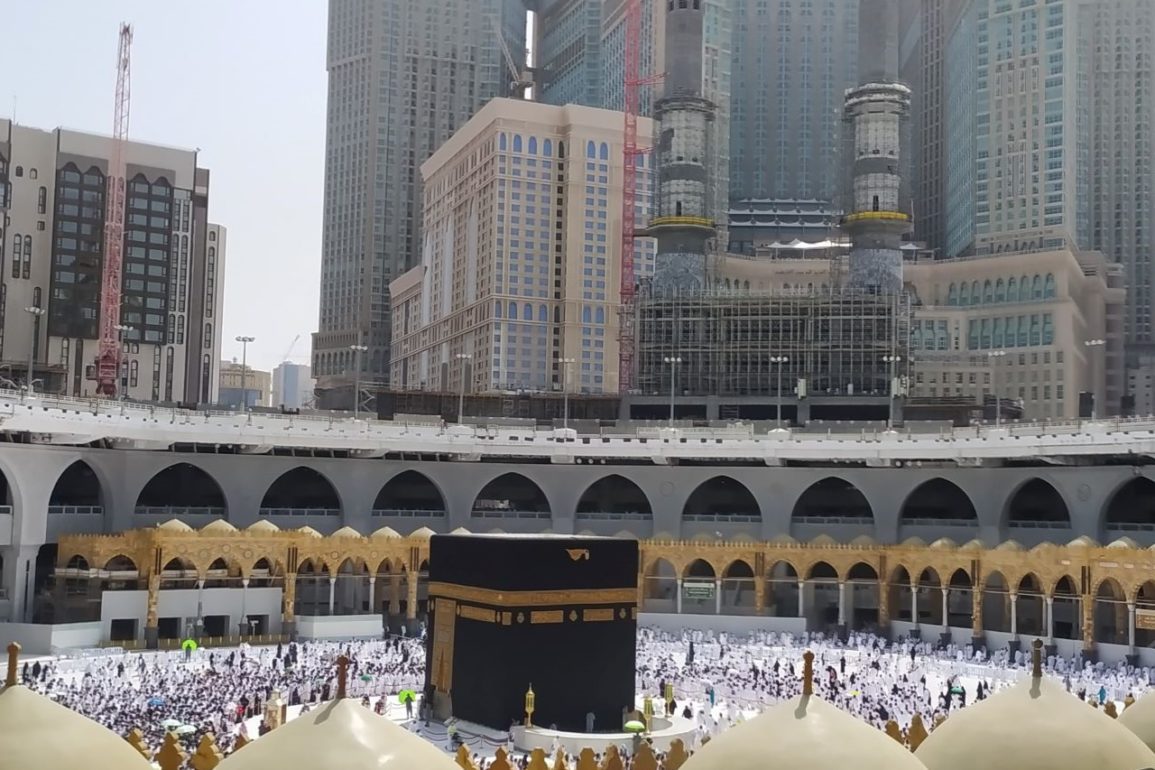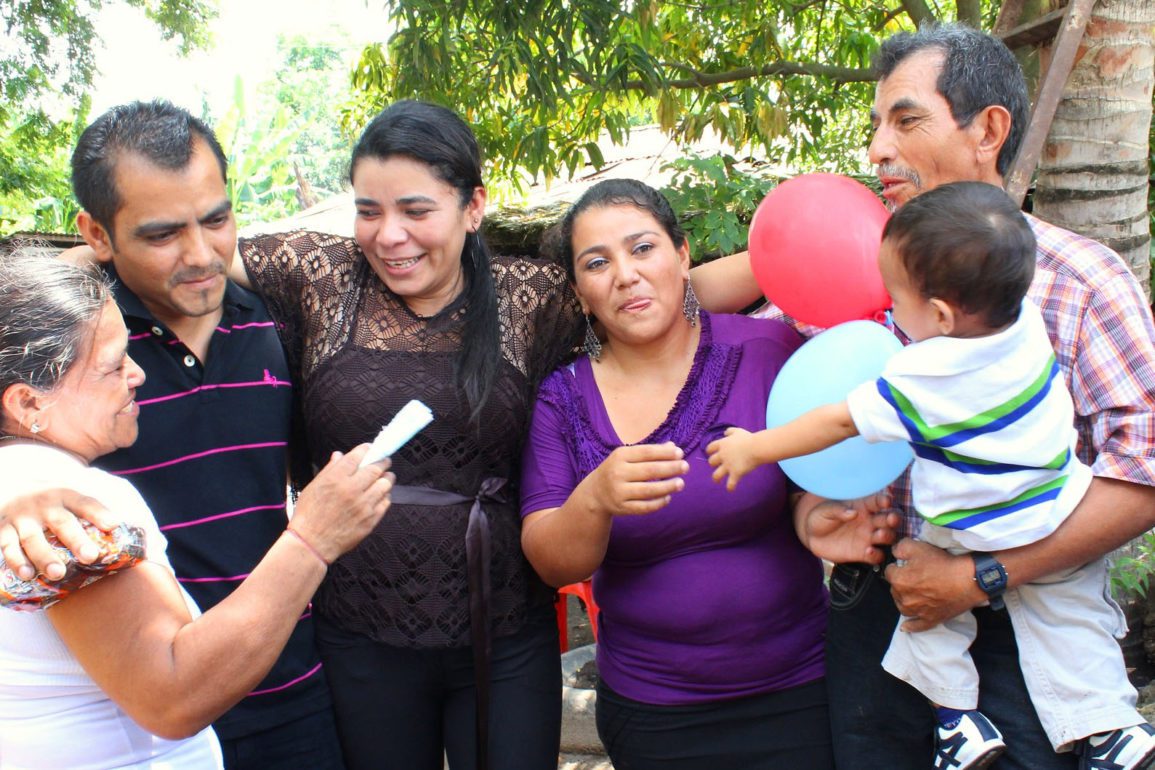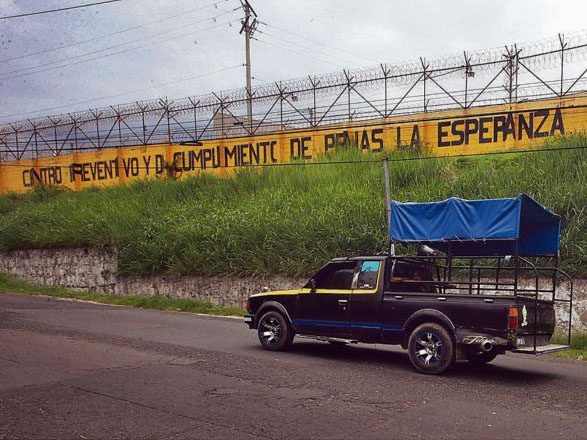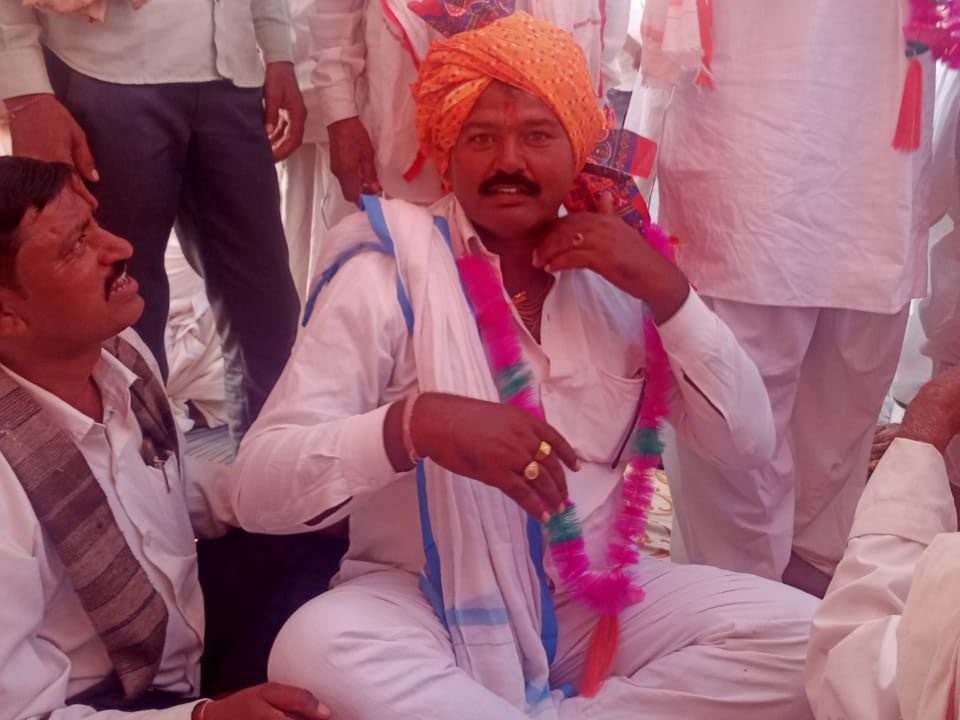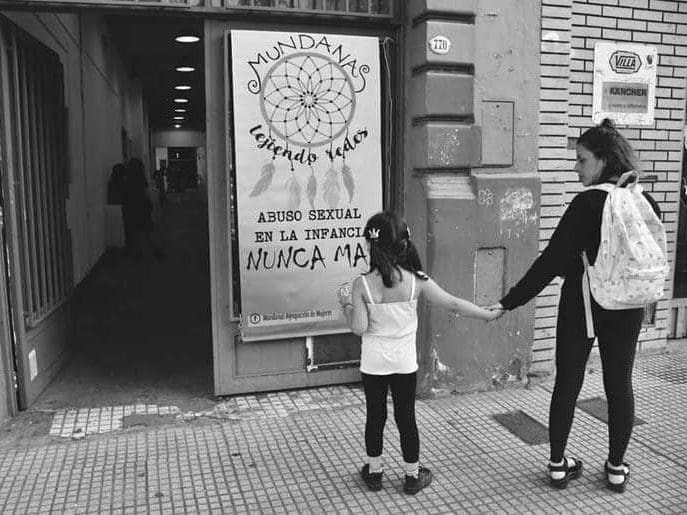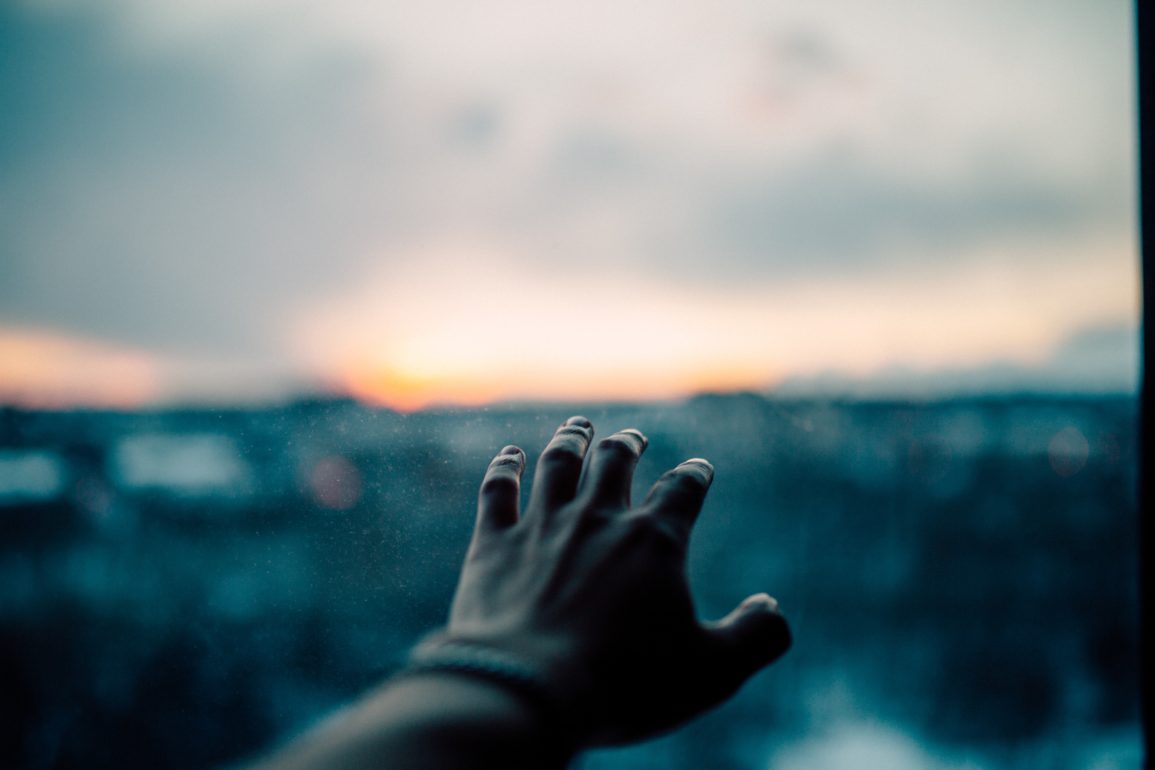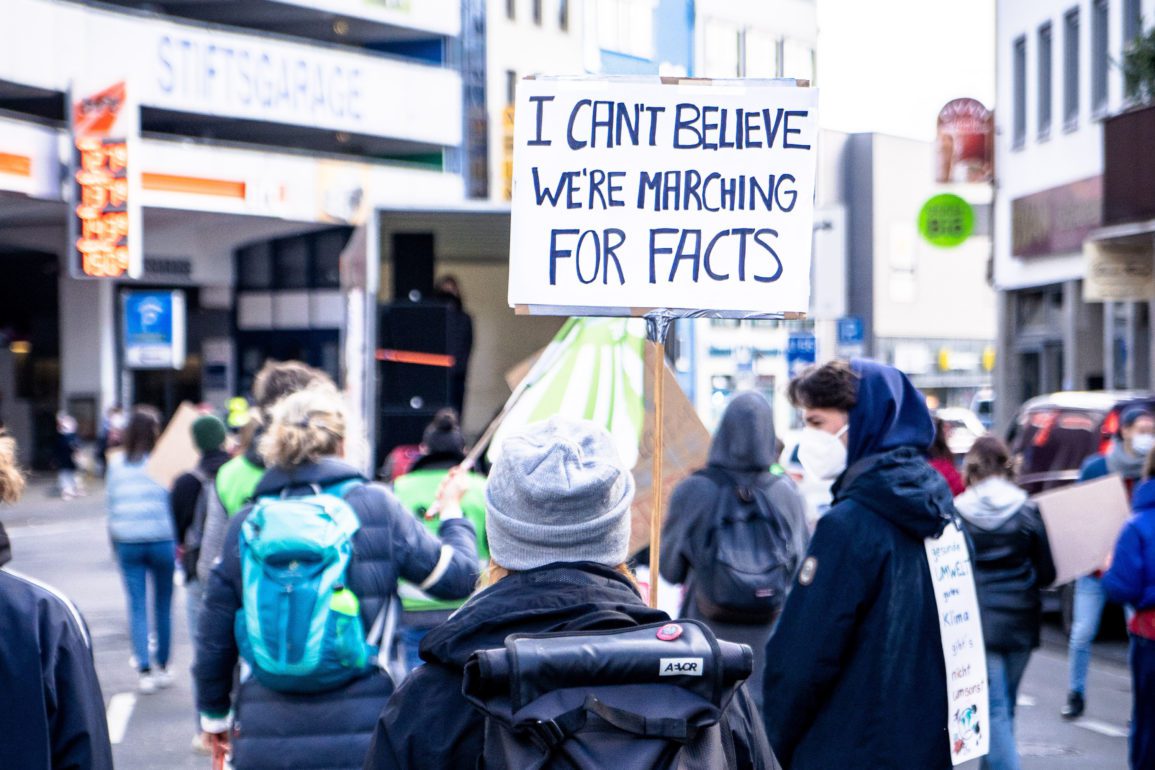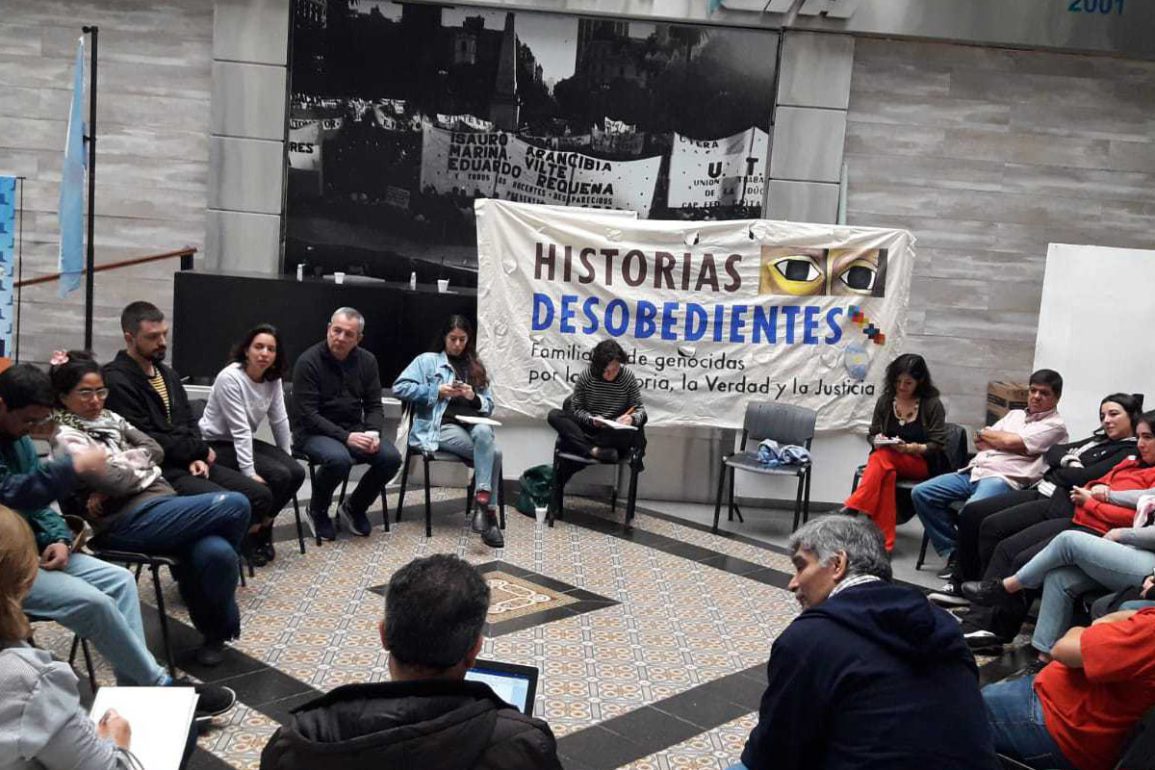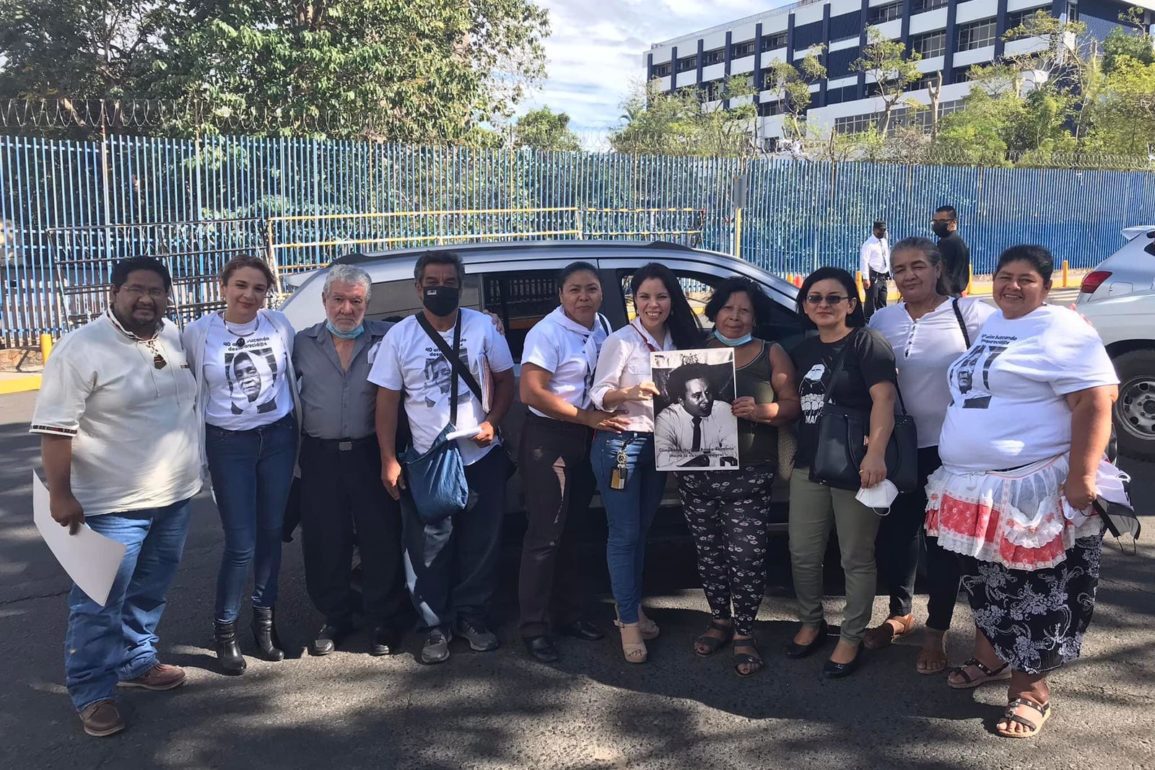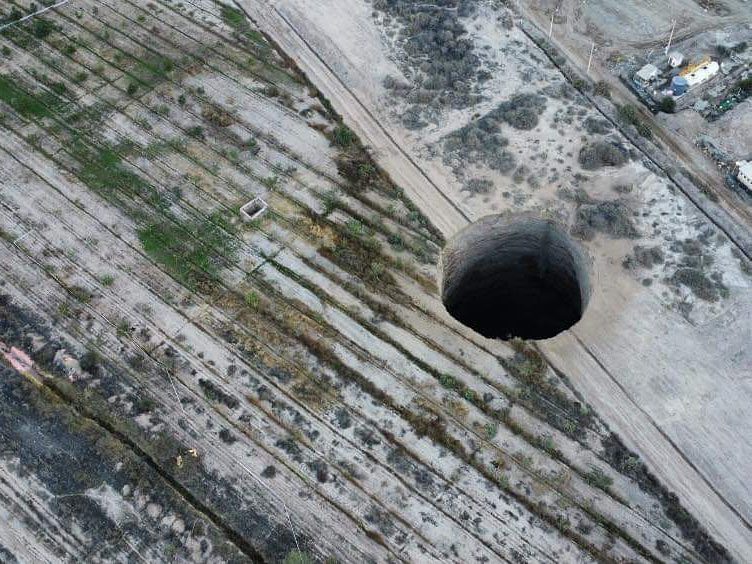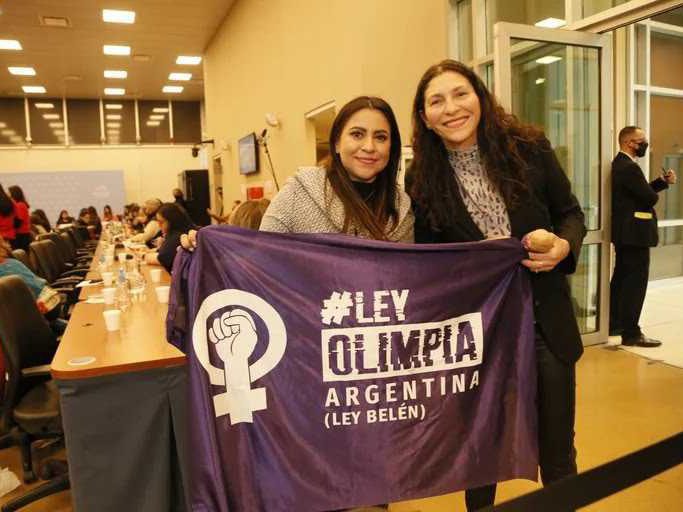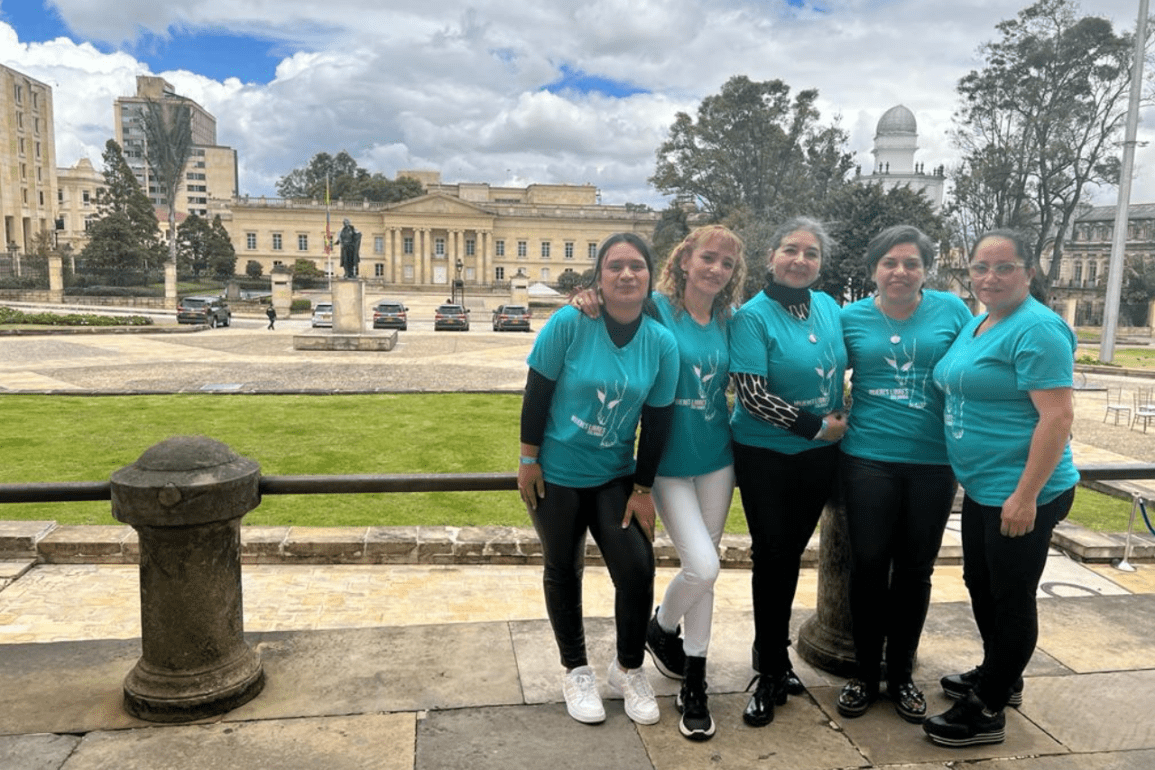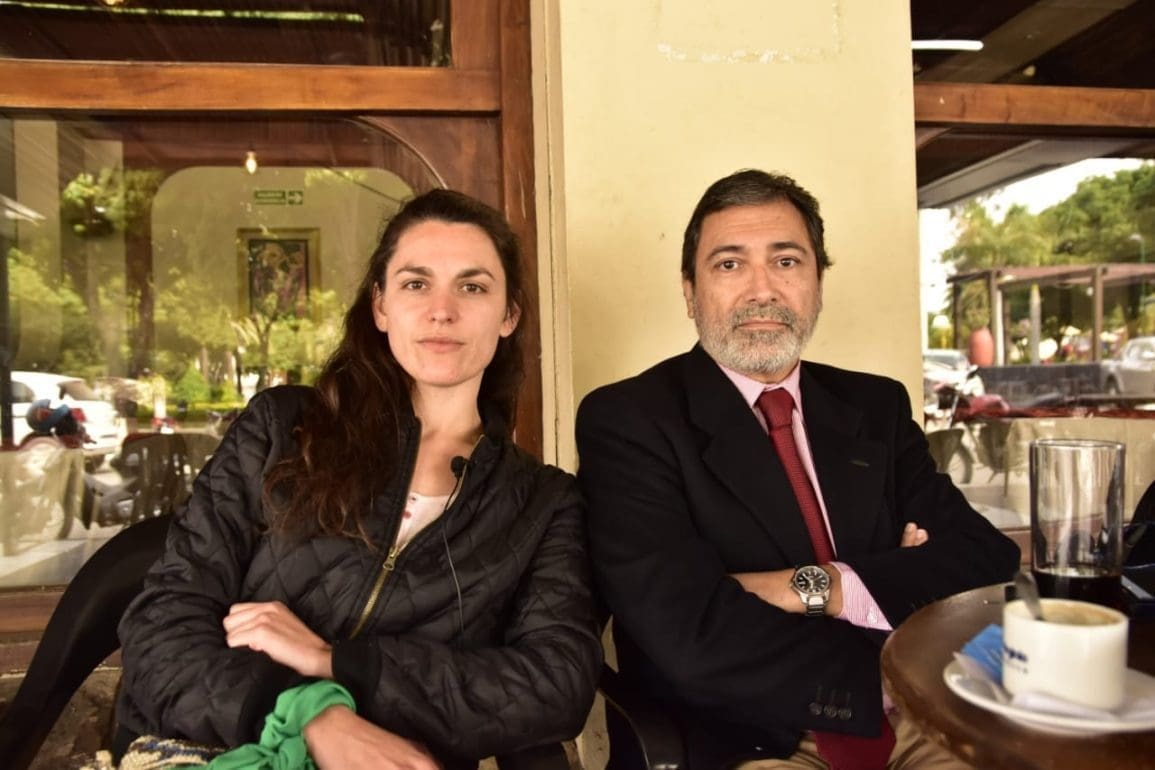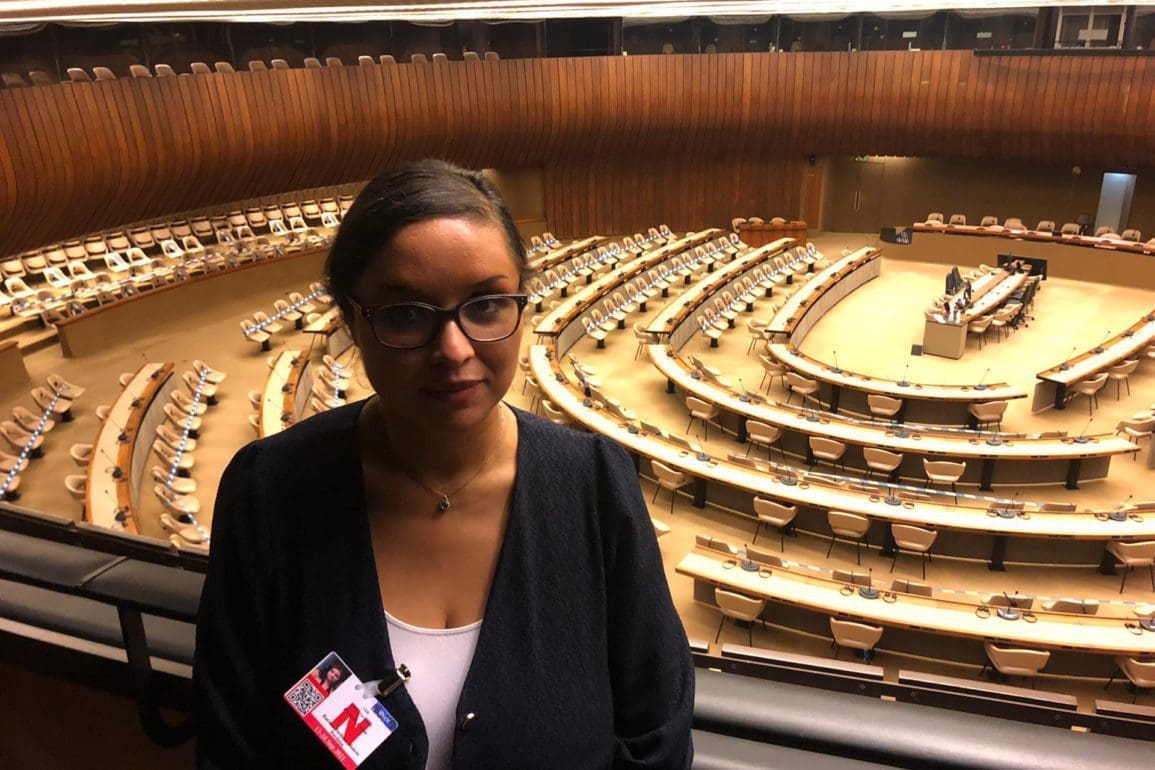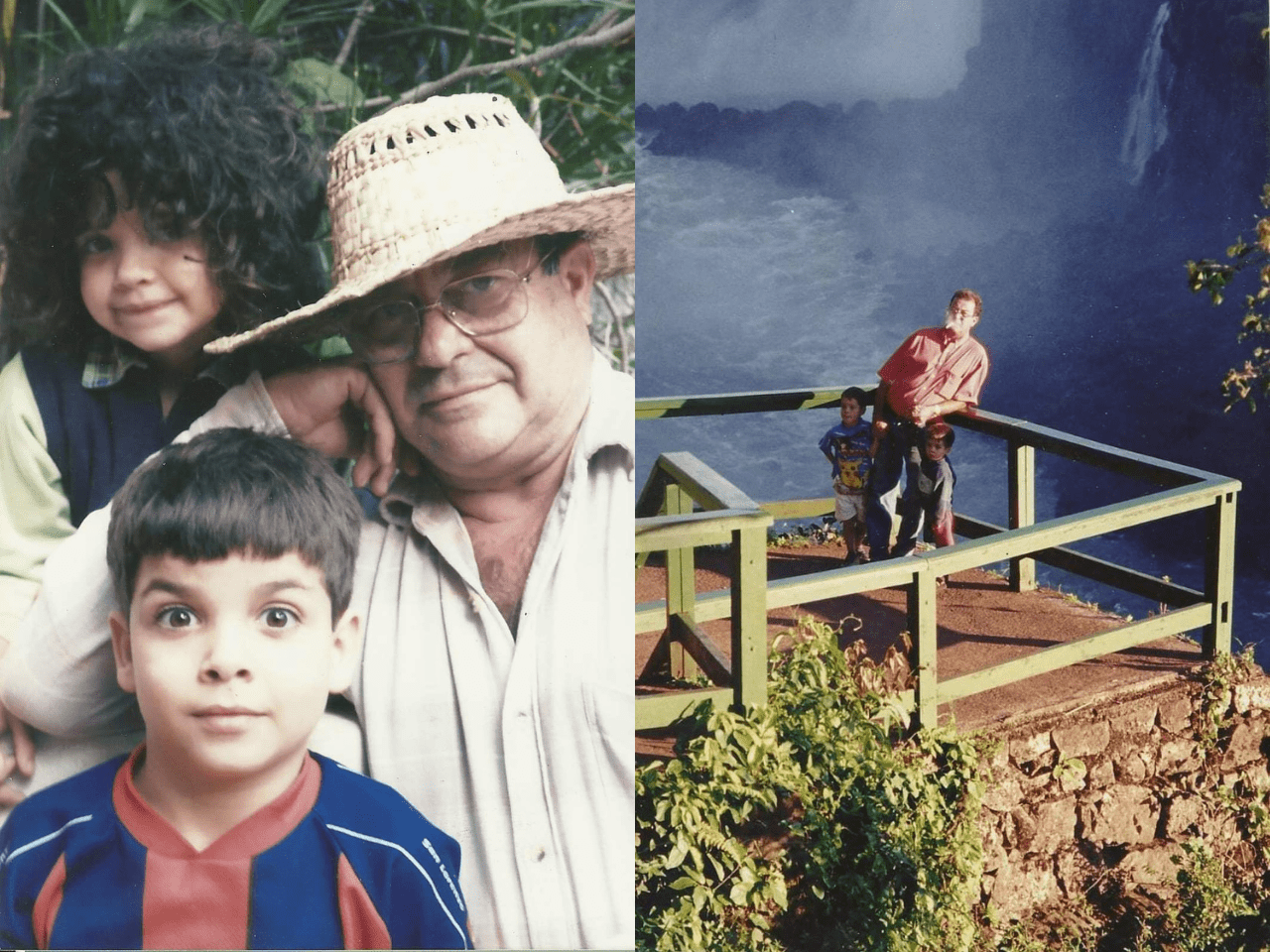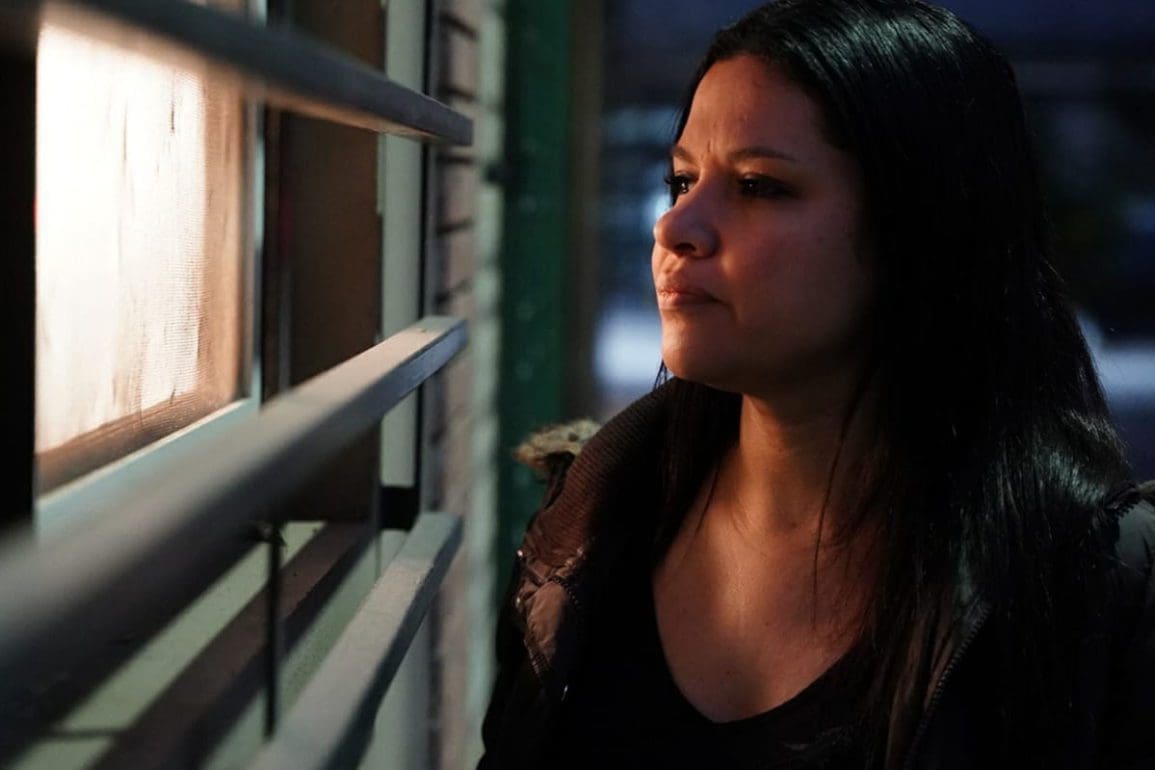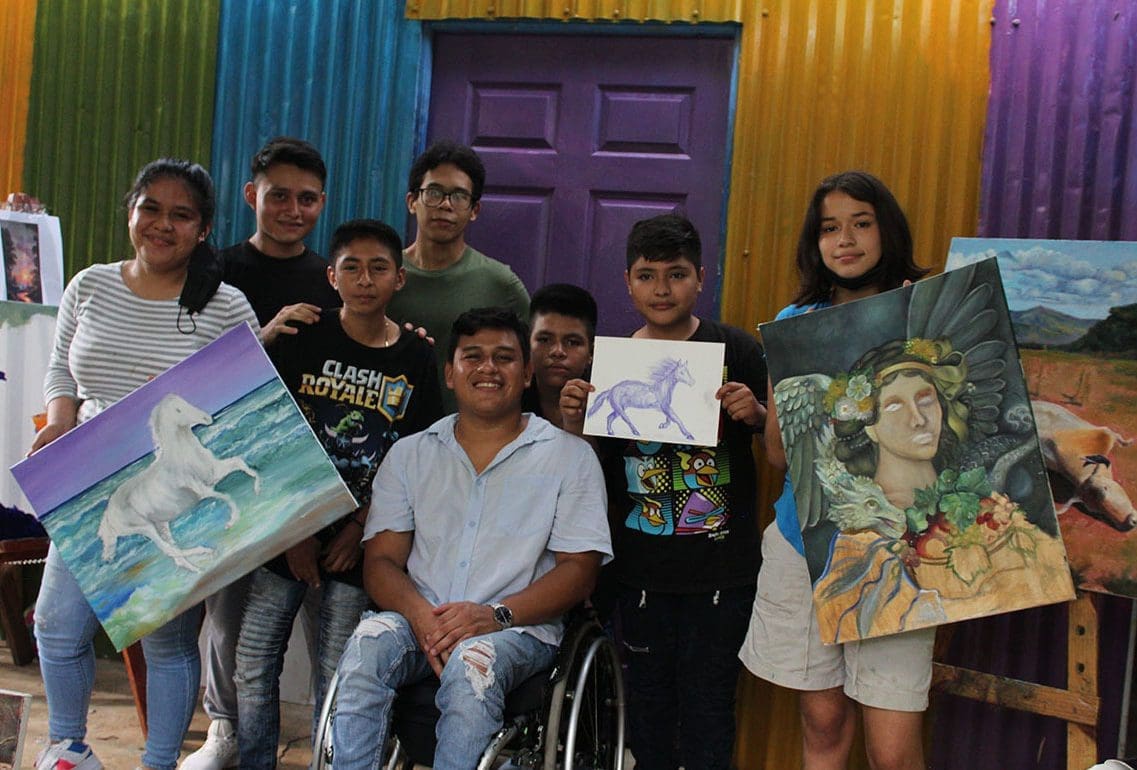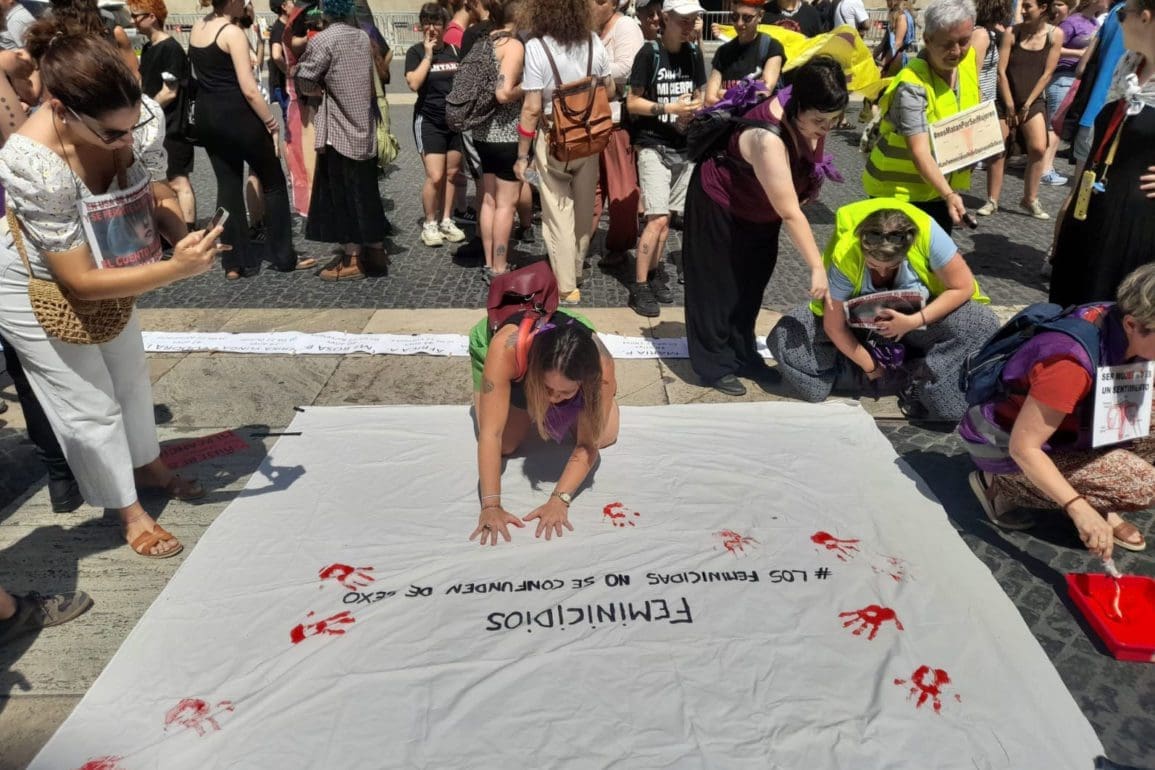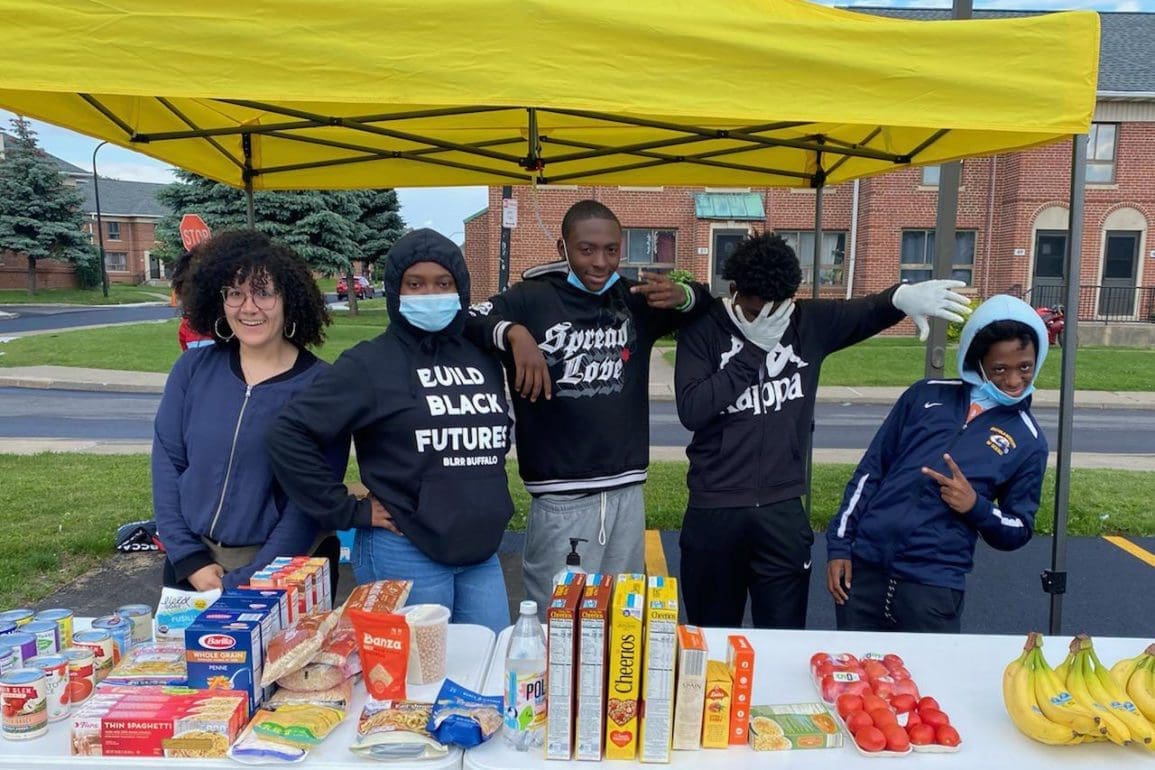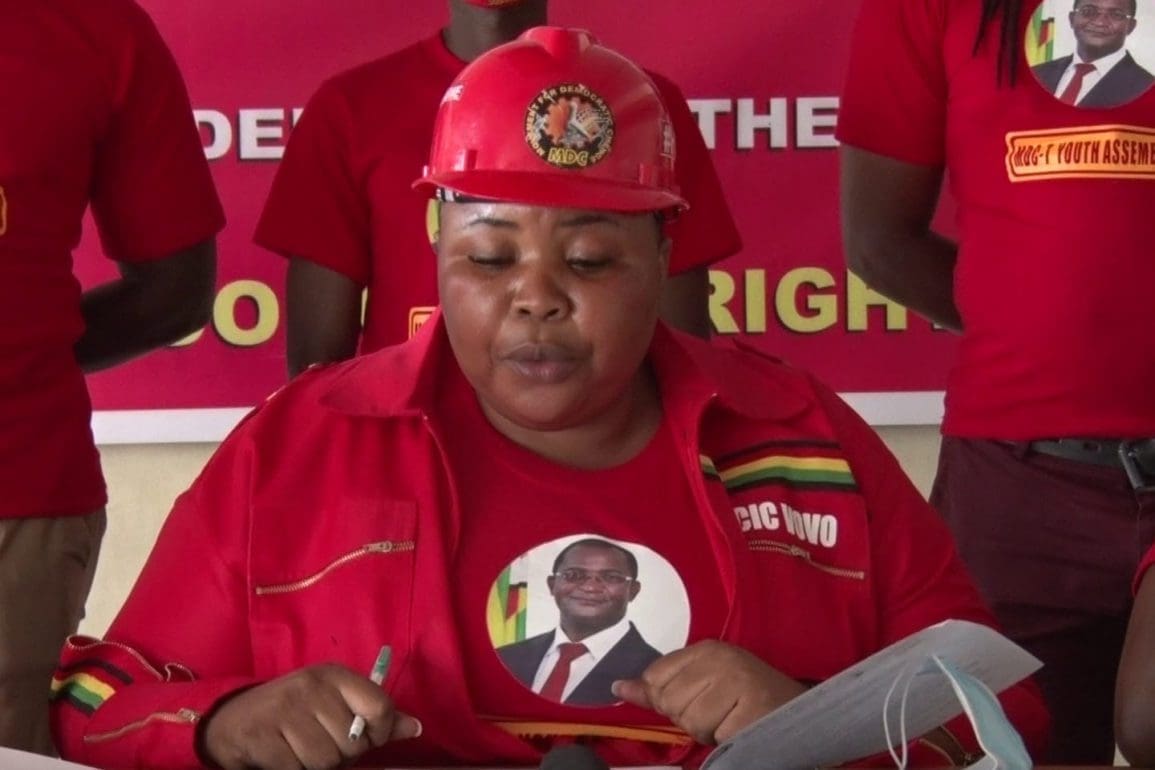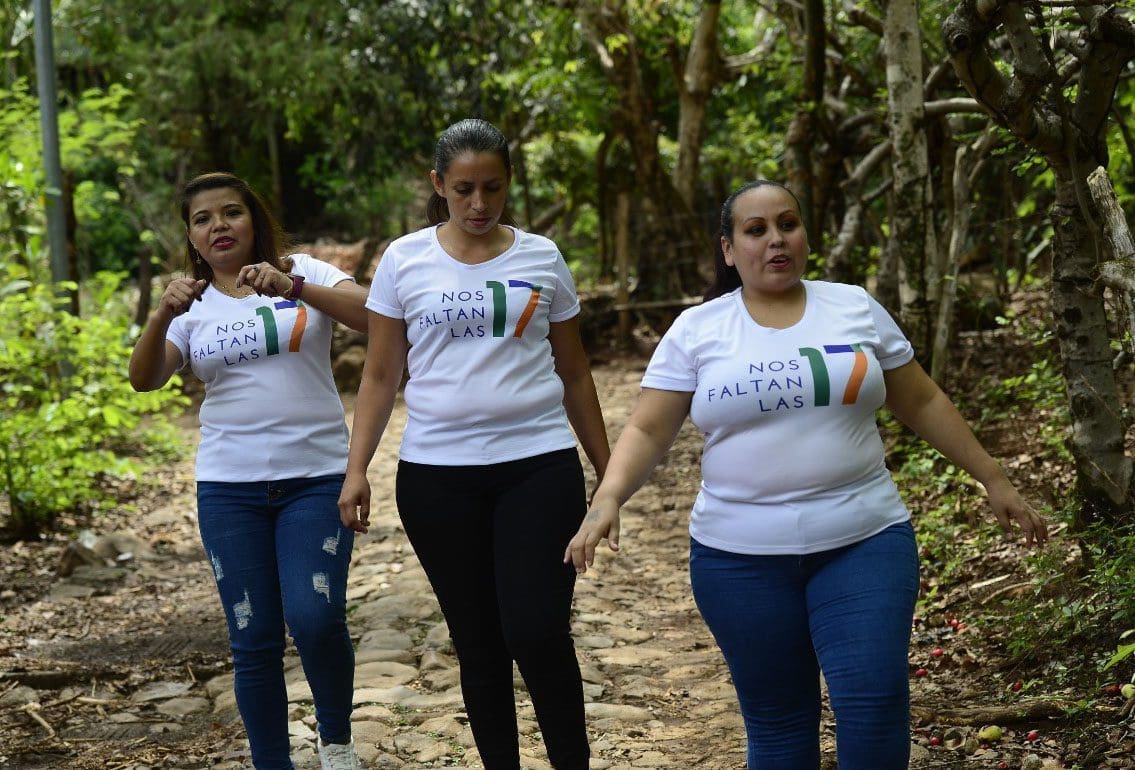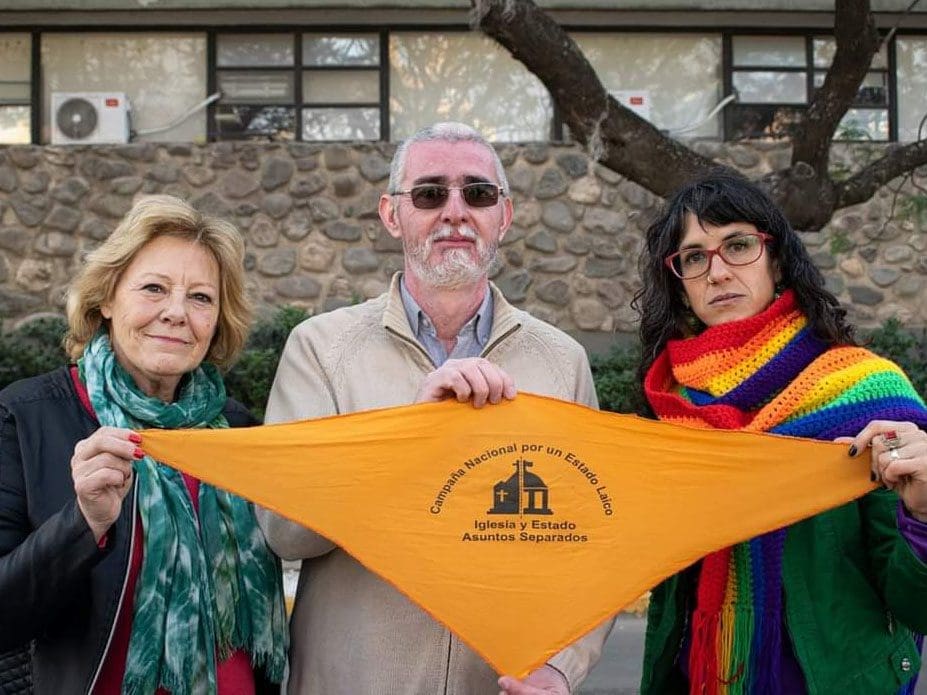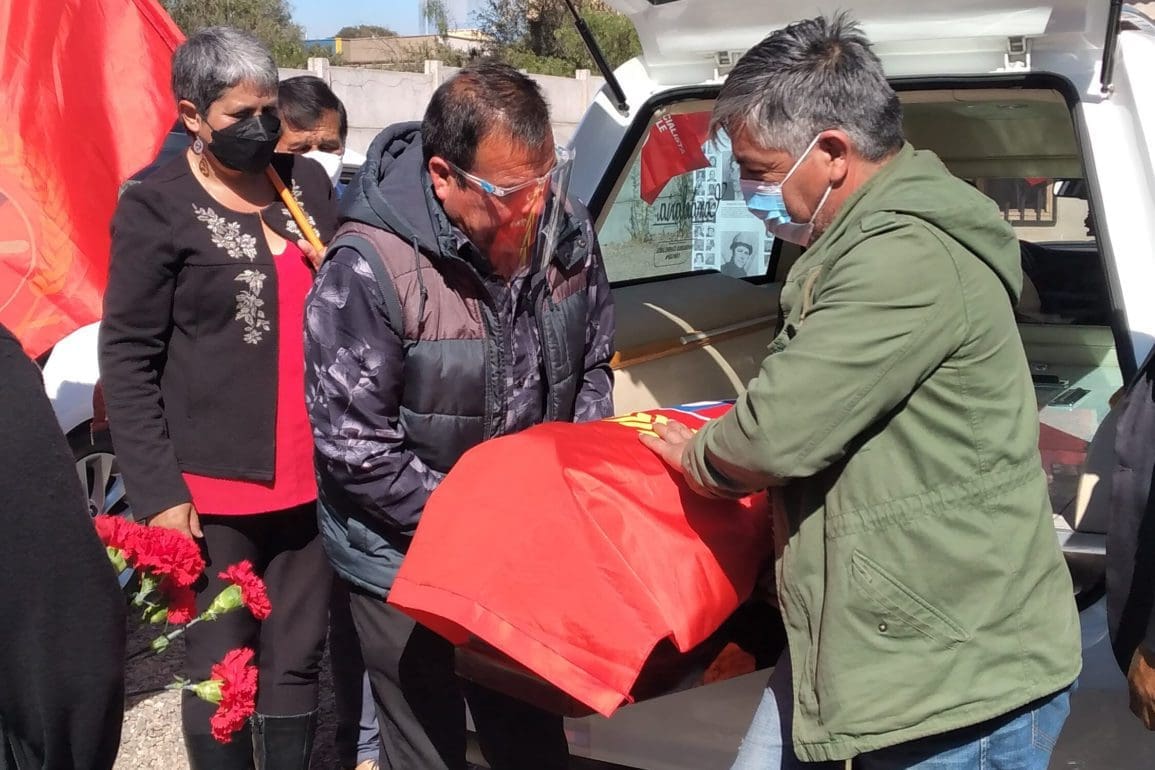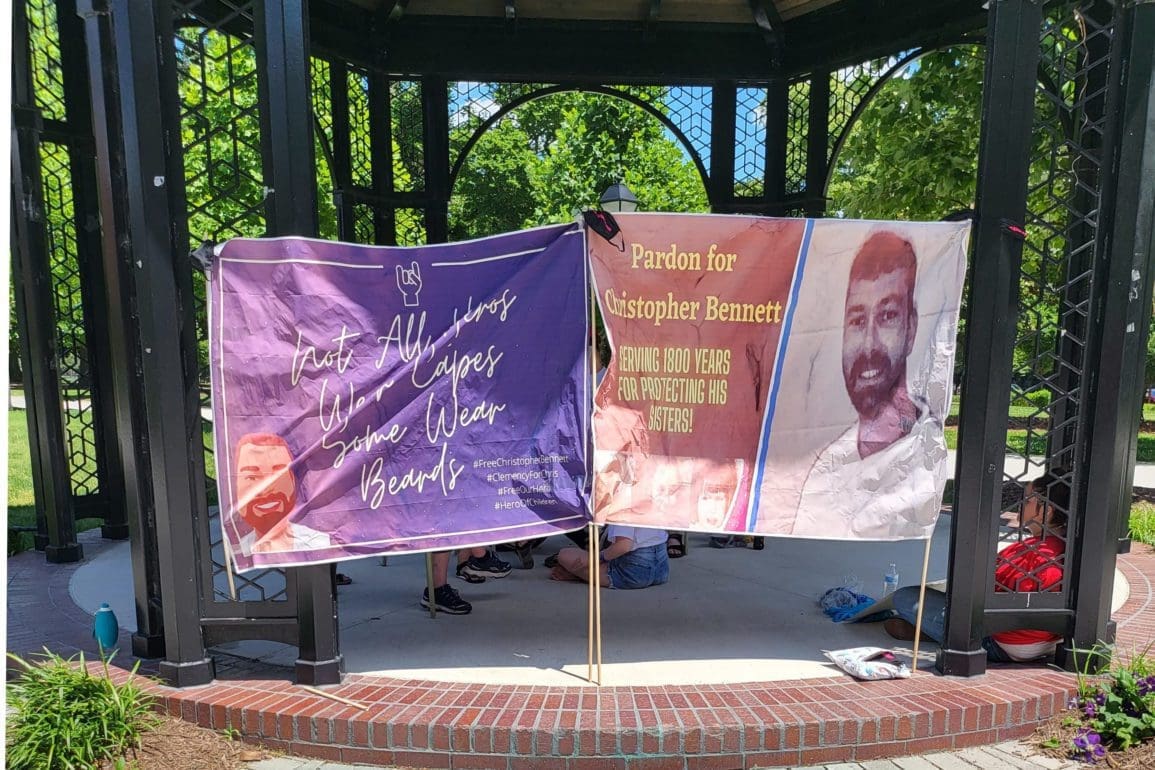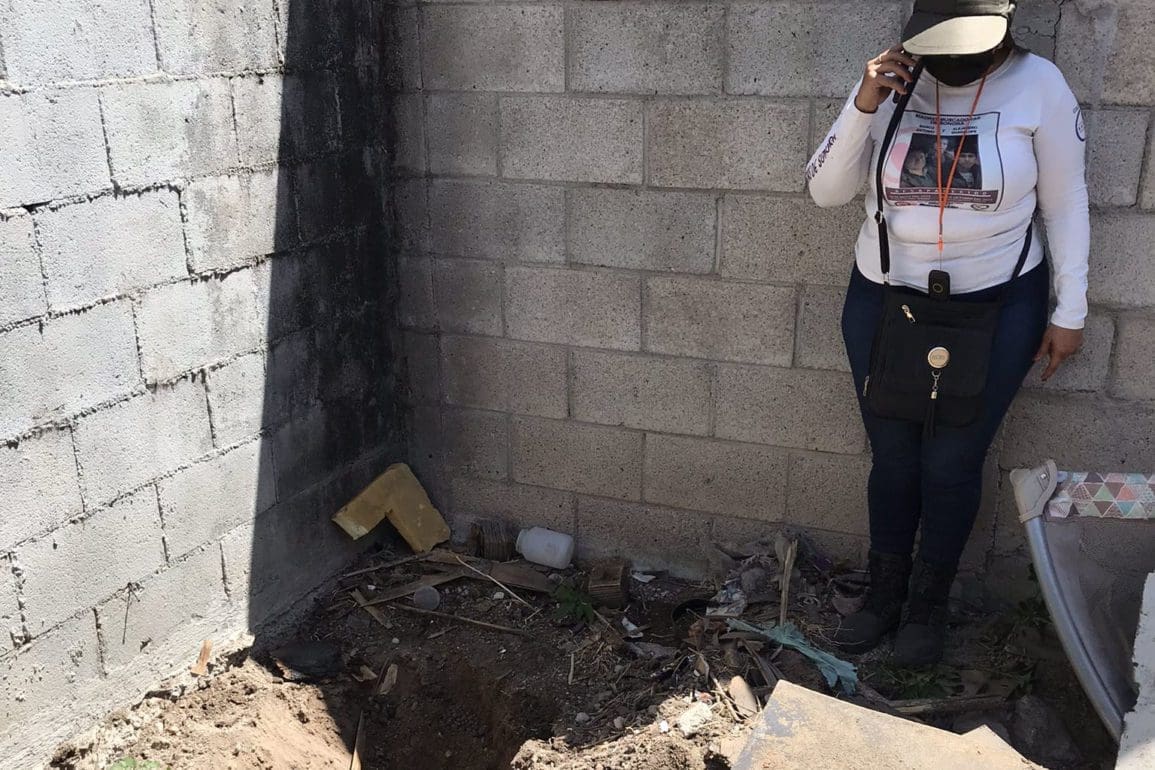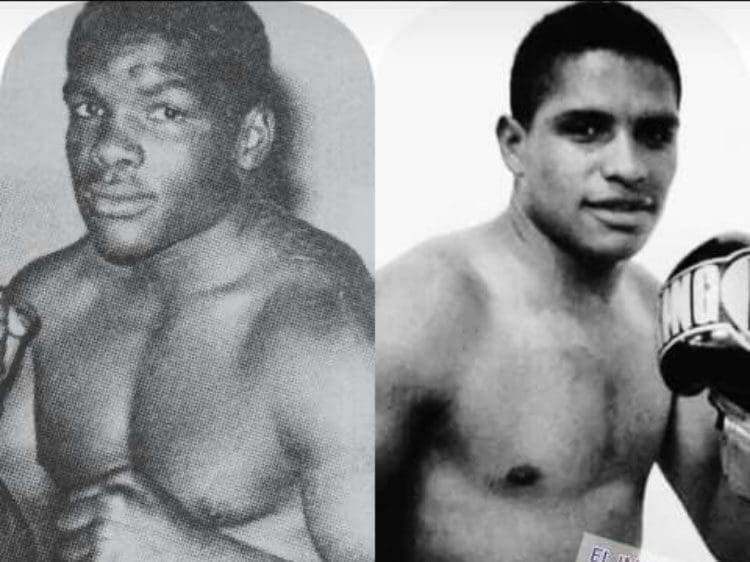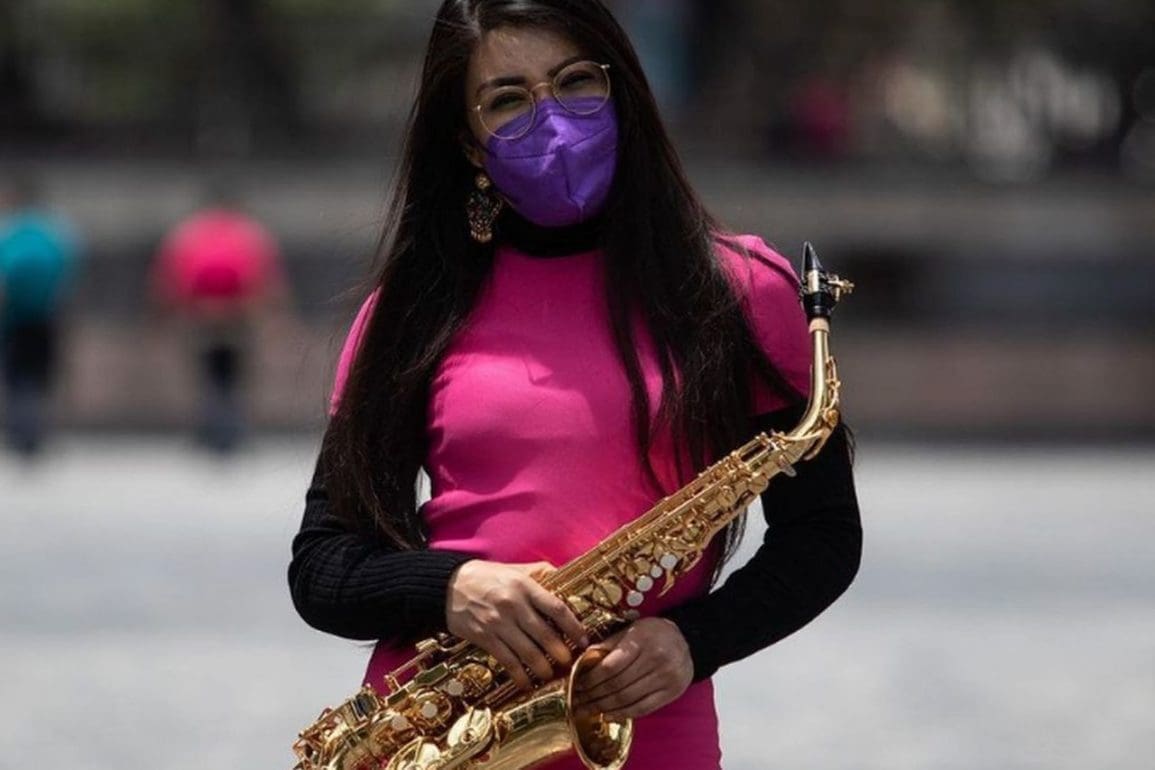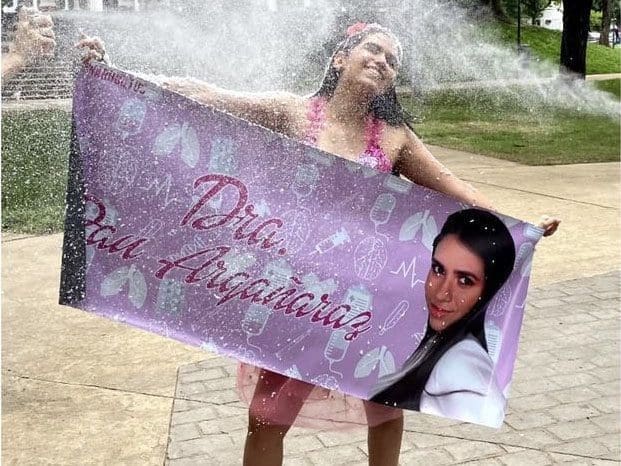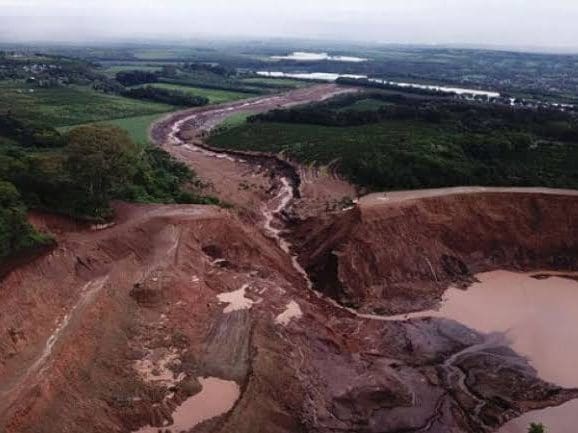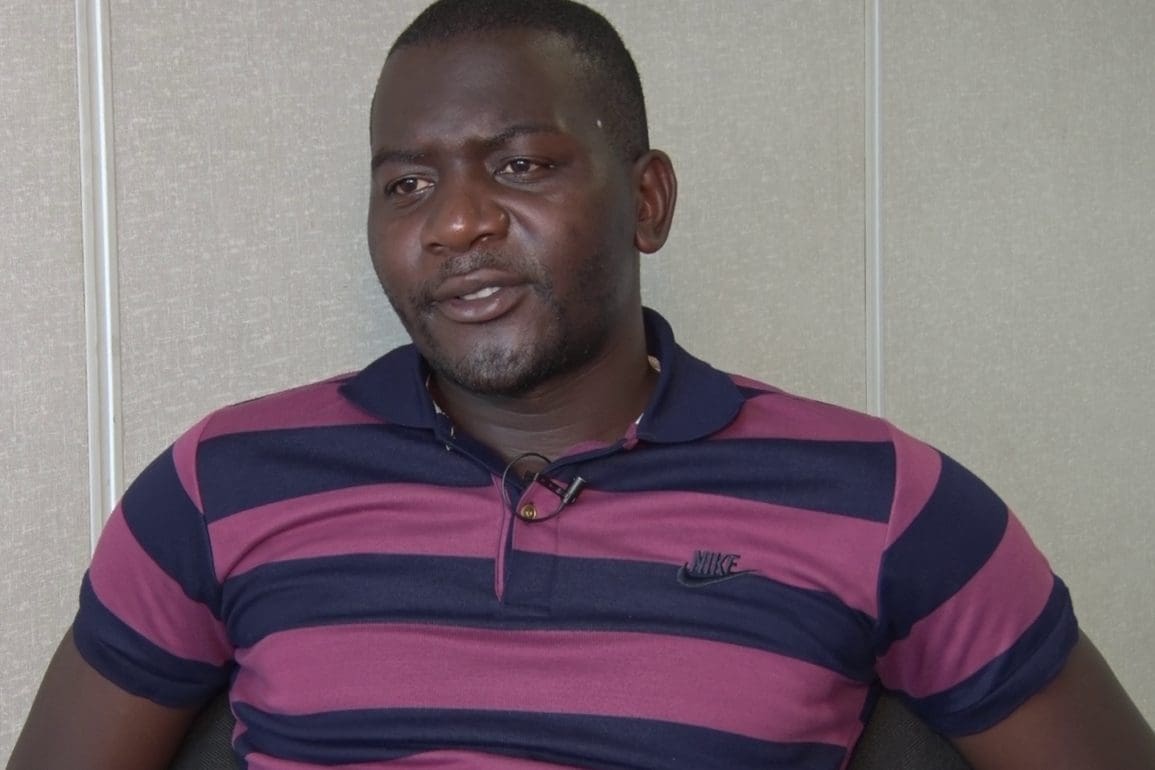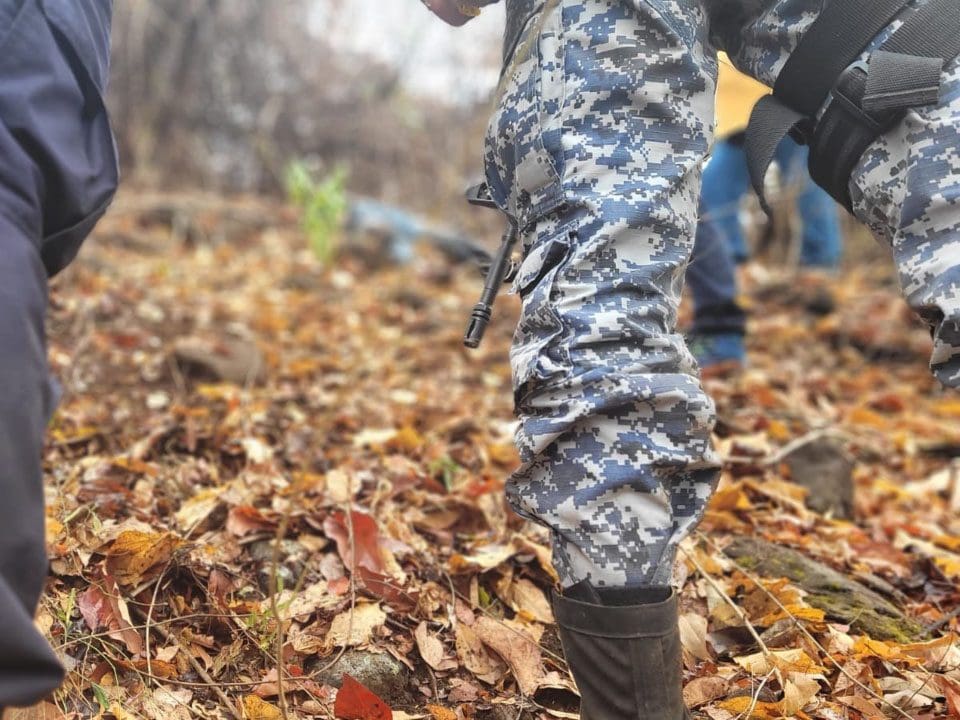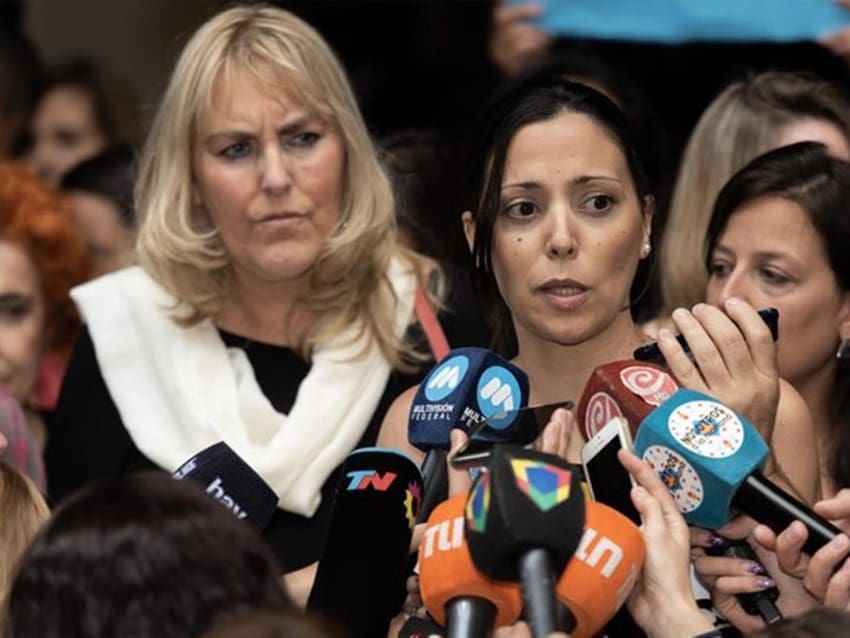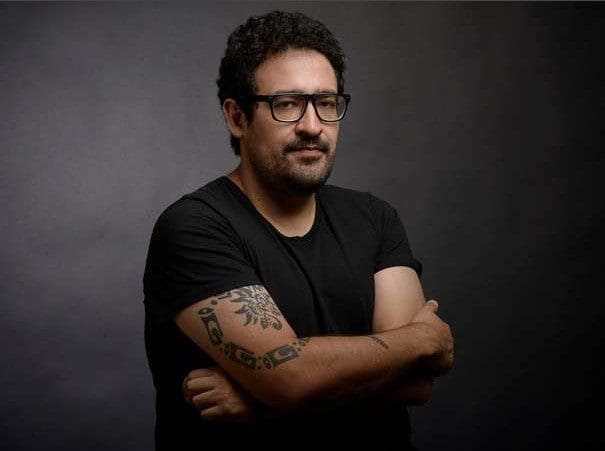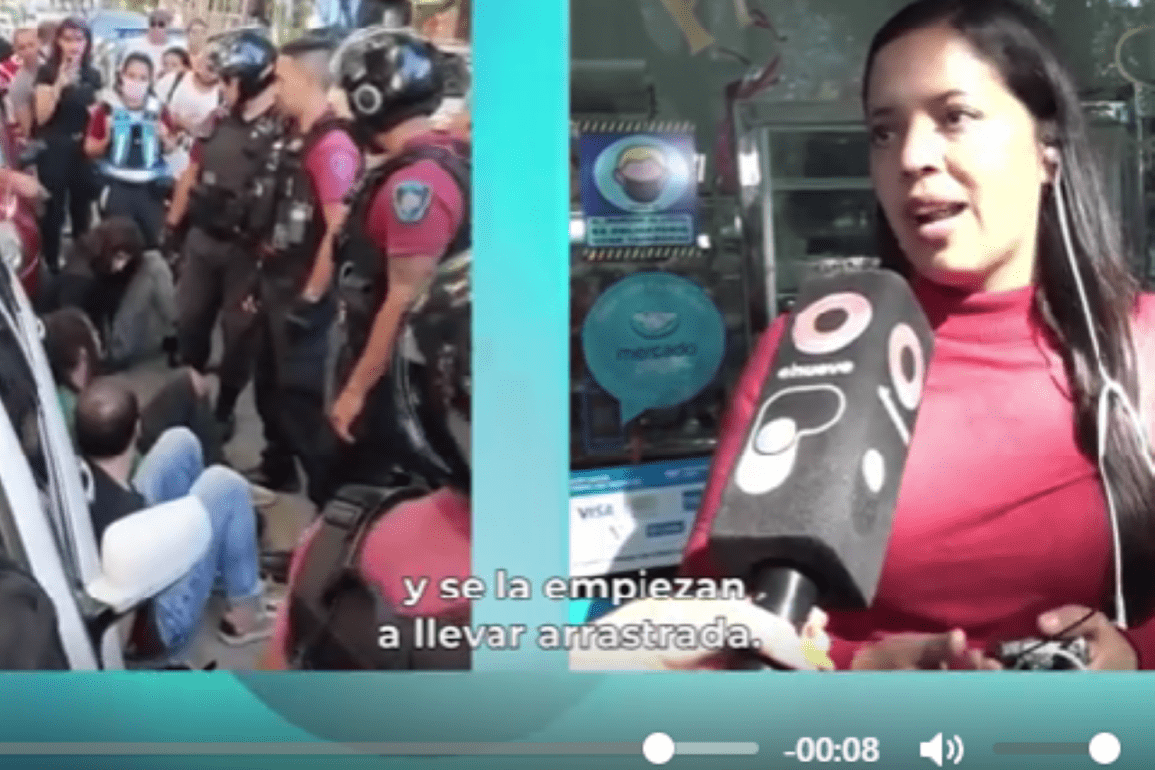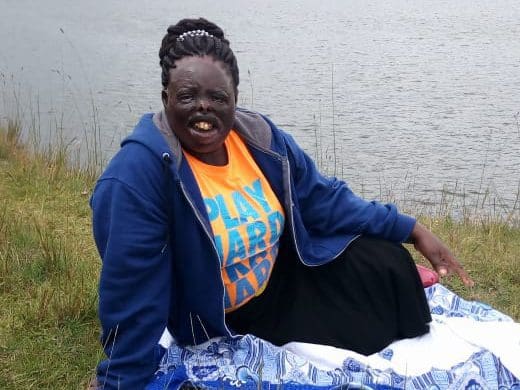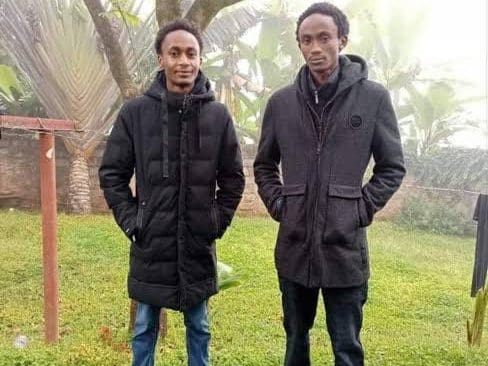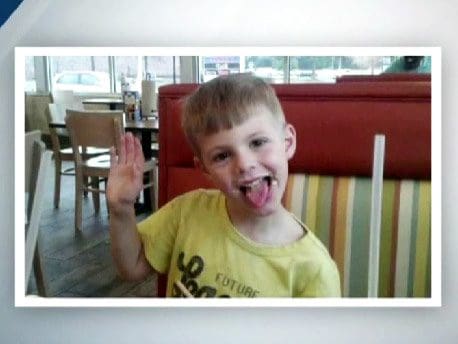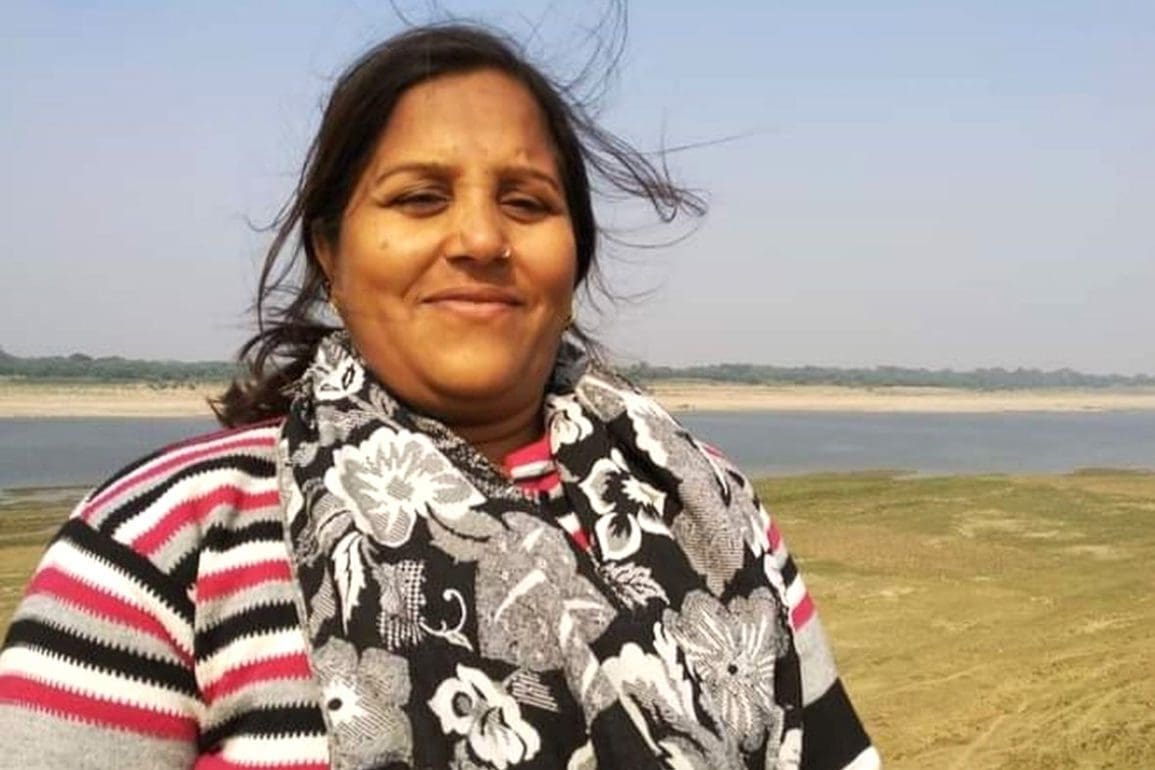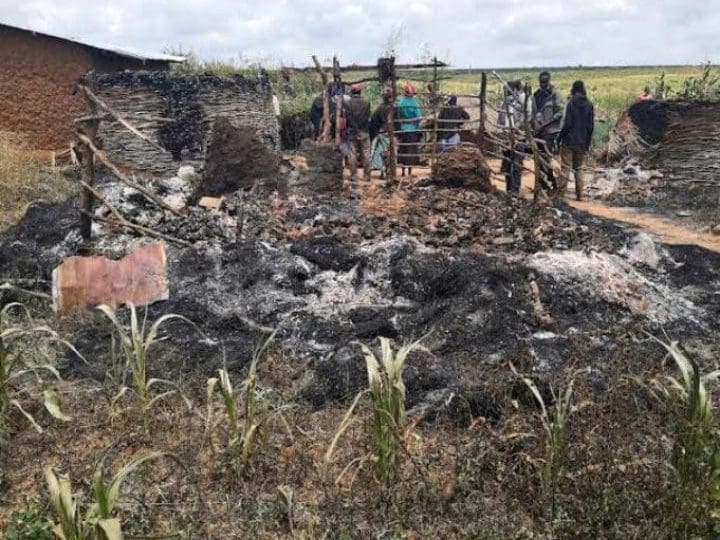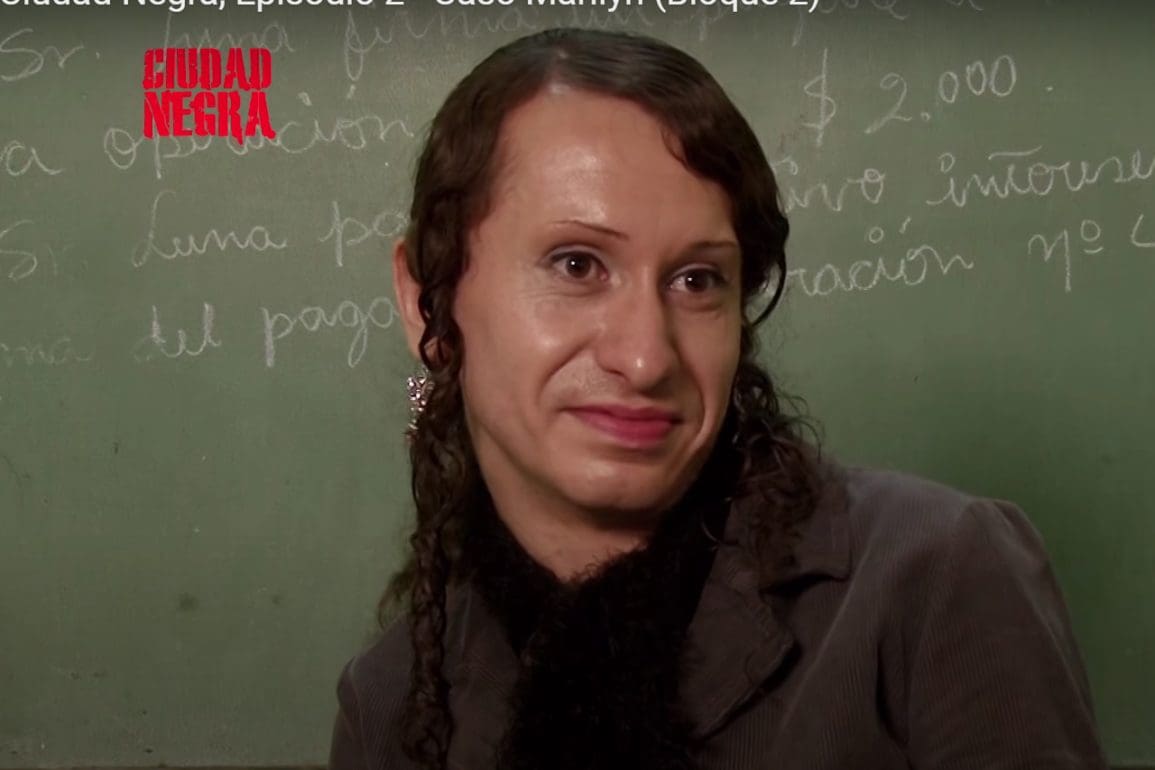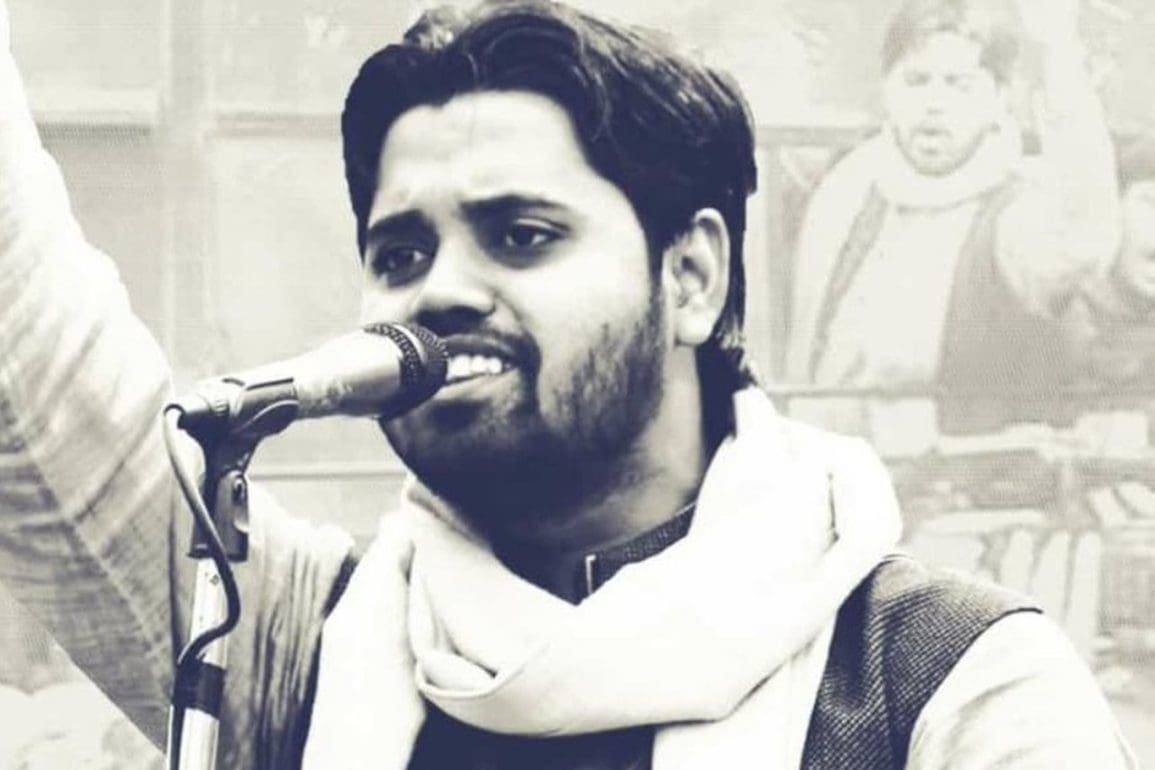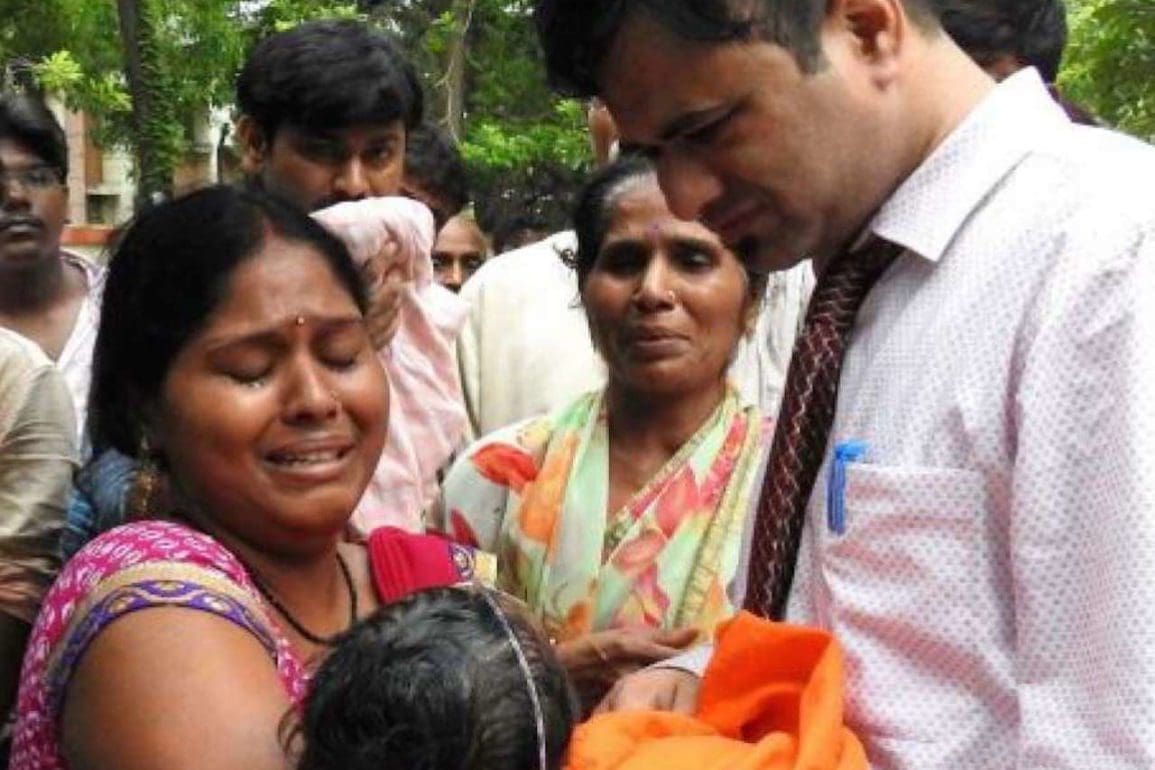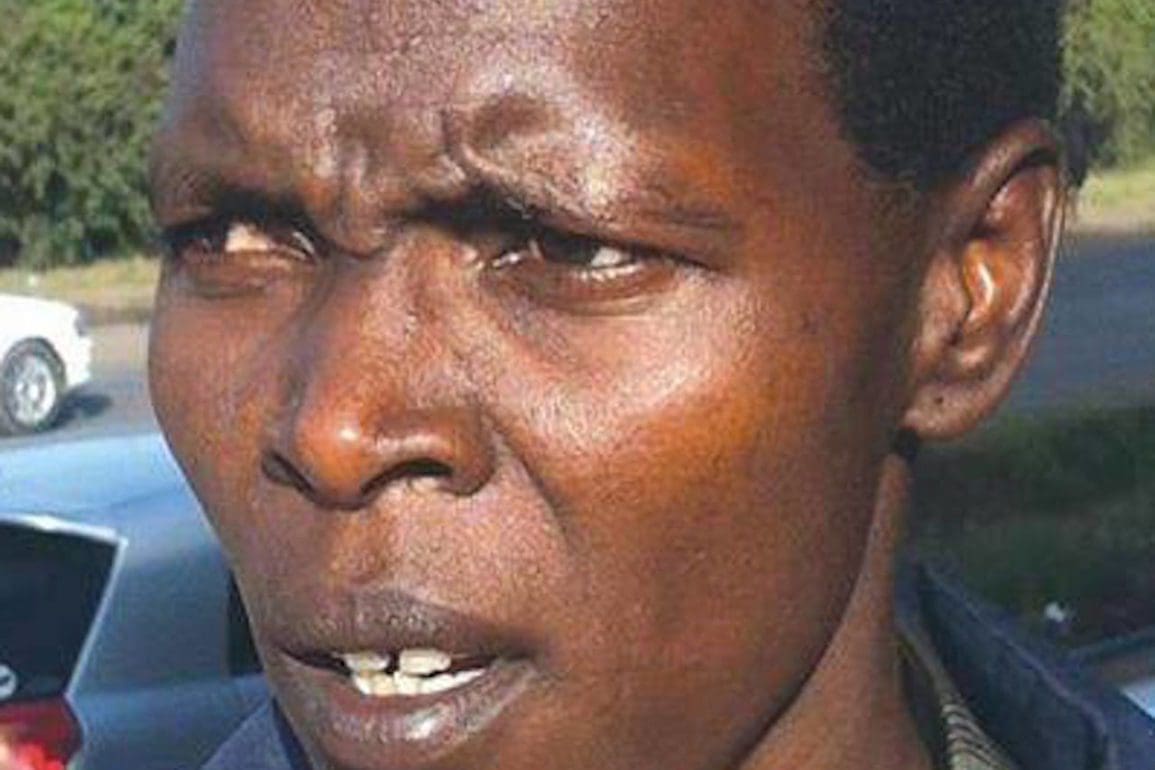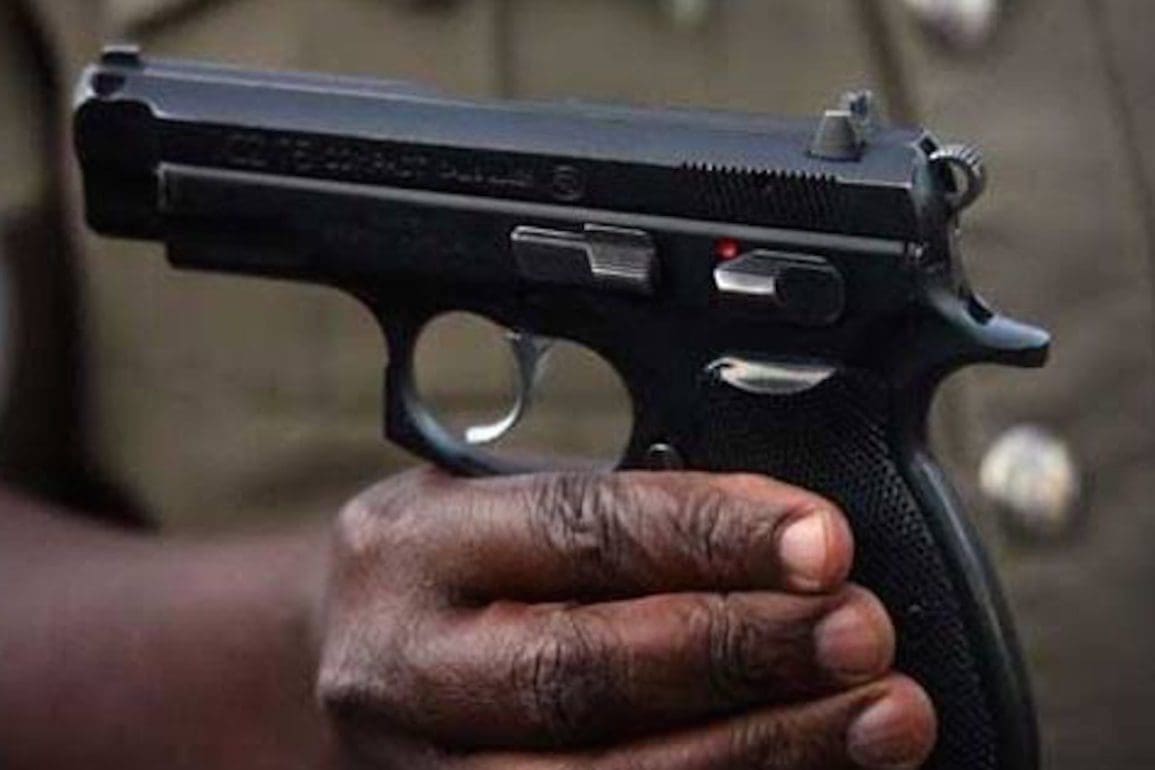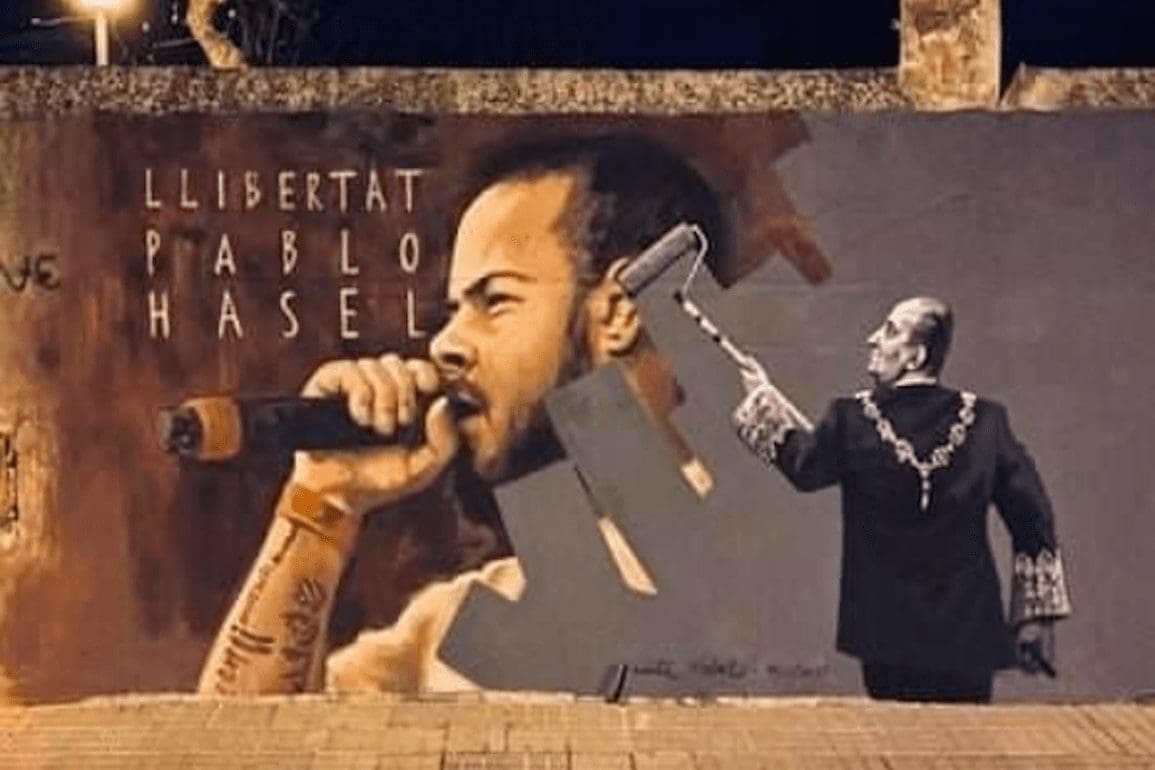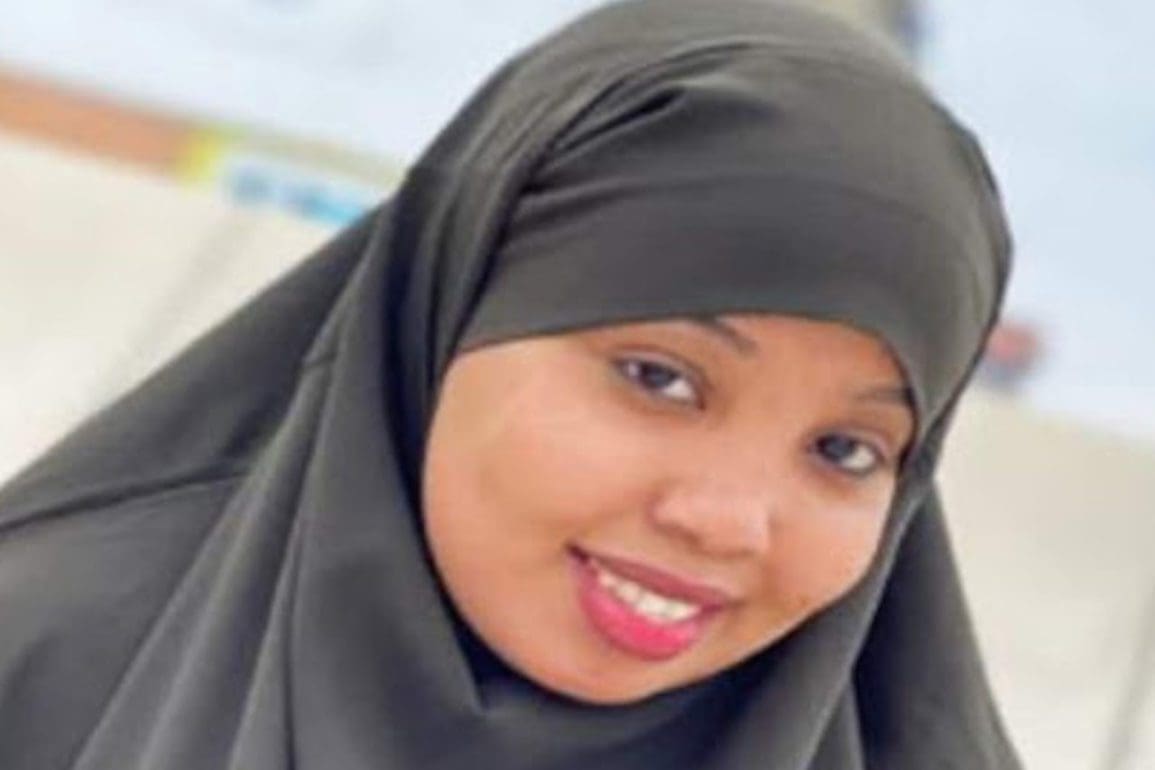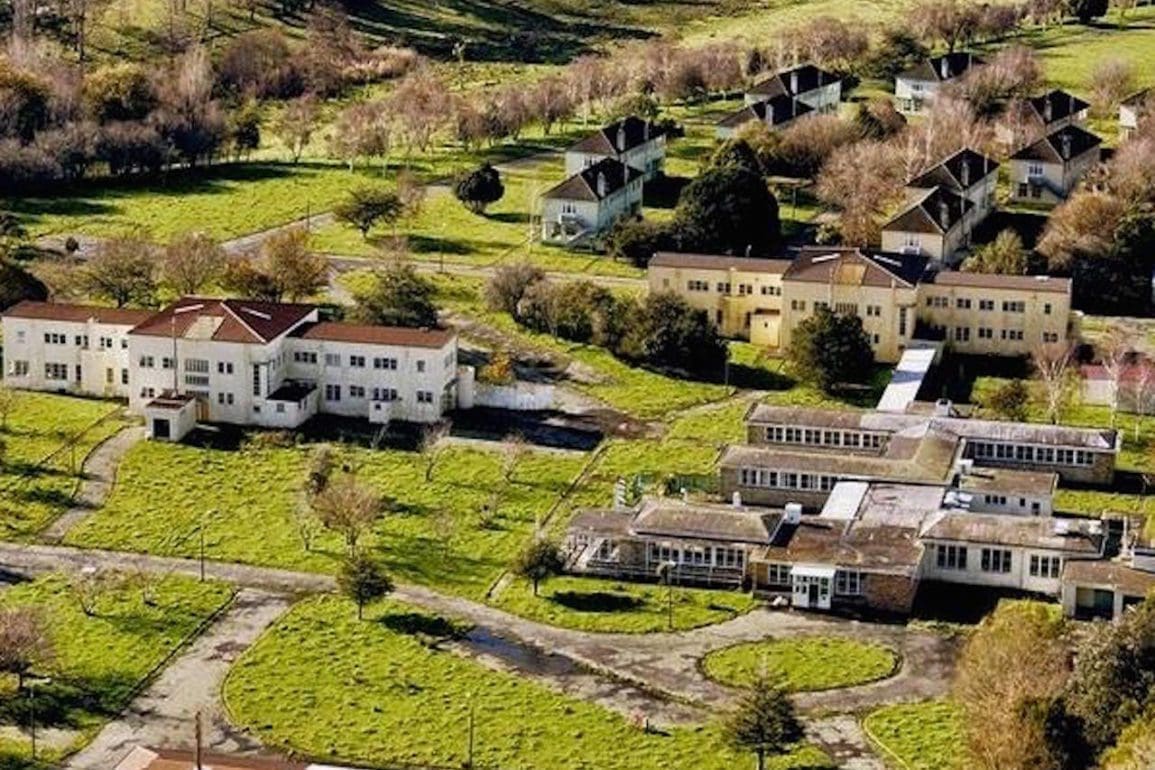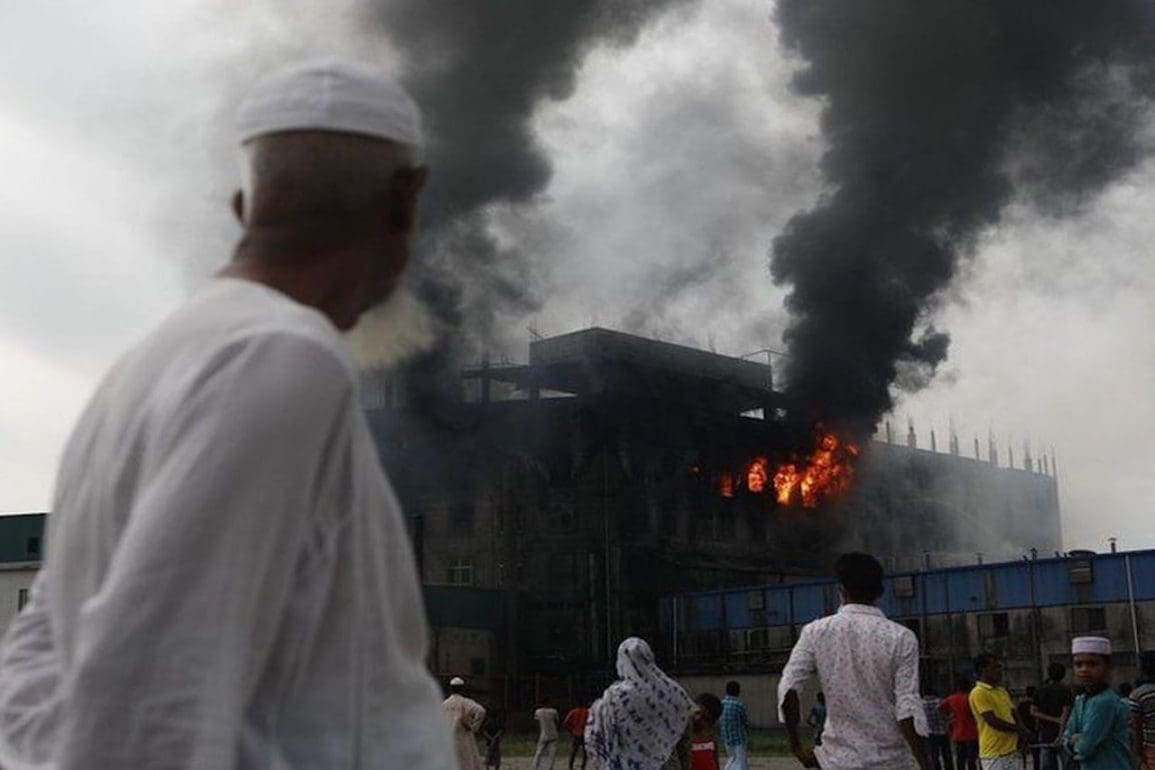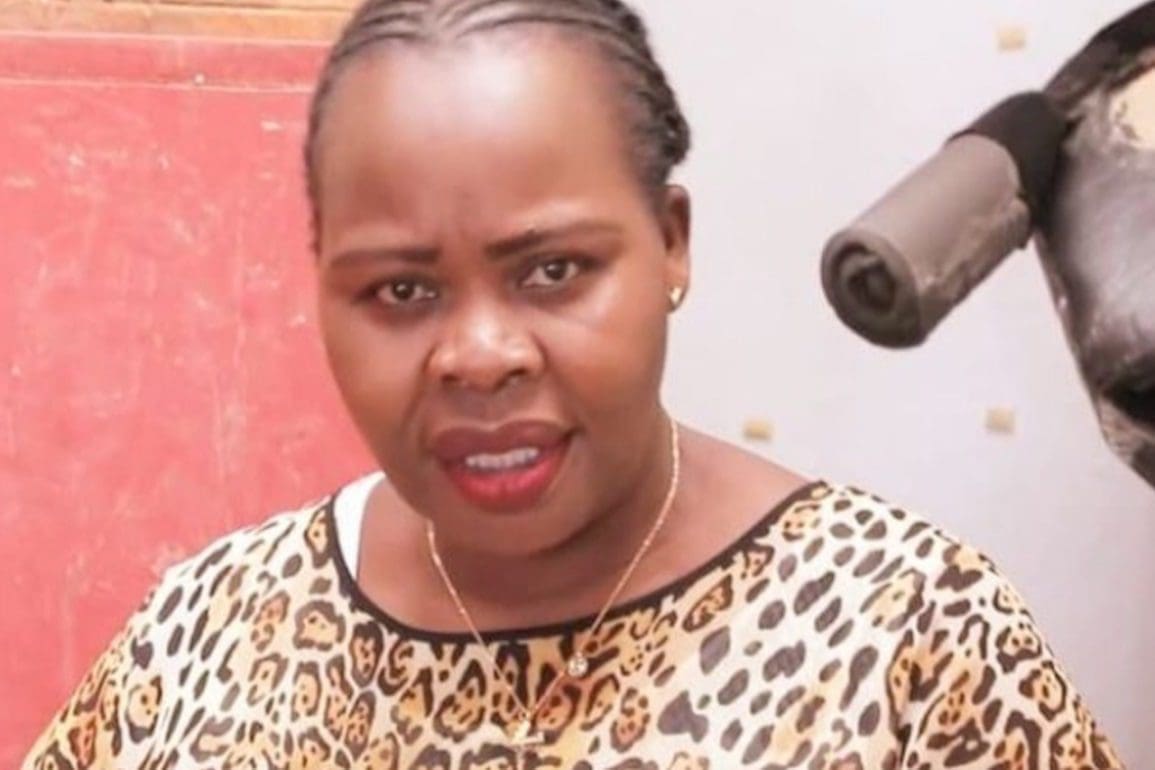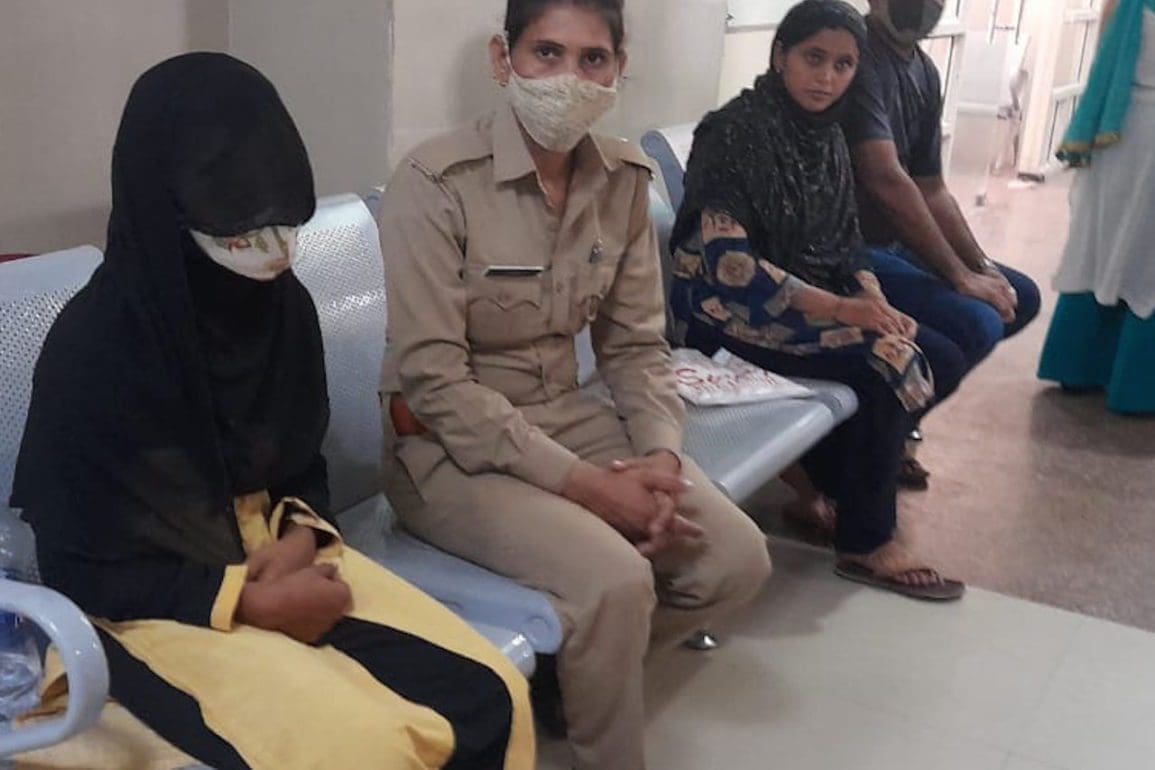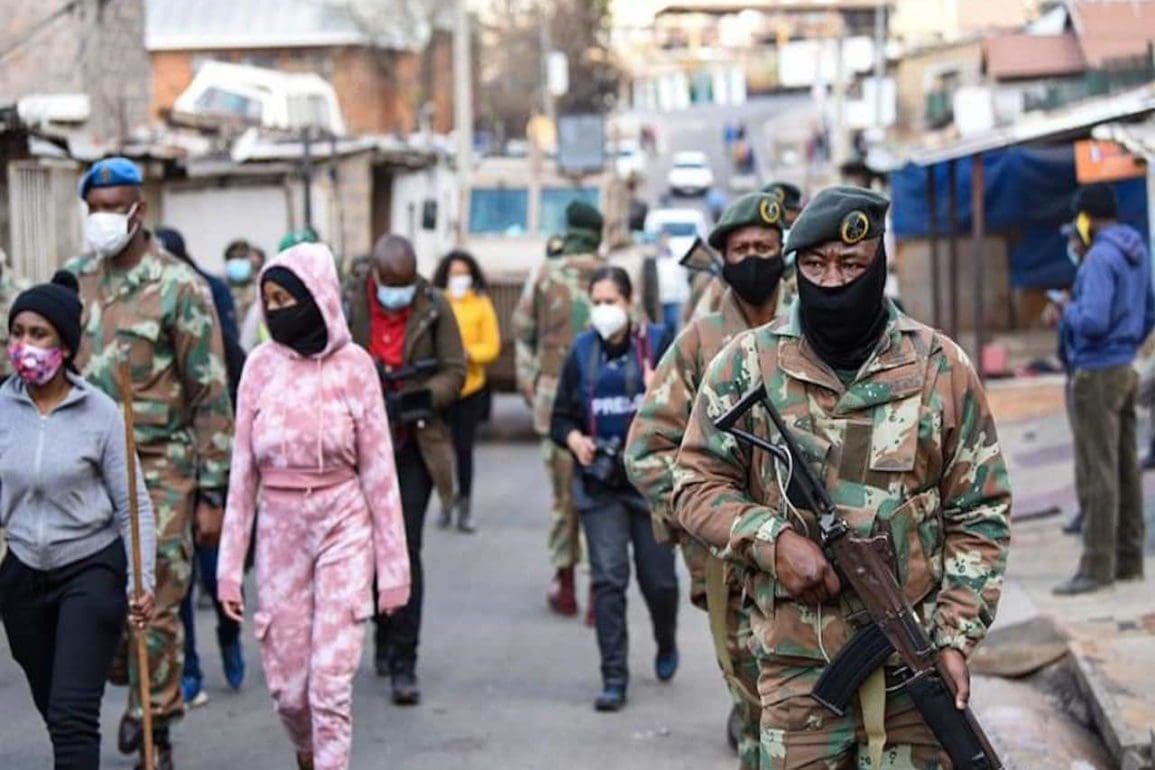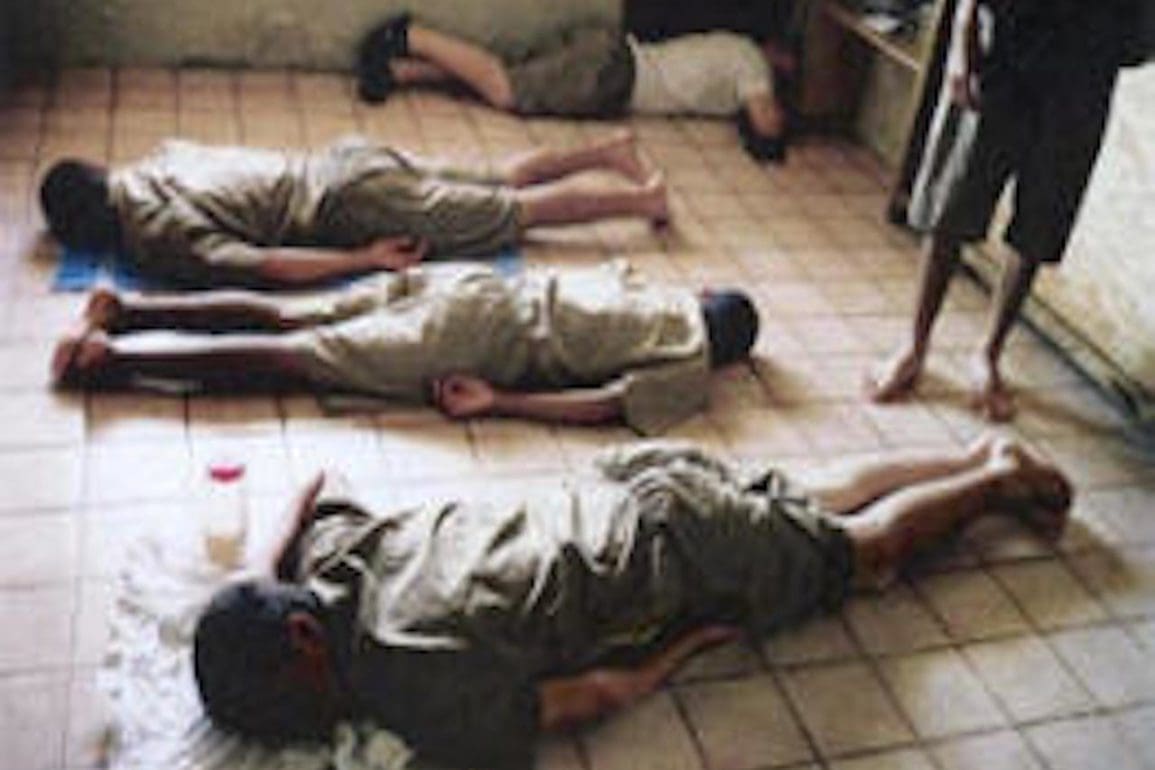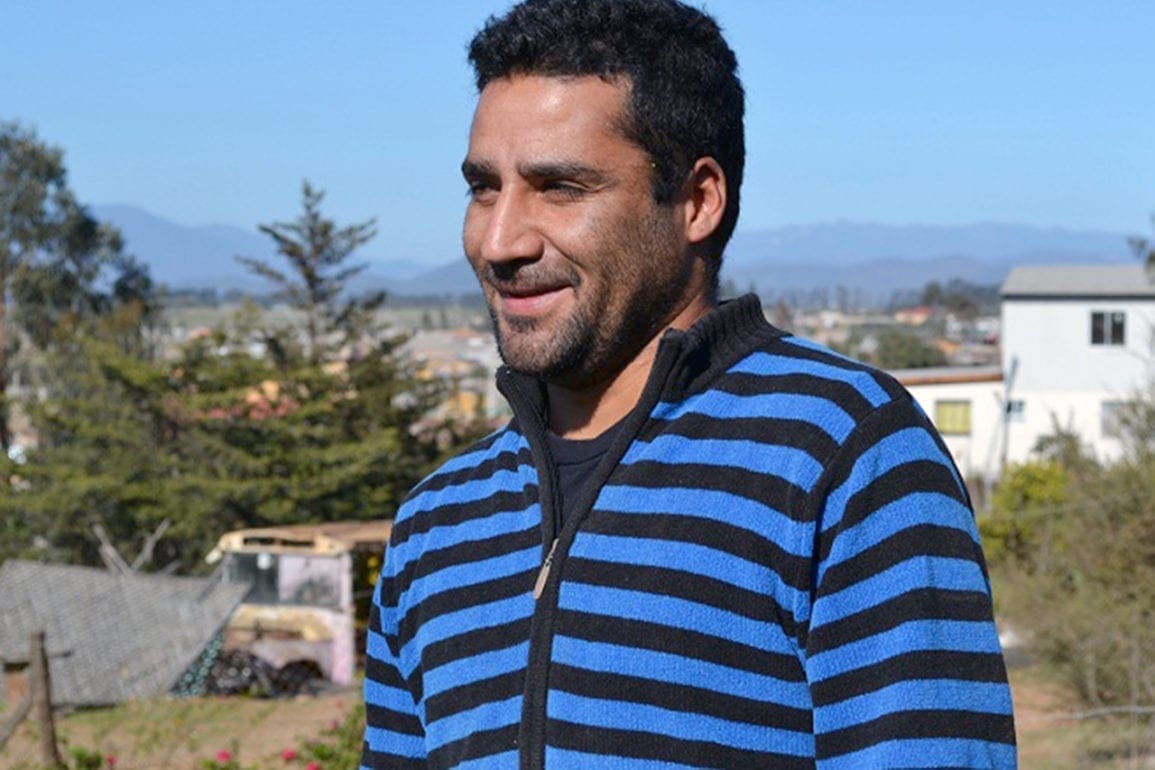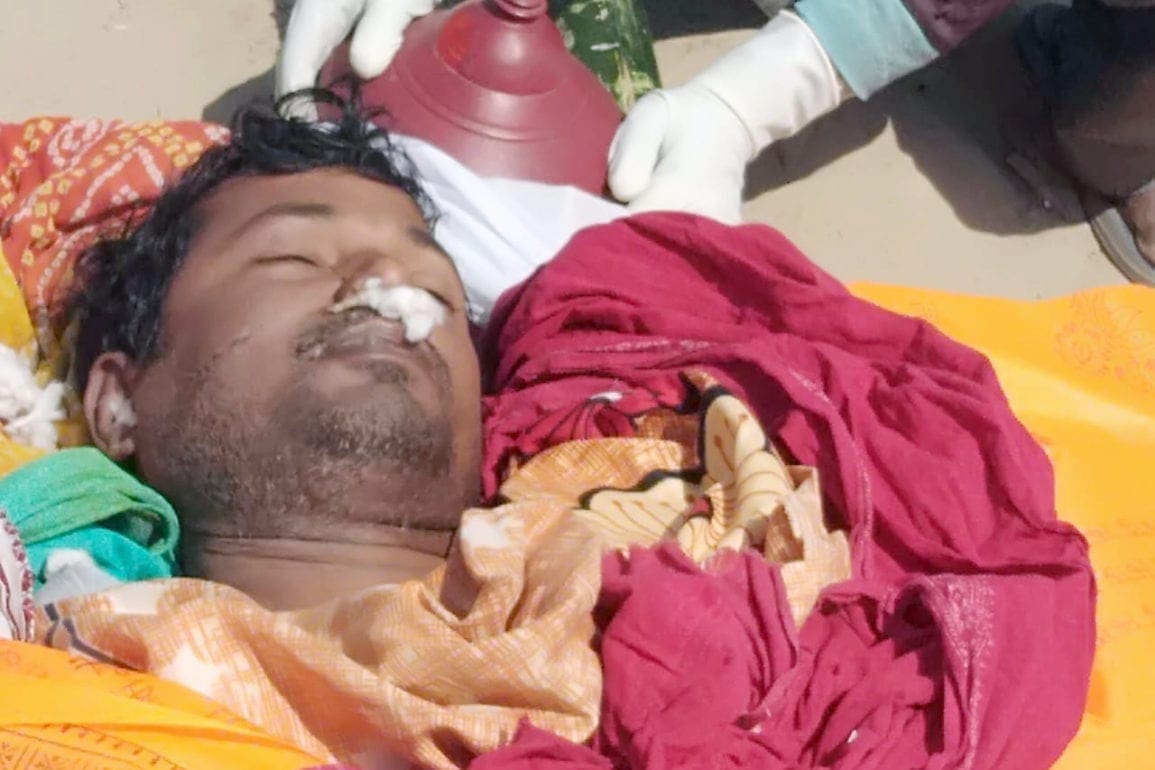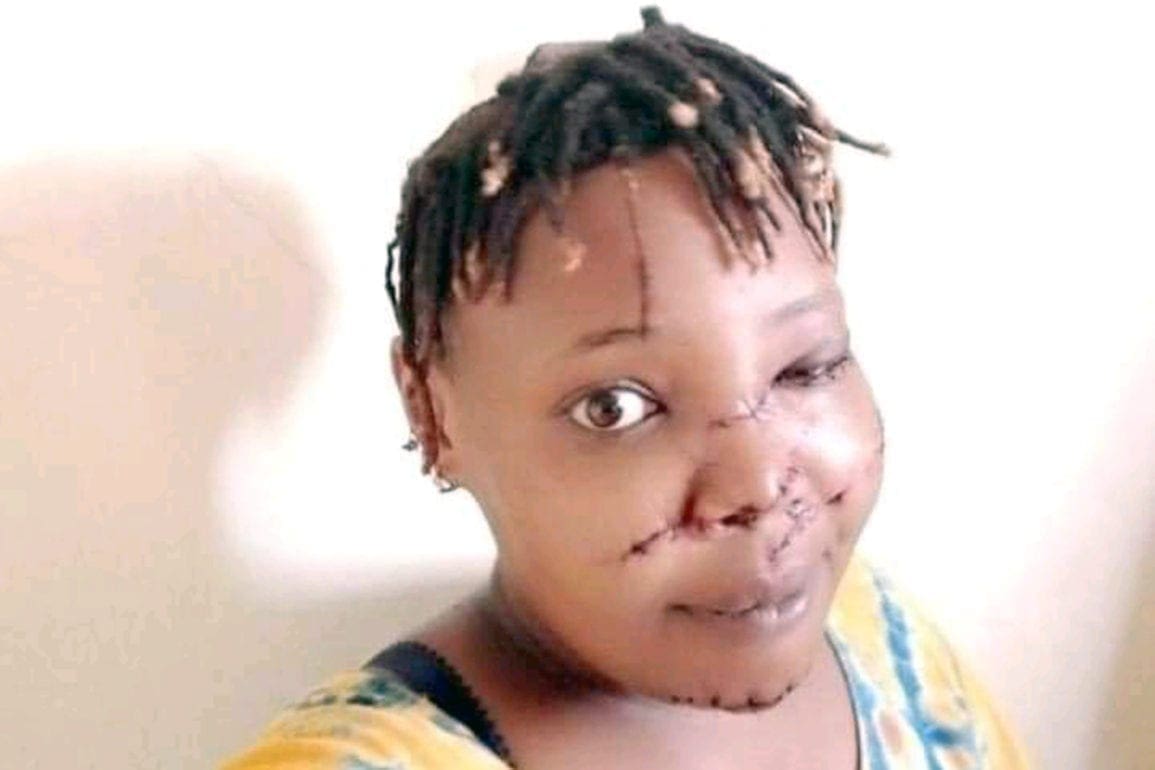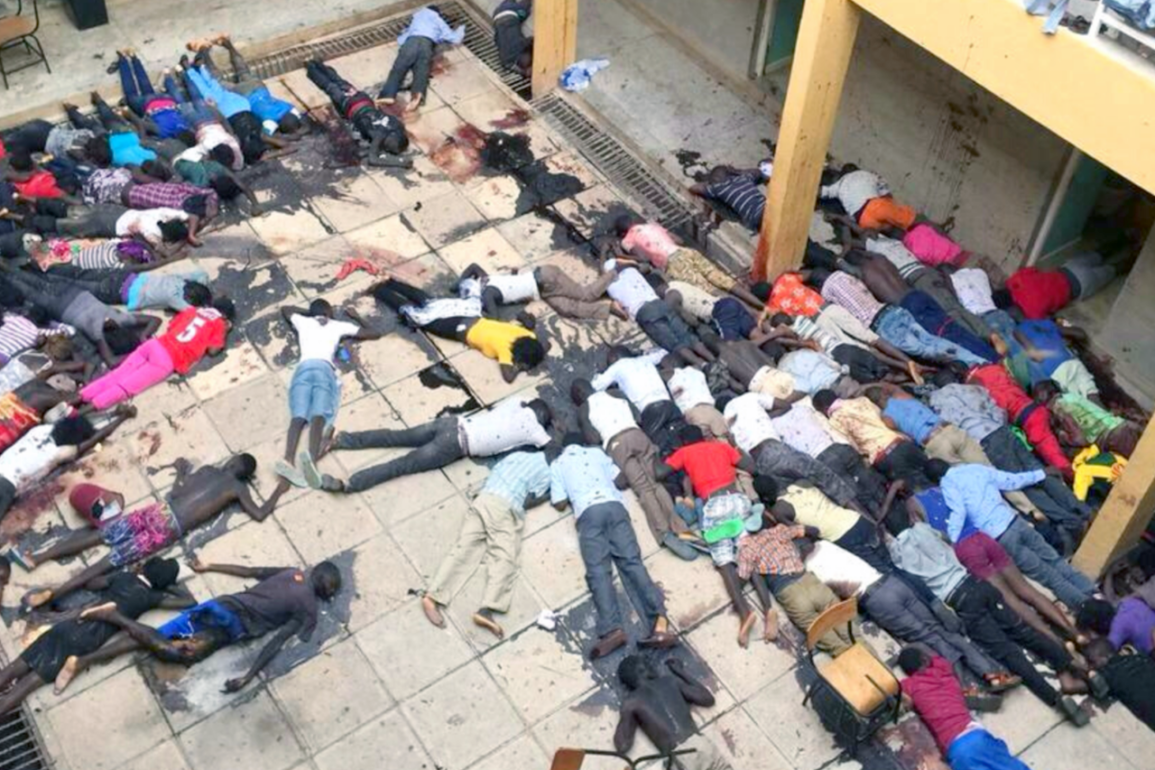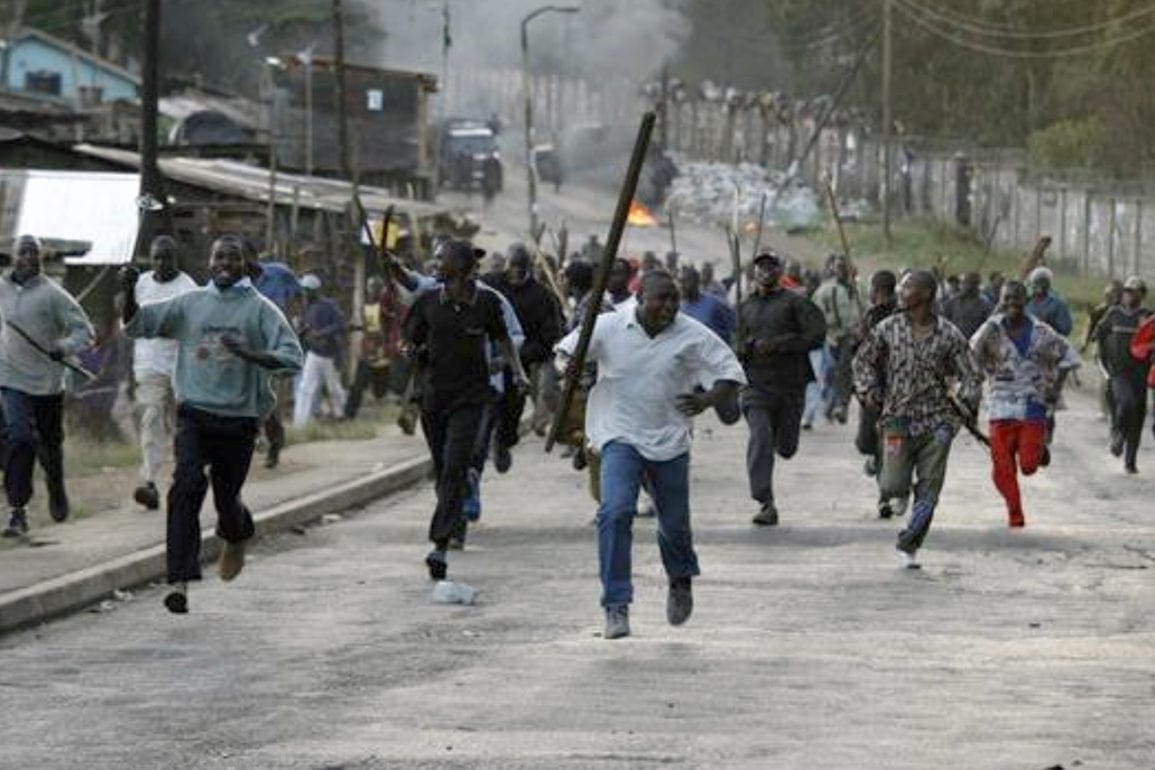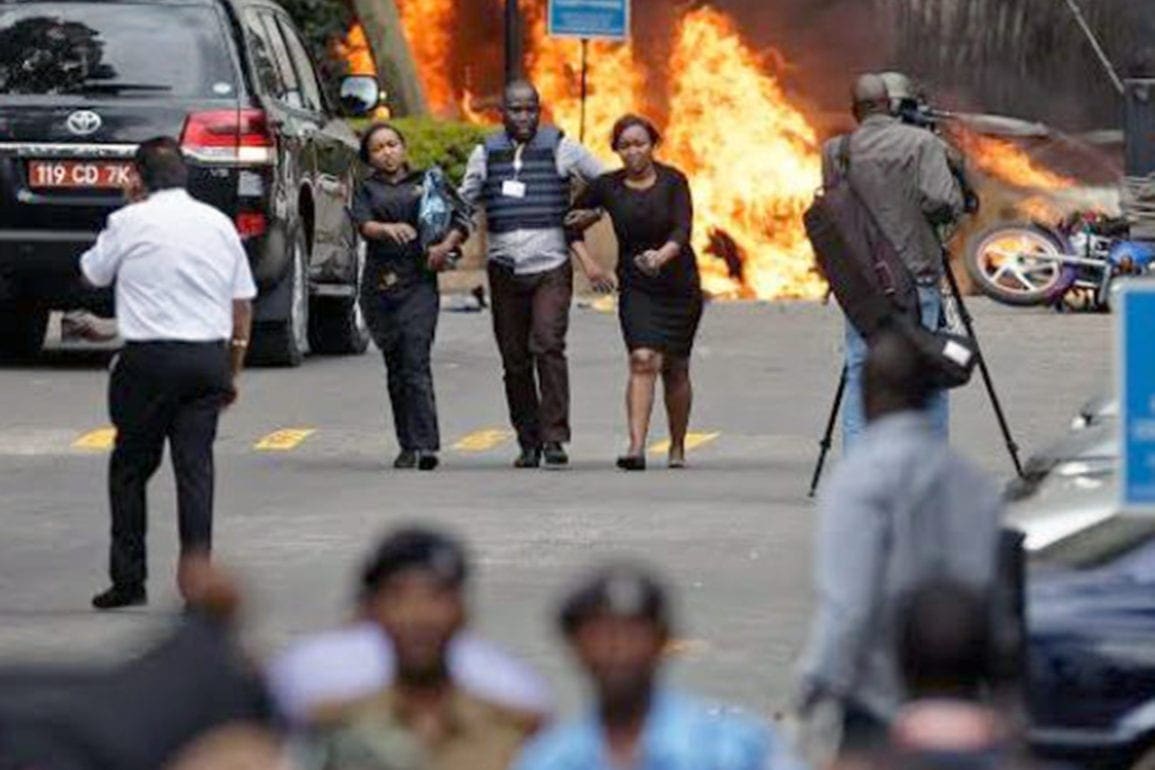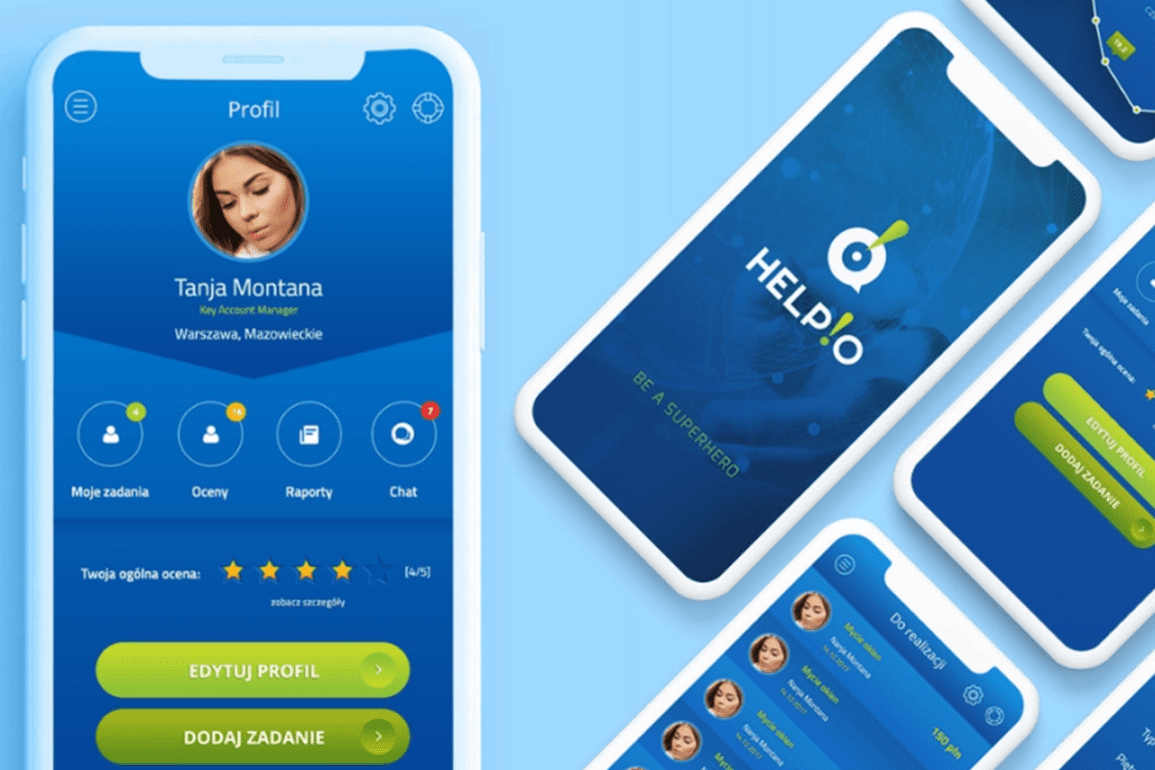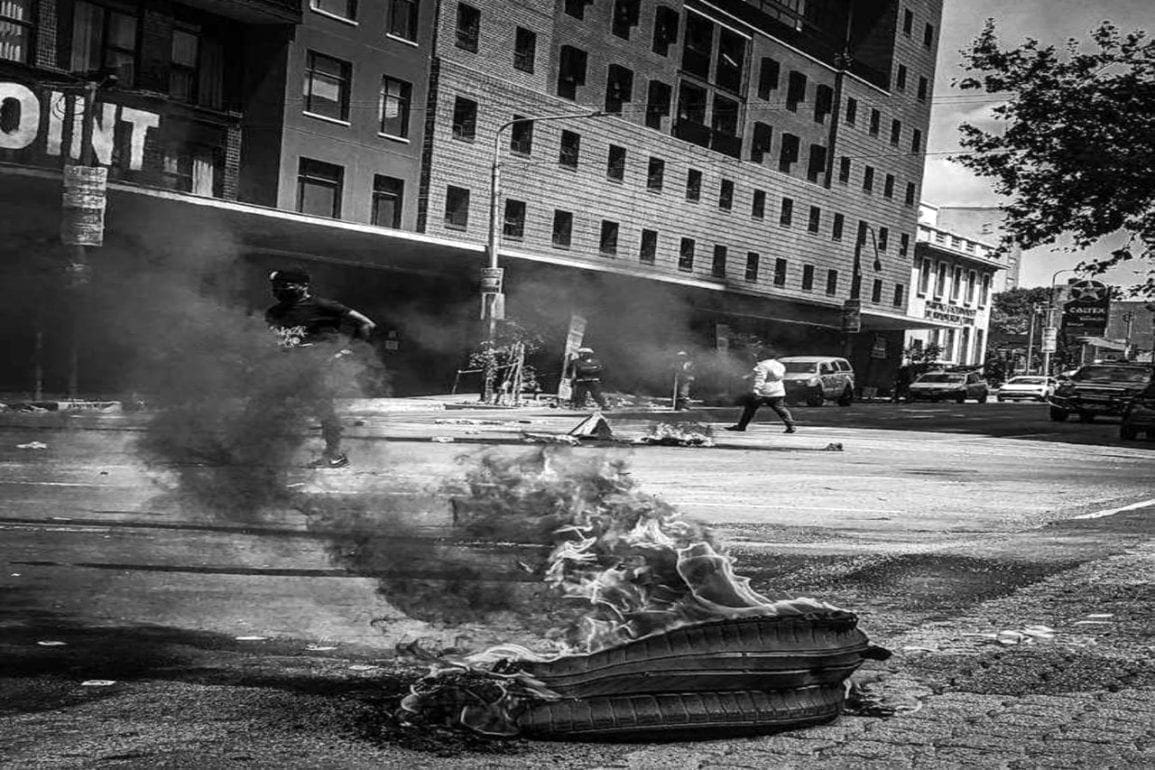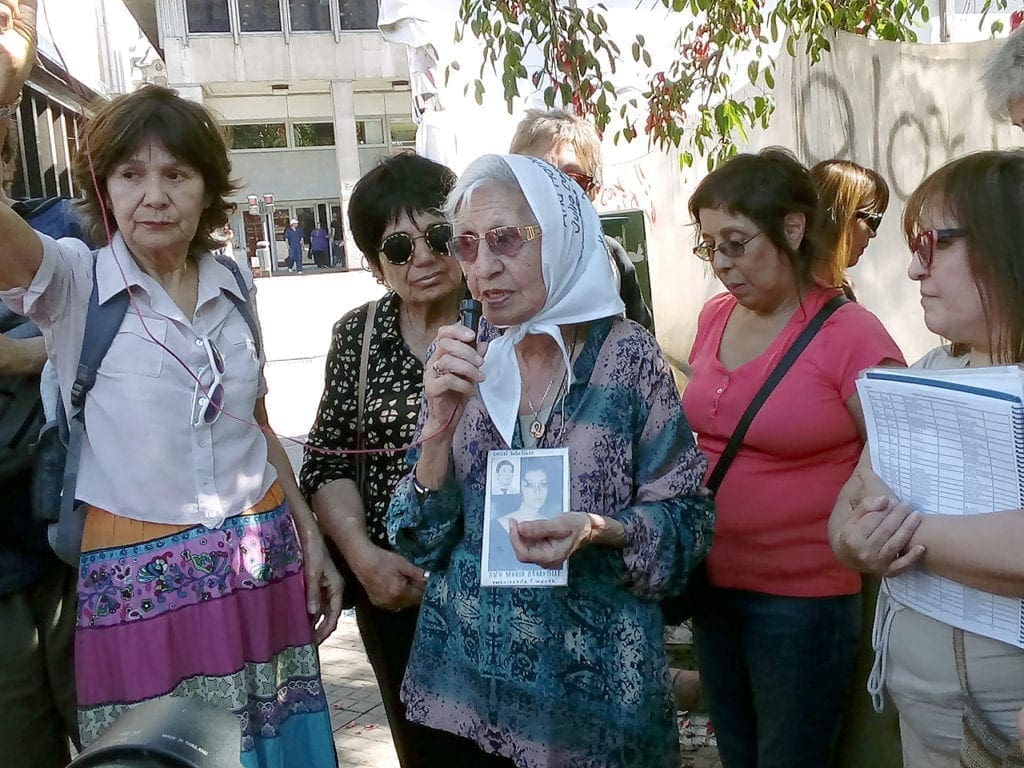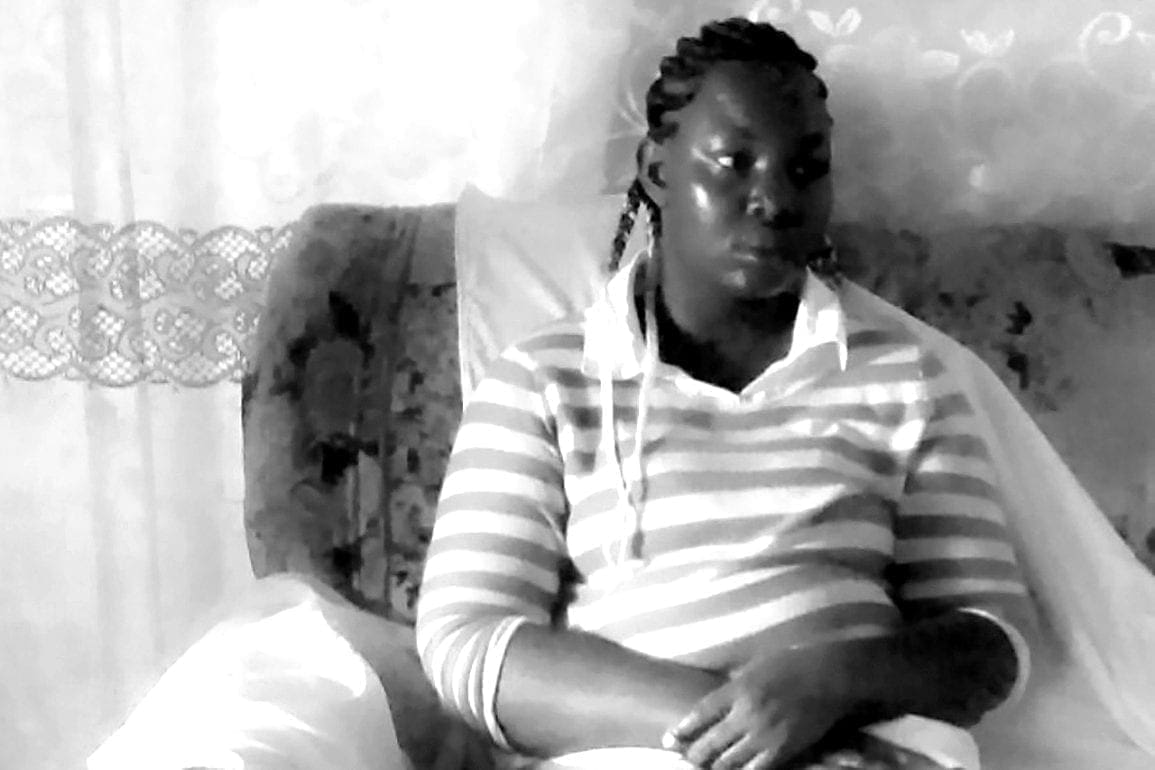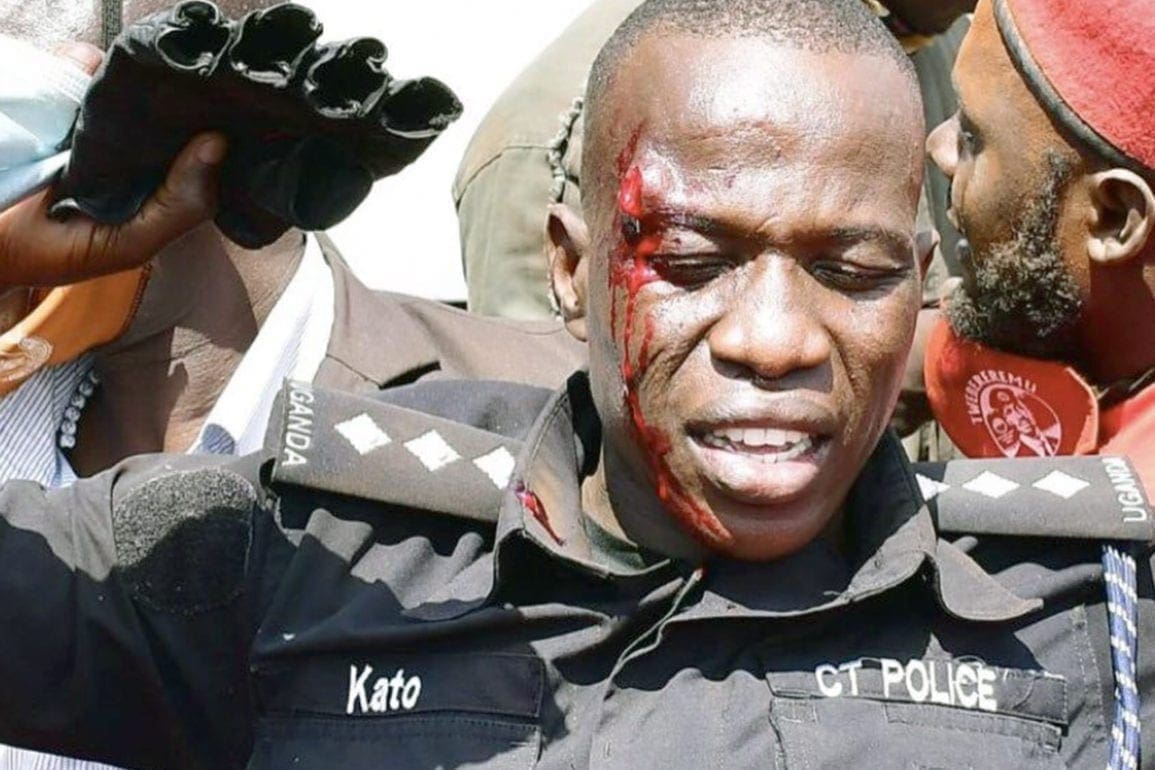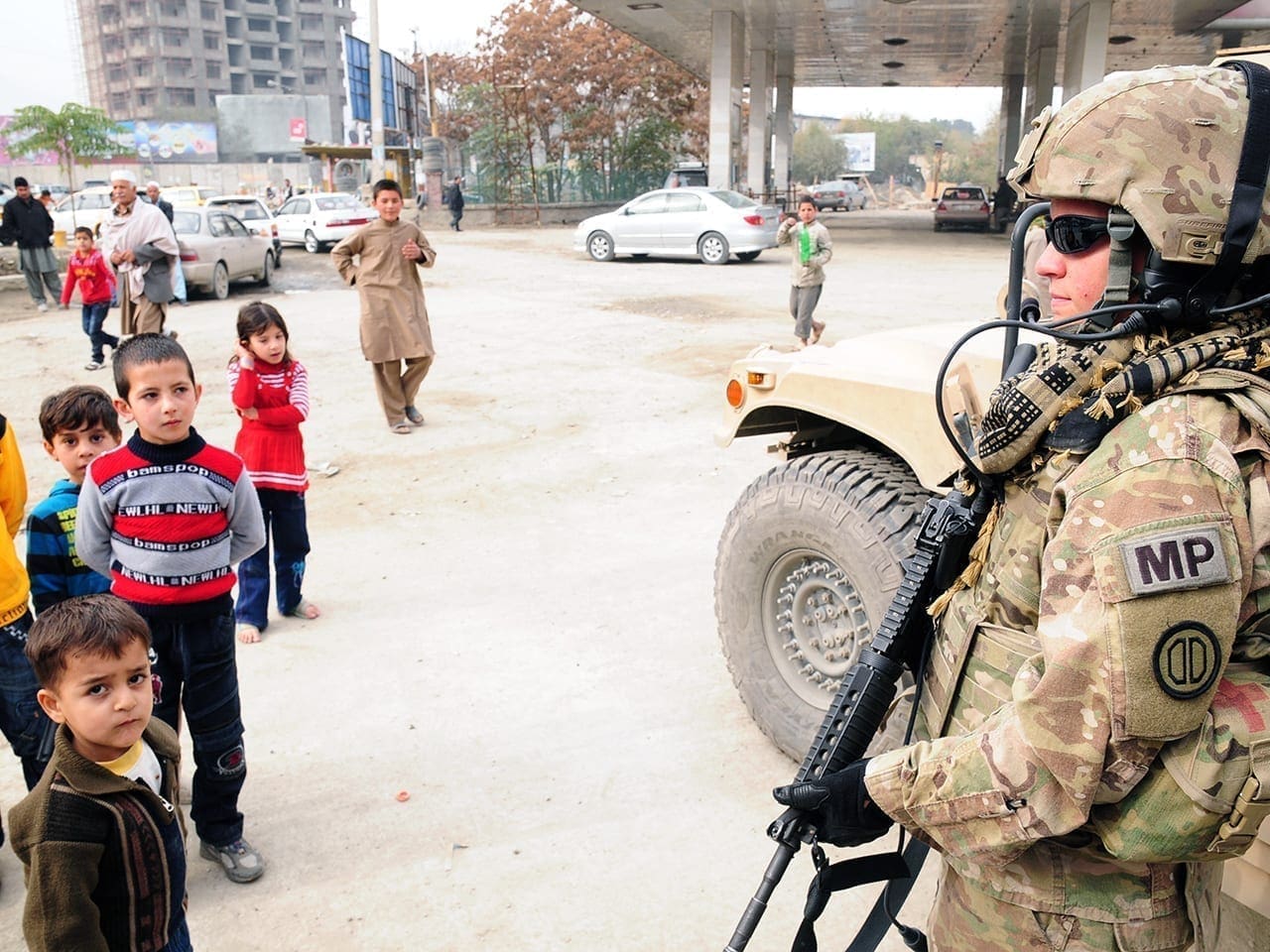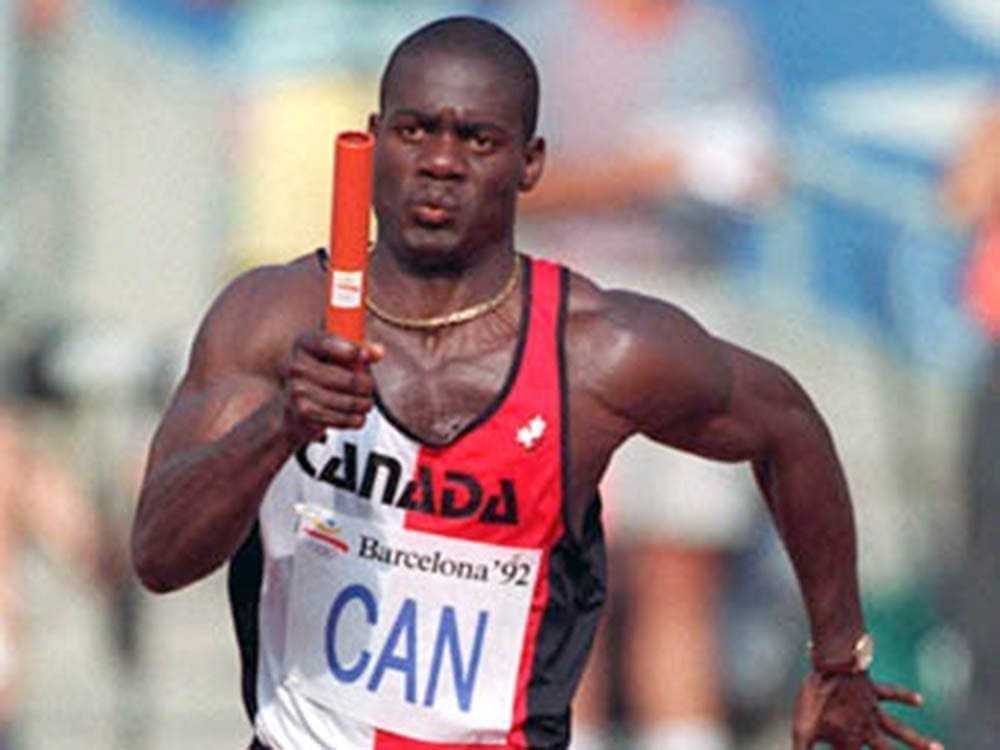Community returns home to San Isidro village in Colombia after armed men displaced them for two years
On Friday, June 14, 2024, I calmly boarded the chiva to head back home. I imagined my little house – the one we left at a moment’s notice. “What does it look like now,” I wondered. Throughout the trip, some people sang and others prayed. Yet, I could not stop thinking, “What will we find when we get there?”
- 1 year ago
September 13, 2024
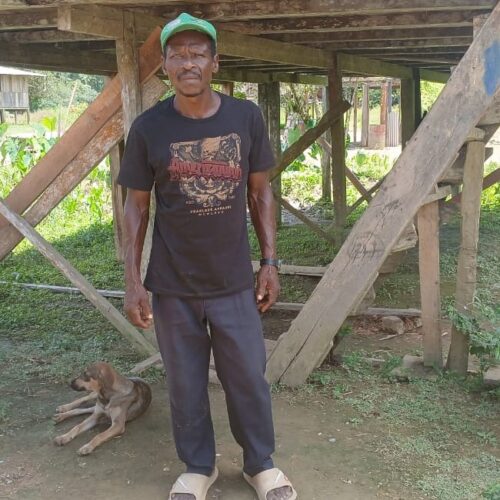
SAN ISIDRO, Colombia ꟷ Born and raised in San Isidro with the river and jungle as my backyard, I grew up running along the beach, climbing trees, and picking fruit. For two long years, I became displaced from my home after armed men stormed our town. Many people from my community escaped, living for two years in a sports stadium in terrible conditions.
Finally able to return home and to our land – a place we never wanted to leave – now we face the challenge of recovering what we lost. I strive every day to rebuild my life, taking solace that I can finally breathe the air that was always mine. As an adult, this soil and what grows on it became the source of my work and livelihood.
Read more stories out of Colombia from Orato World Media.
Community of San Isidro faces the growing reality: their home was not their own anymore
In San Isidro, I learned to cut wood with an axe, blow by blow. Eventually I picked up the skill of using a chainsaw. I planted fruit and vegetables for my own consumption on my bountiful land where everything grew exuberantly. In the river, I fished for food and entertainment. Life in San Isidro always proved full and satisfying.
Two years ago, that peace began to fade. The jungle no longer felt like a safe place, and the village became threatened by new dangers. Unknown, armed men appeared. While not part of our community, they became increasingly more visible. Going into the jungle to cut wood, their presence intimidated me. A feeling I was not used grew: fear.
Talking with neighbors in the village, I discovered many others felt the same way. It was as if our territory was slipping away from us. These men took over spaces and approached menacingly, always with weapons strapped to their shoulders. We learned the men comprised different groups, facing off against each other.
One group inevitably asked us about the other. “What have you seen,” they questioned. We found ourselves facing a dead end. Talking felt dangerous, and so did not talking. I stopped going out of my house, fearful of crossing paths with anyone other than my wife. In the place we once felt completely free, we now became overwhelmed.
The situation became untenable, so the community leaders met. Everyone appeared astonished by what we endured, and no one totally understood what was happening. We knew one thing though. We could no longer stay in San Isidro.
Surrounded by rodents and insects, family suffers inhospitable conditions in an abandoned sports stadium
Collectively, we made the decision to leave our land and seek safety in the city. With only the clothes on our backs, we said goodbye to our homes and left our belongings behind. We boarded a chiva cargo truck and on April 10, 2022, we drove away. Looking through the window at the place I called home my whole life, it felt like something was squeezing at my heart.
On that hot afternoon, after briefly encouraging one another, my neighbors and I rode in that truck in silence, with our heads down. When we arrived in Buenaventura, we felt the impact of the change immediately. Surrounded by cement, the fruit trees and lush nature disappeared. Authorities took us to the Coliseo El Cristal, an abandoned sports stadium. From the outside, it looked like a dilapidated mass. We saw no signs of hospitality. Families appeared, spread out all over what used to be the play area.
My wife and I took up residence in a downstairs bathroom furthest from the main entrance. We lived amongst the smell of people’s waste. Laying on a thin mattress on the floor, we slept poorly. The cold cement felt bone-chilling and the hard surface contracted our entire bodies. The true masters of the place walked freely amongst us: cockroaches and rats.
As time passed, it seemed we may never return home. Unable to work and consuming terrible food, the living conditions made us sick. When I ran out of gas, I collected bottles and recyclable materials in the street. What little I made allowed me to buy gas for cooking. My kidneys ached from lying on the hard floor and my blood pressure rose continuously. At night, I dreamed of returning to San Isidro, but it was just that: a dream.
Returning to ruins, community faces the hard work of recovery
Over the two years we were holed up in the stadium, our community leaders met constantly with the mayor’s office, seeking answers. One day, the staff approached us. They bore a different kind of look: a special glow. When they informed us, it was finally safe to go home, we erupted in celebration.
I hugged my wife tightly, full of excitement, and noticed for the first time in a long time, big smiles emerged on our faces. Looking around, it was a glorious scene, like someone injected my whole community with a dose of some kind of energizer. Though our bodies and souls carried the weight of sadness and physical deterioration, we suddenly felt exhilarated and renewed.
On Friday, June 14, 2024, I calmly boarded the chiva to head back home. I imagined my little house – the one we left at a moment’s notice. “What does it look like now,” I wondered. Throughout the trip, some people sang and other prayed. Yet, I could not stop thinking, “What will we find when we get there?”
Our arrival proved bittersweet. Things changed and I faced hard work to get us back on track. My house, which is made of wood, appeared in poor condition from lack of maintenance. River flooding washed away many of our things and scattered or ruined the rest.
My garden, where I once grew fruits and vegetables, stood barren. I saw the scattered bones of my little dogs and the chickens I raised. The coop deteriorated into a ruin of sticks and wires. Sadness filled me seeing what became of my hard work.
Adjusting to life back home with military protection
In spite of all that, returning to San Isidro, I felt home again. The free air I grew up with filled my lungs and I felt relieved. That first night was very satisfying. I slept comfortably and contentedly after more than two years.
I rested in a way I forgot was possible. Yet, all that time in the stadium was not without a cost. My body and kidneys continued to hurt. The varicose veins in my right leg left it swollen, making it impossible to work at the same pace as before.
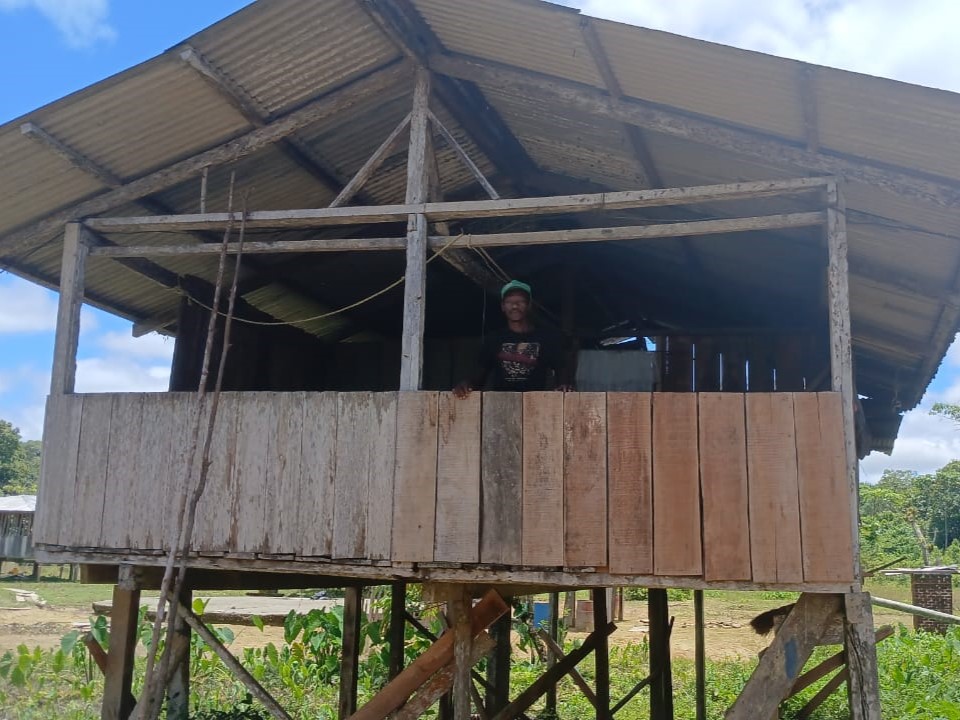
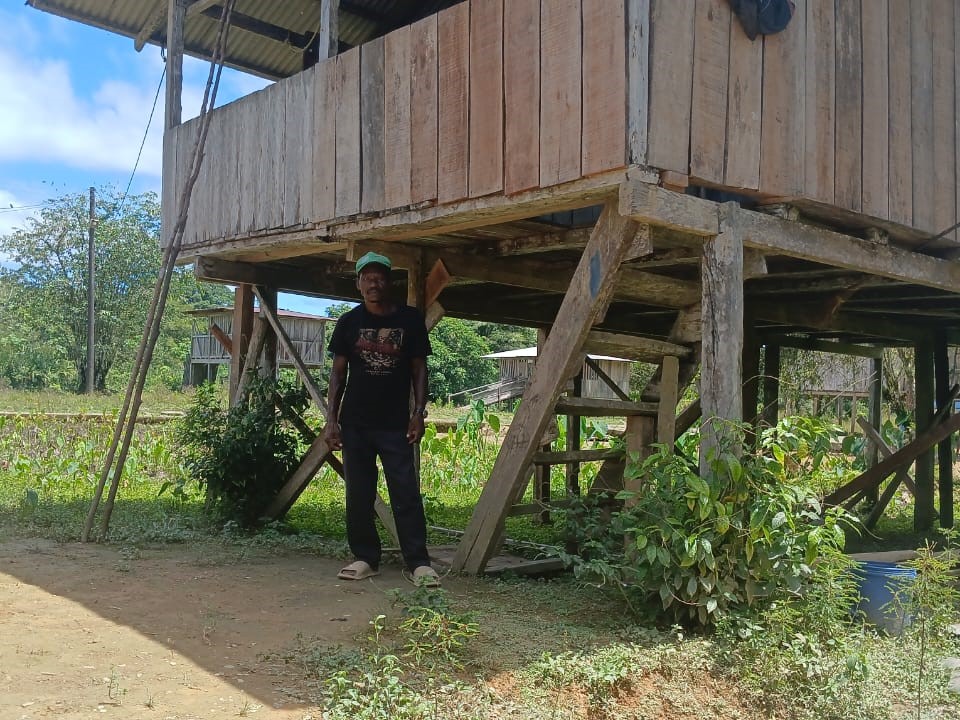
As best I can, I continue to work day by day, cutting what wood my body allows and planting in the soil. This ground feeds me as it has always done. Here, the land is generous and if you work it, it never lets you go hungry.
A military presence remains here for our protection. While it would feel better if it were only us – the people of San Isidro – I attempt to grow accustomed to our protectors. They watch over us to prevent the return of the armed men. While life feels different than before, it is better to be in my own home. Here, where I belong, I can be happy.
